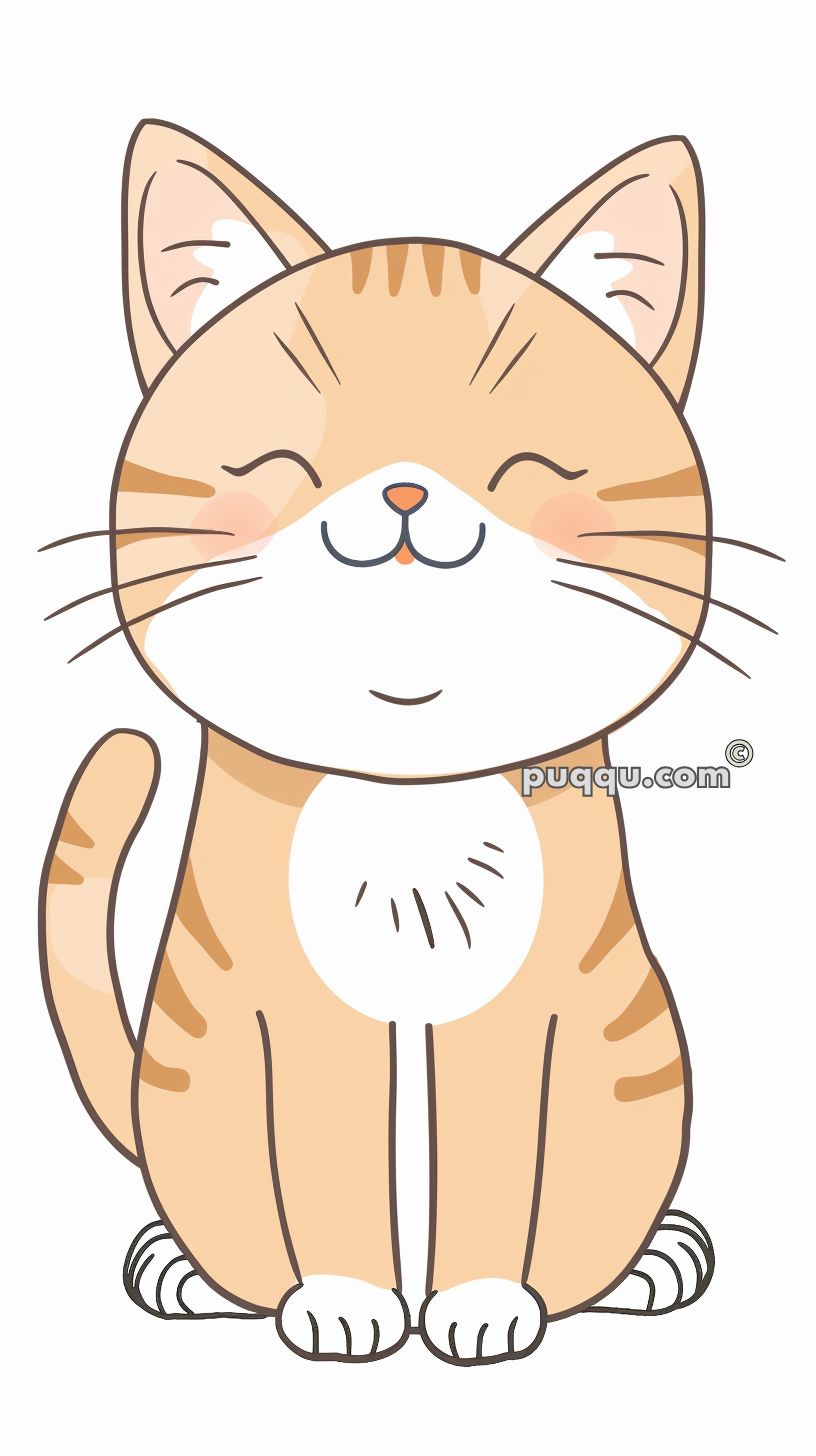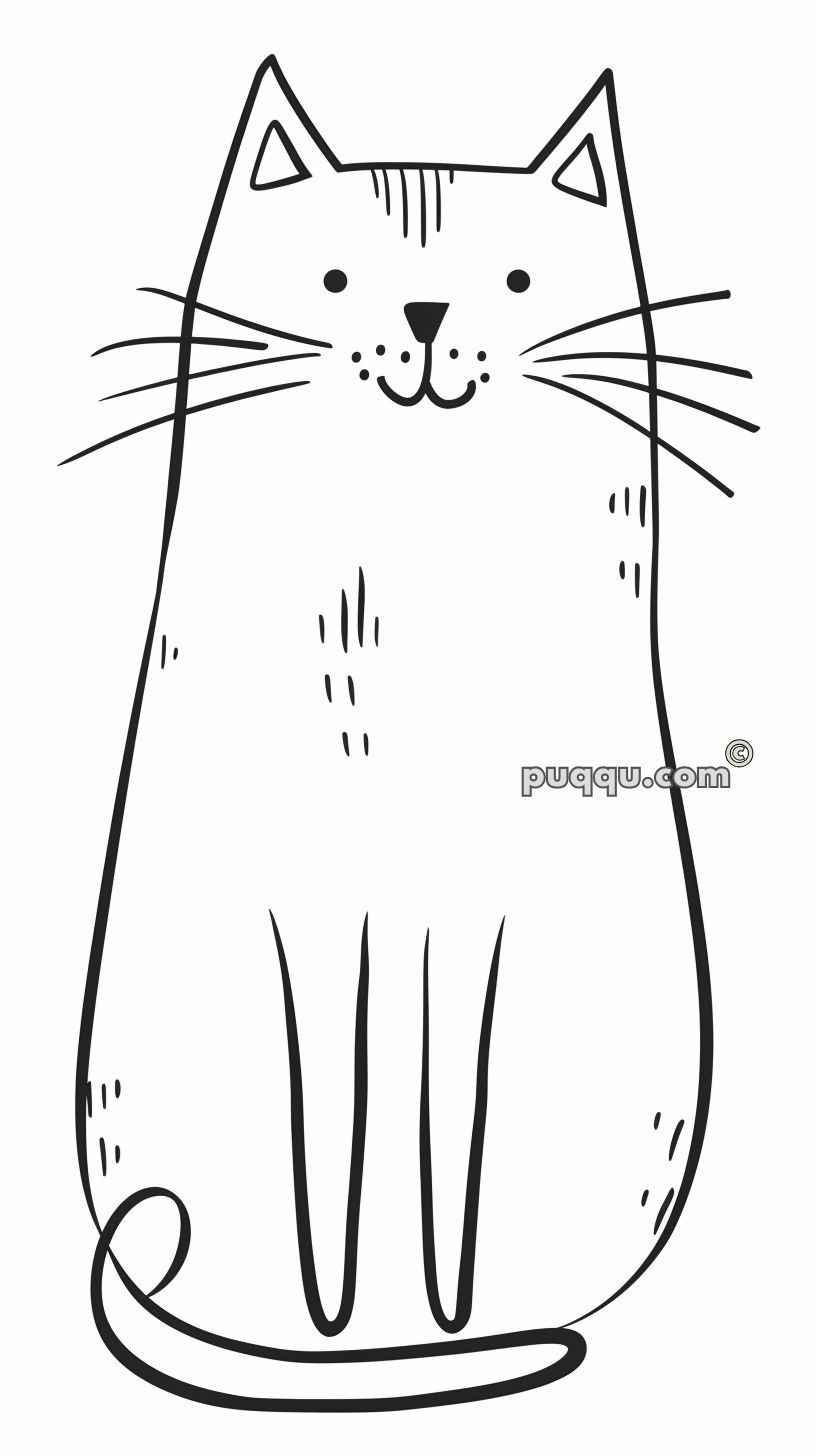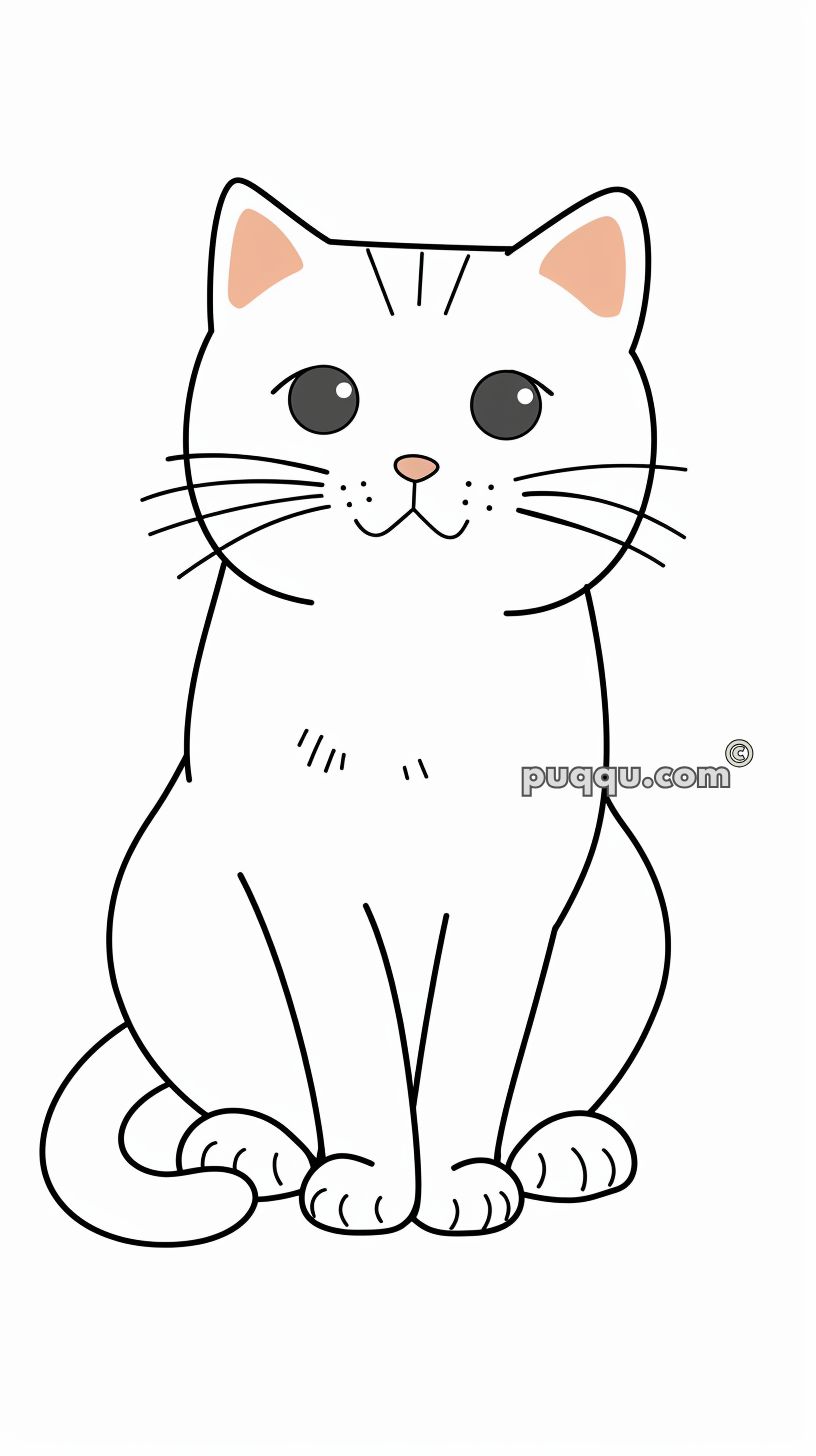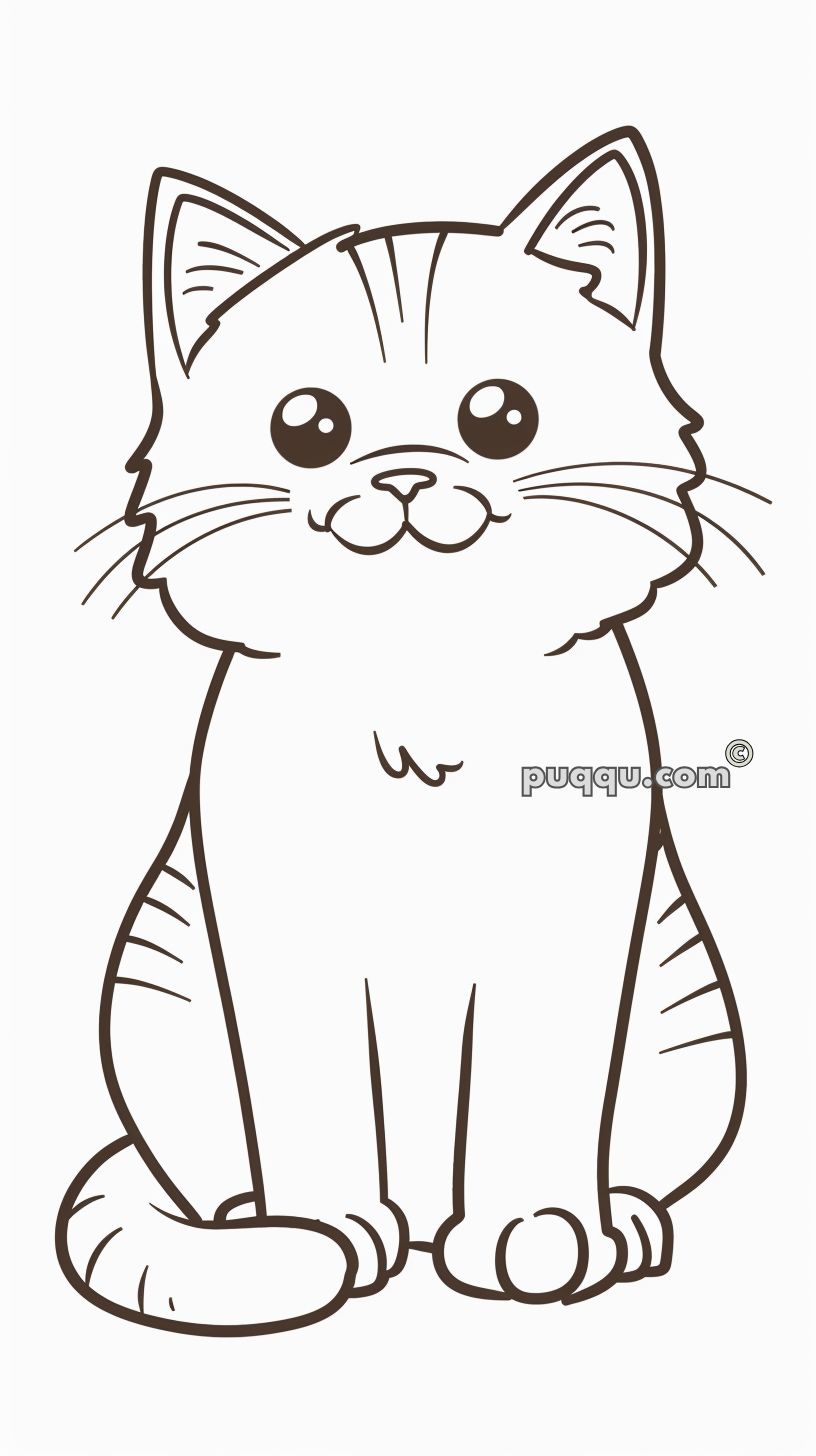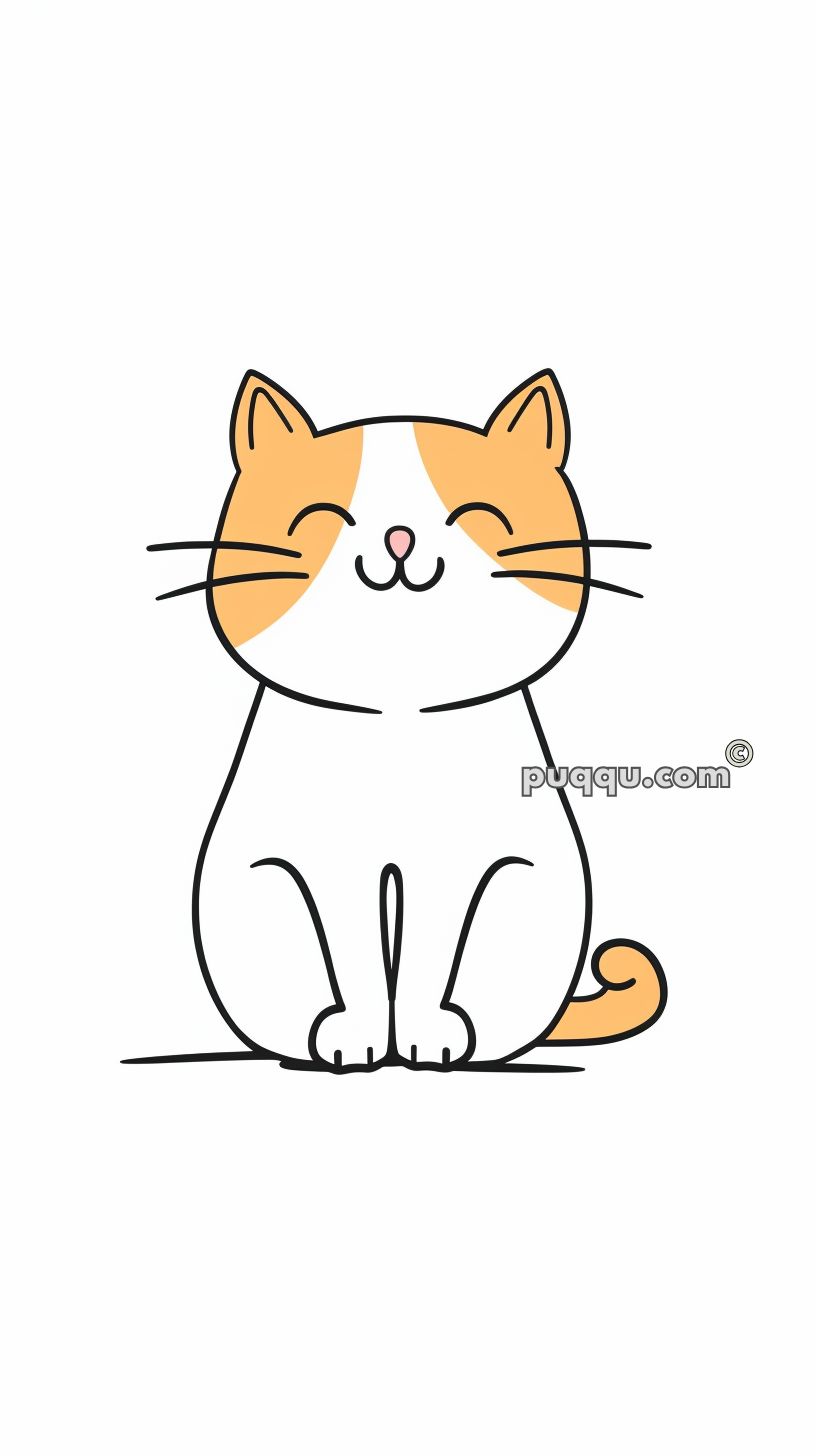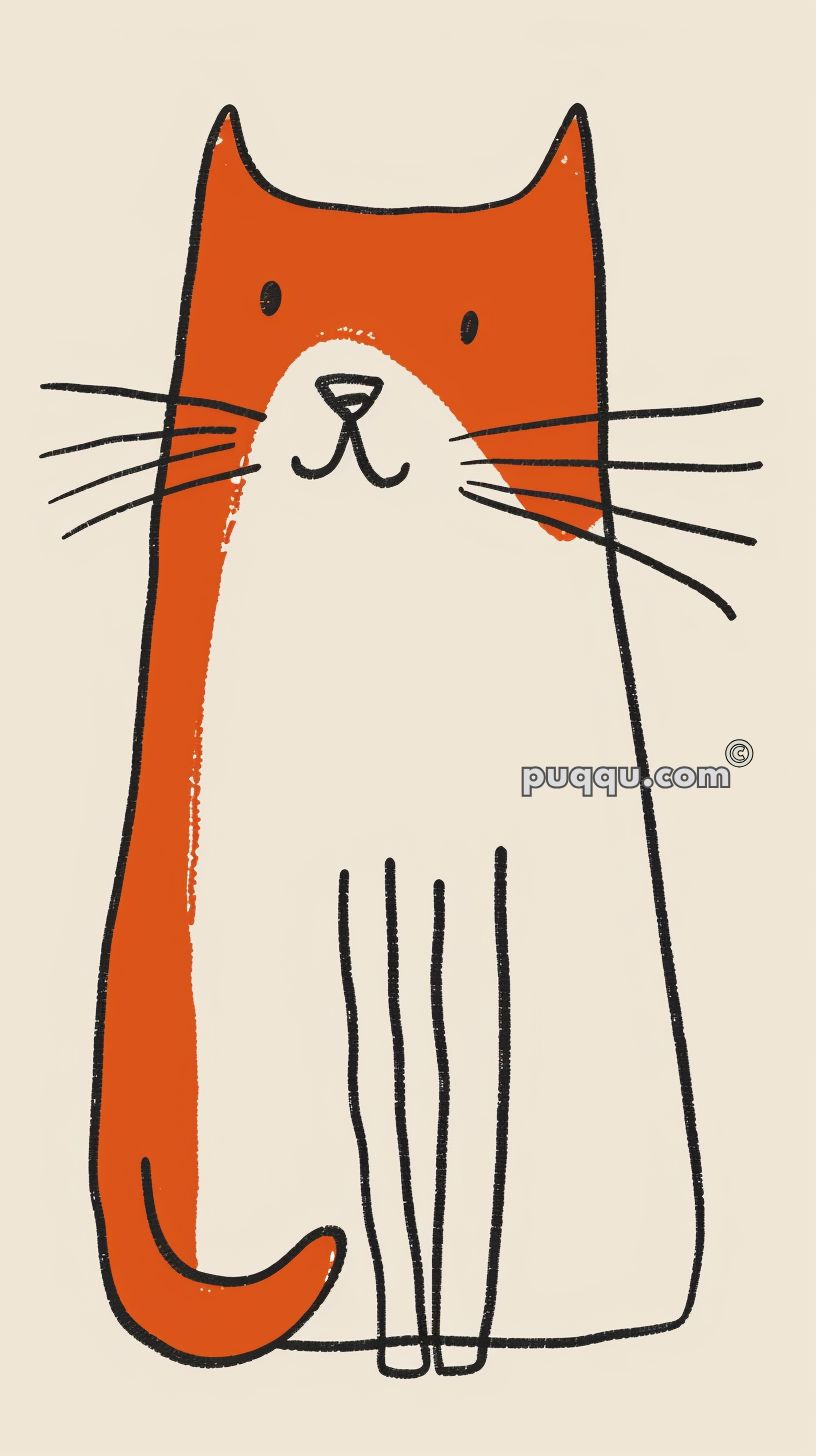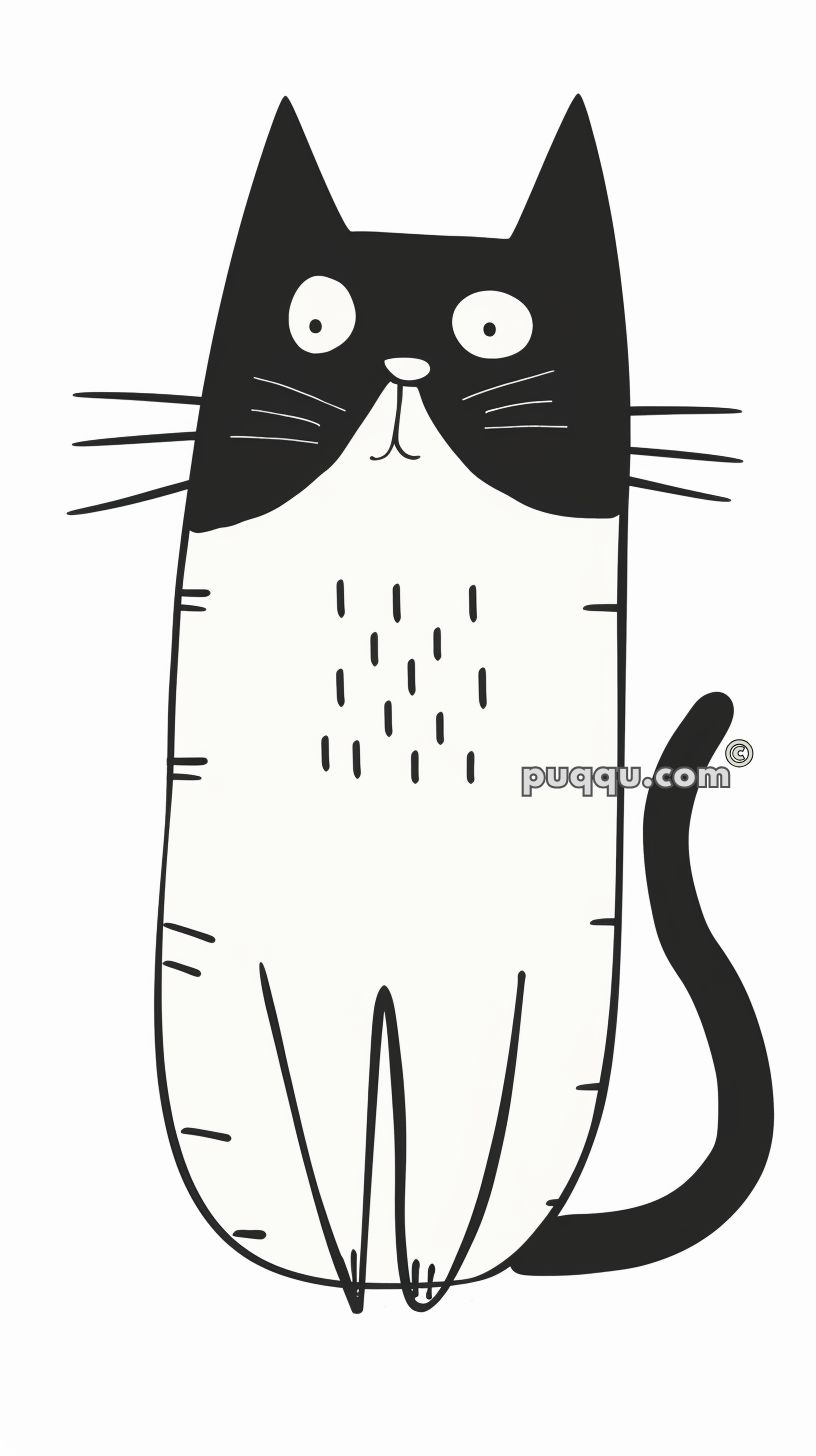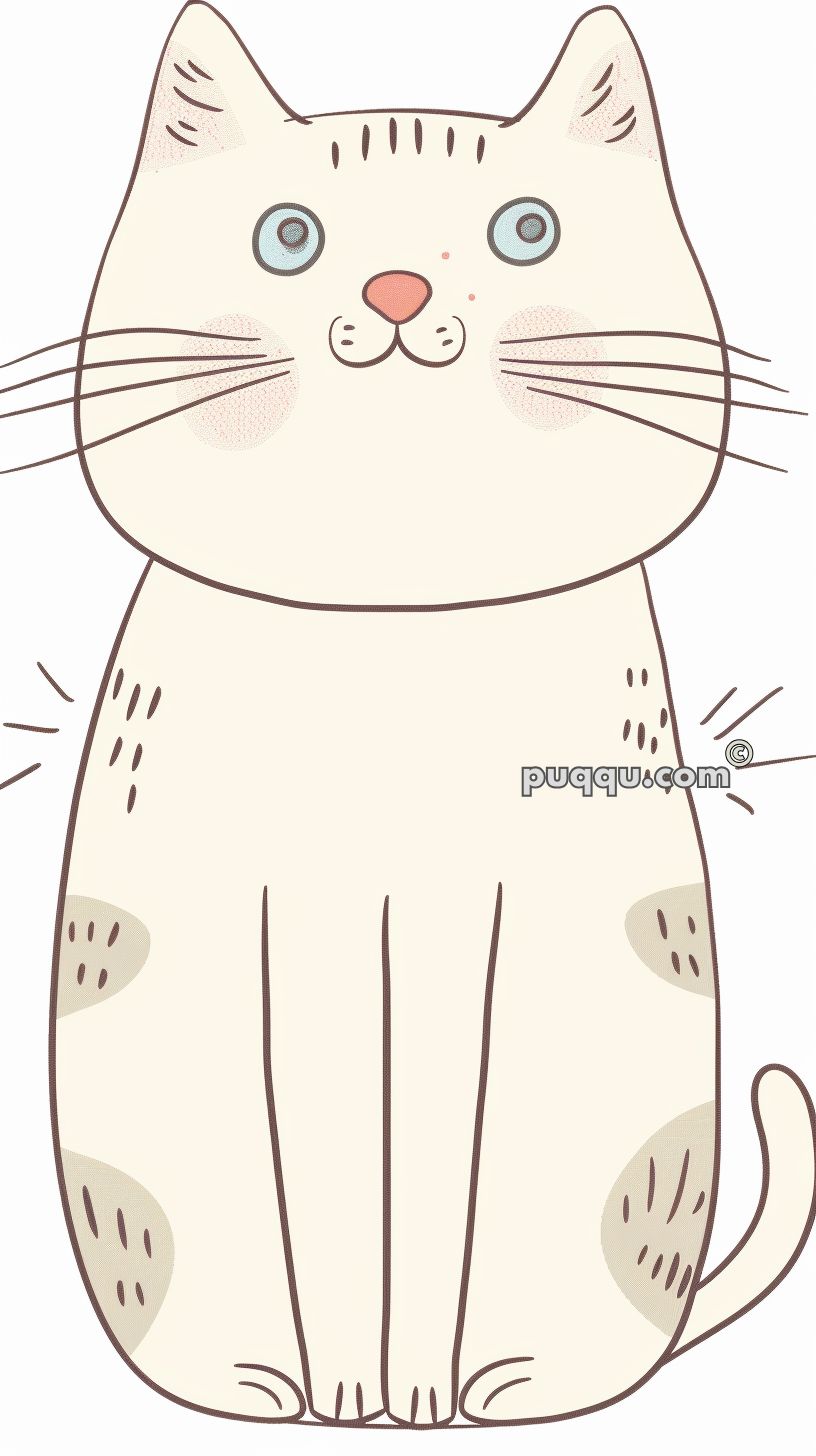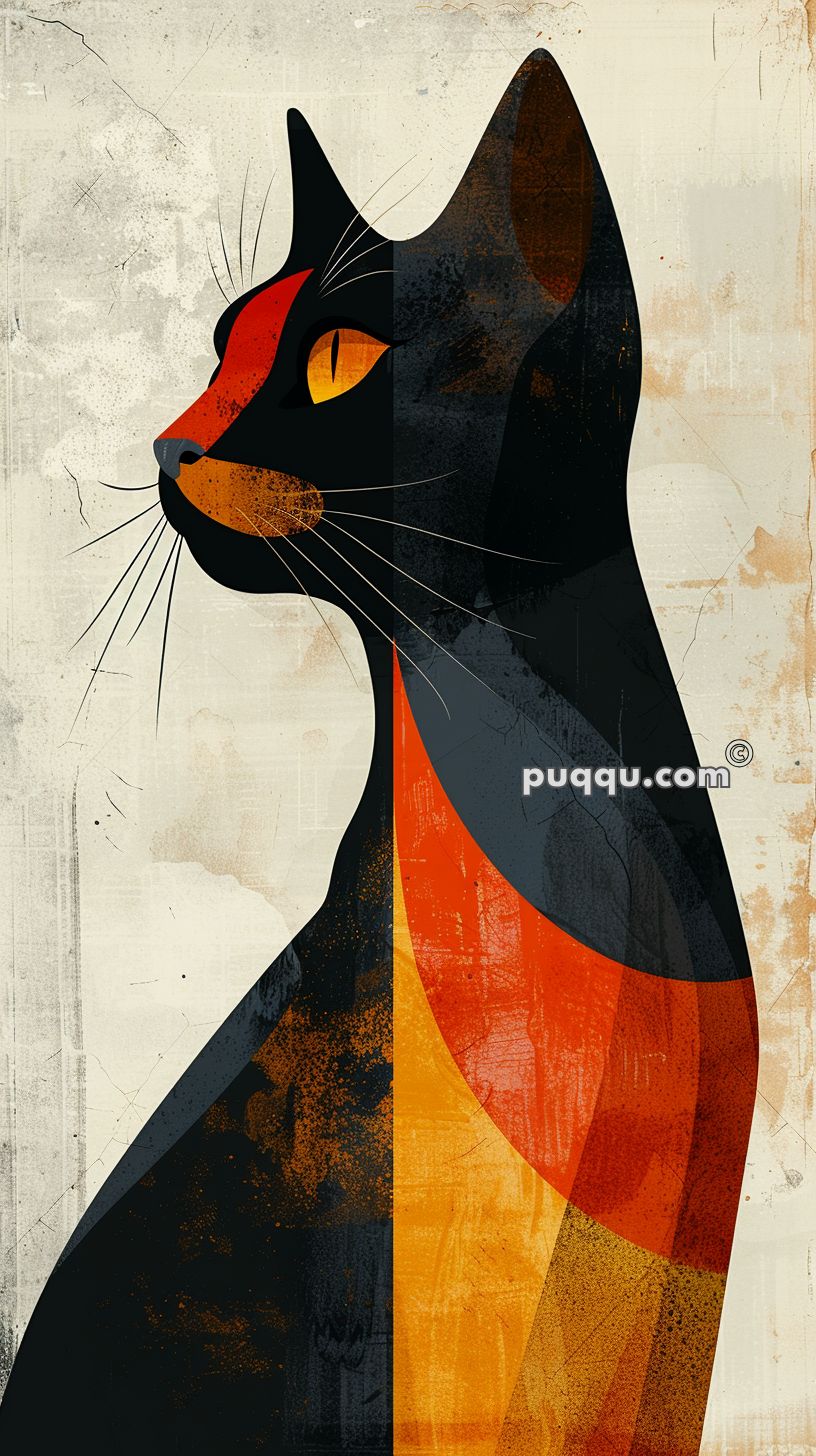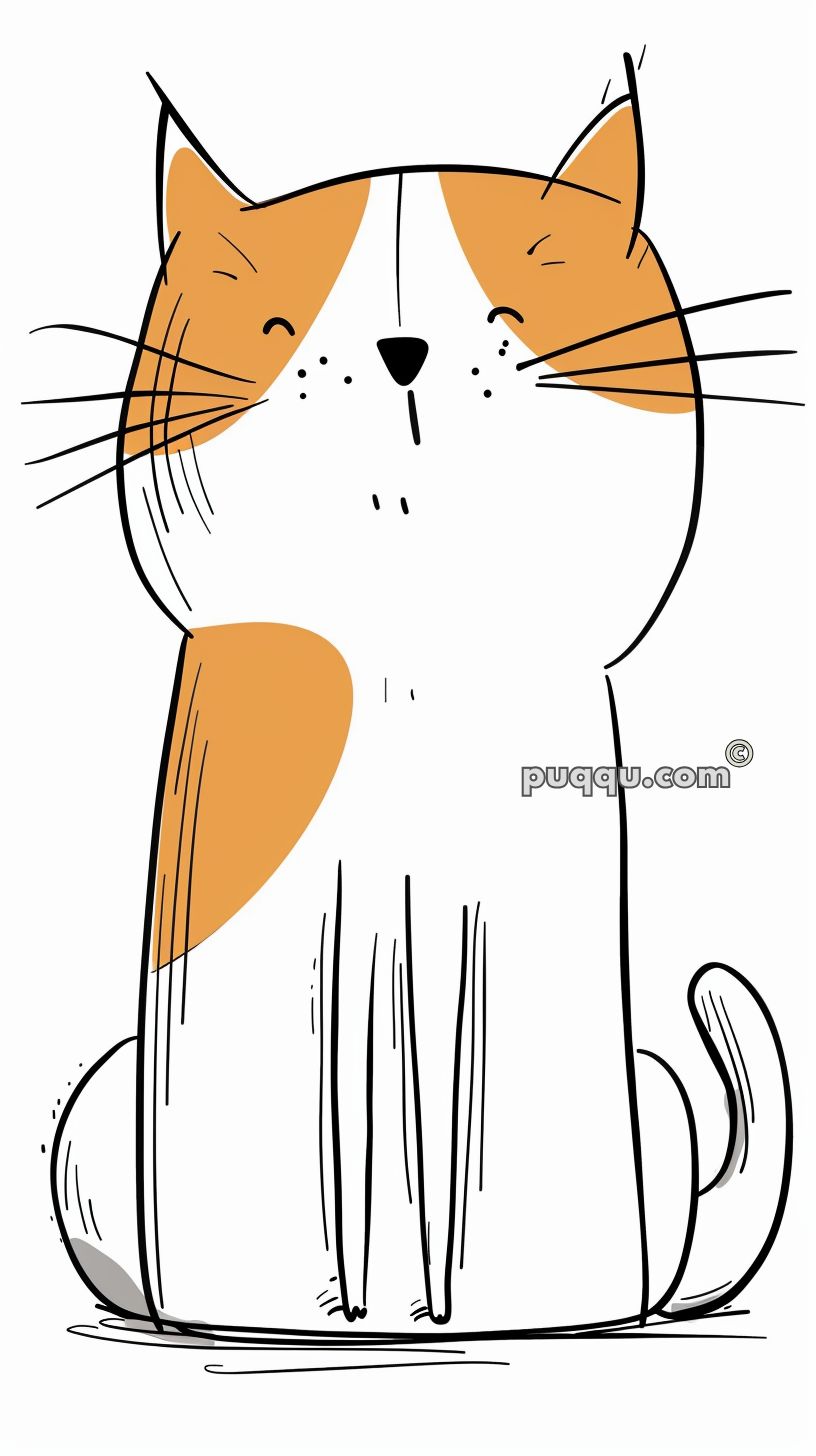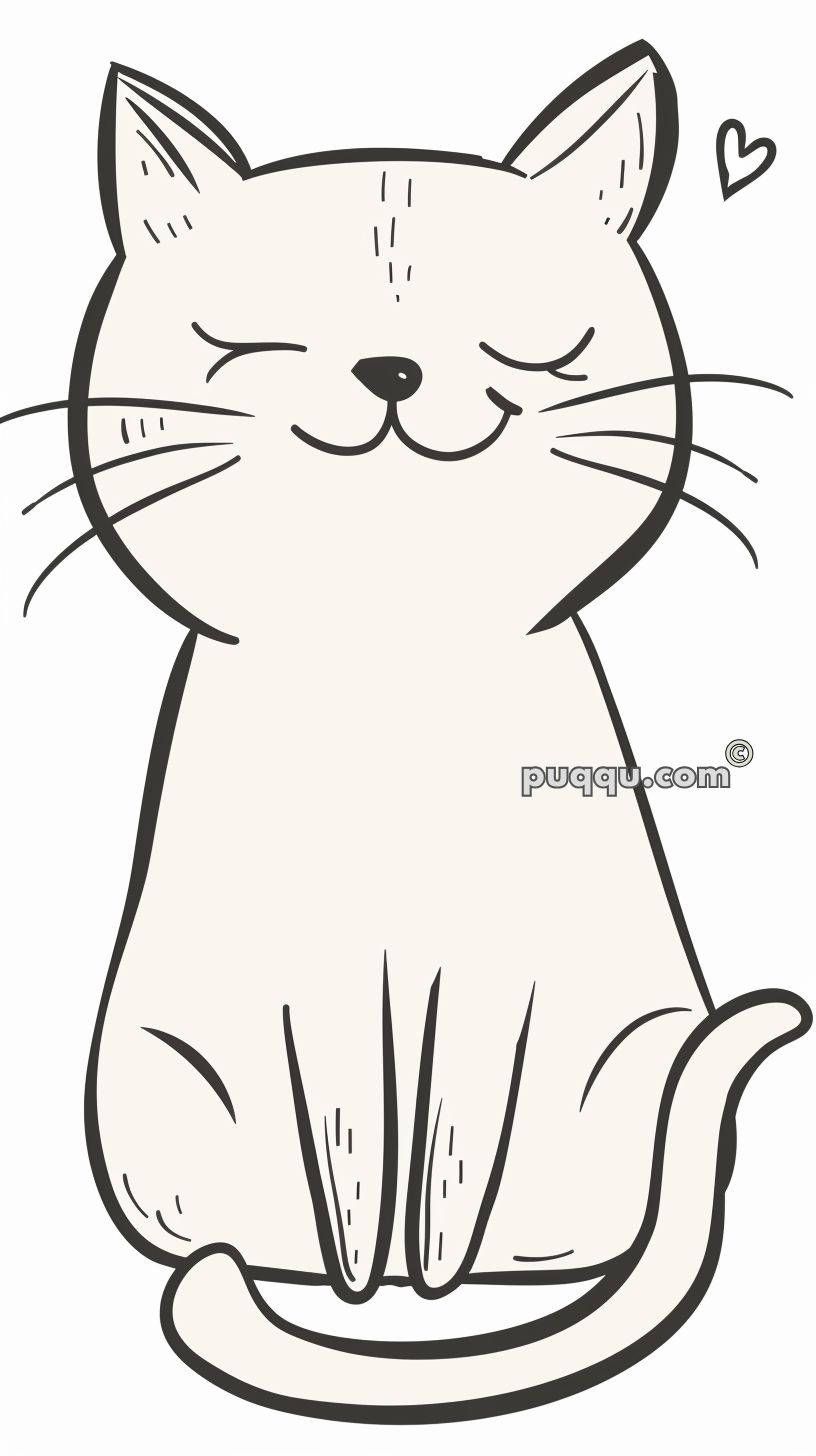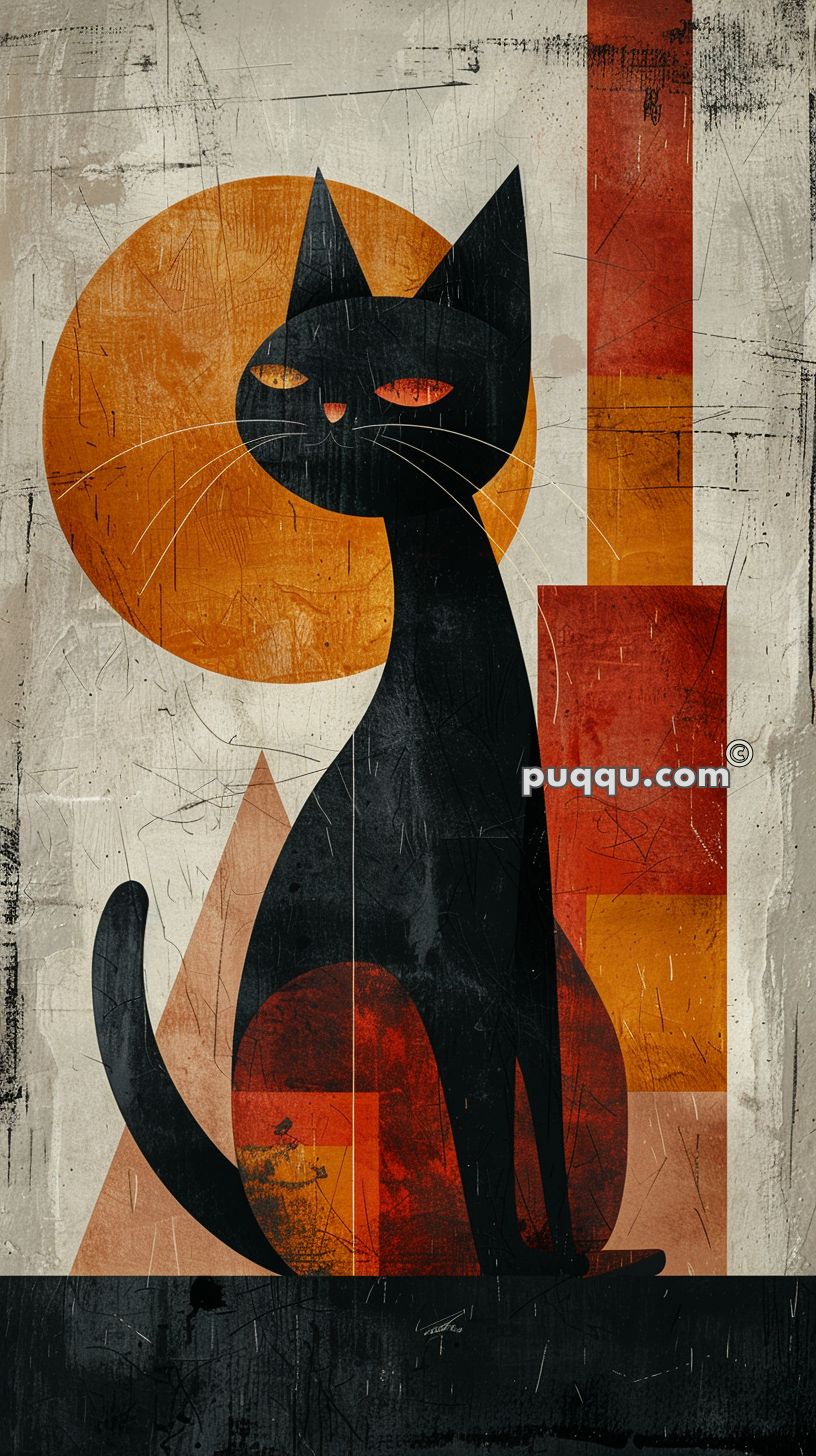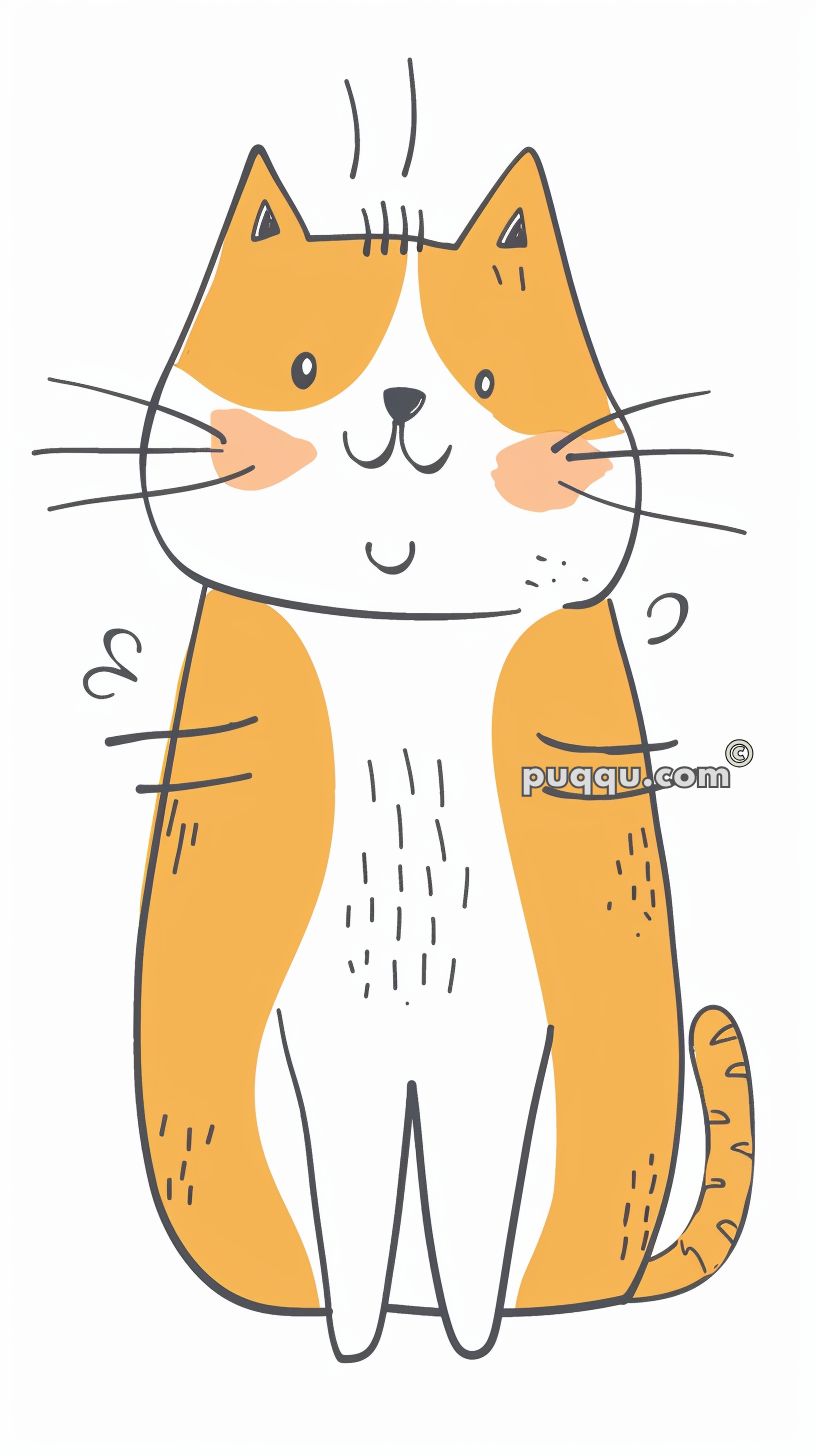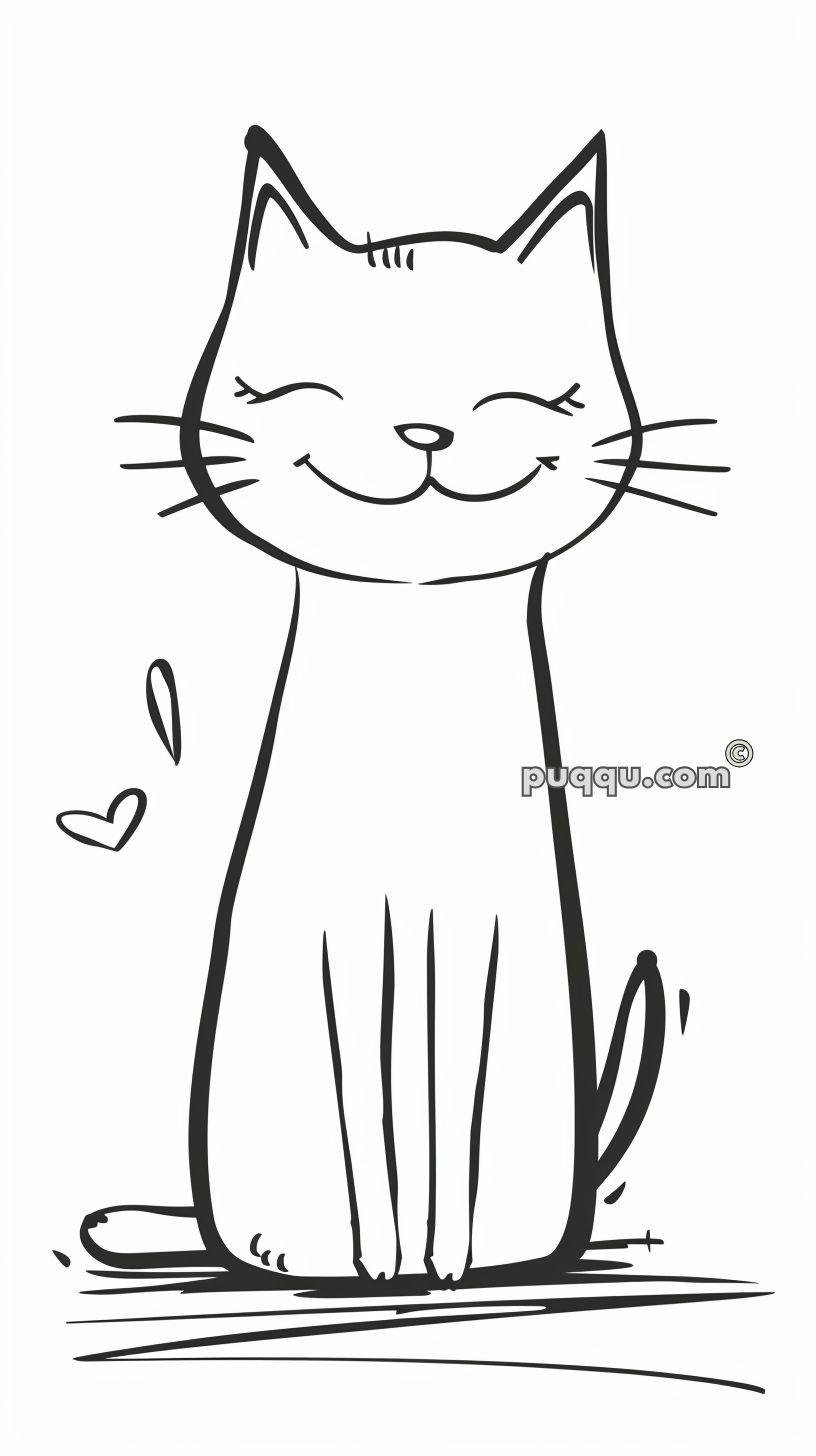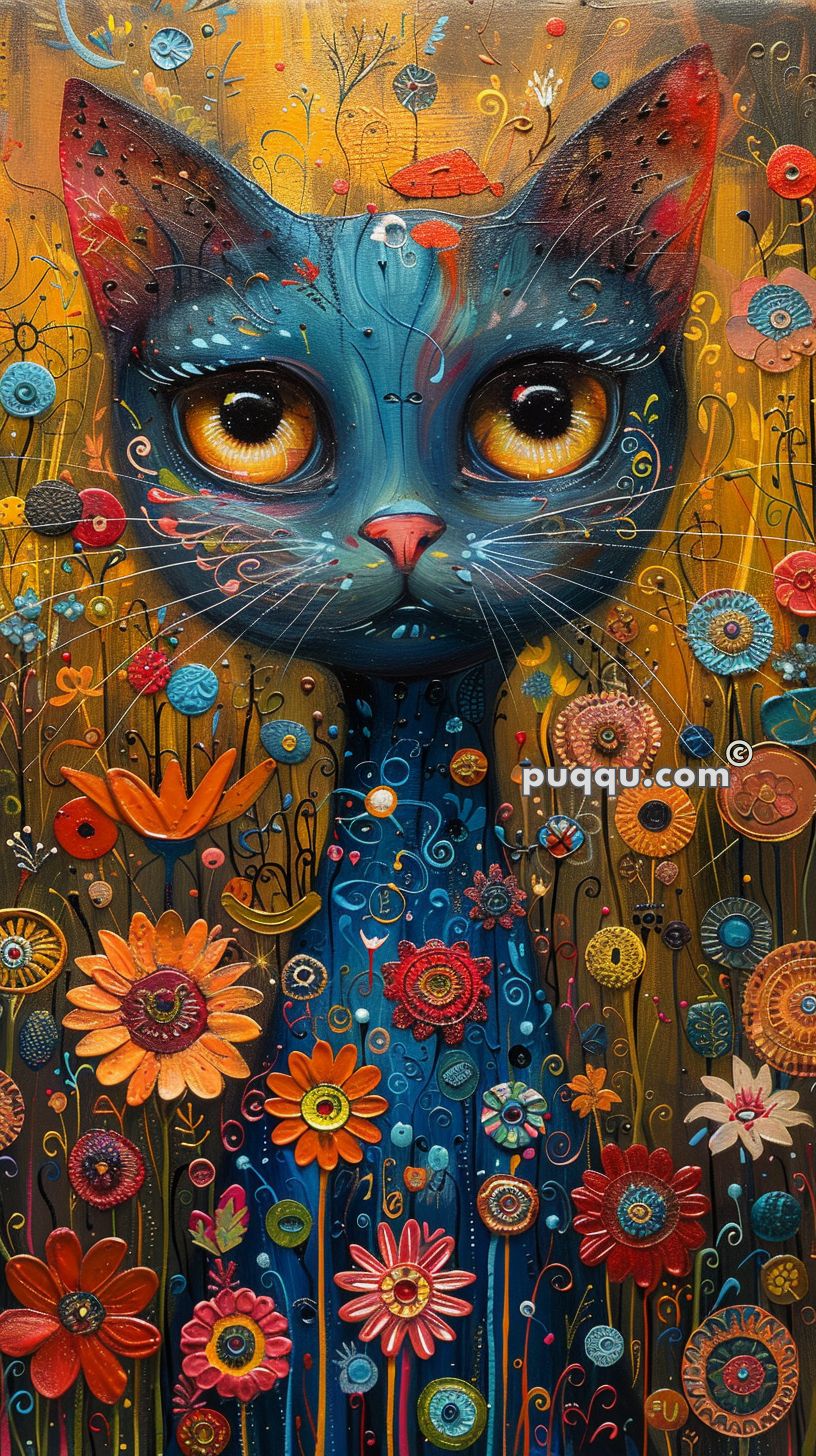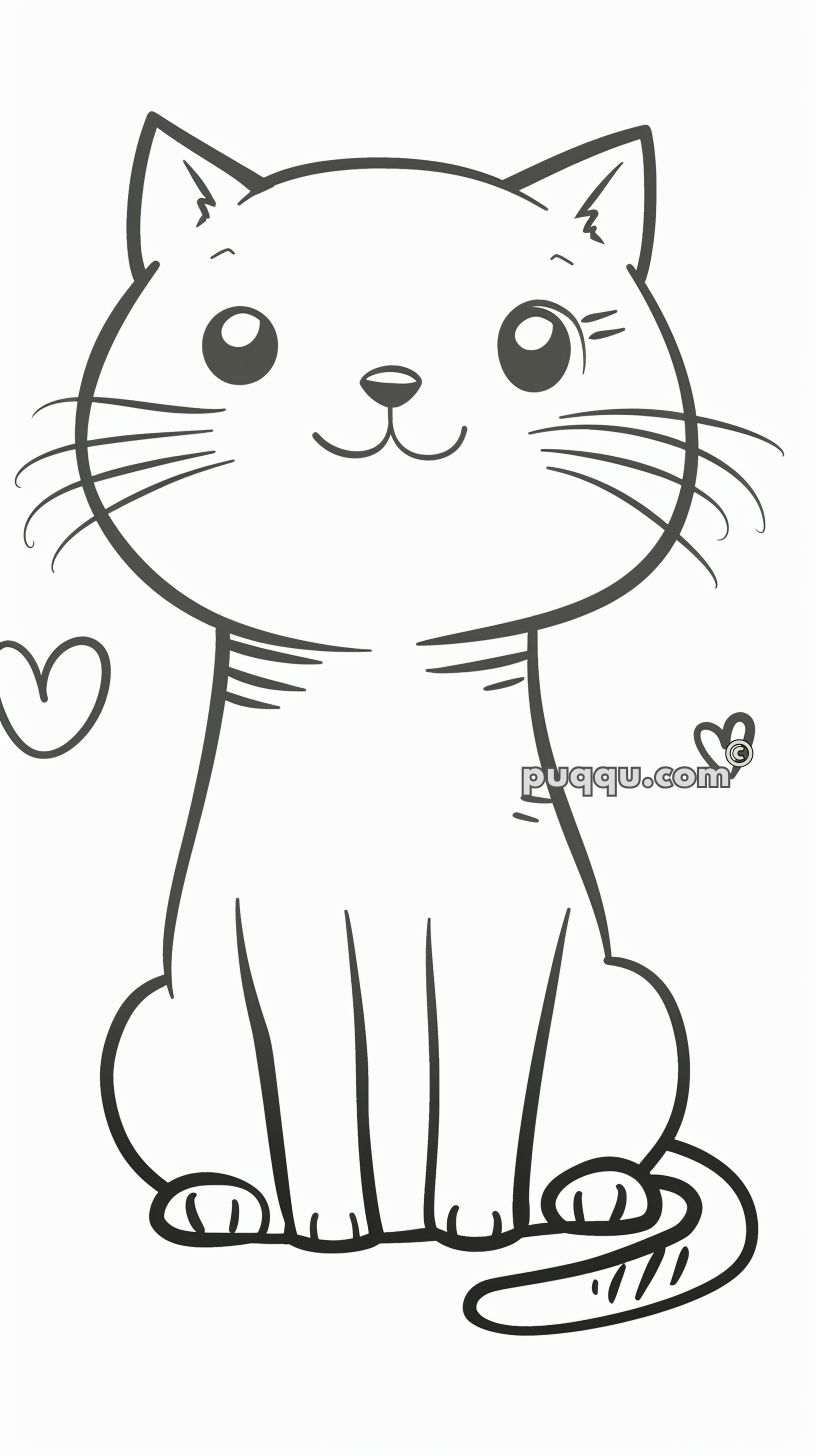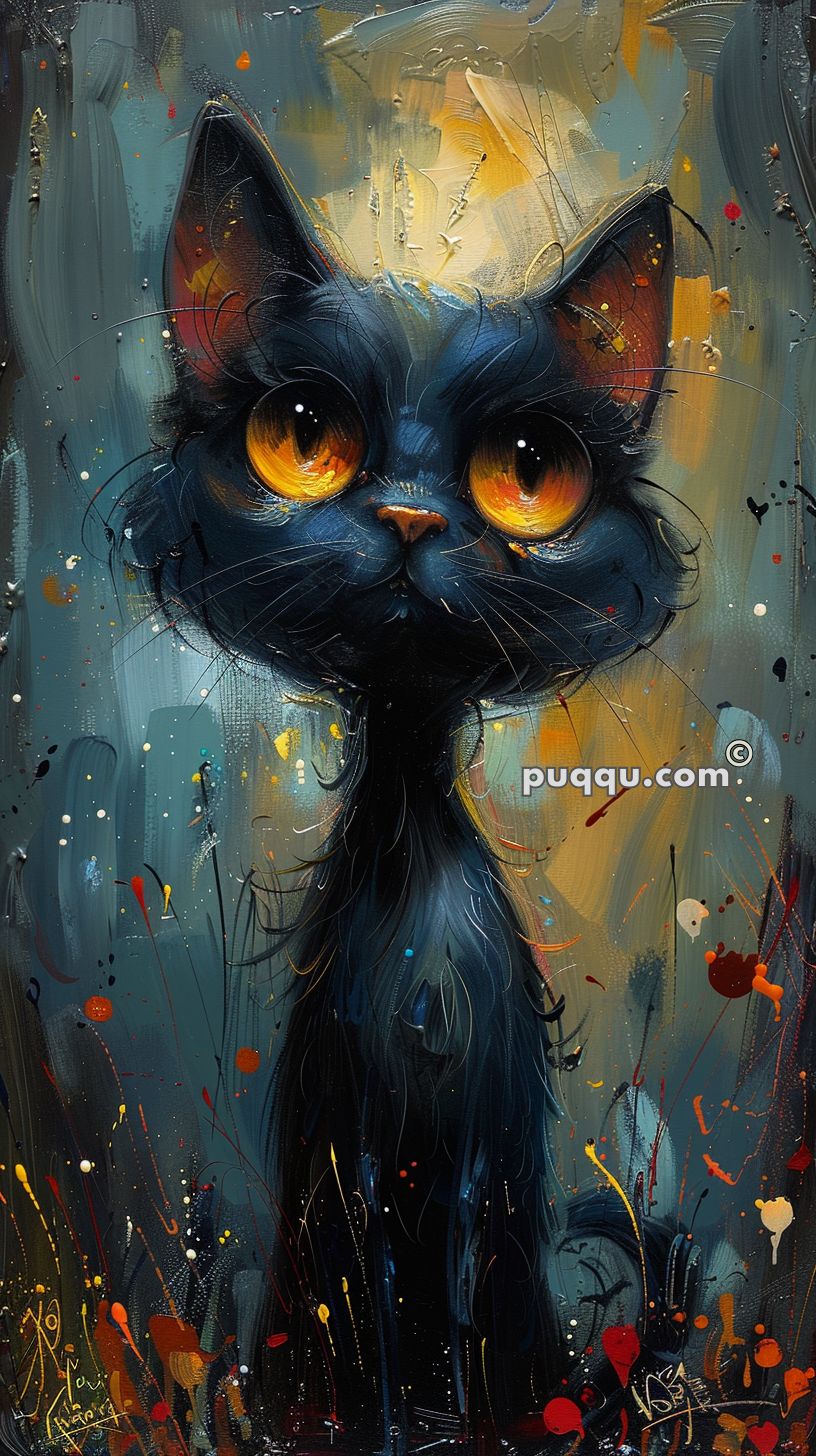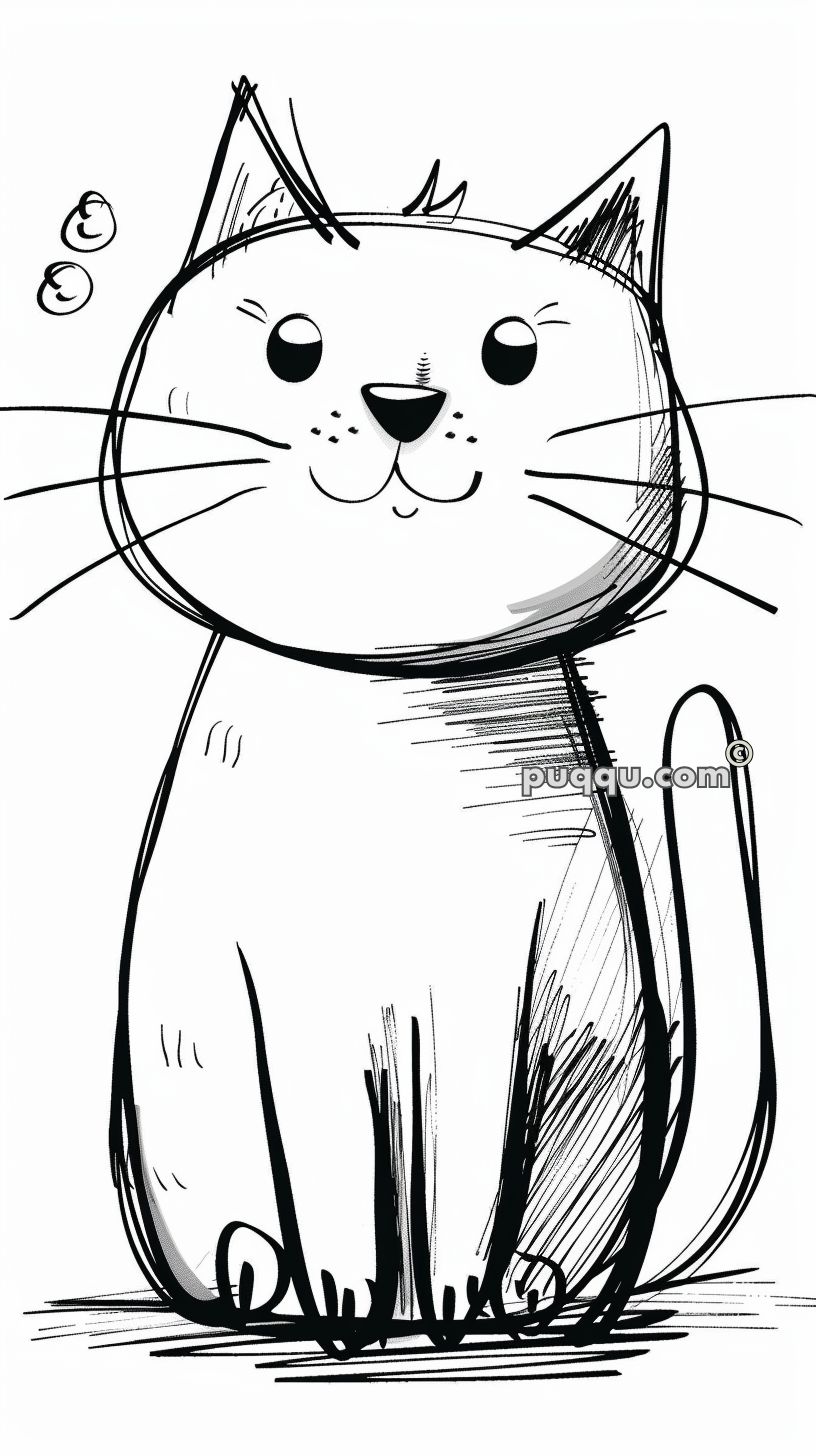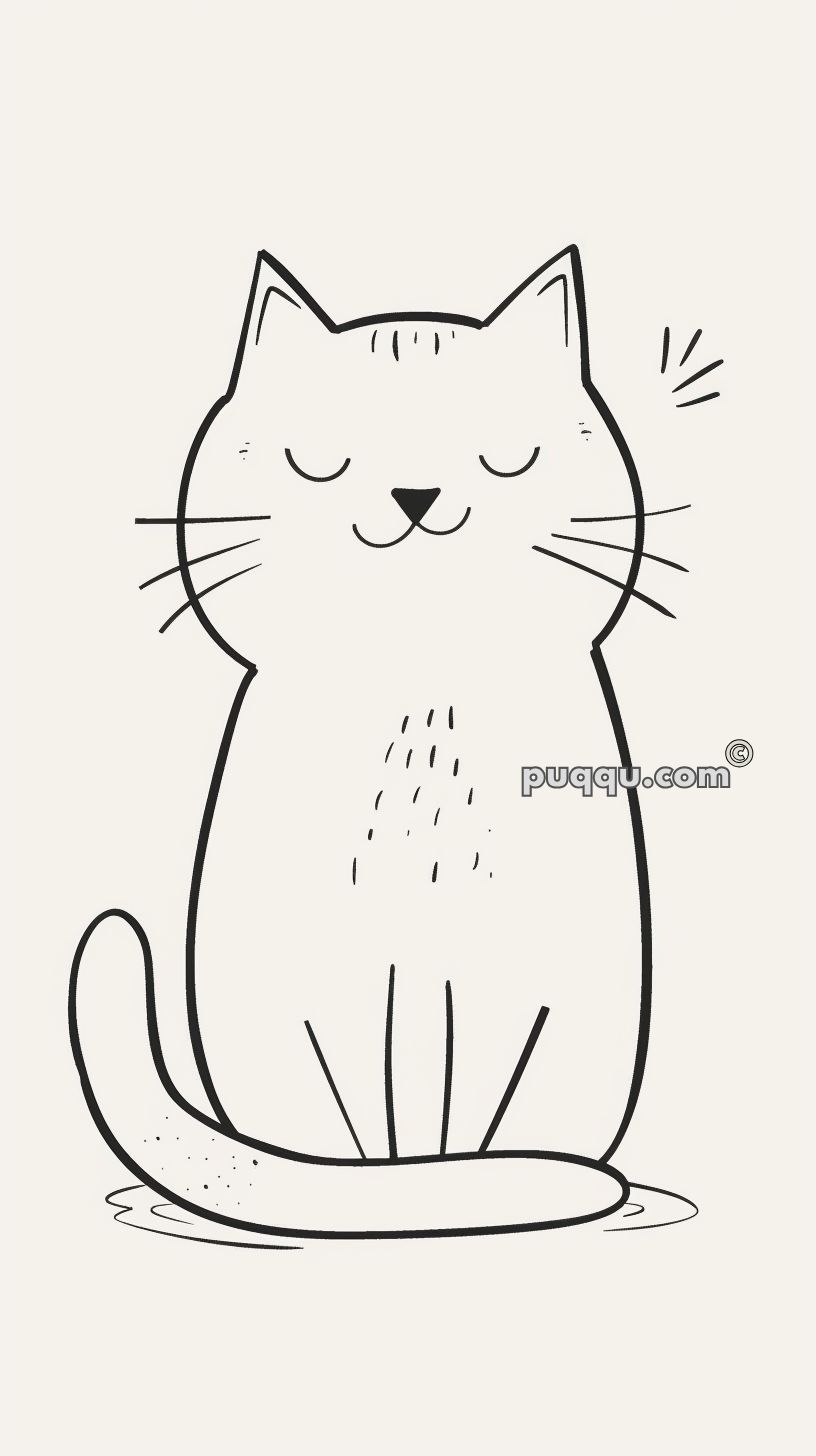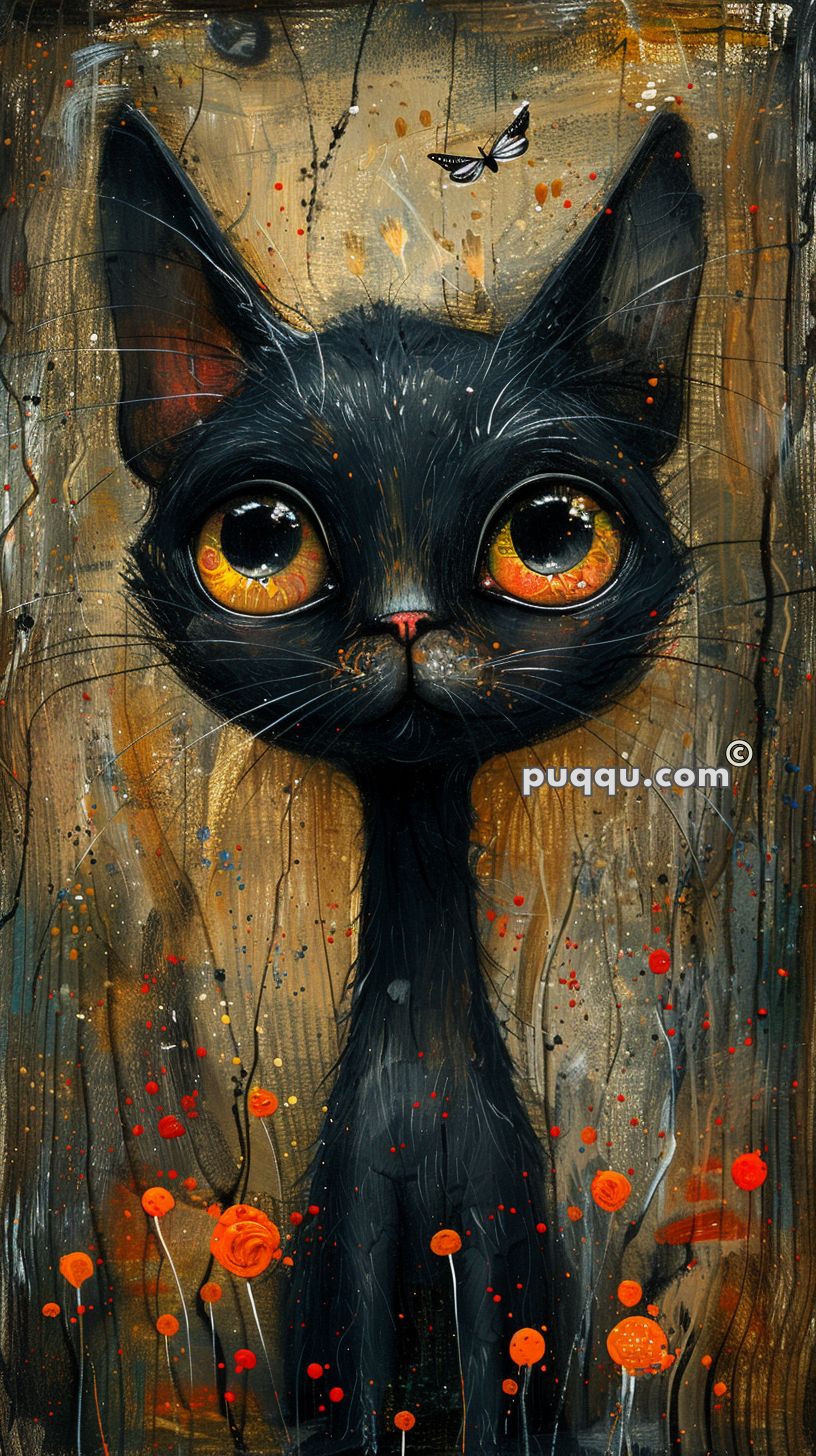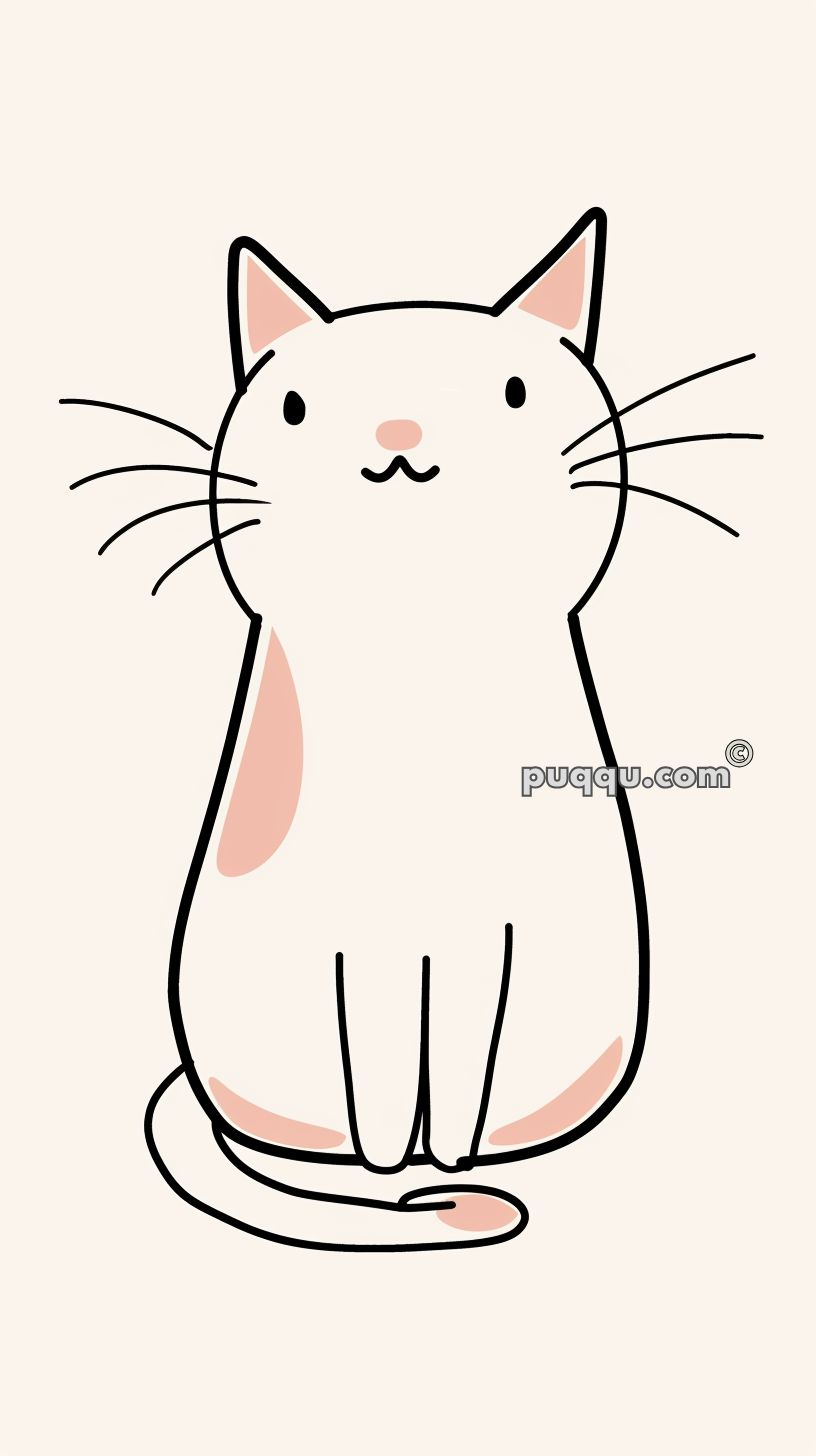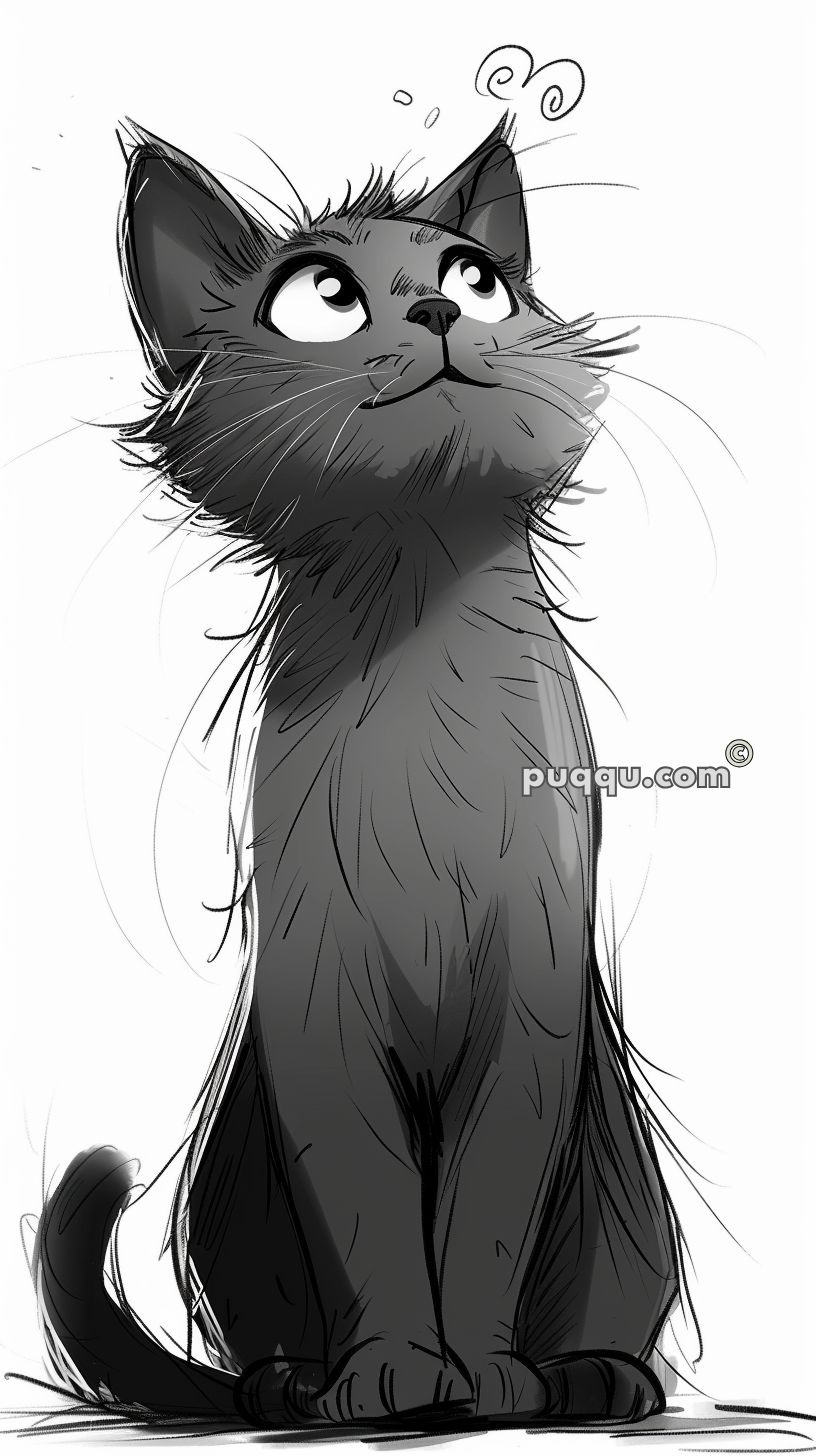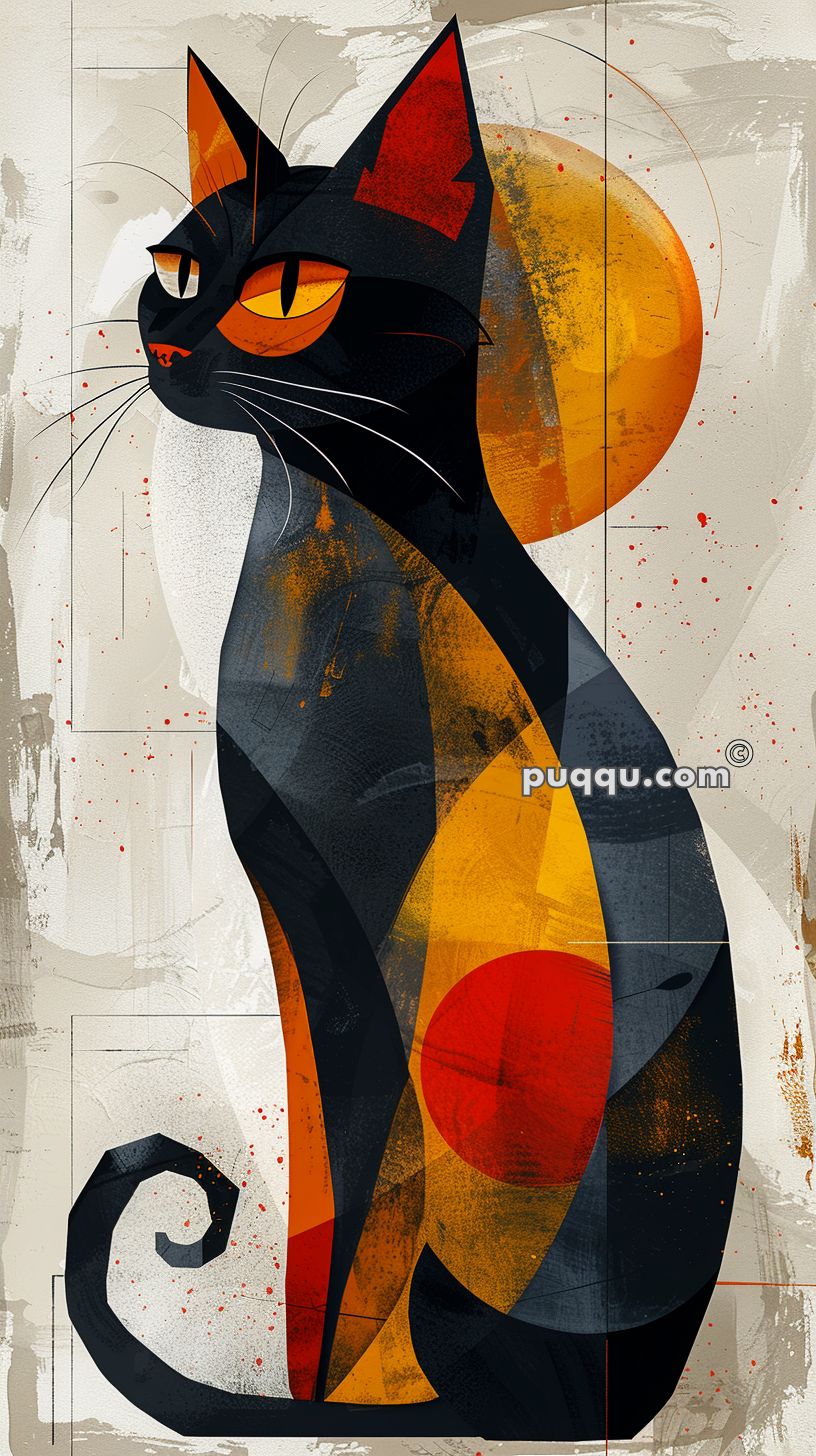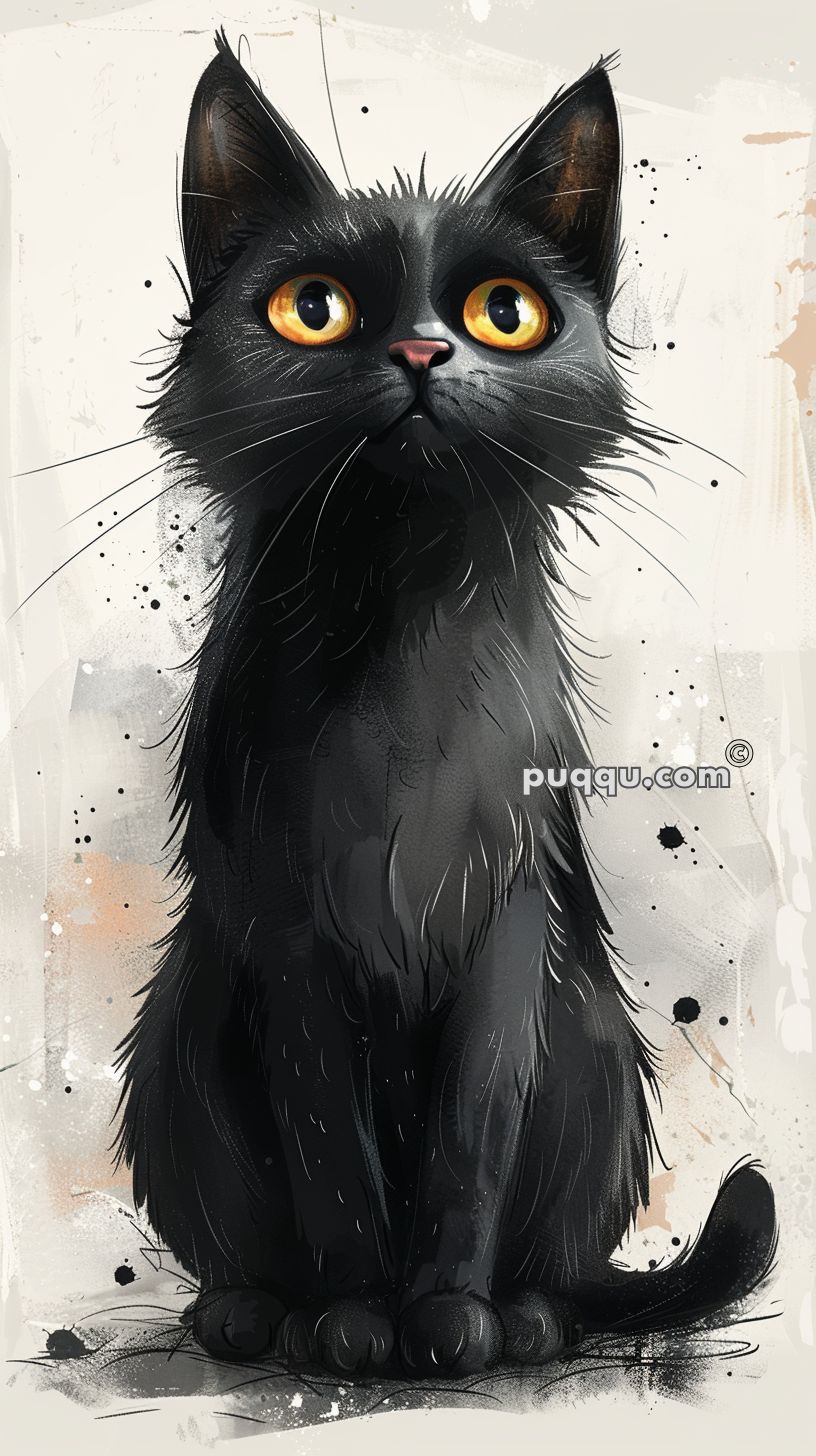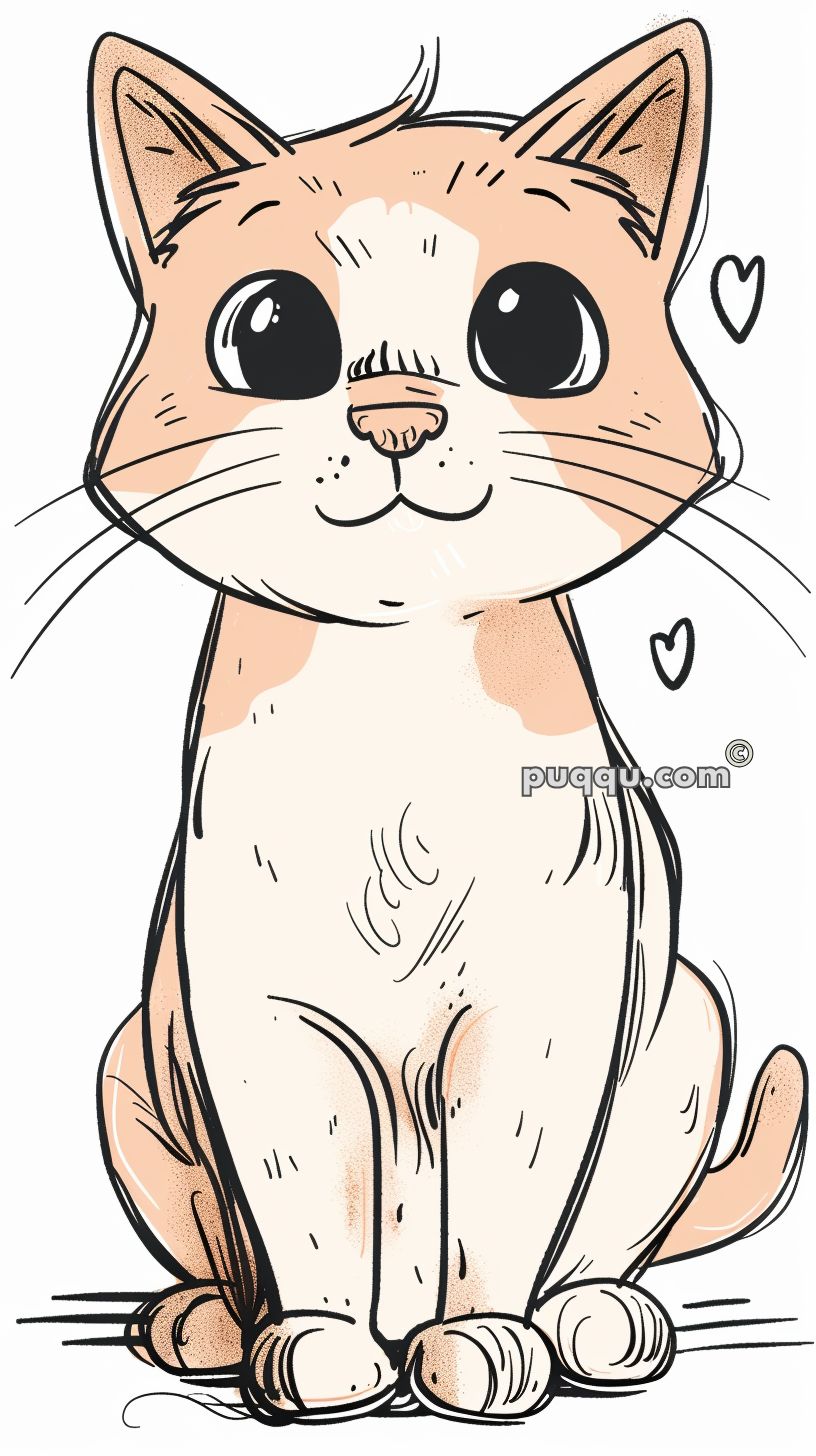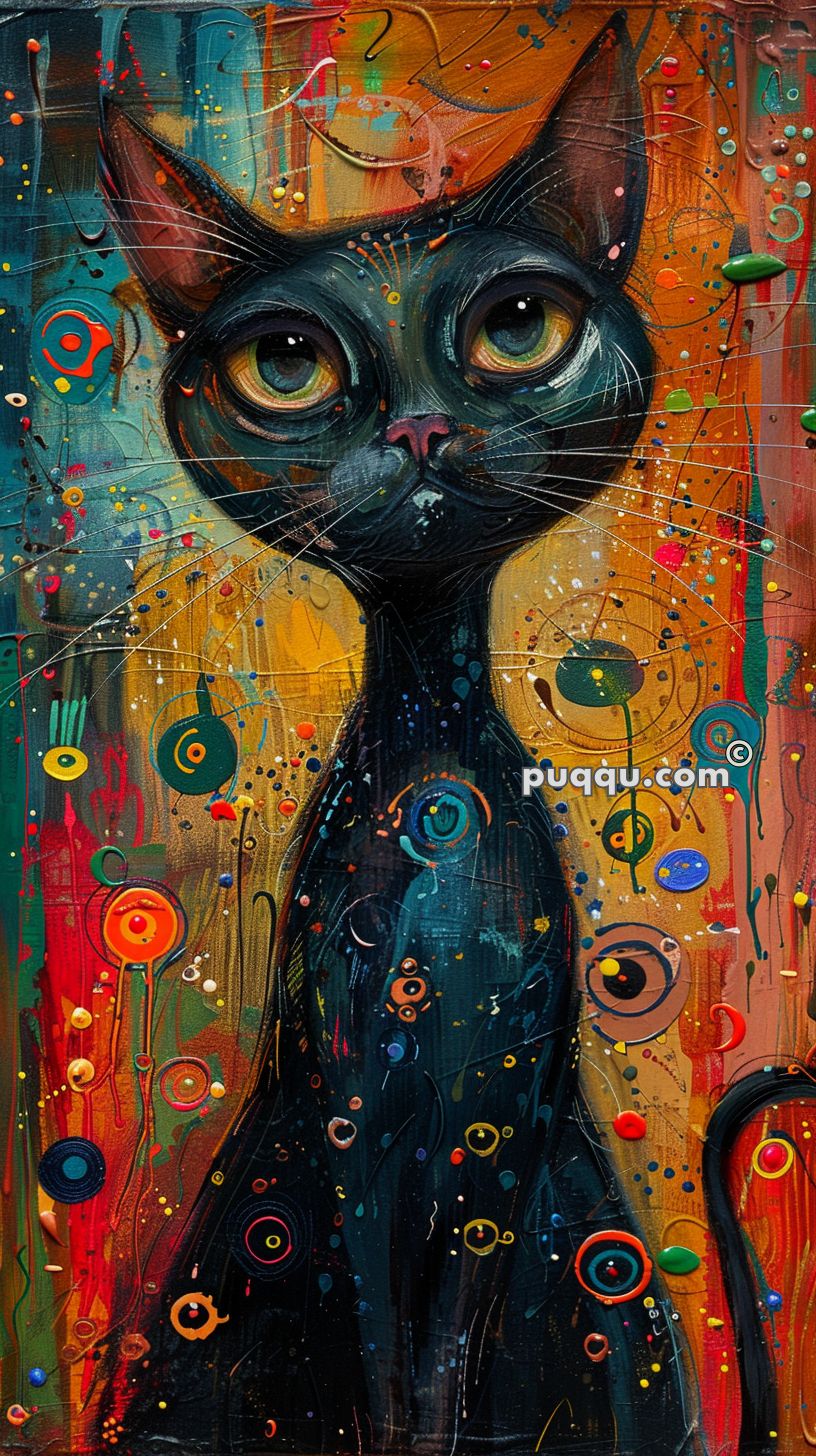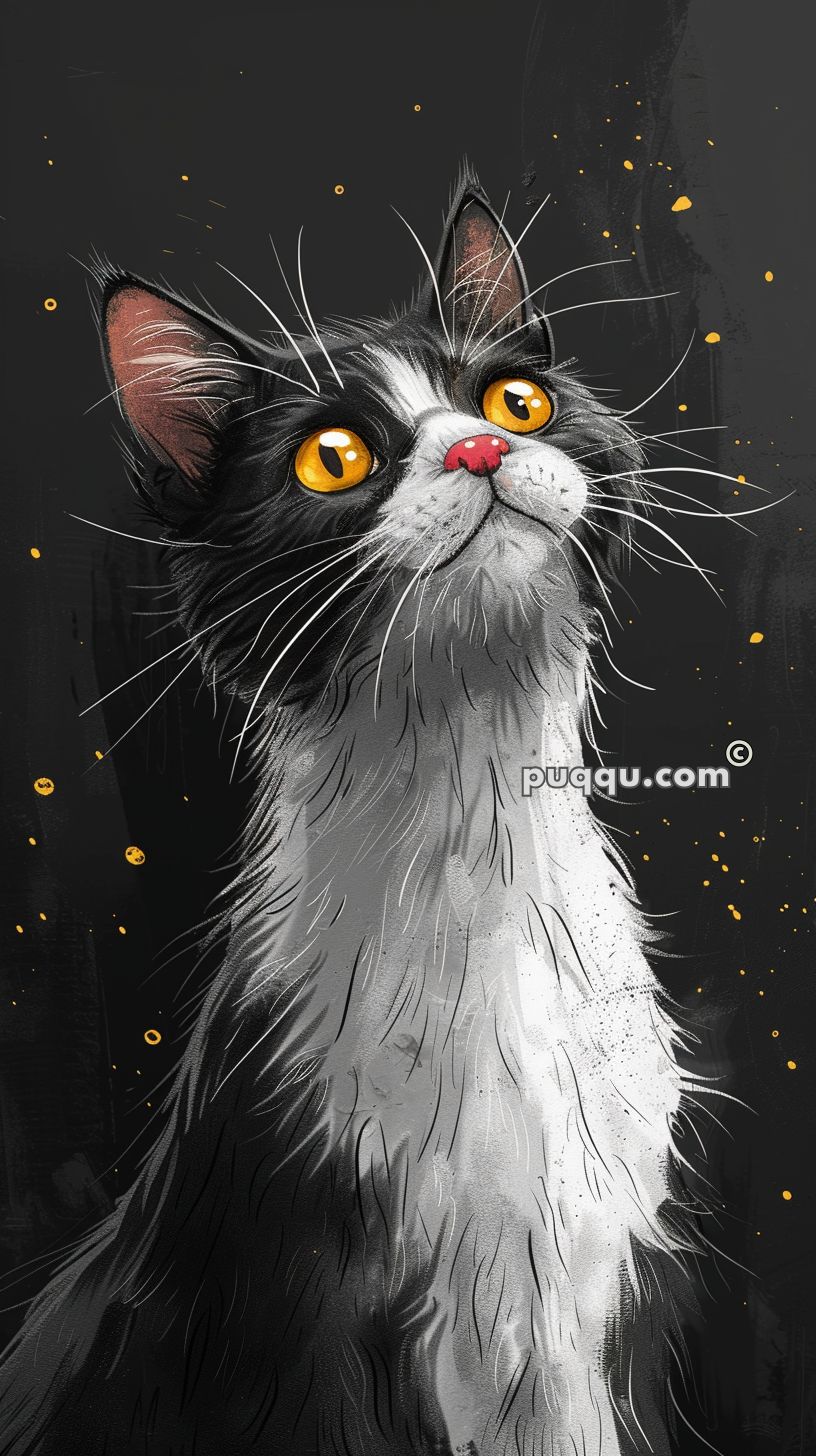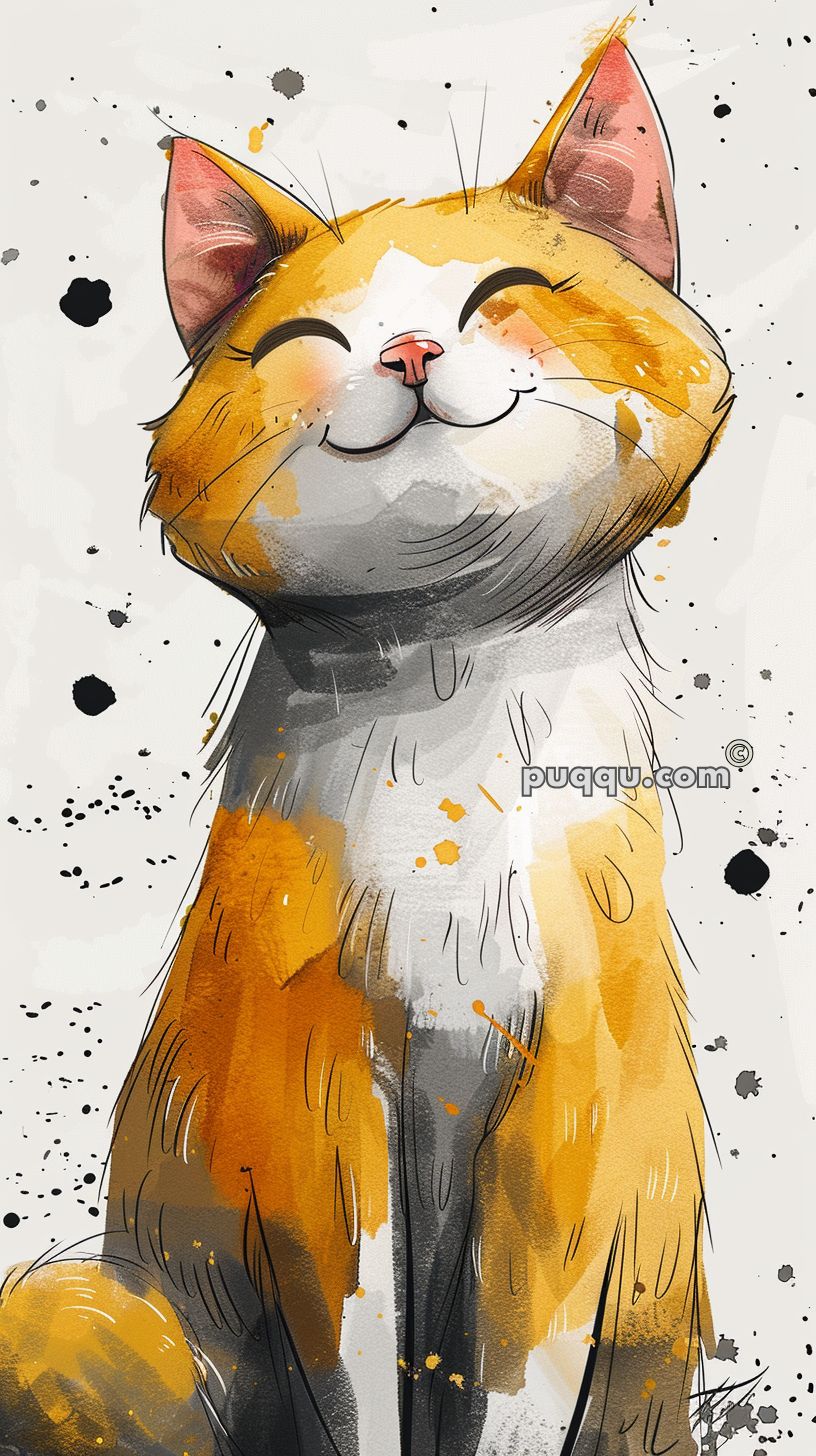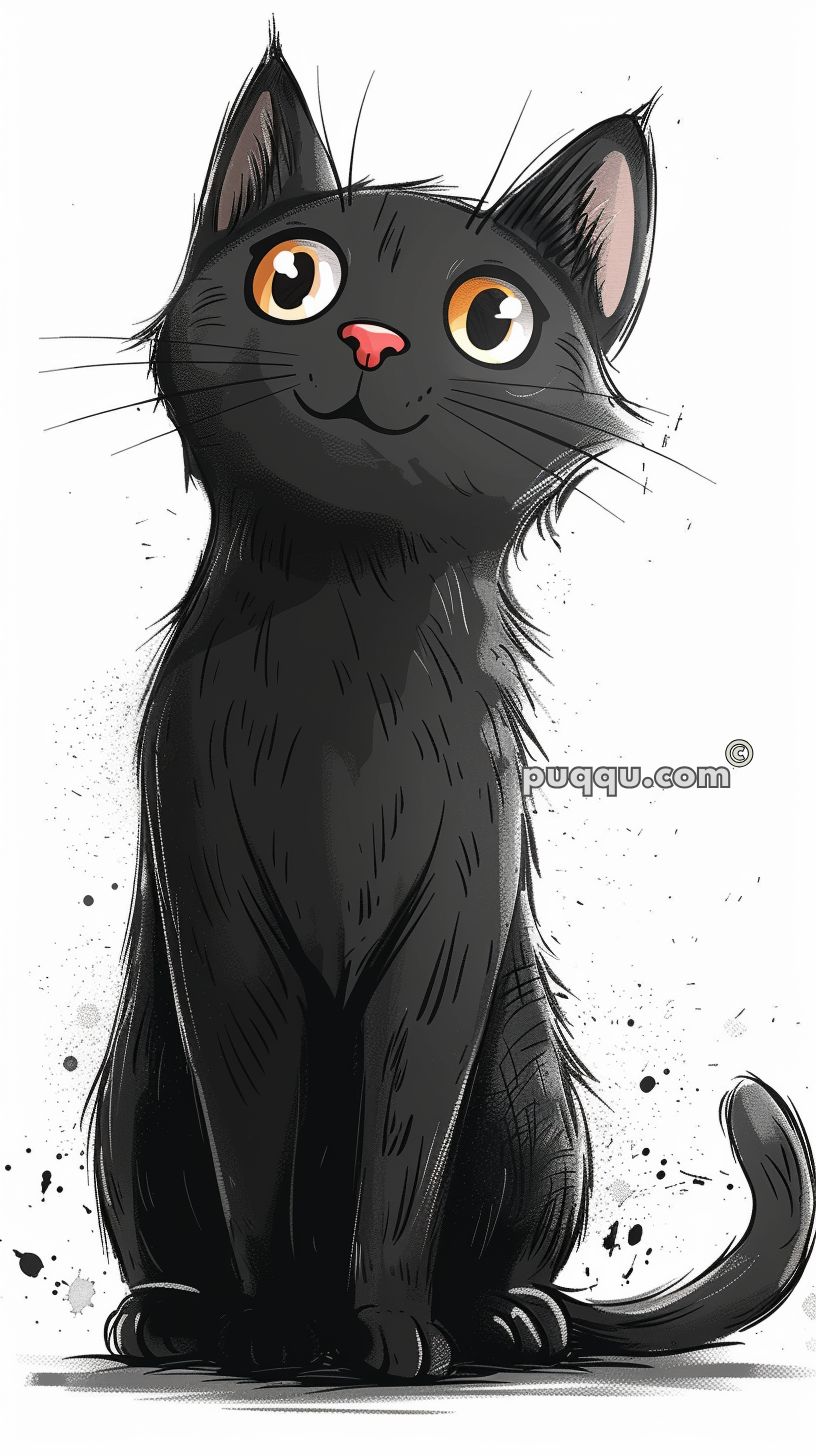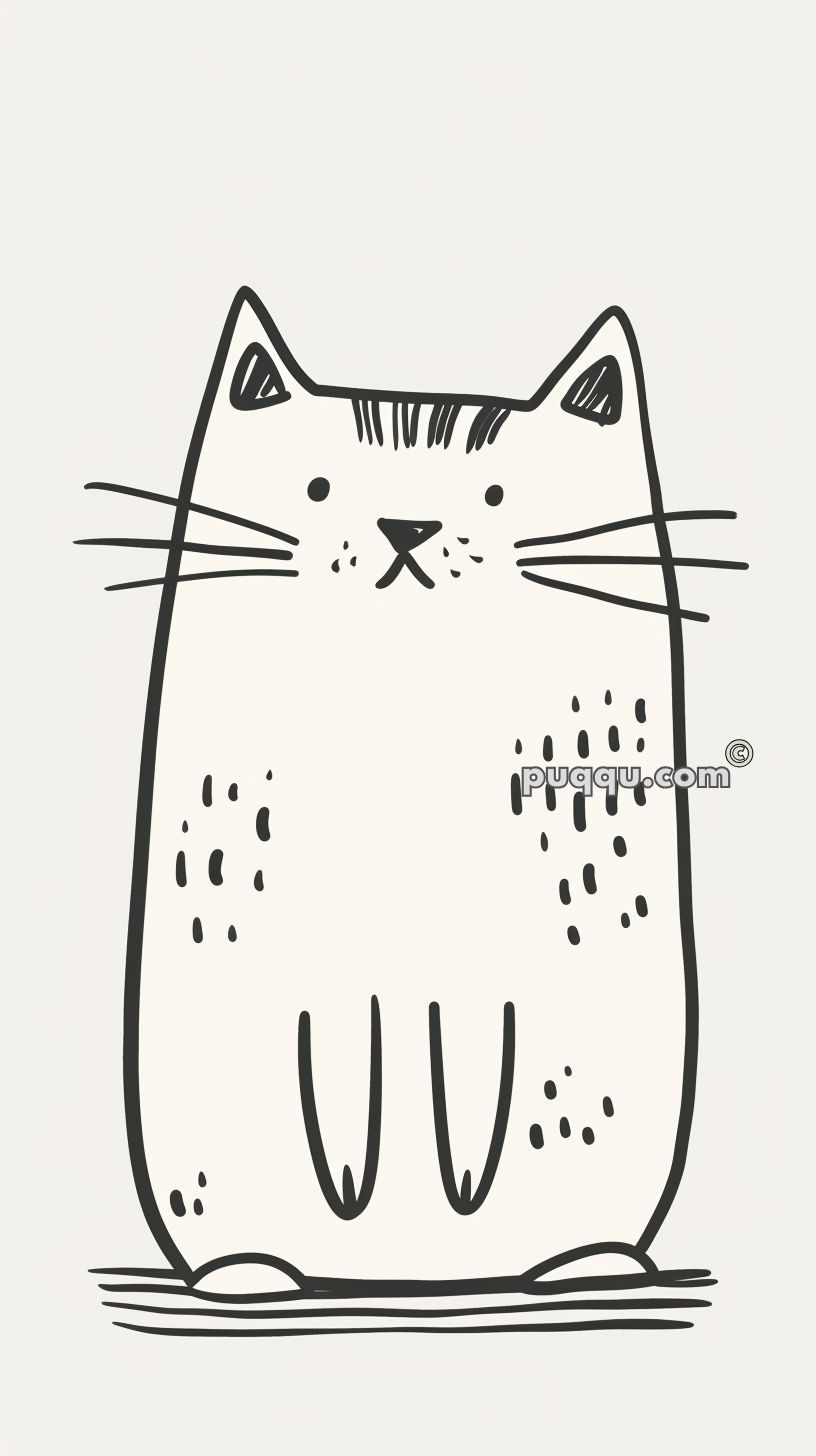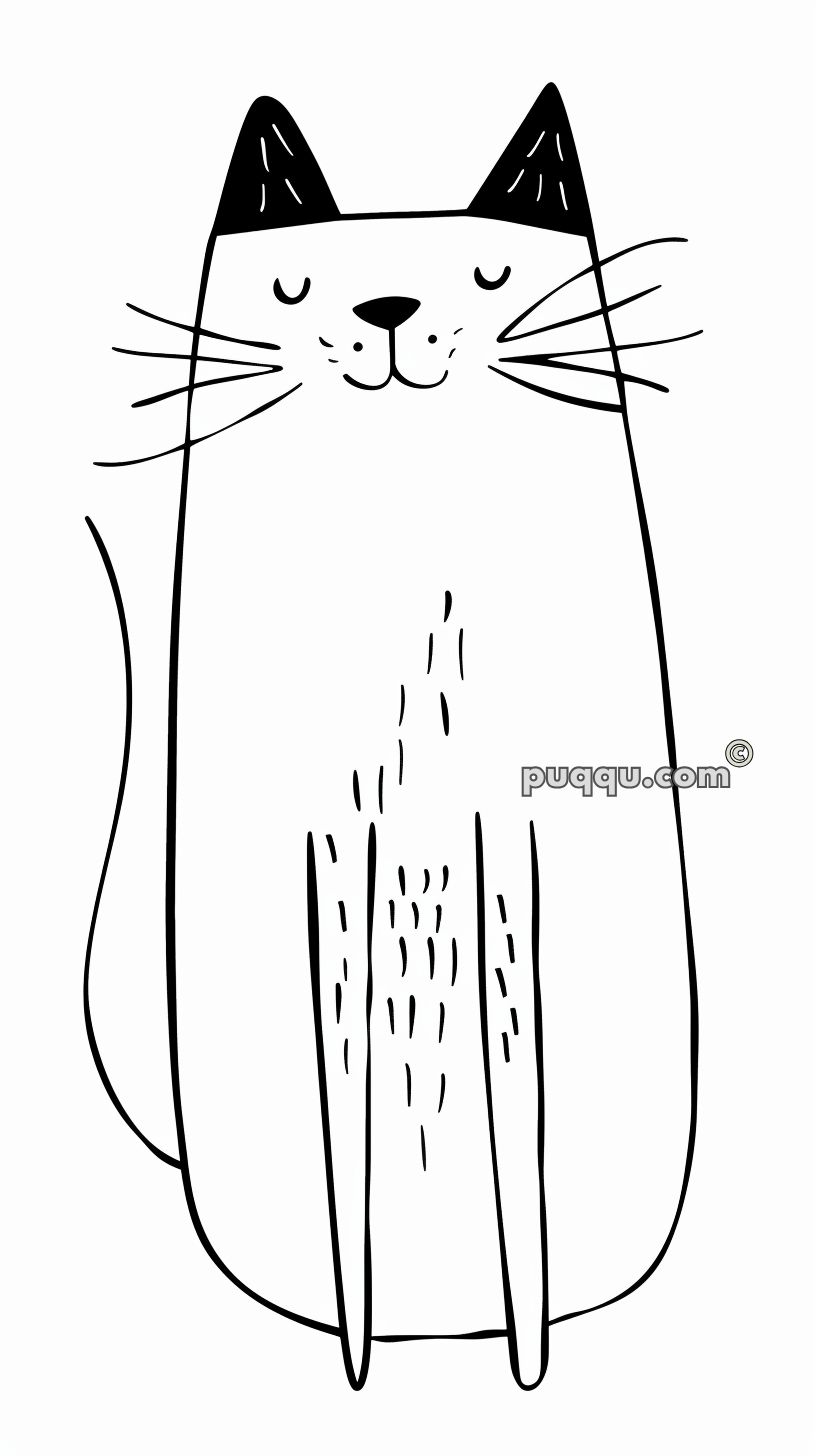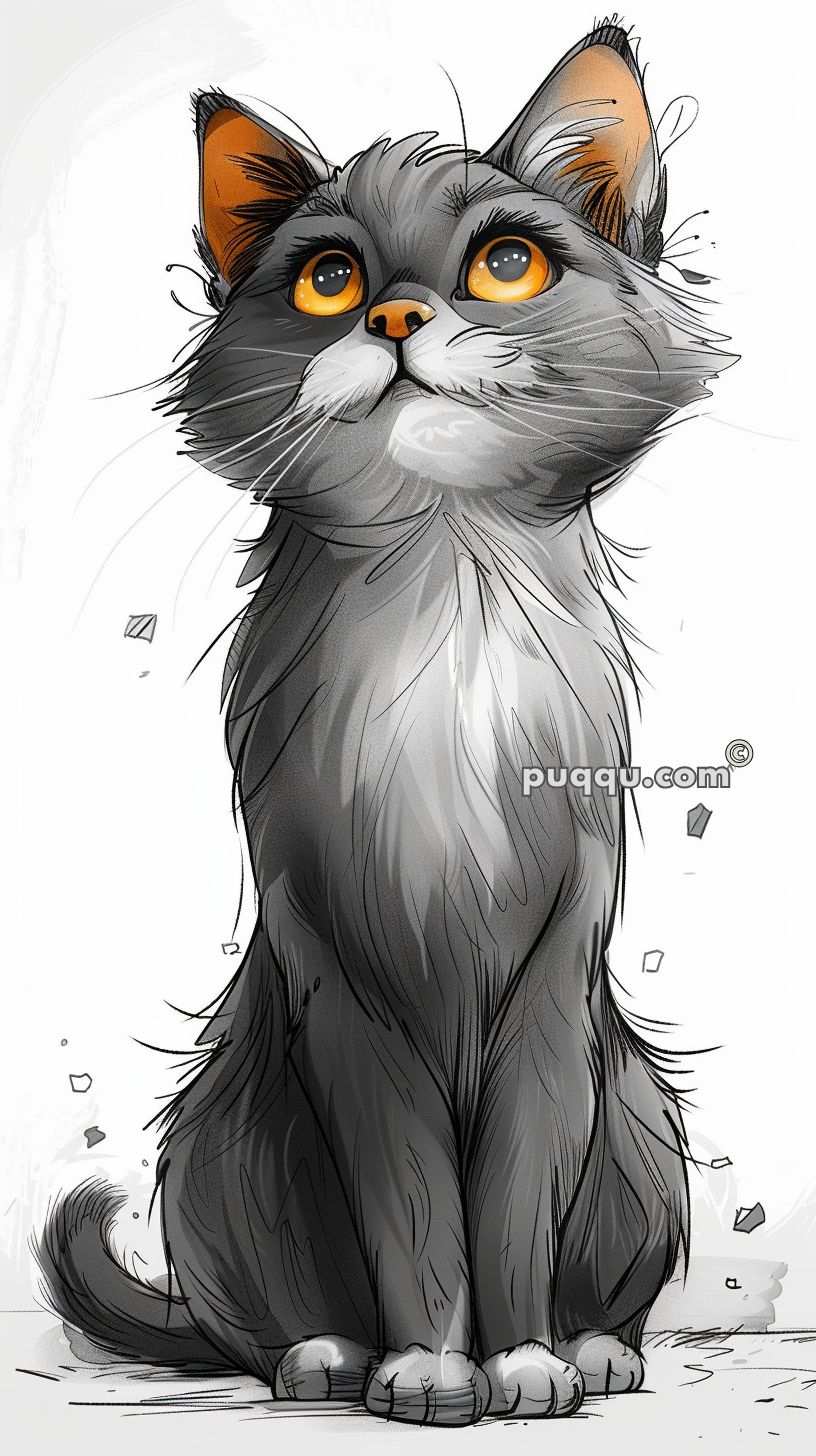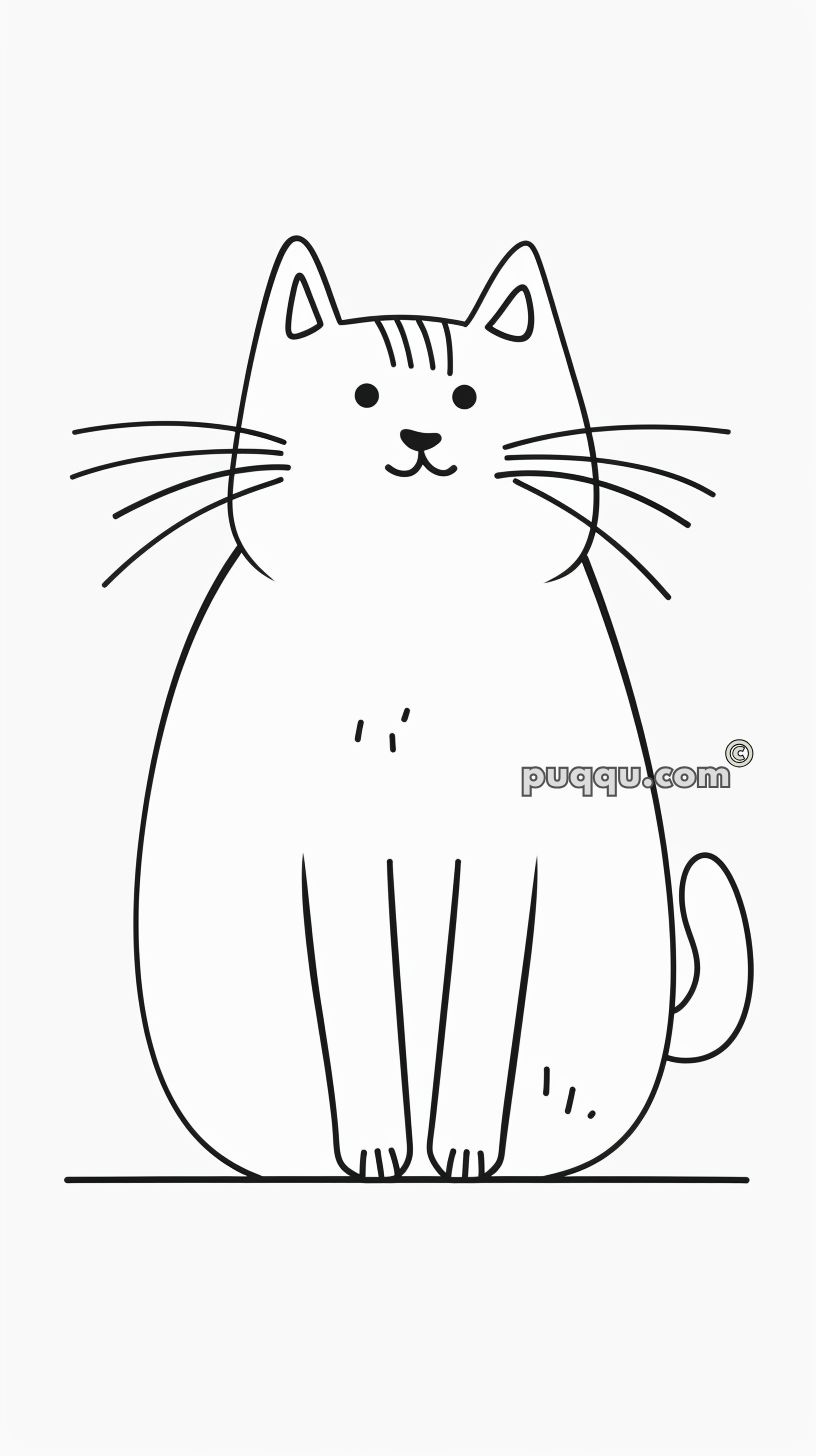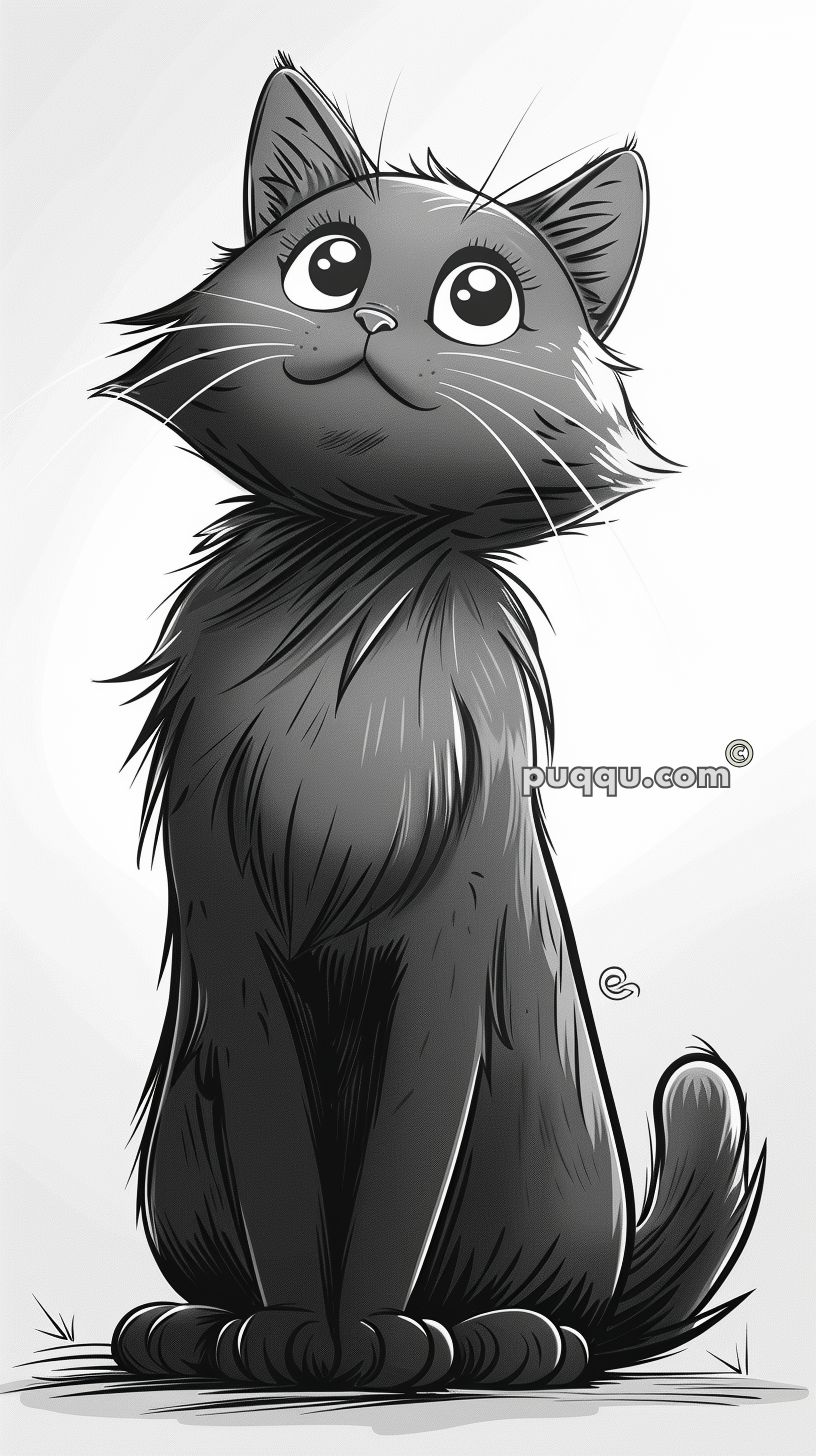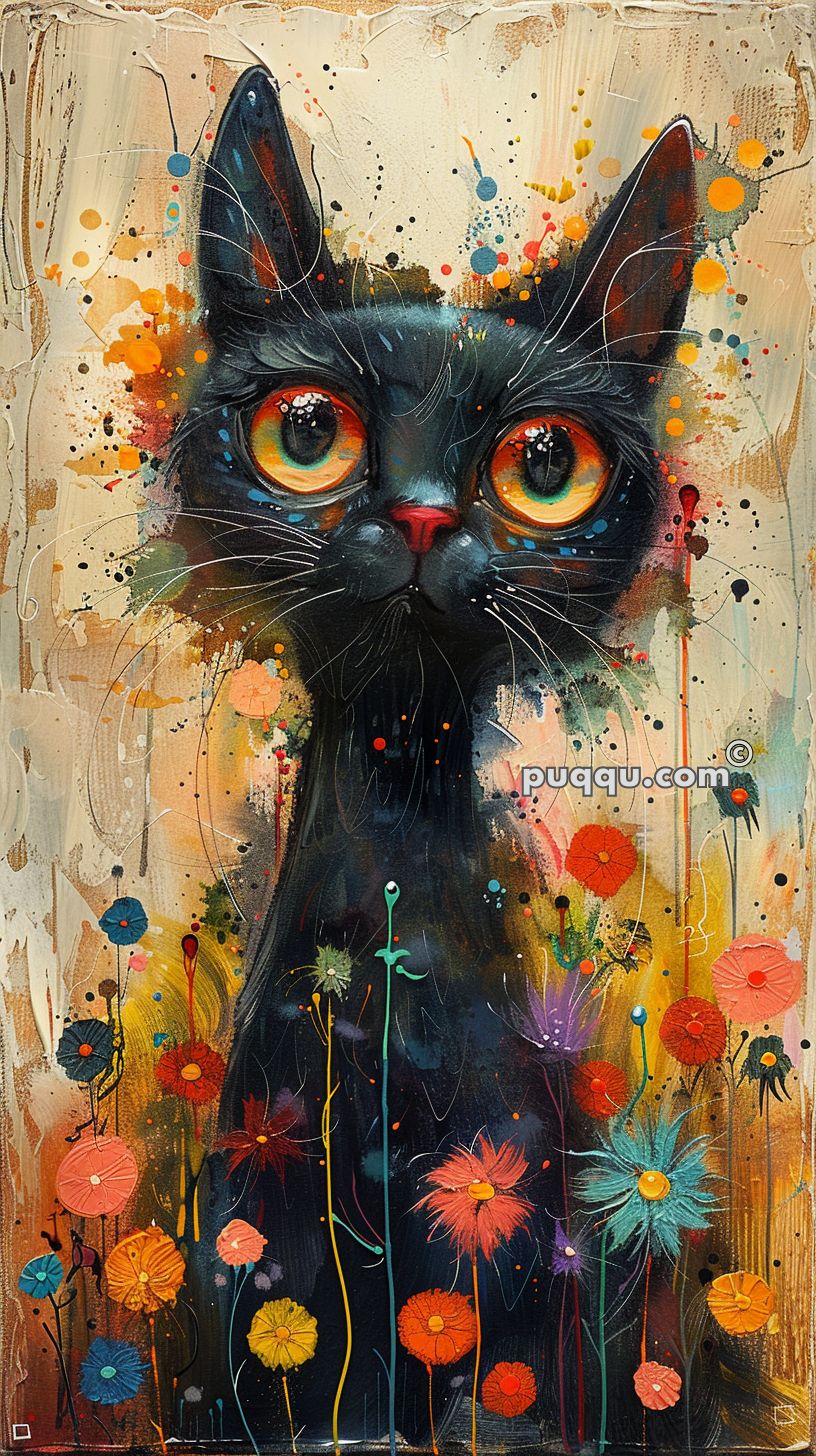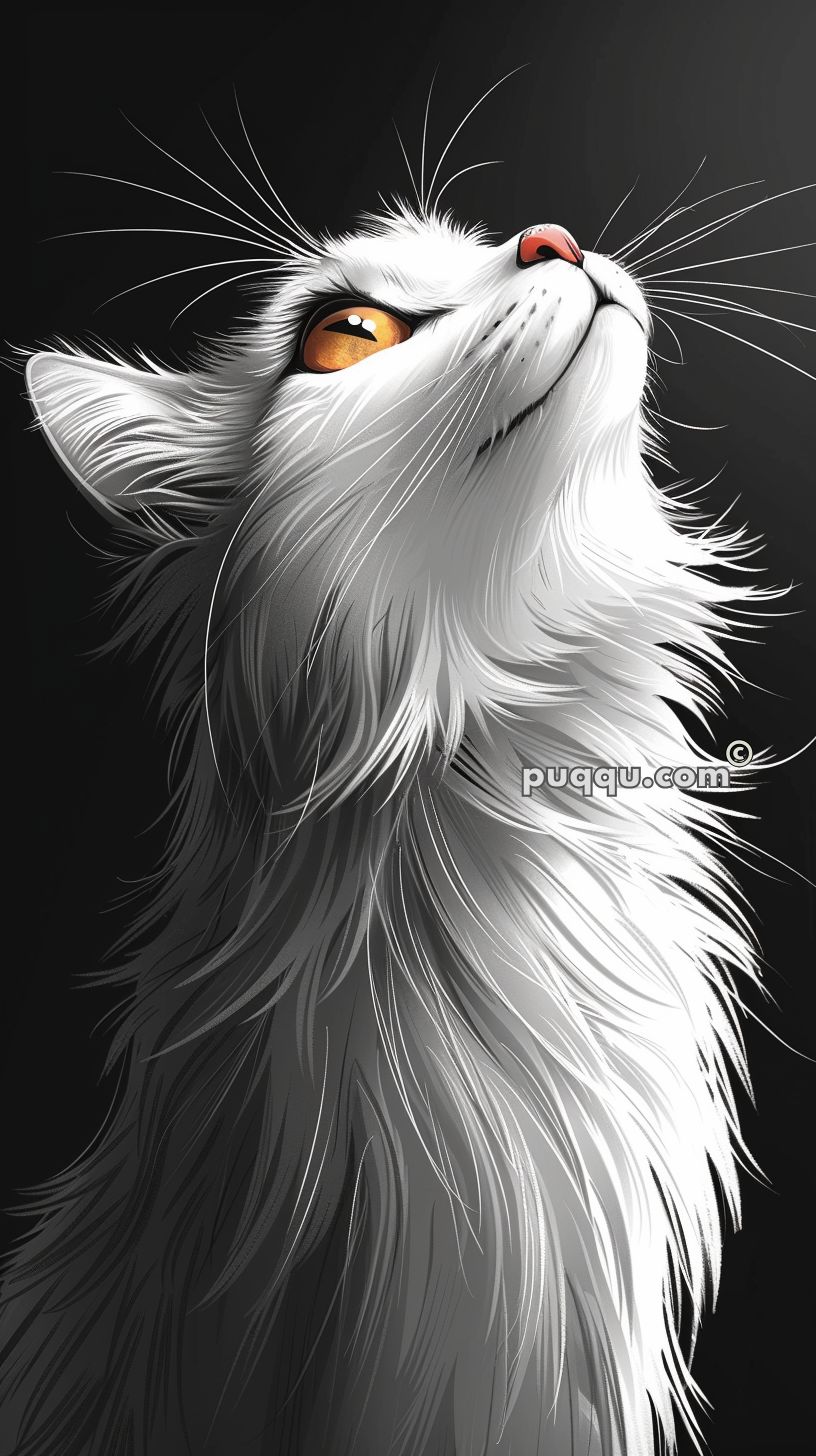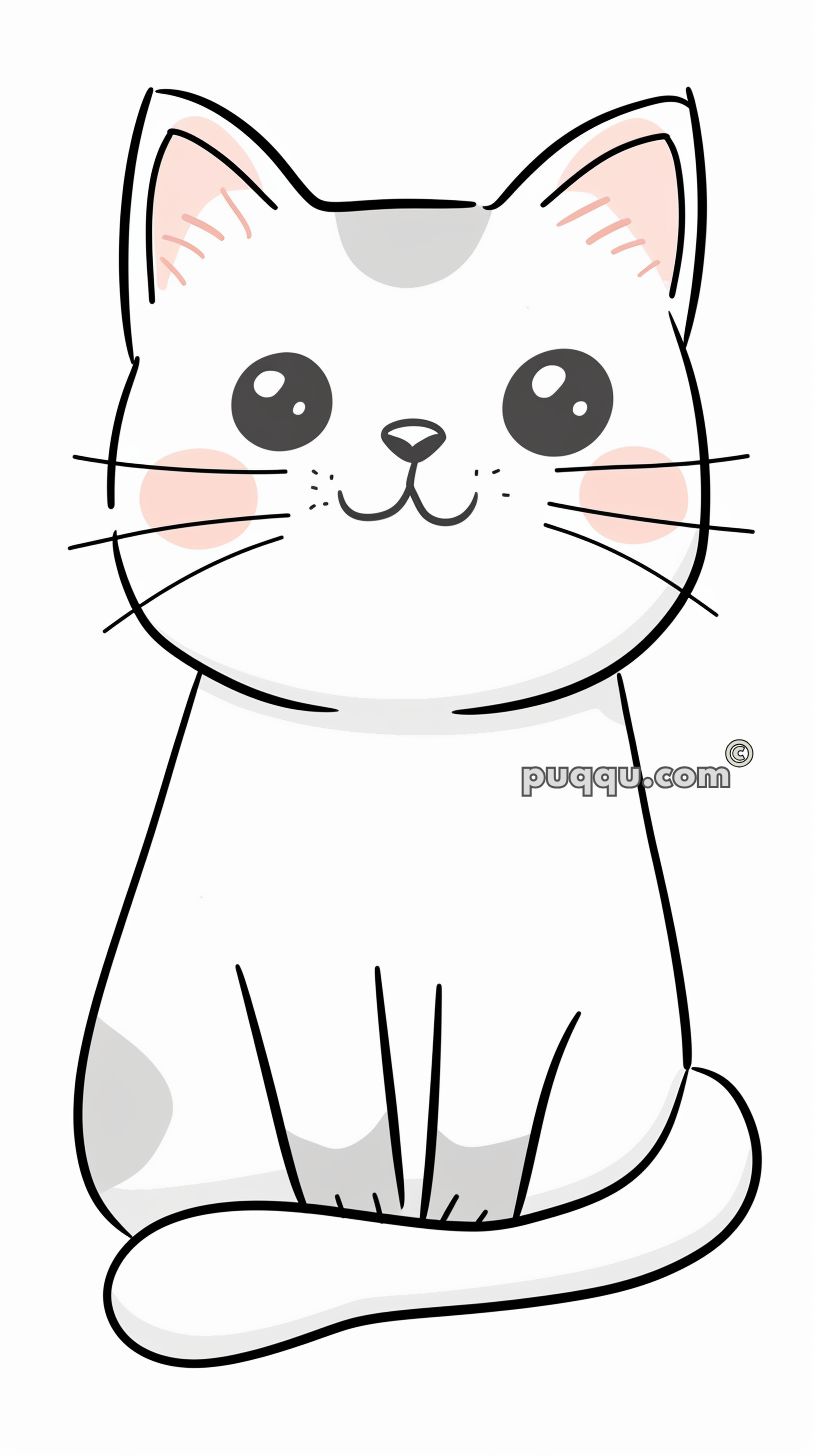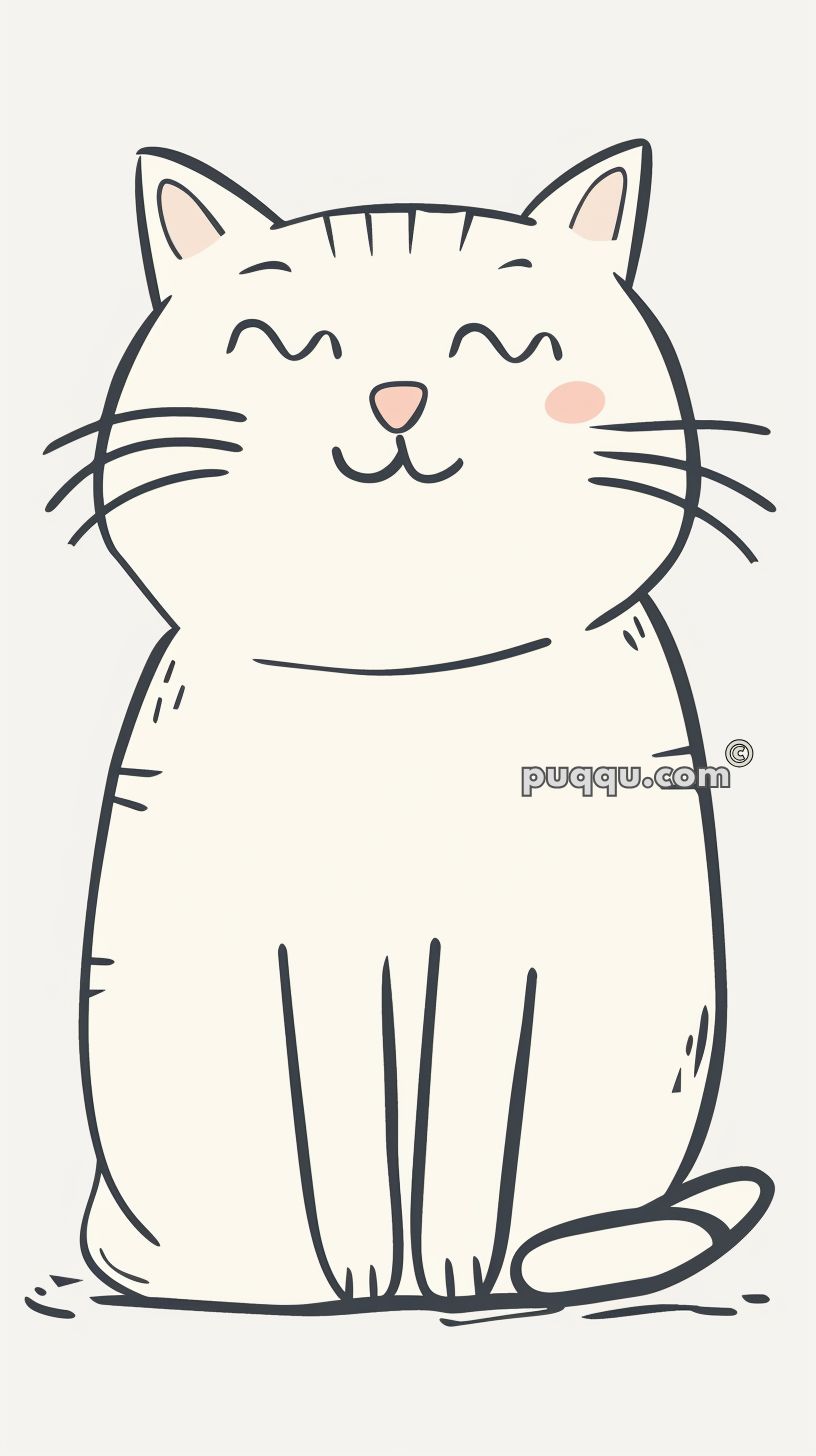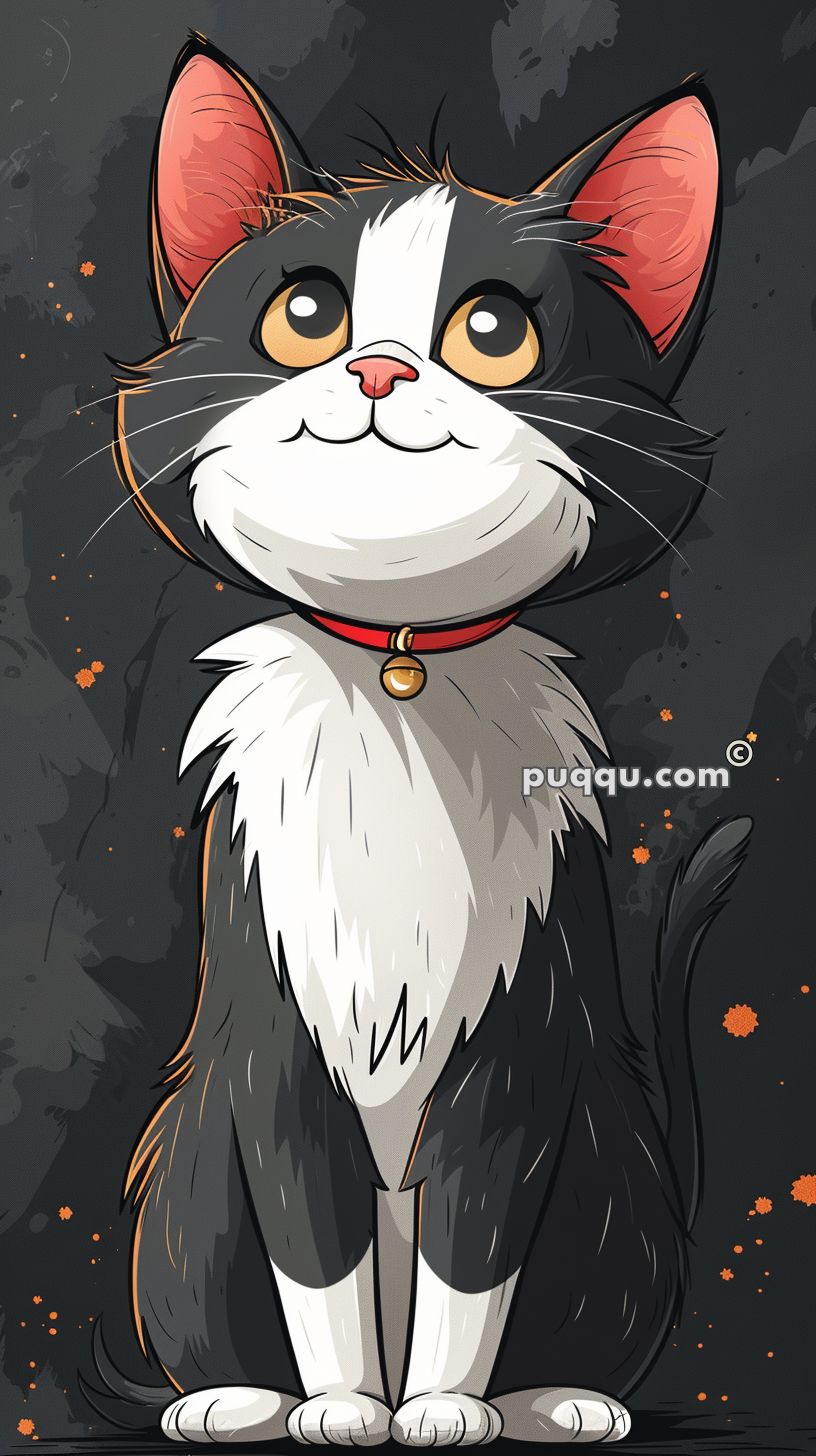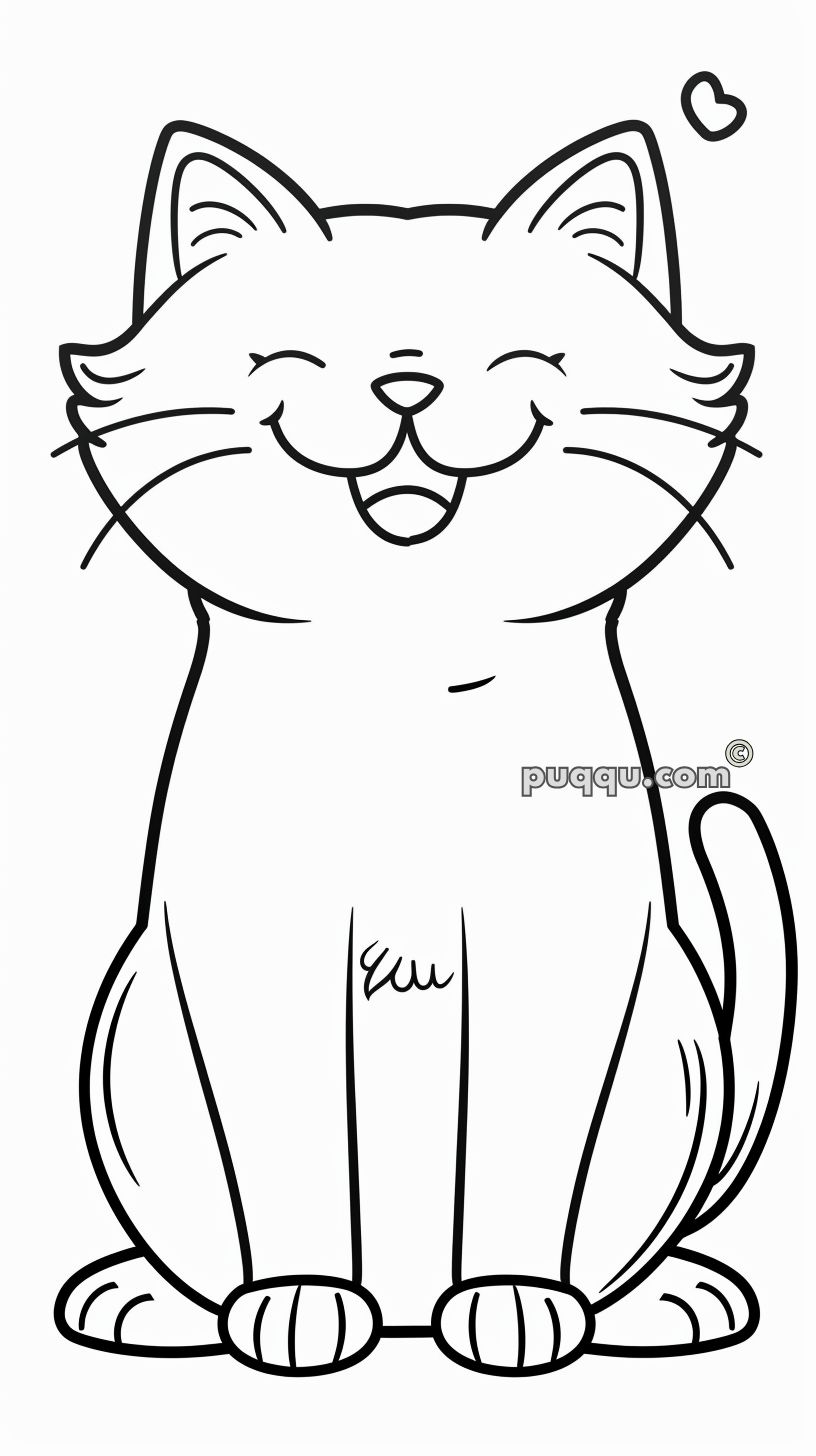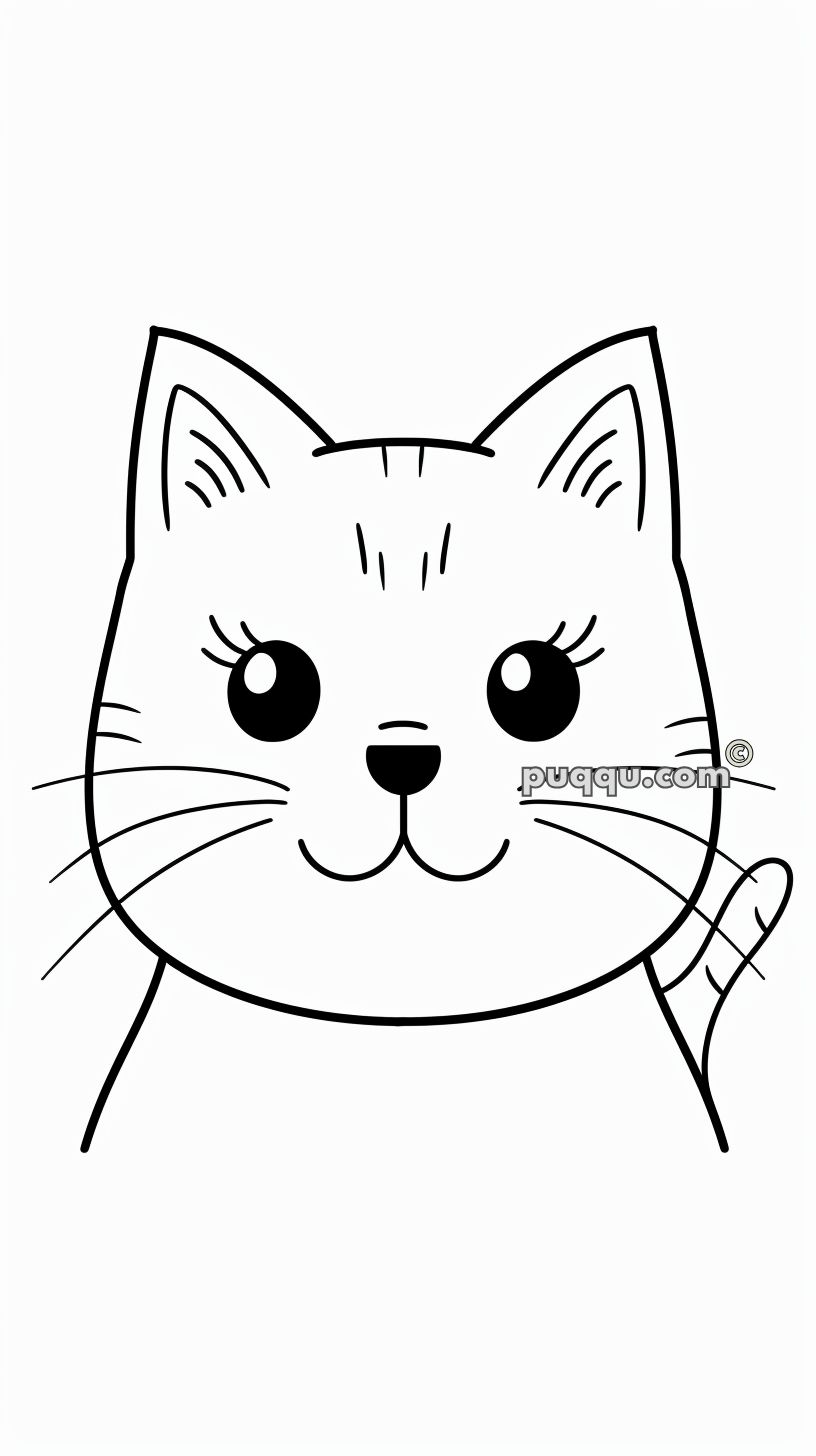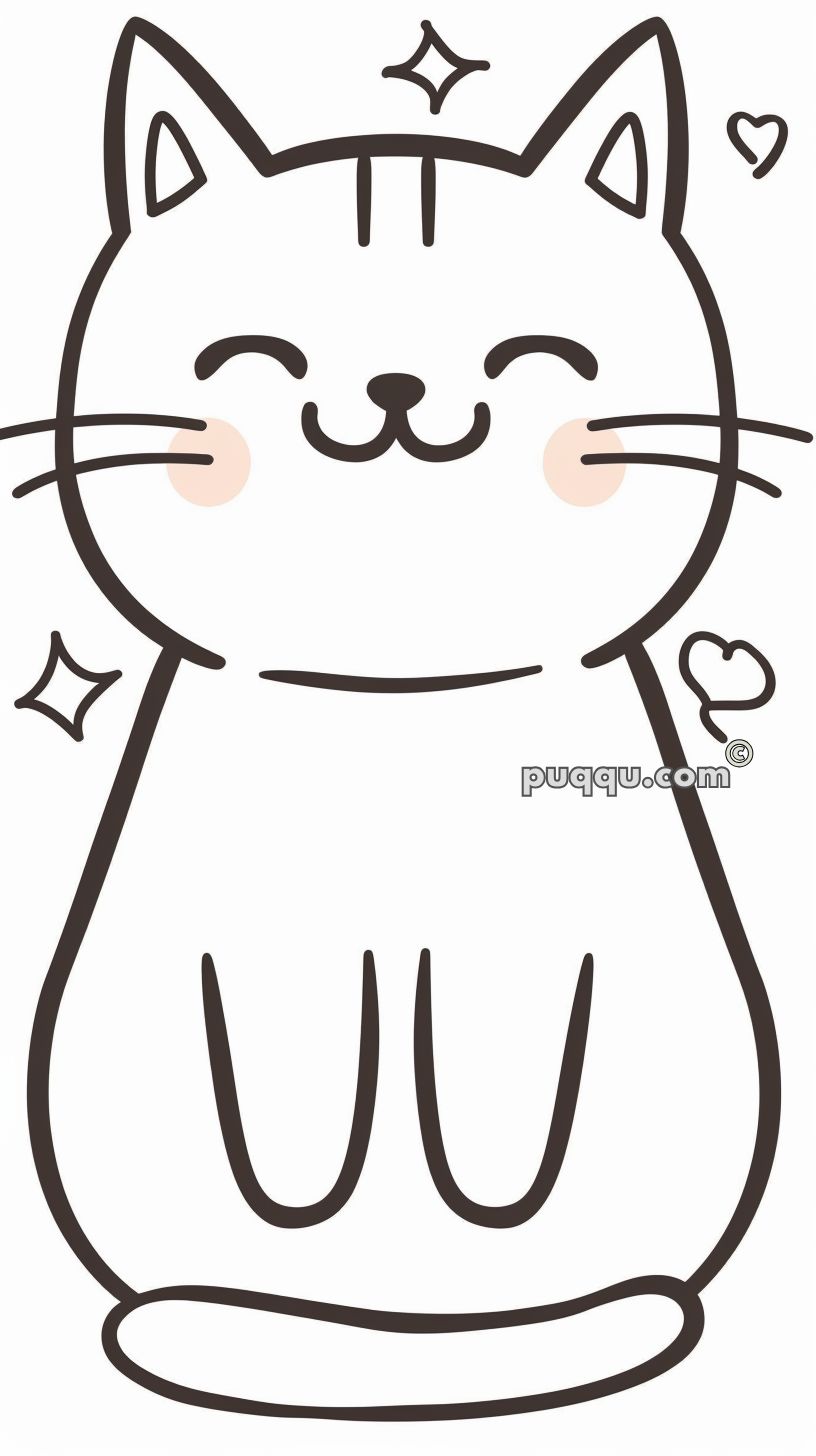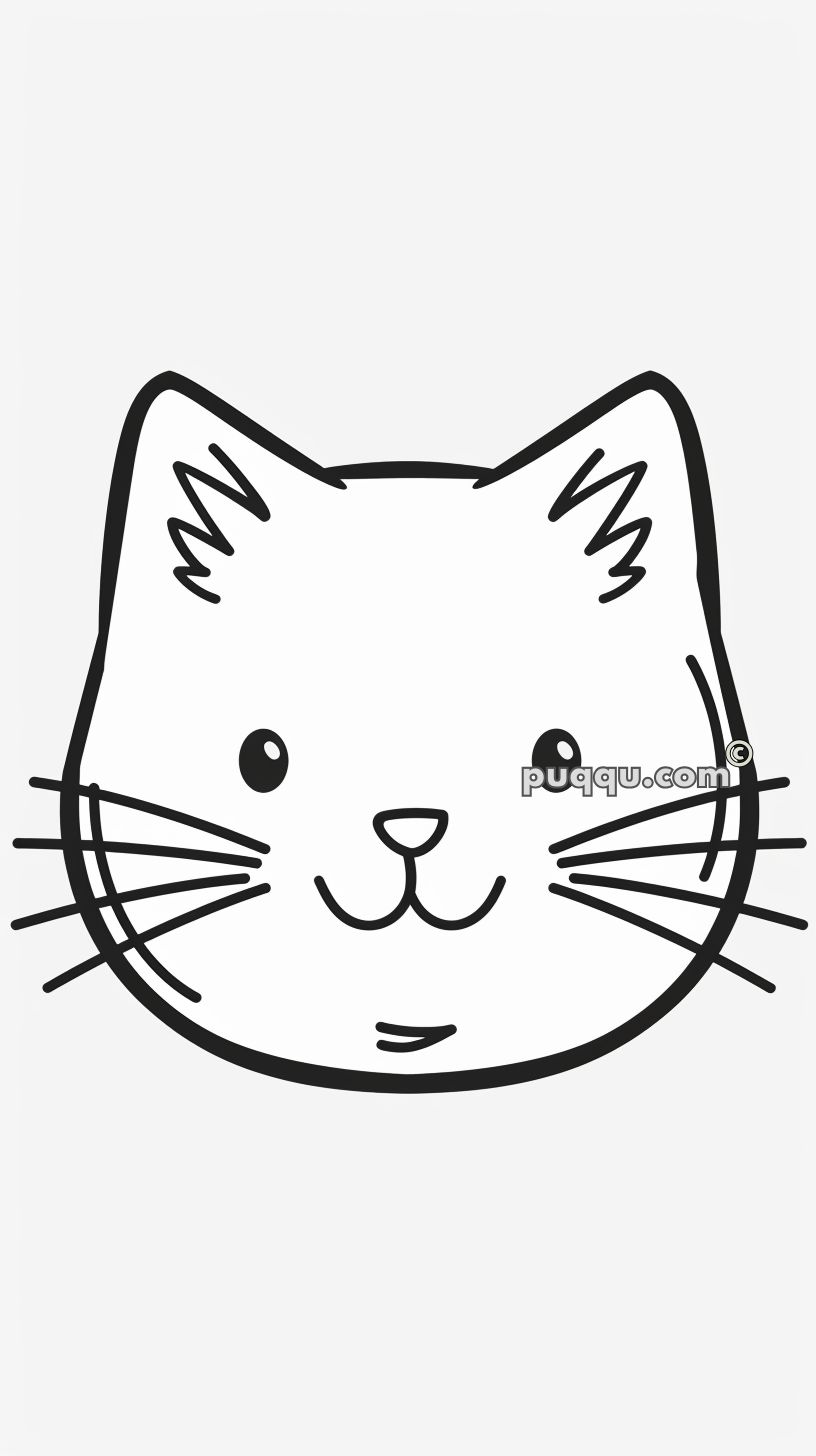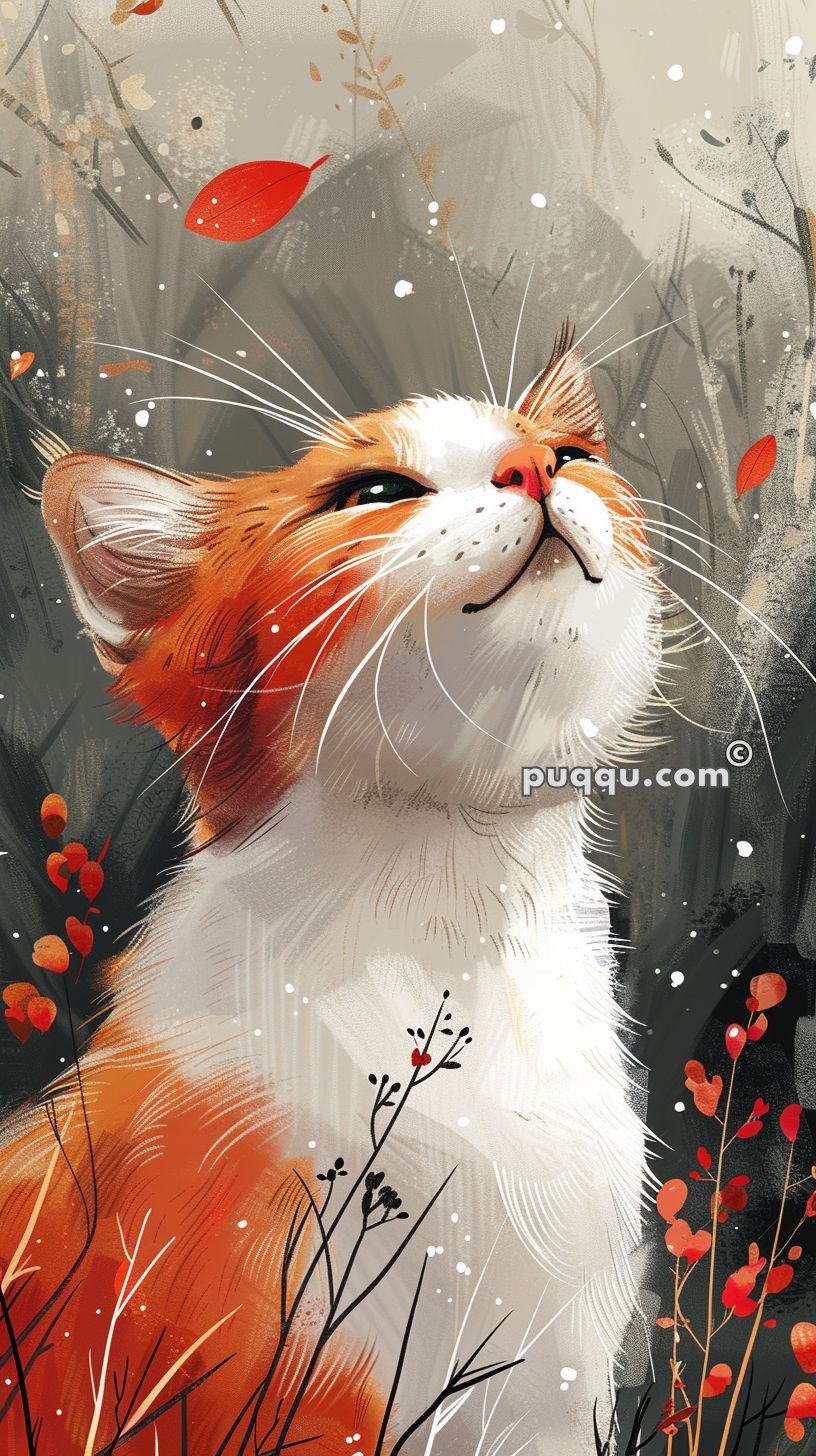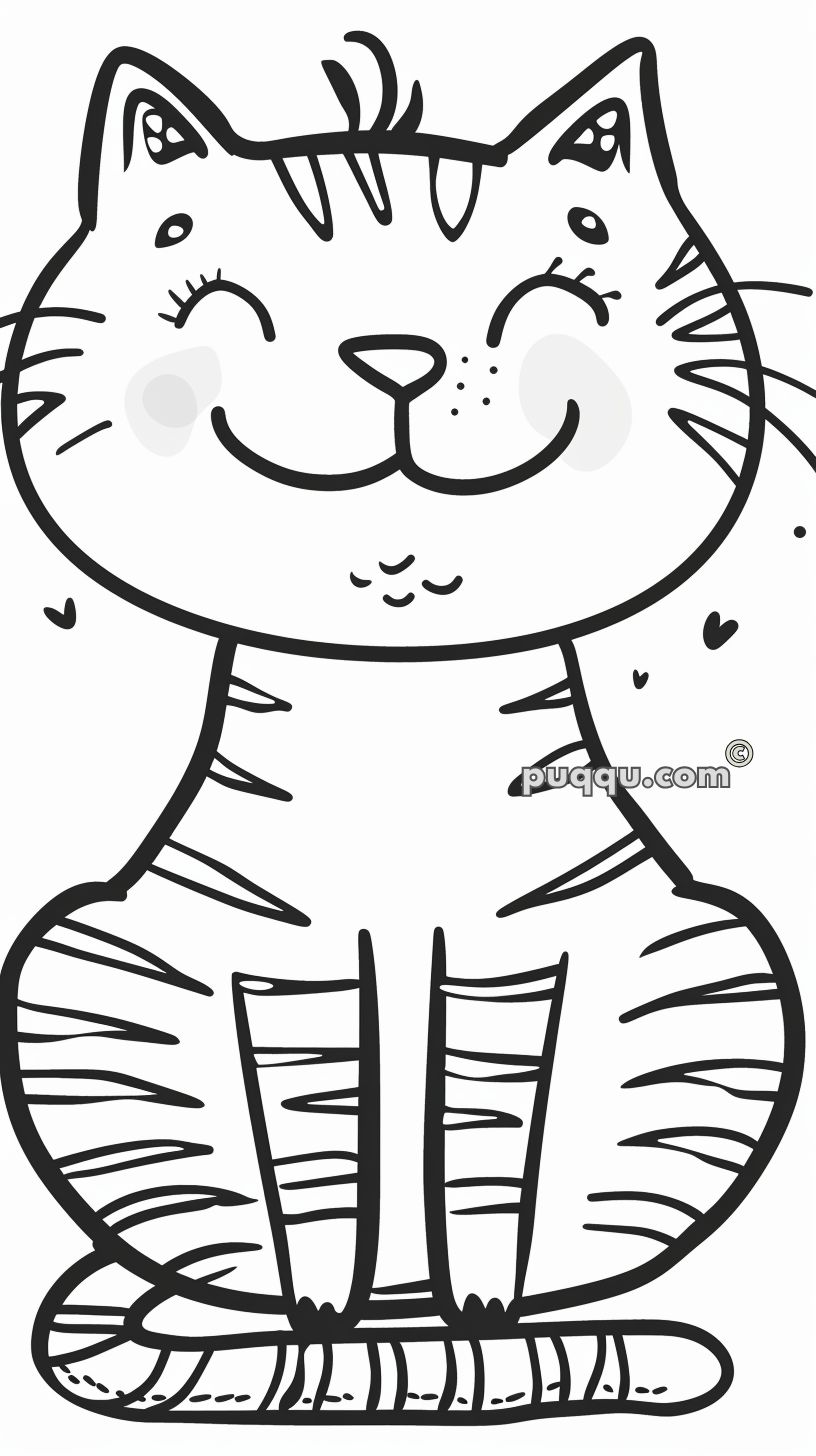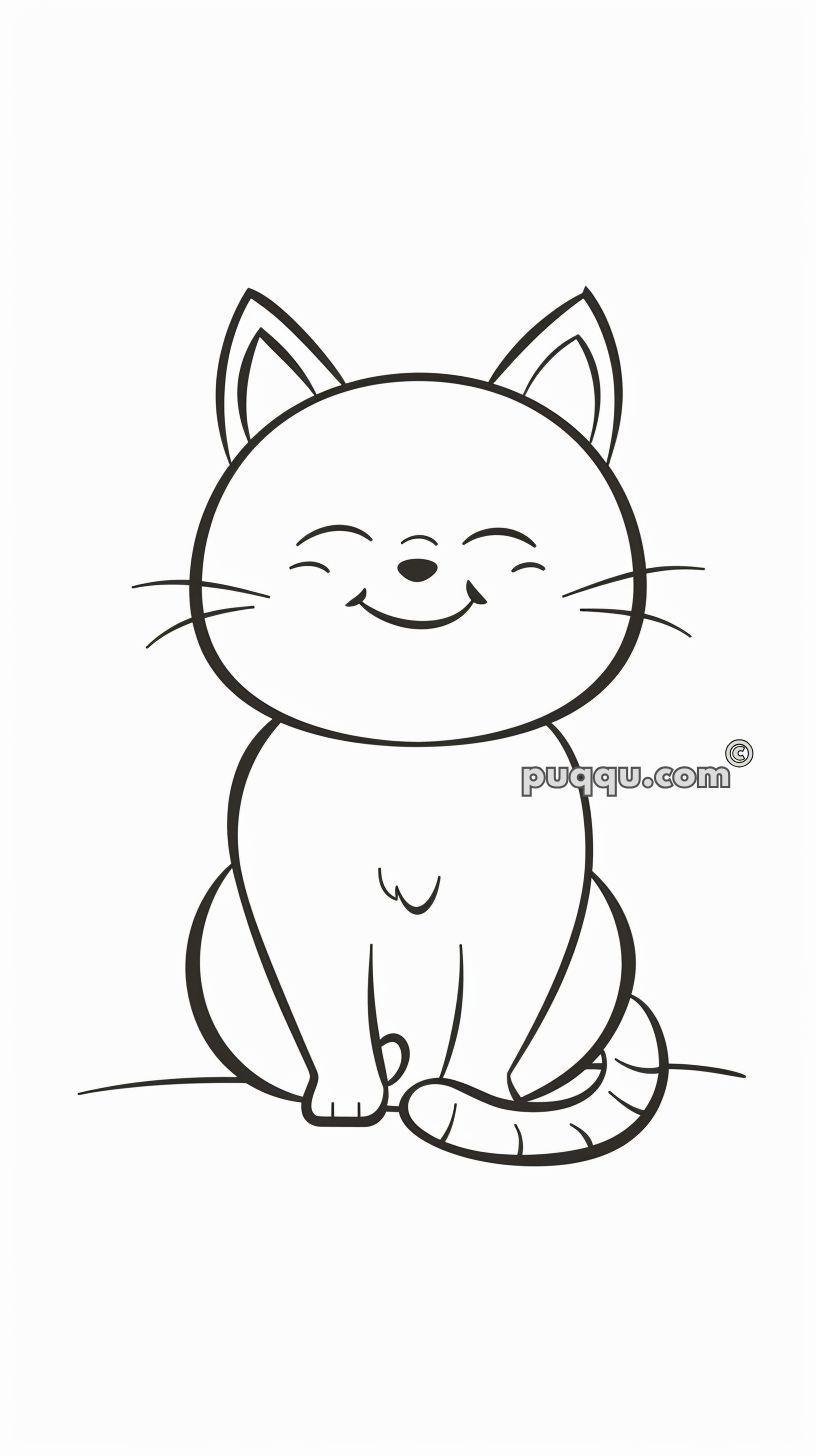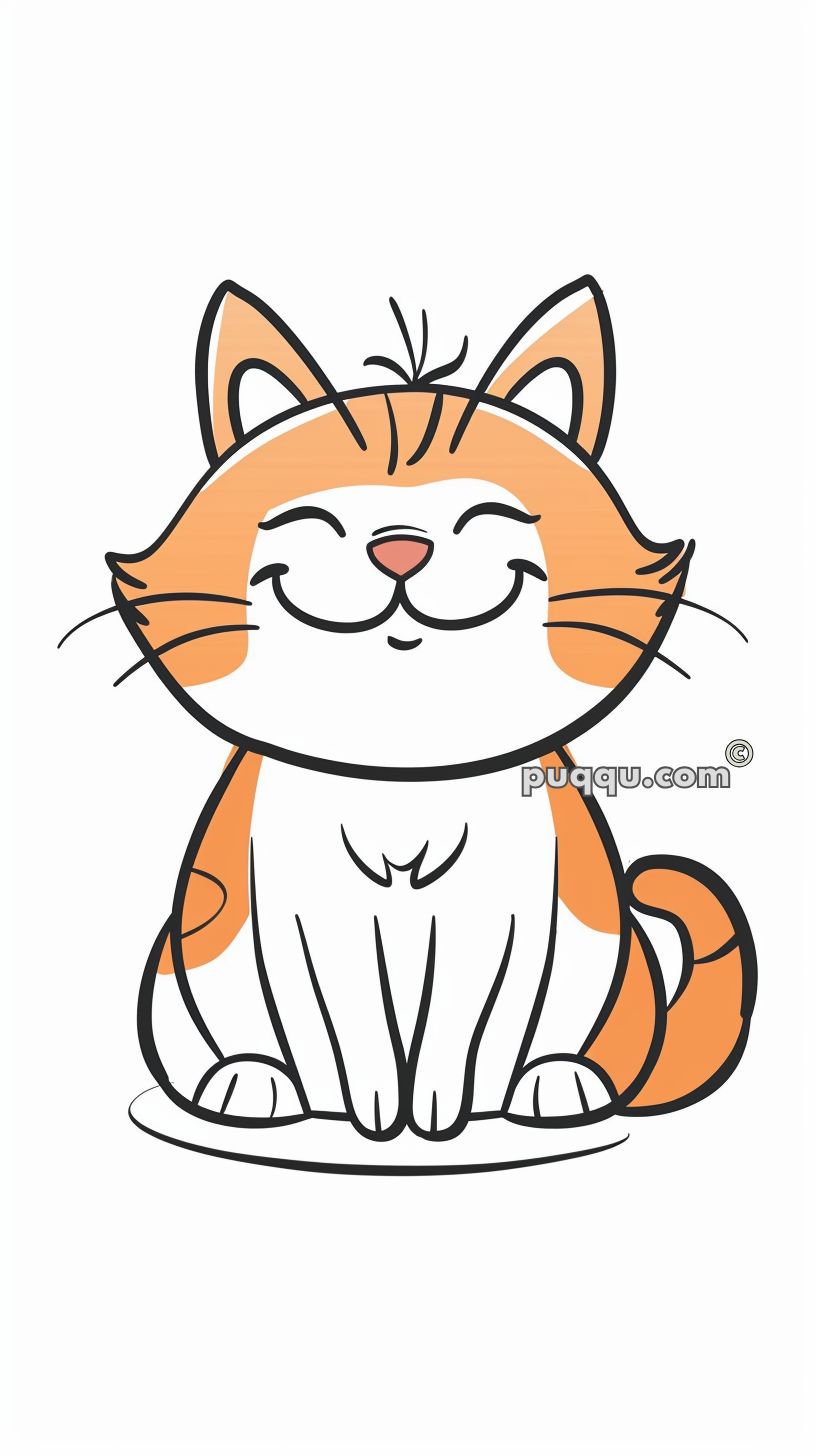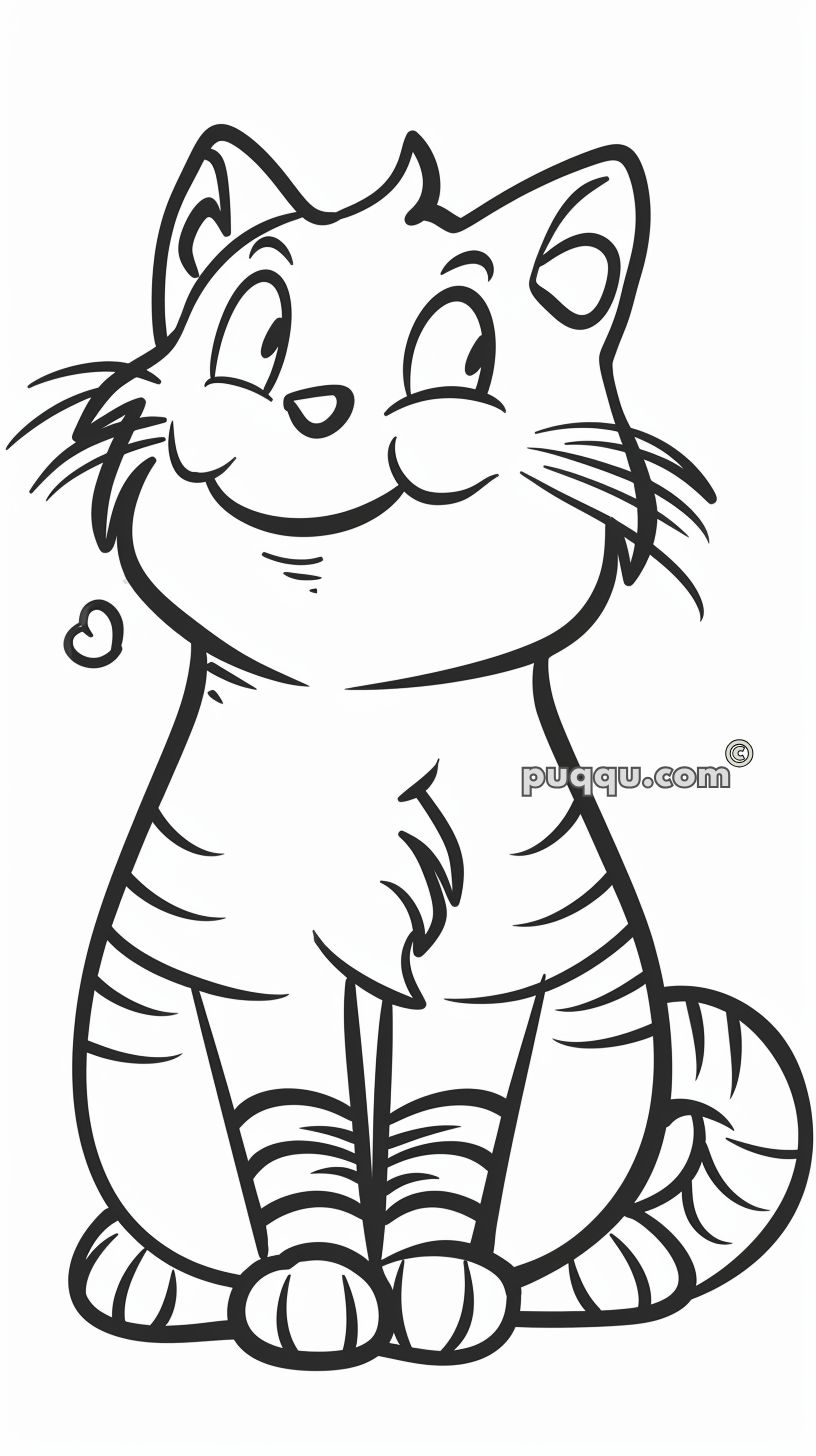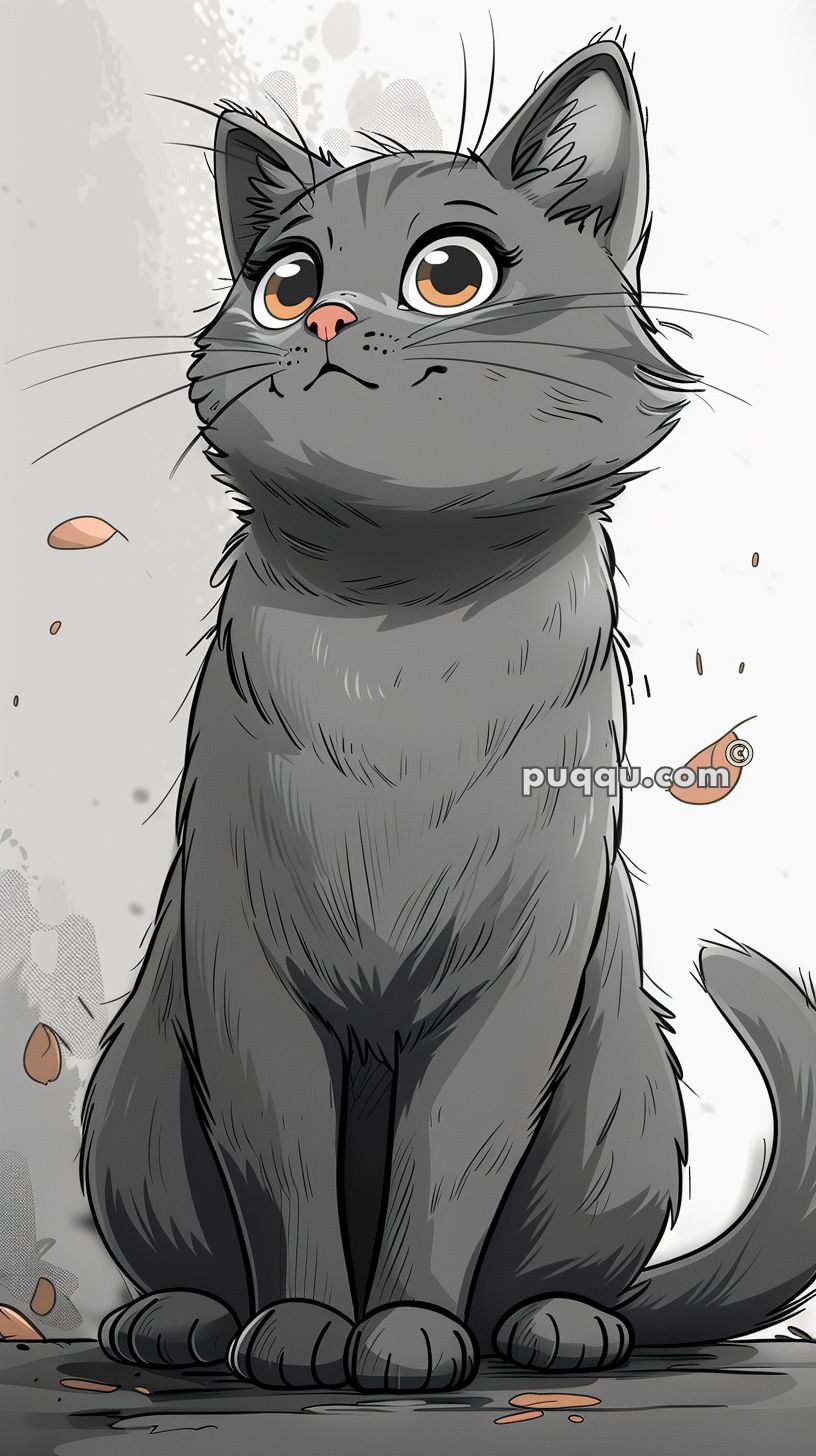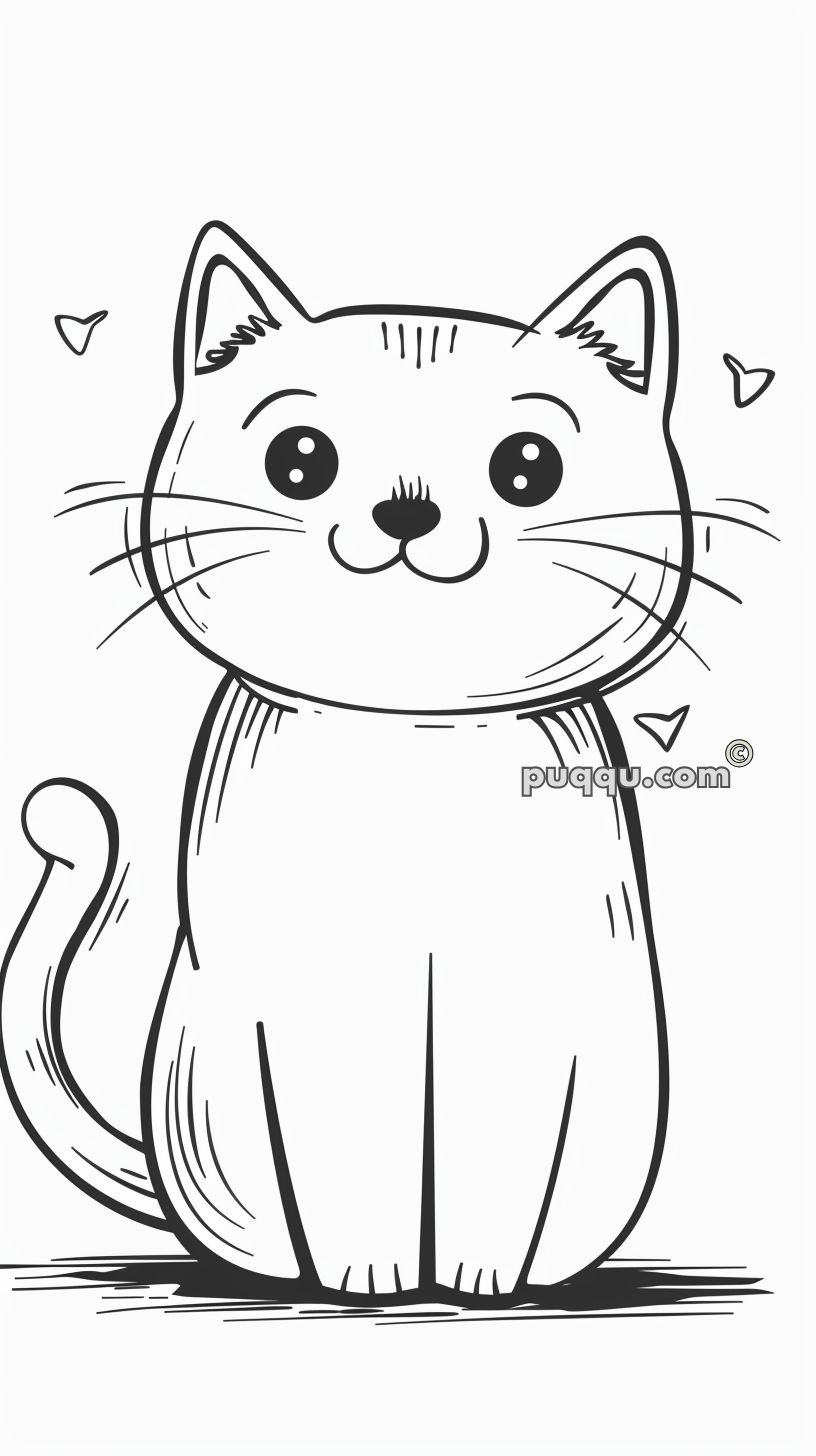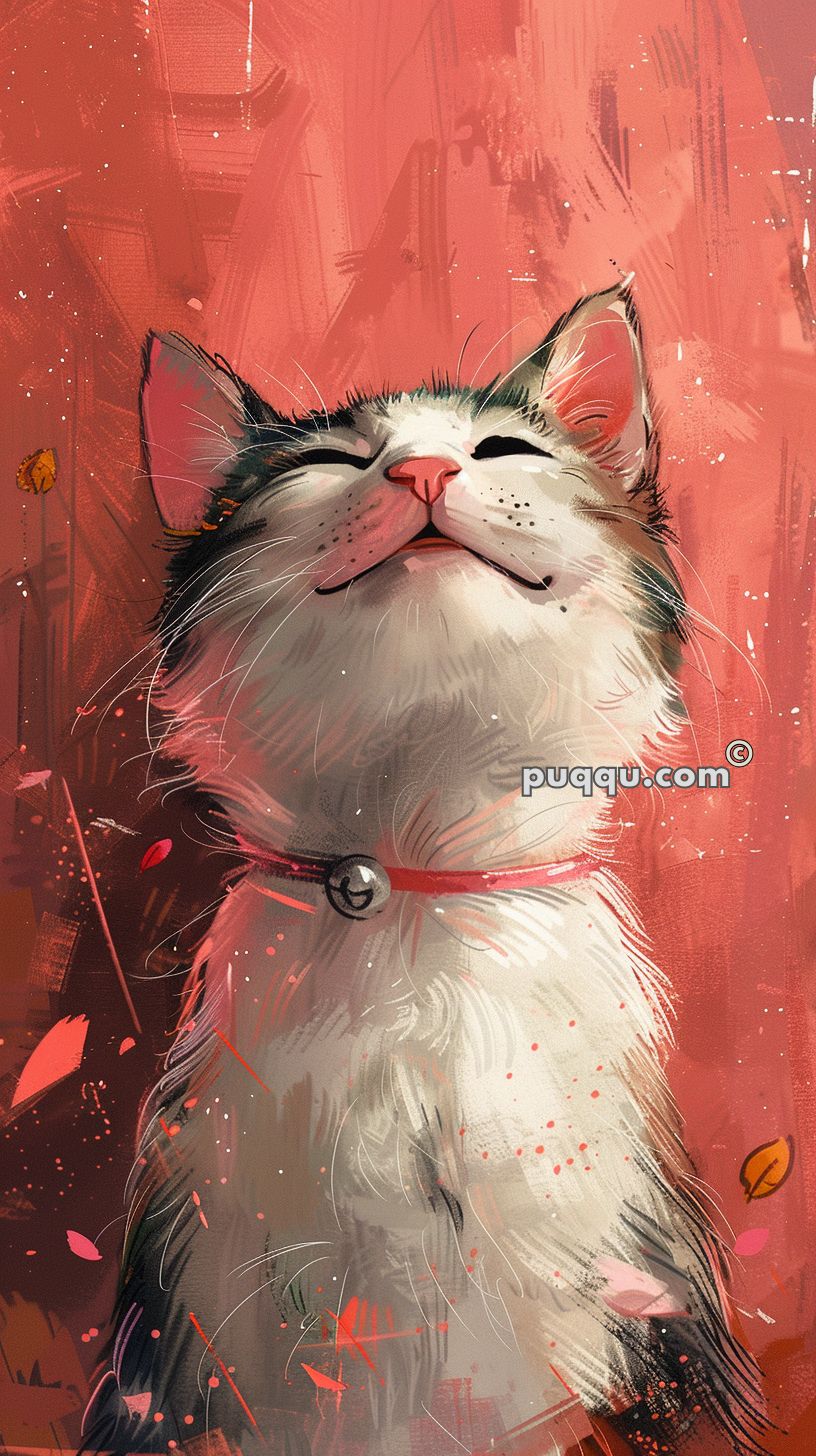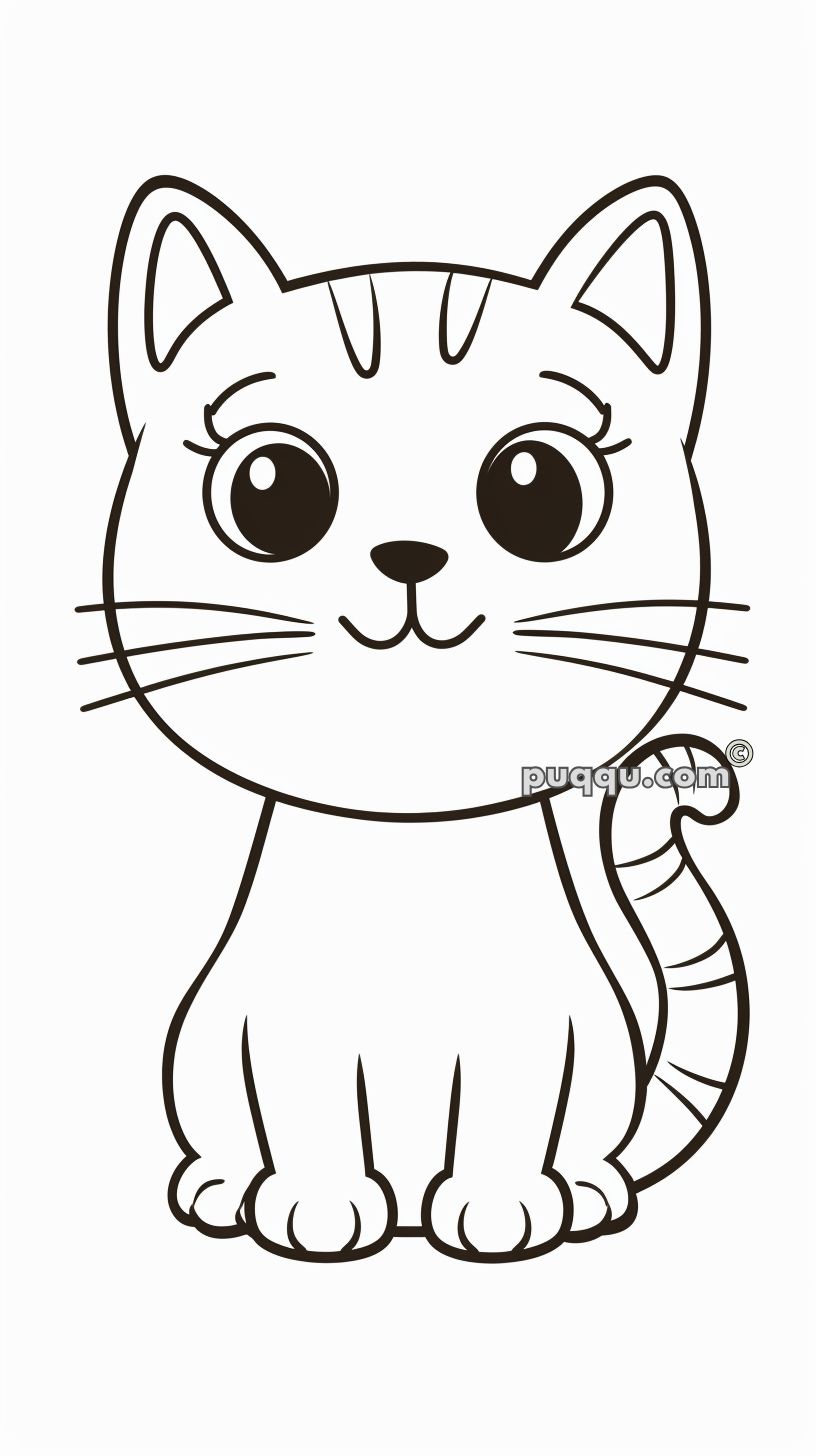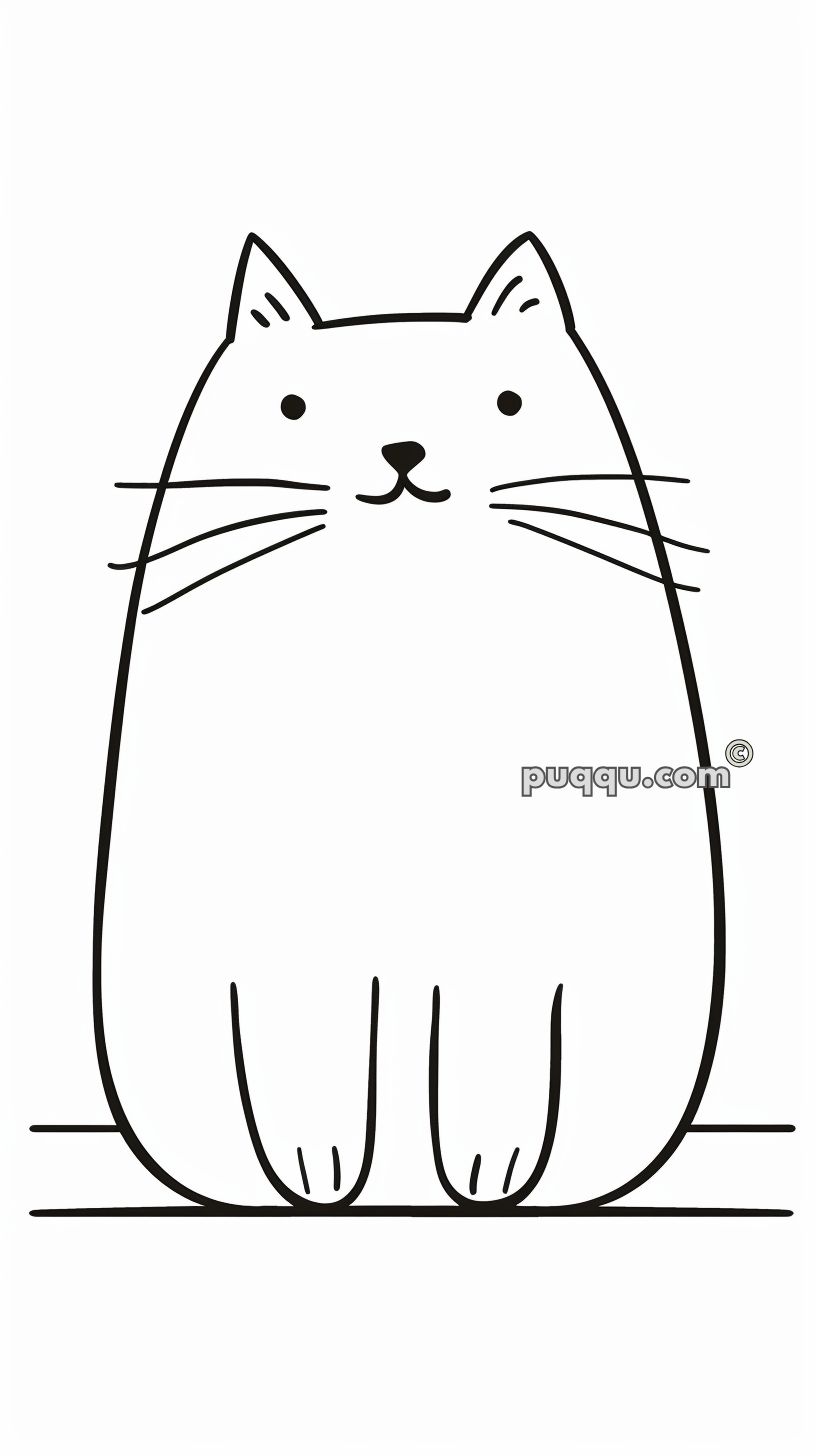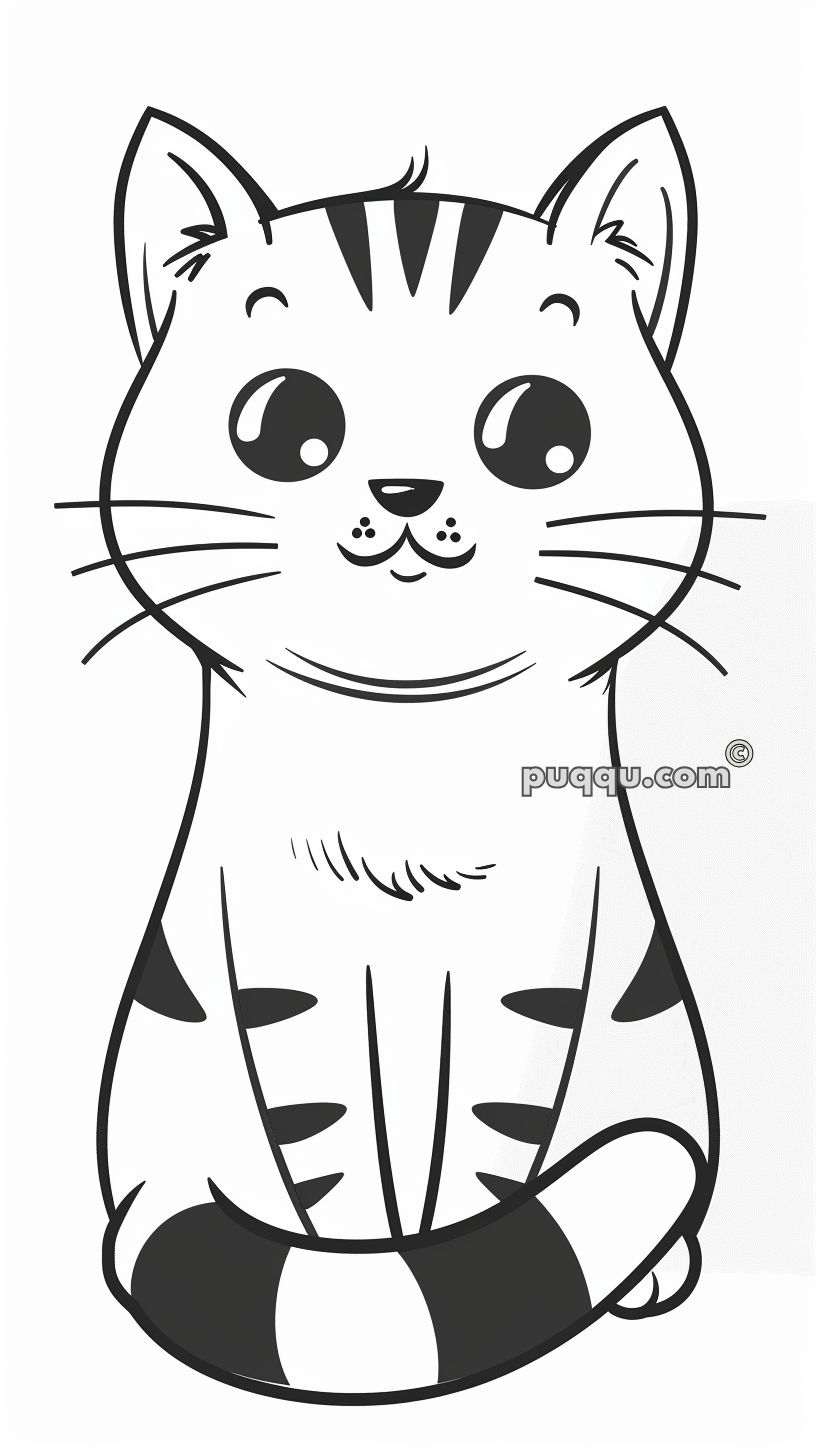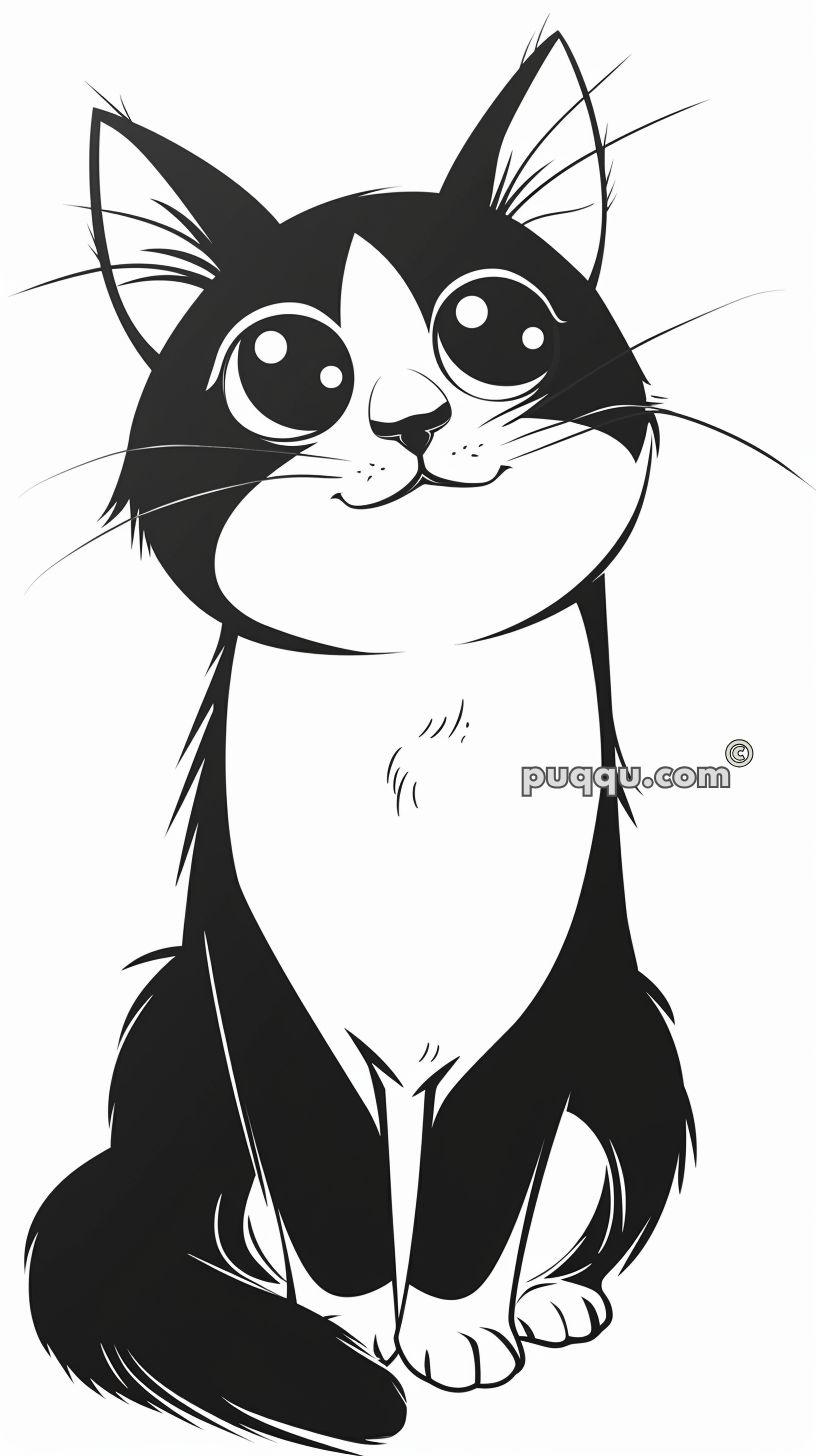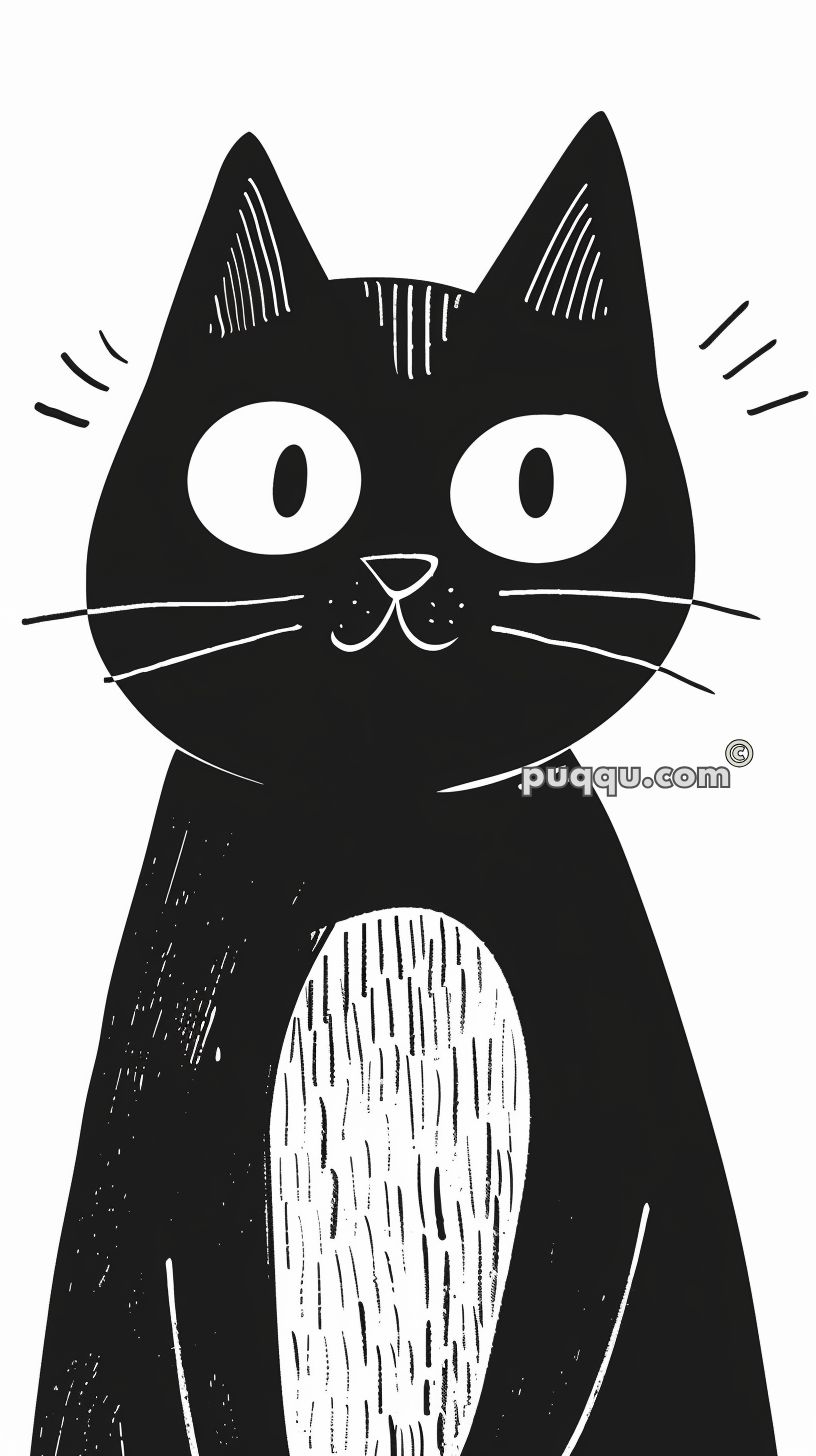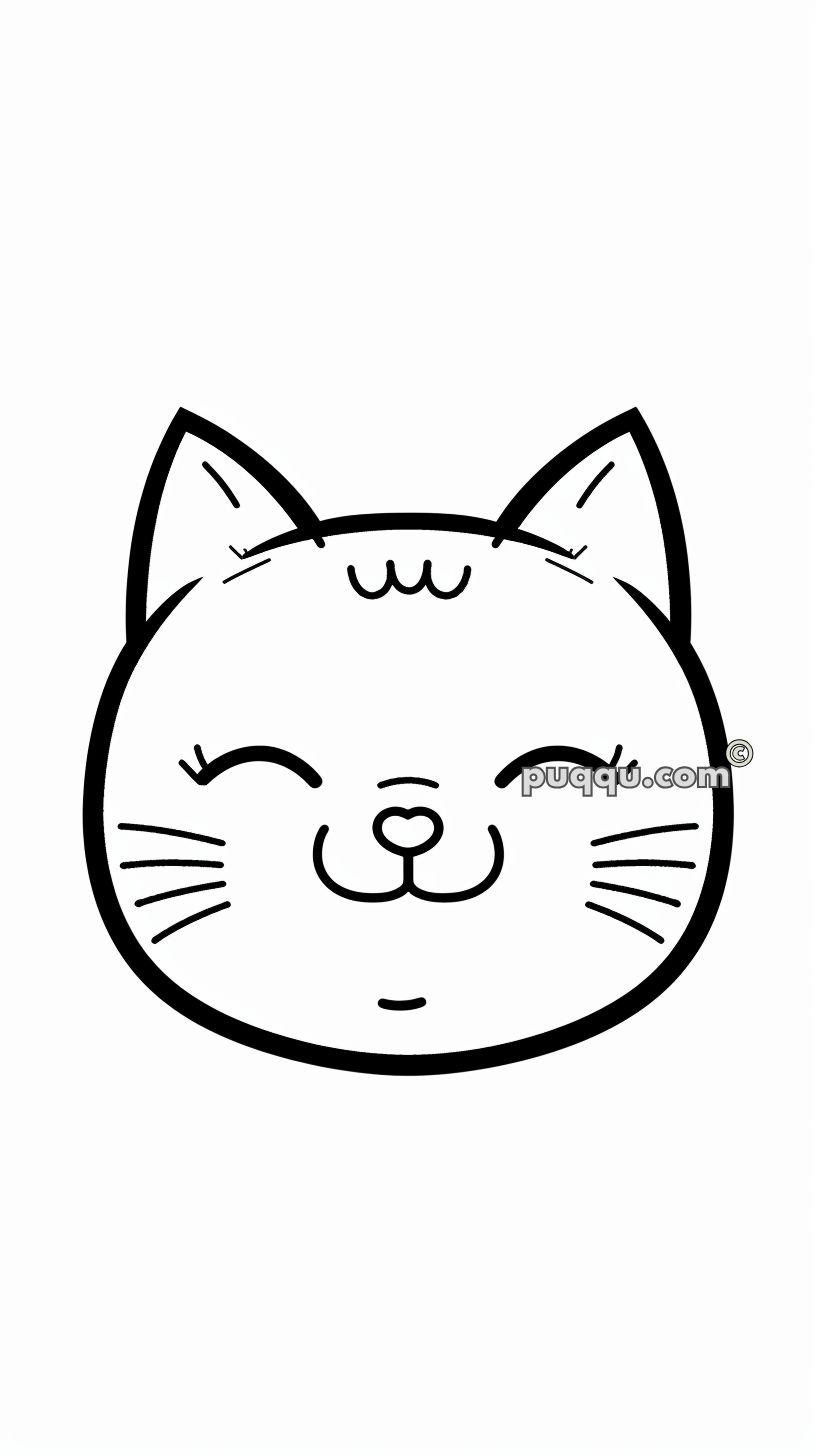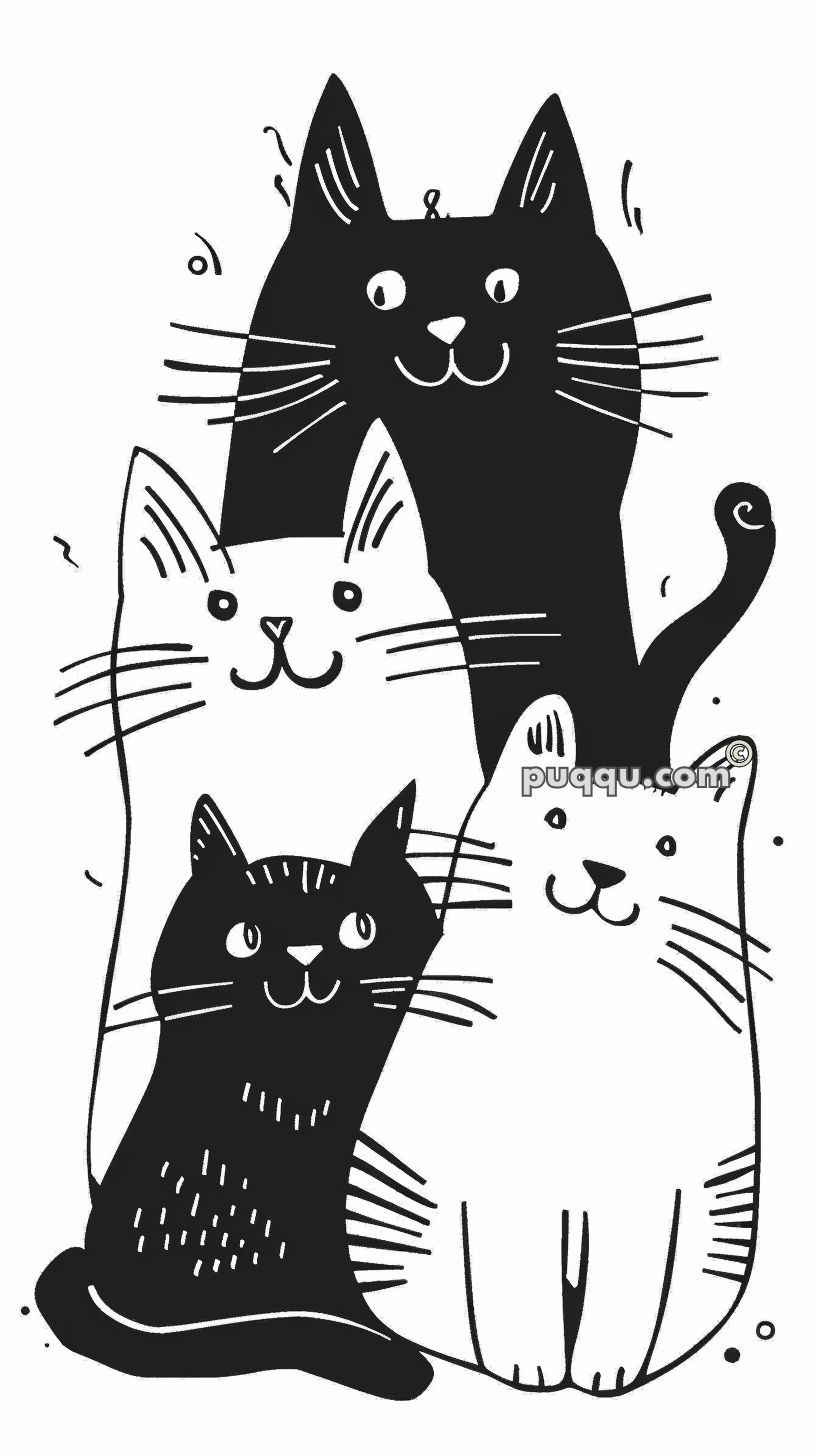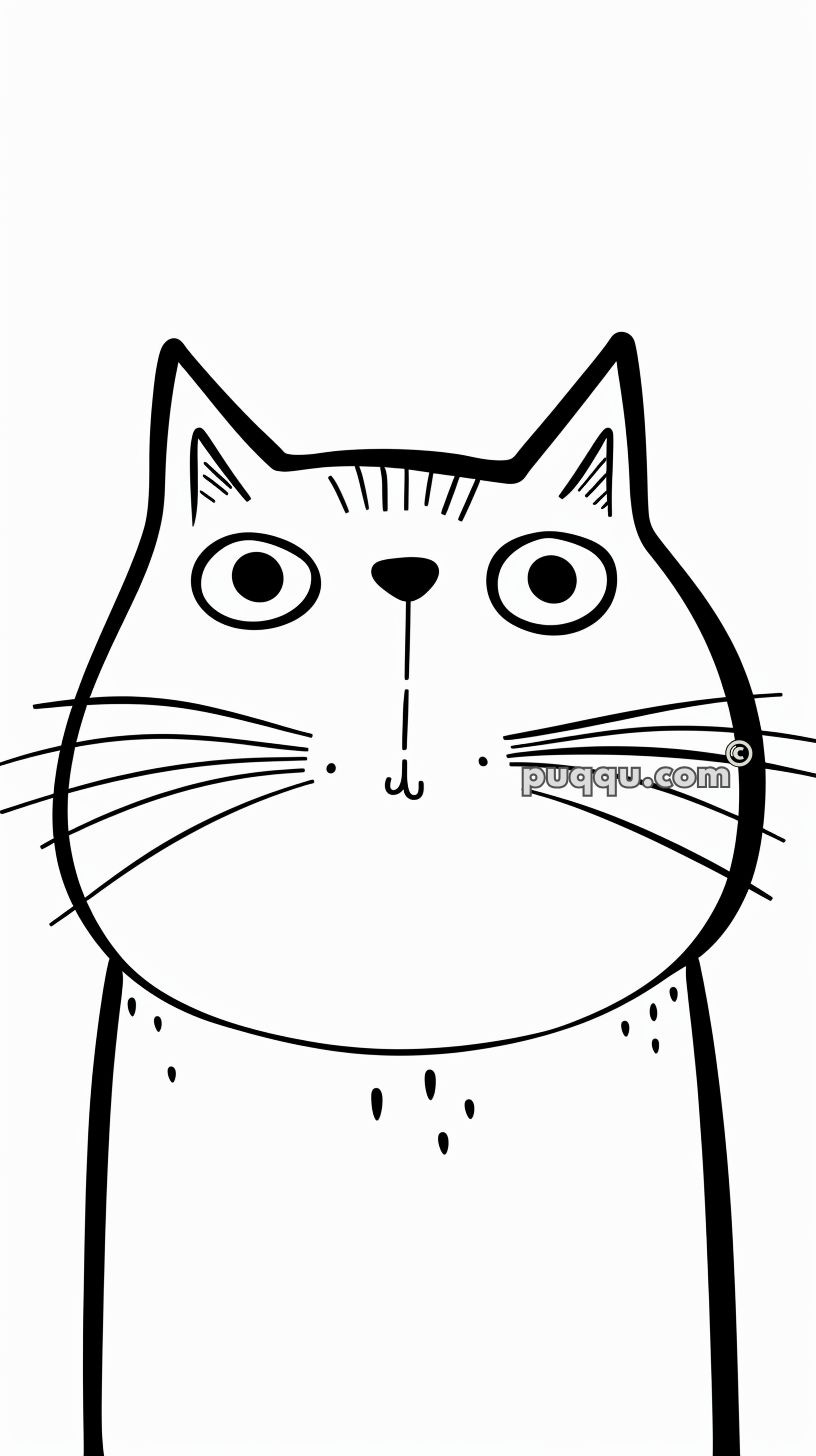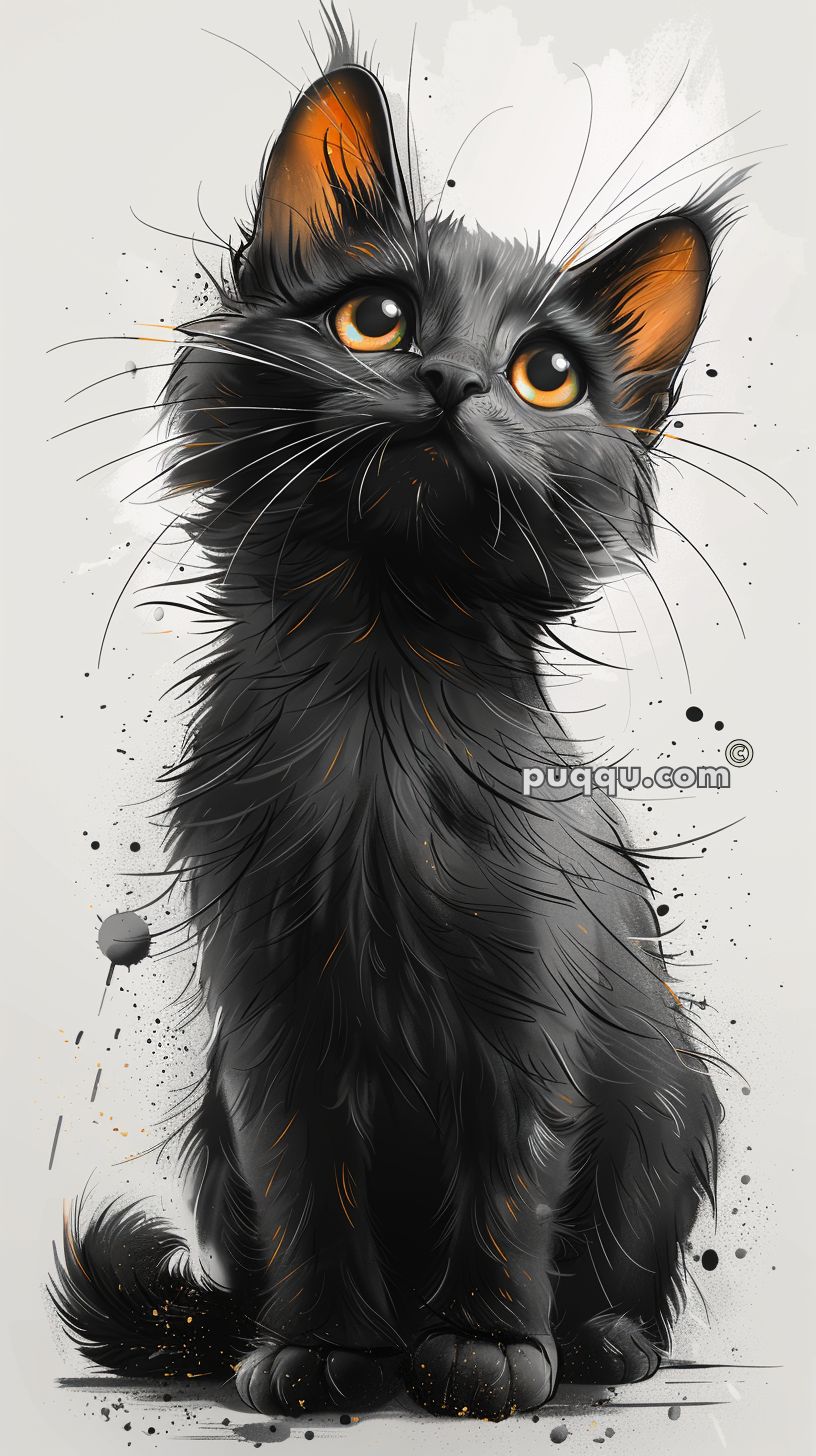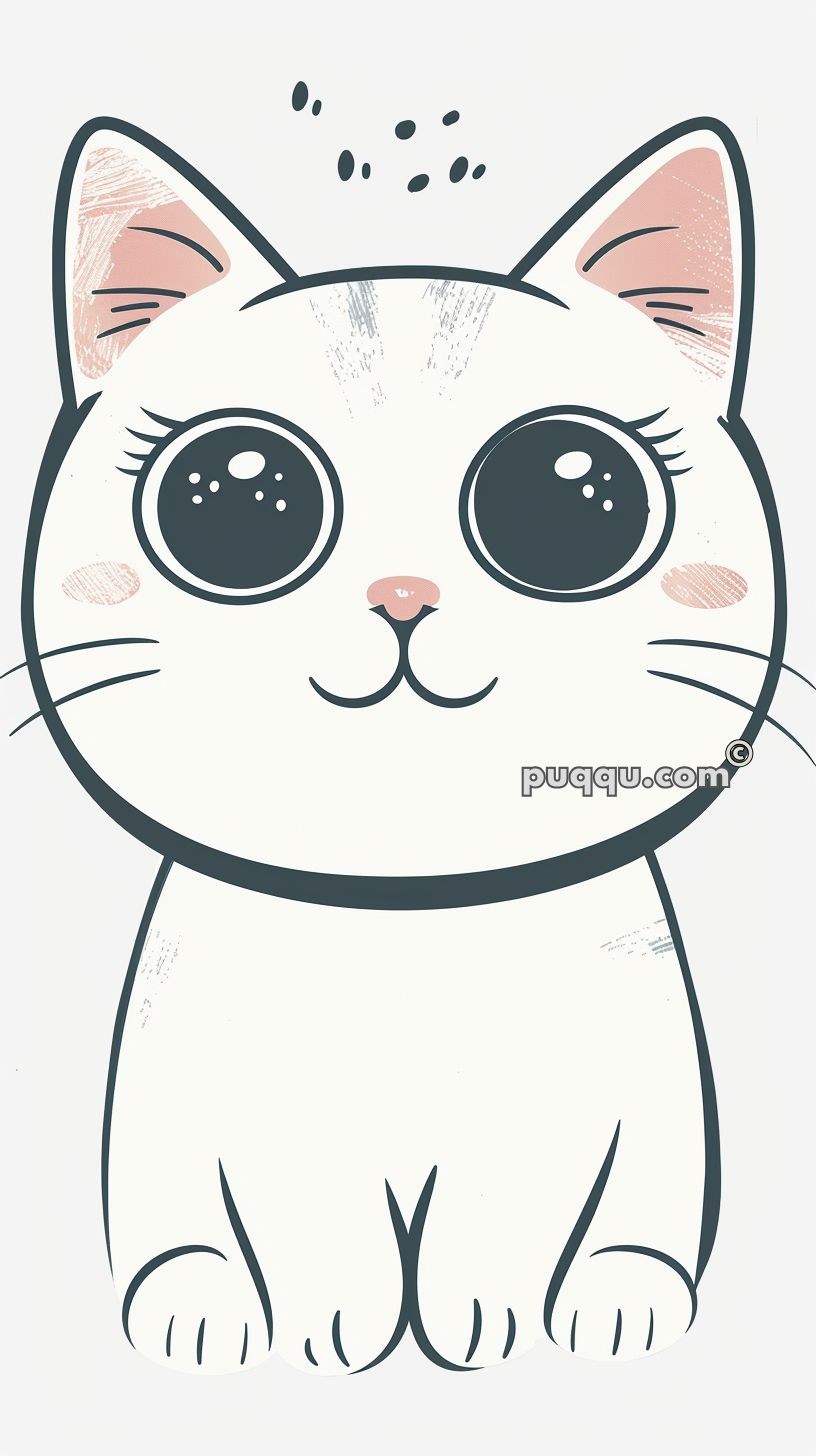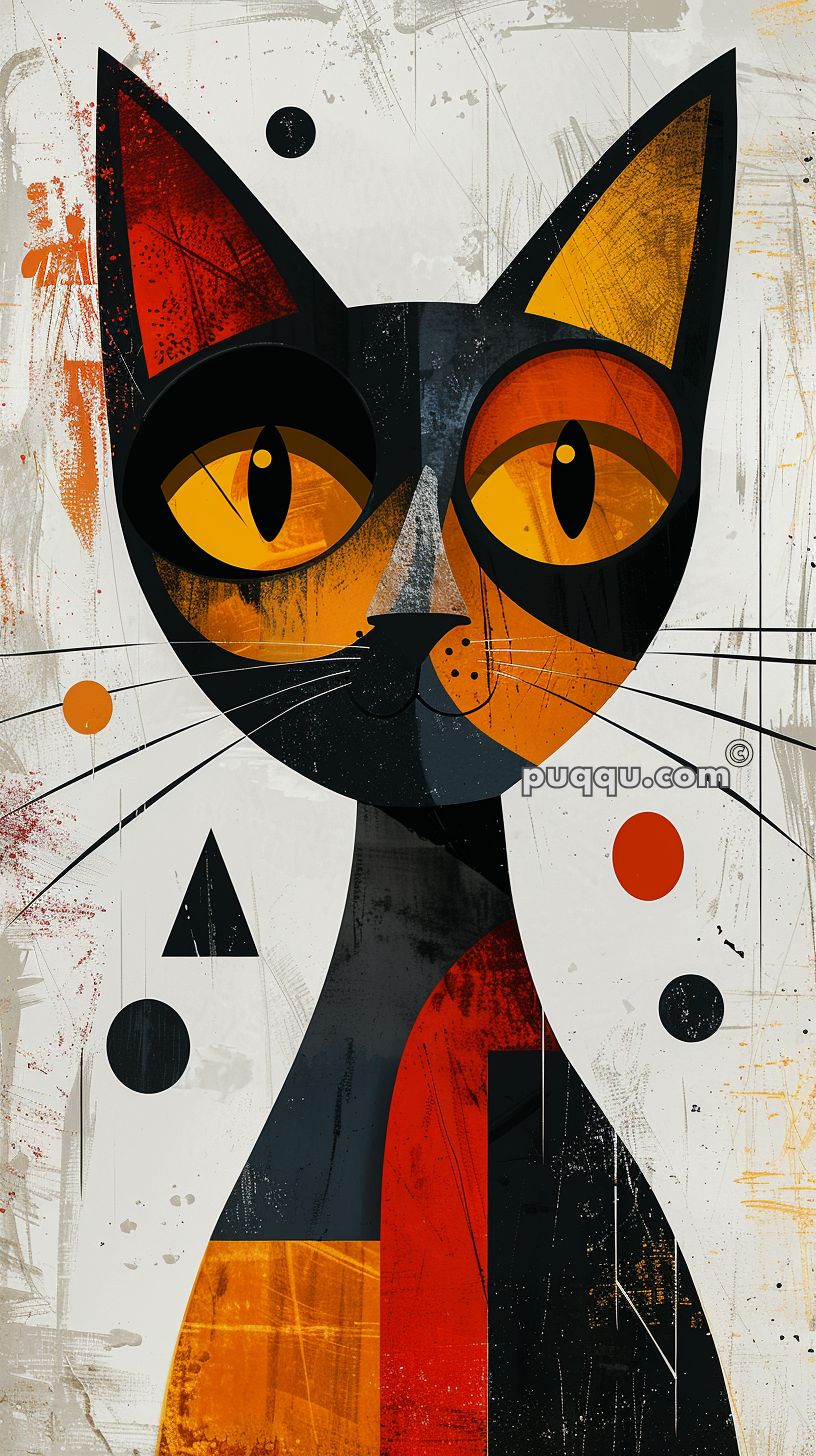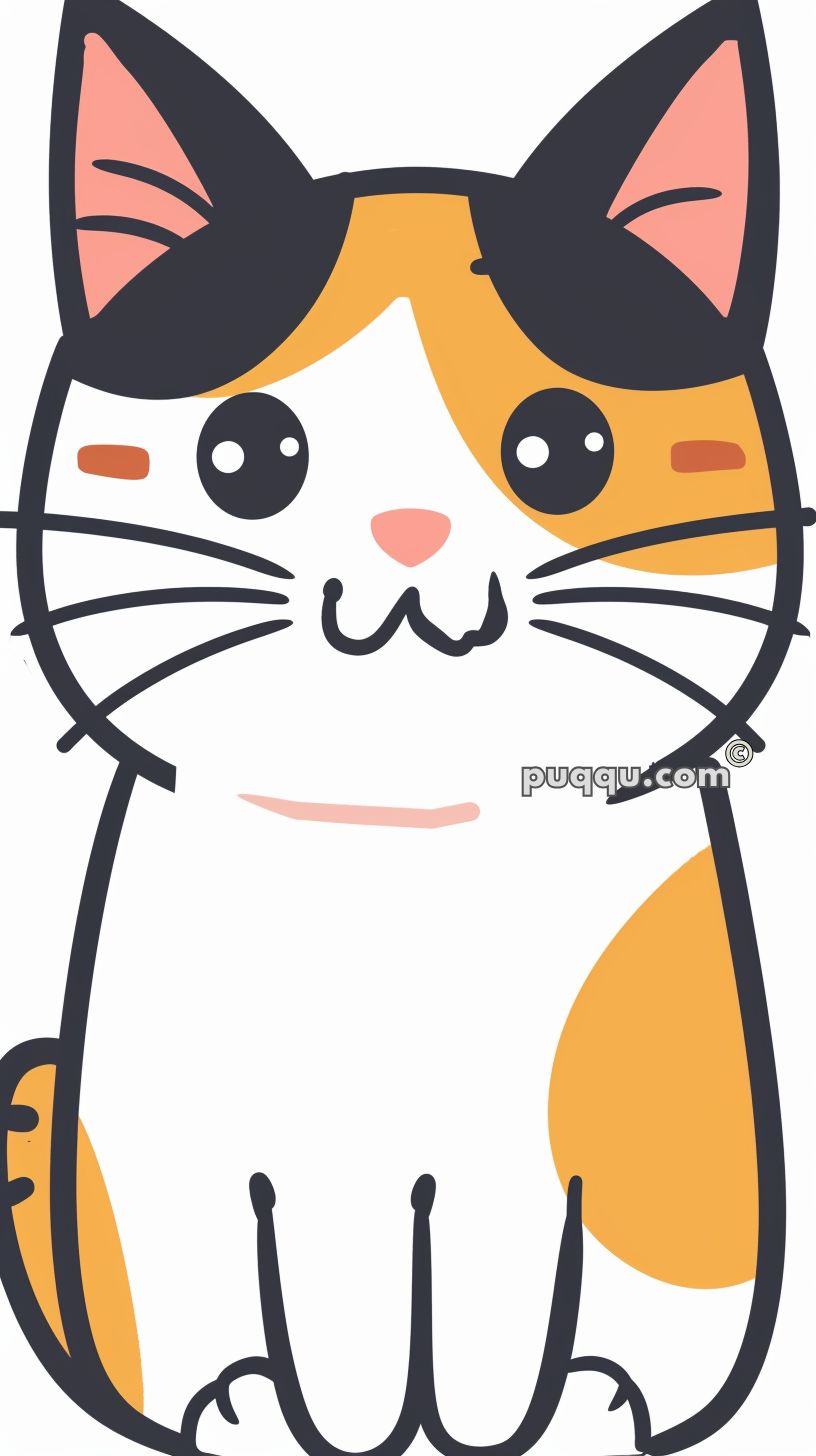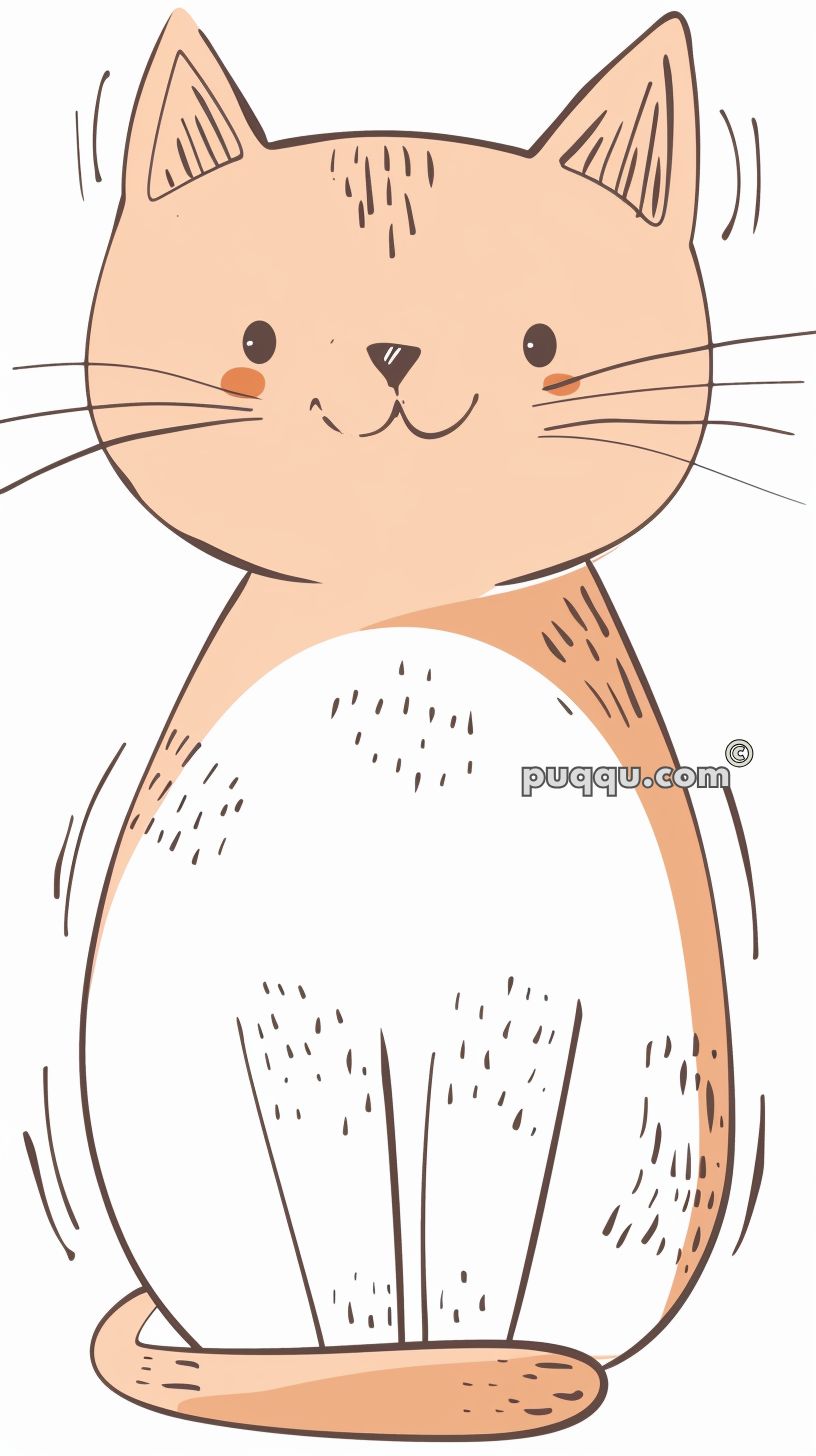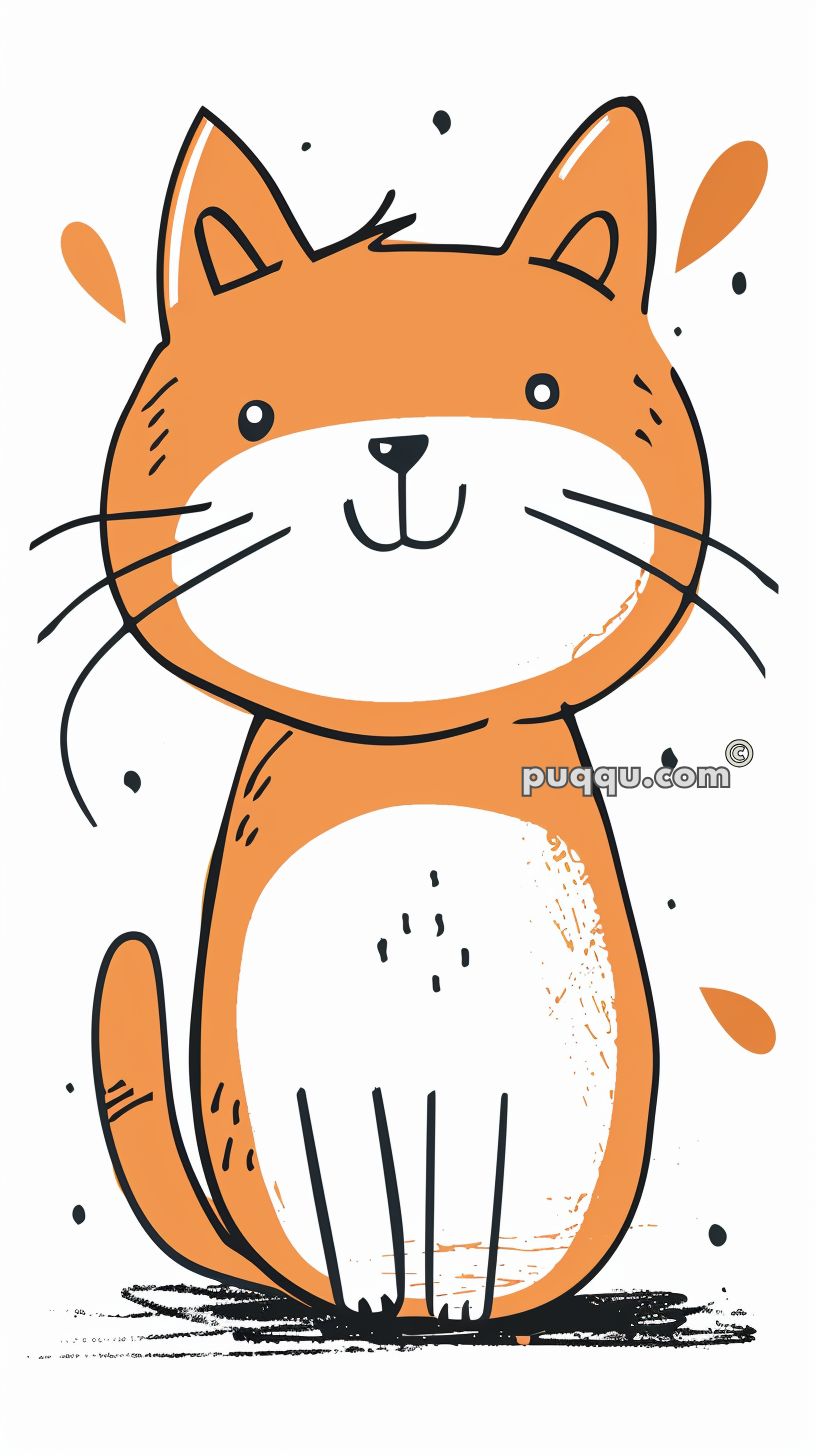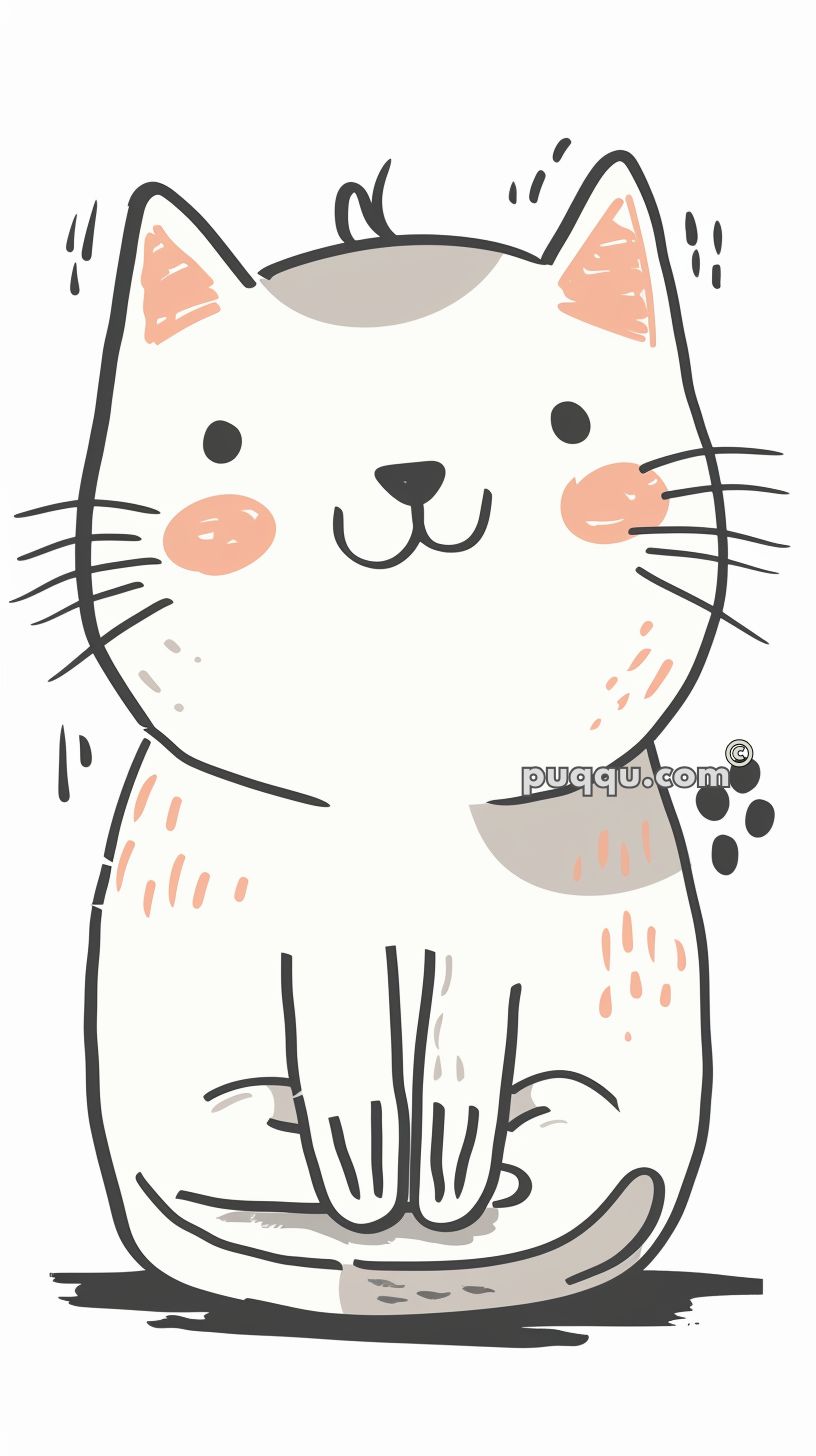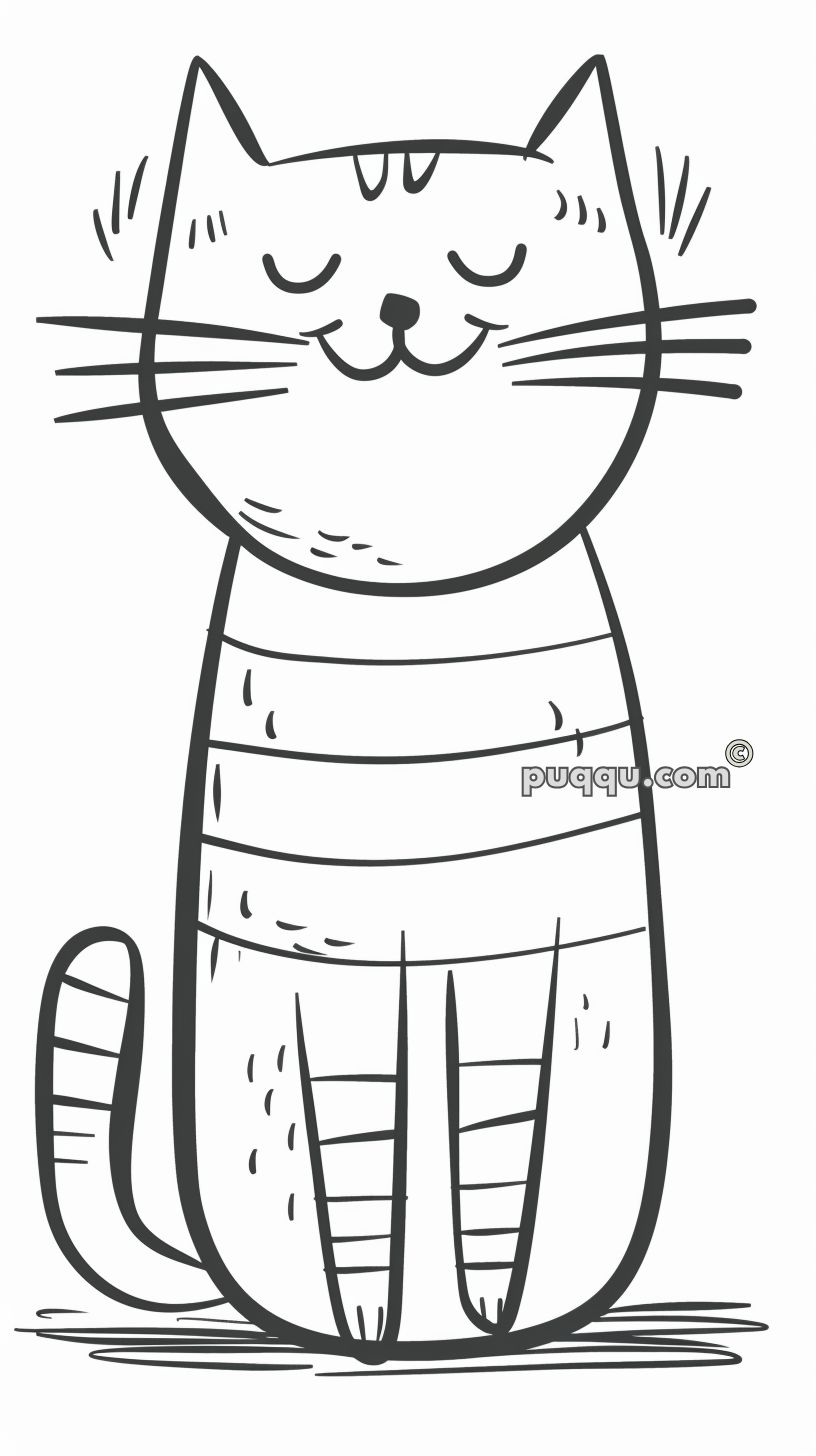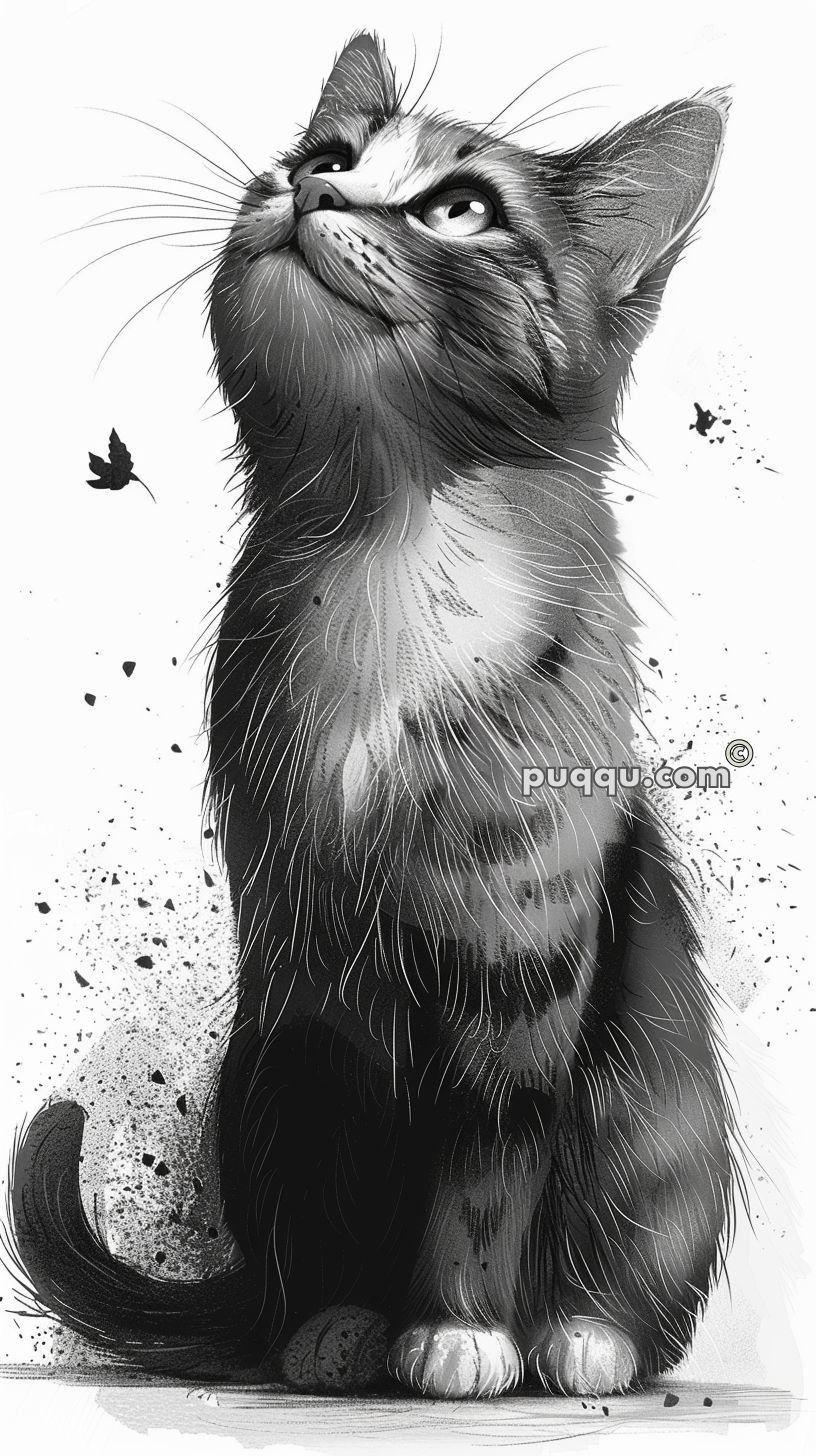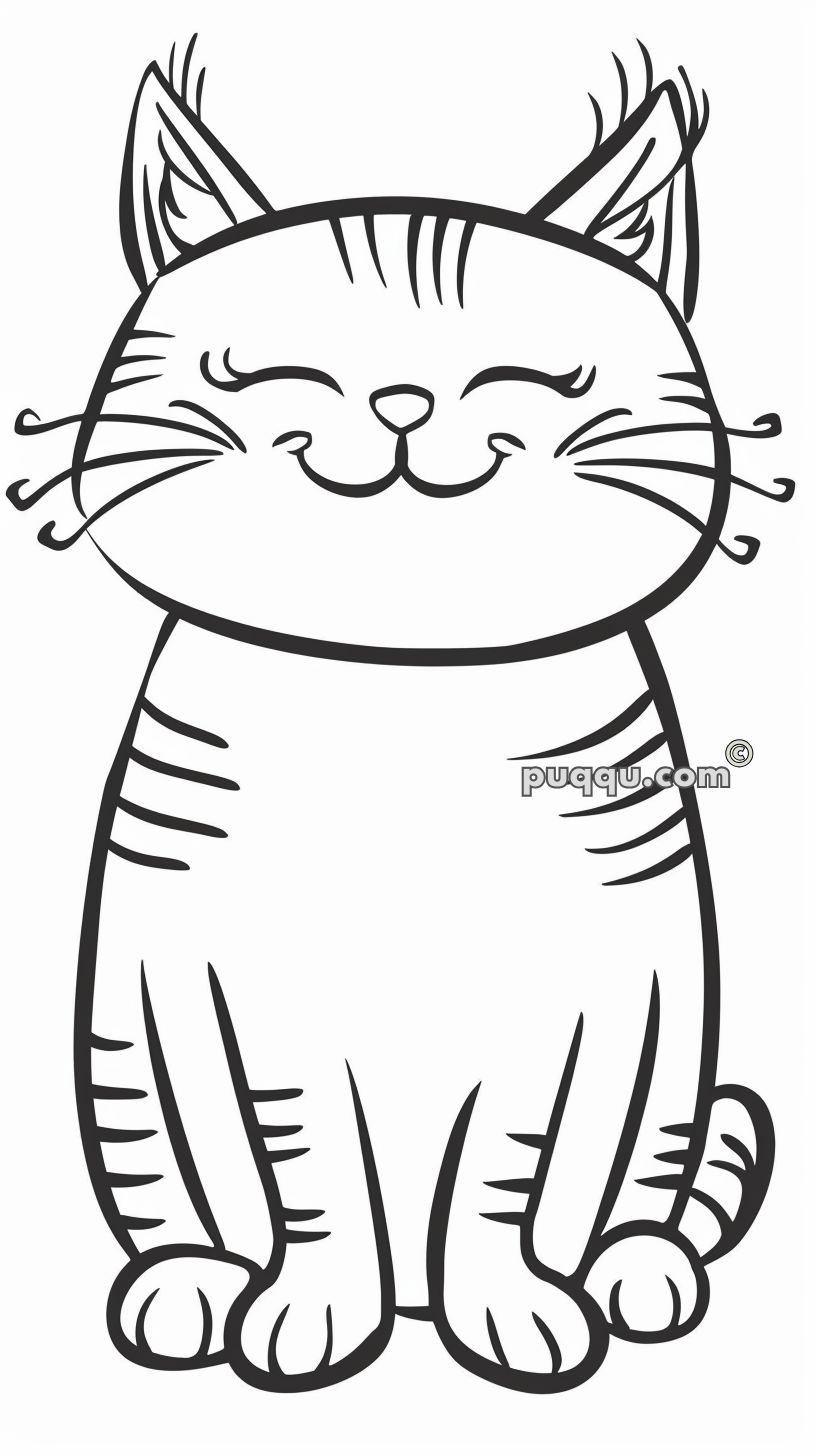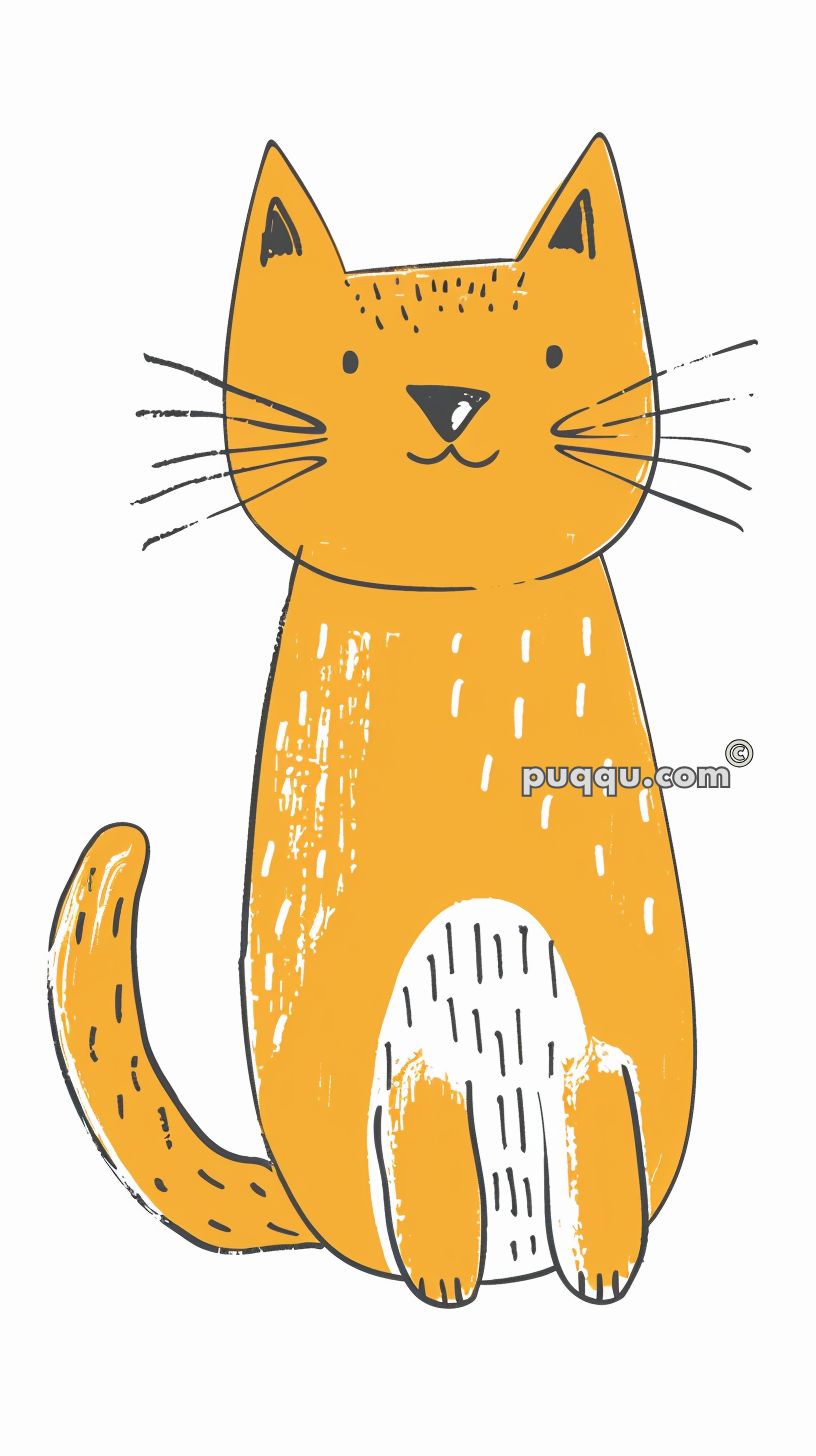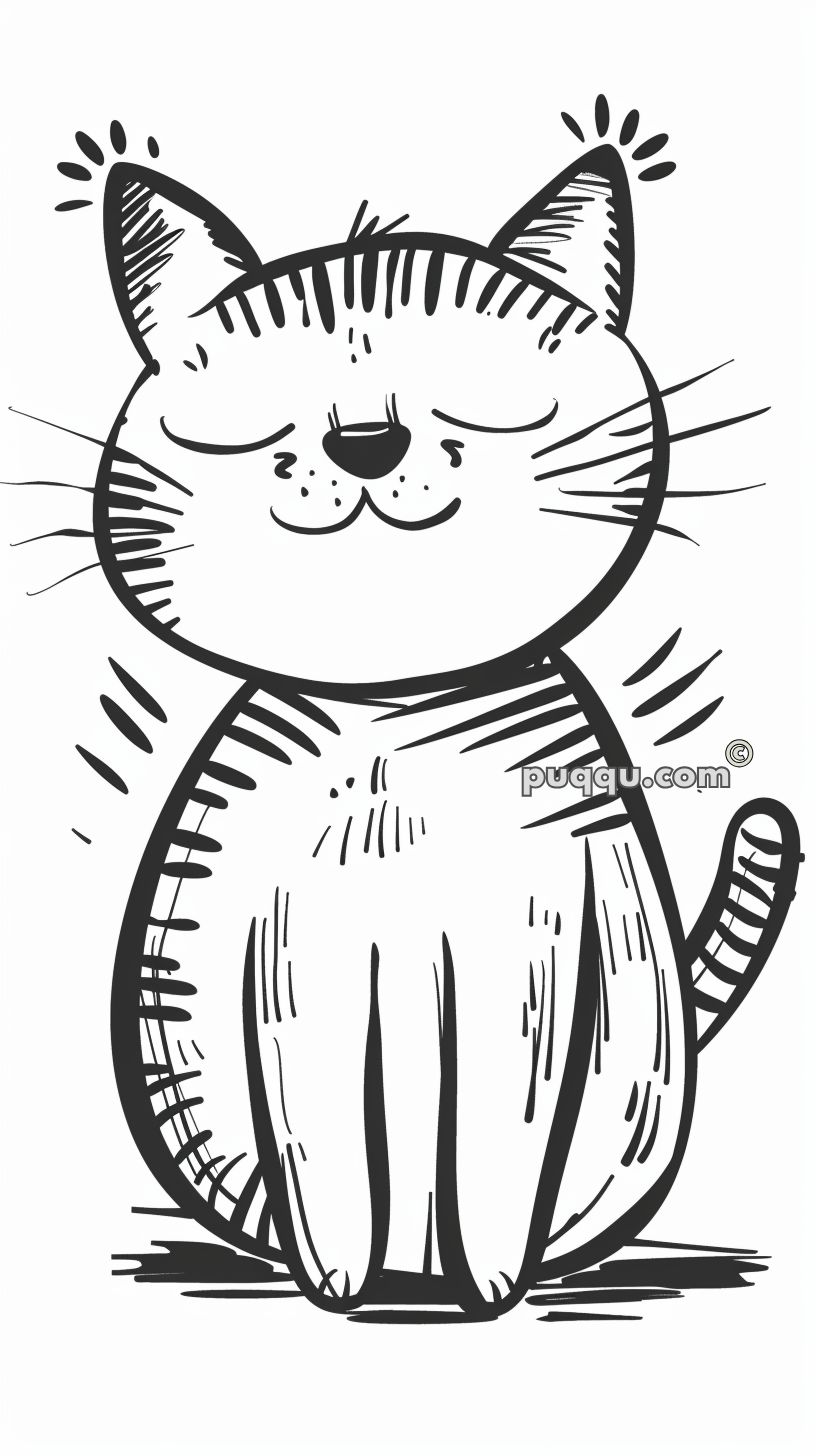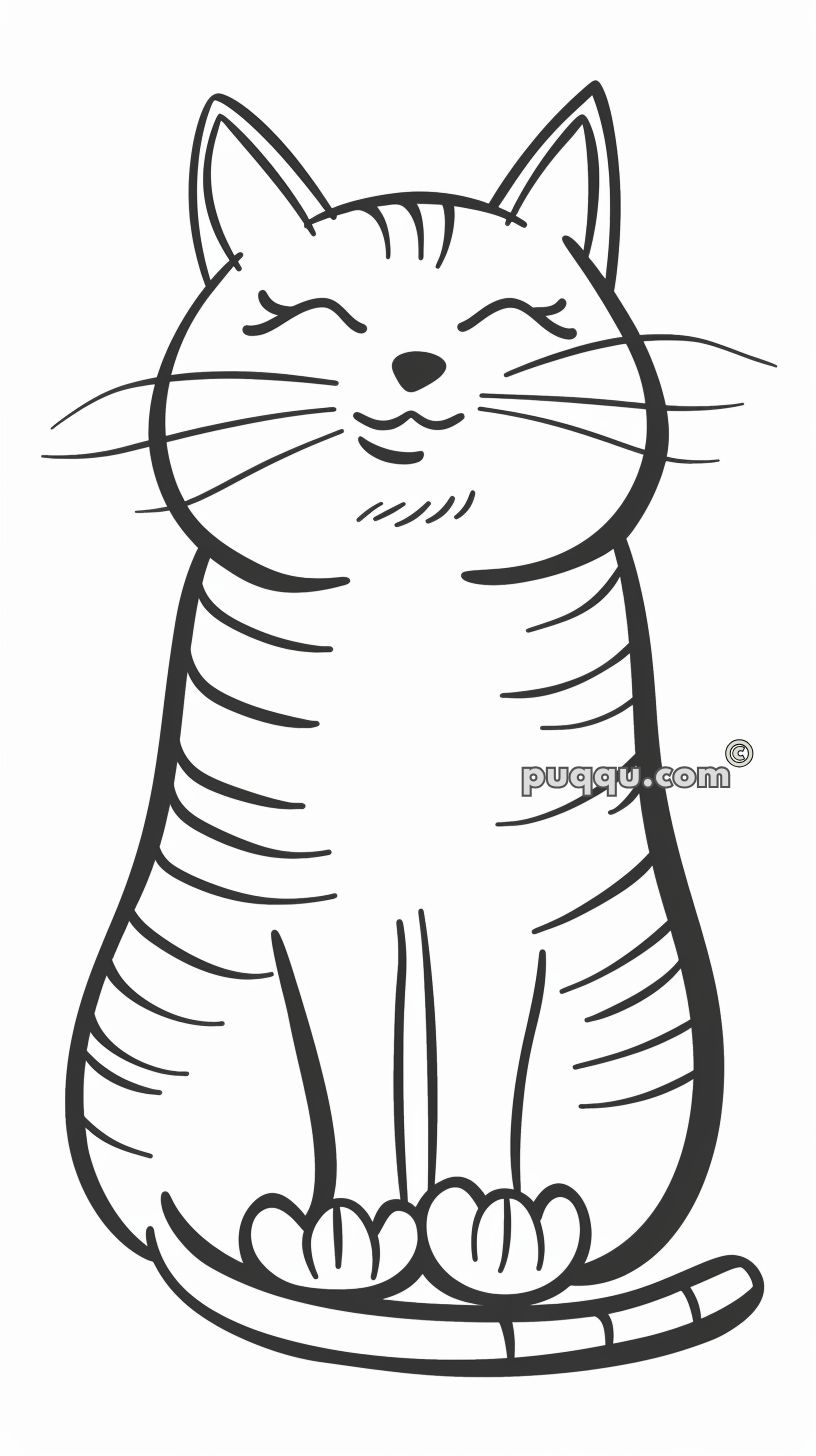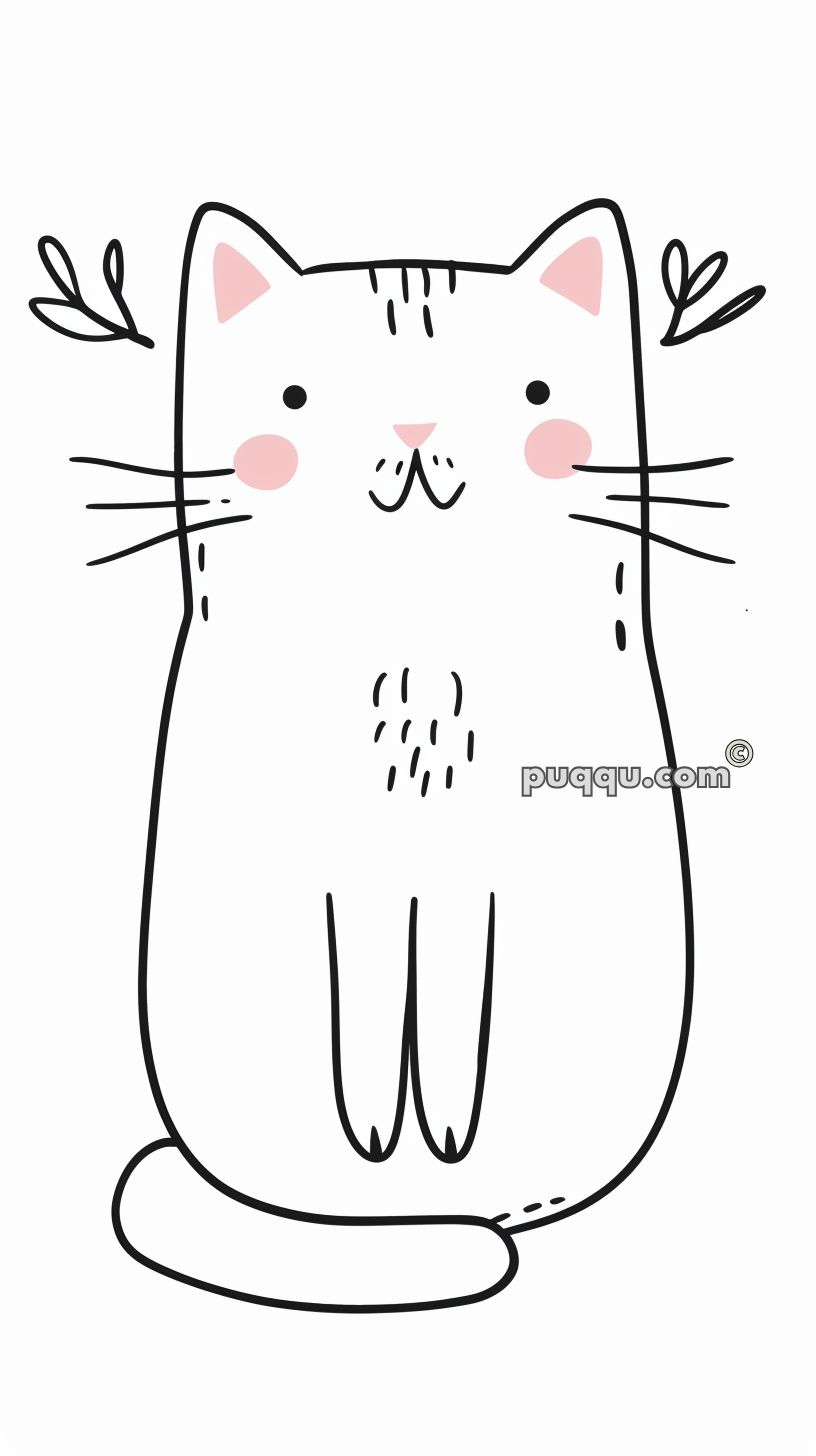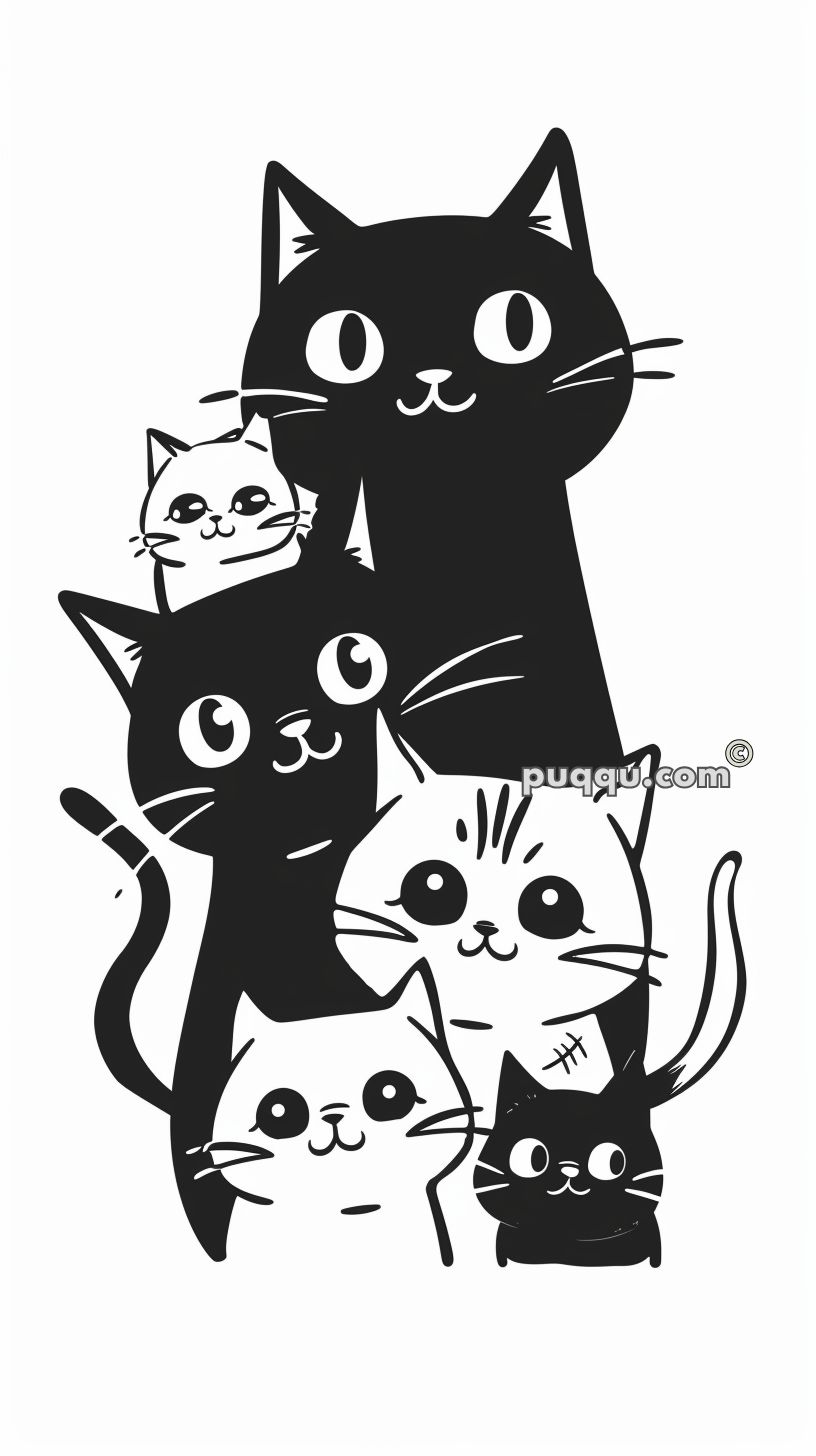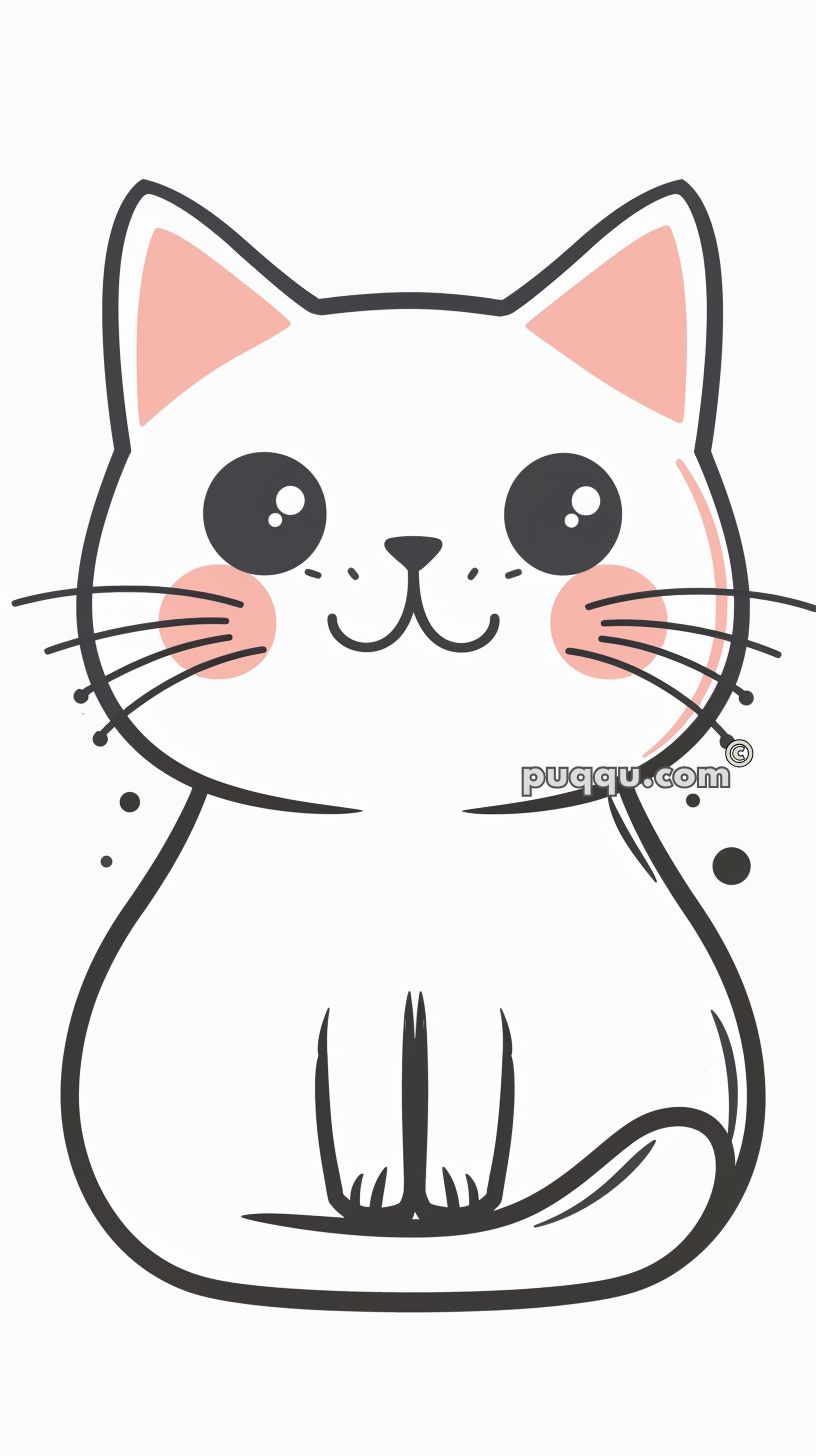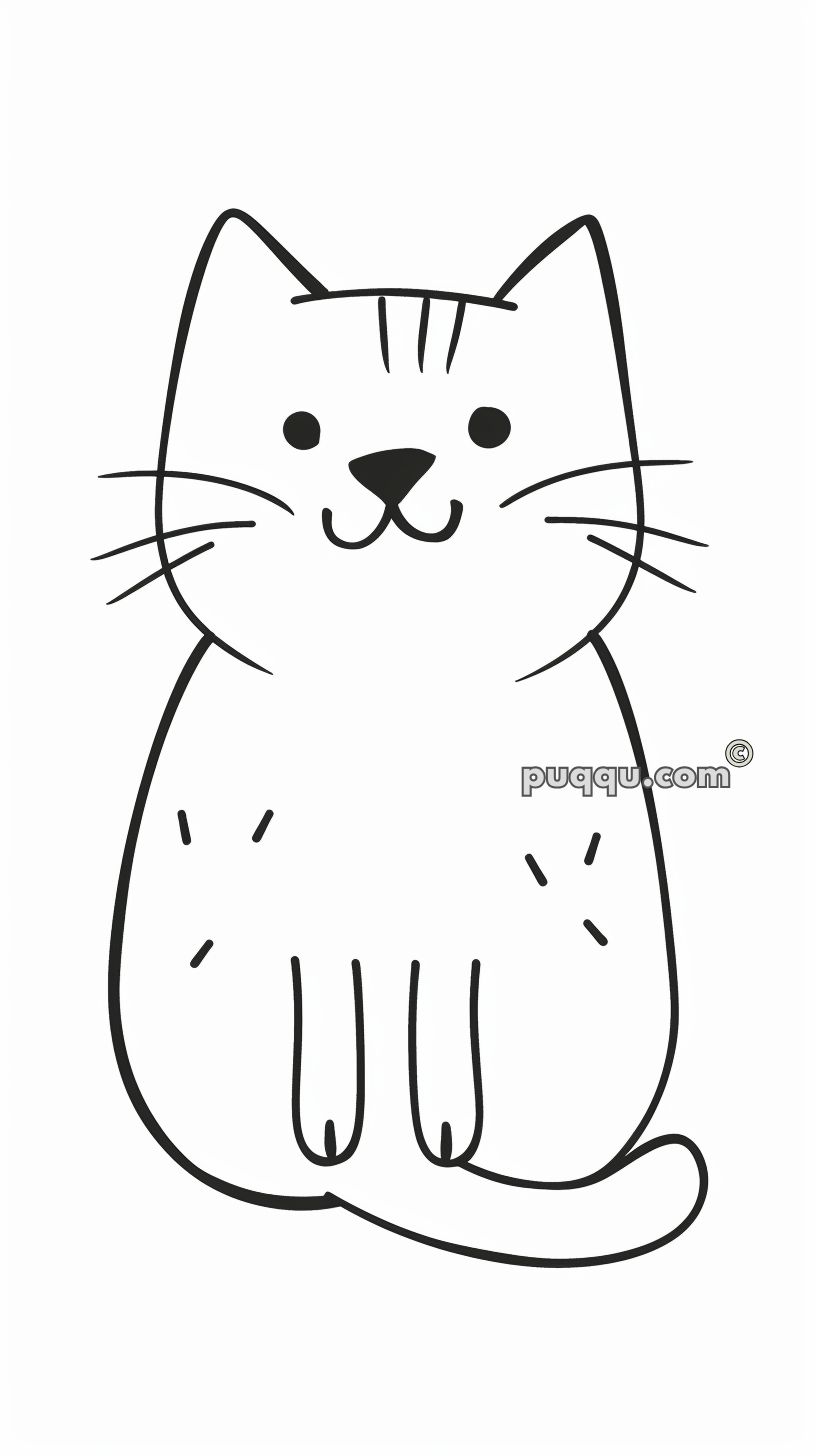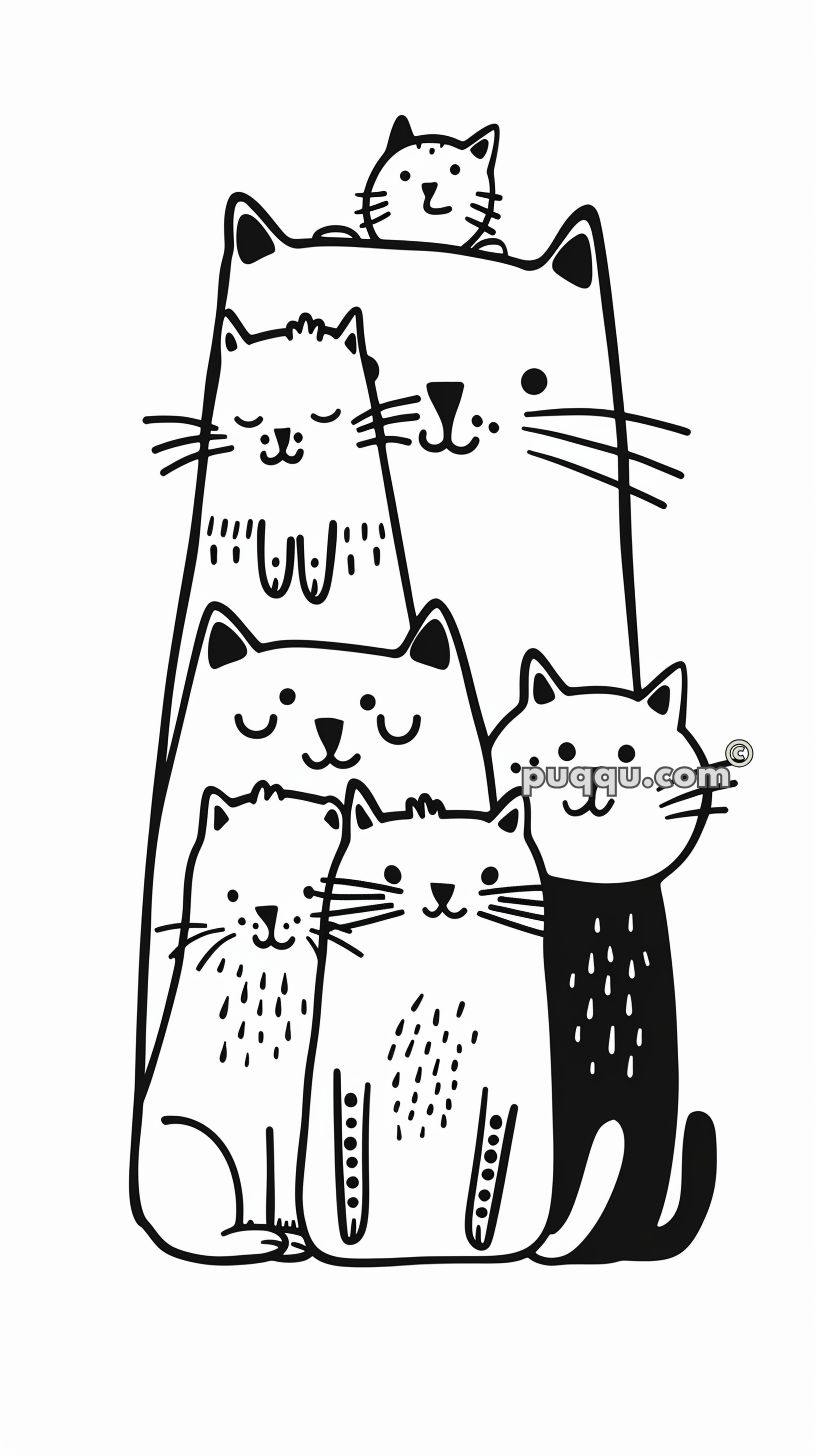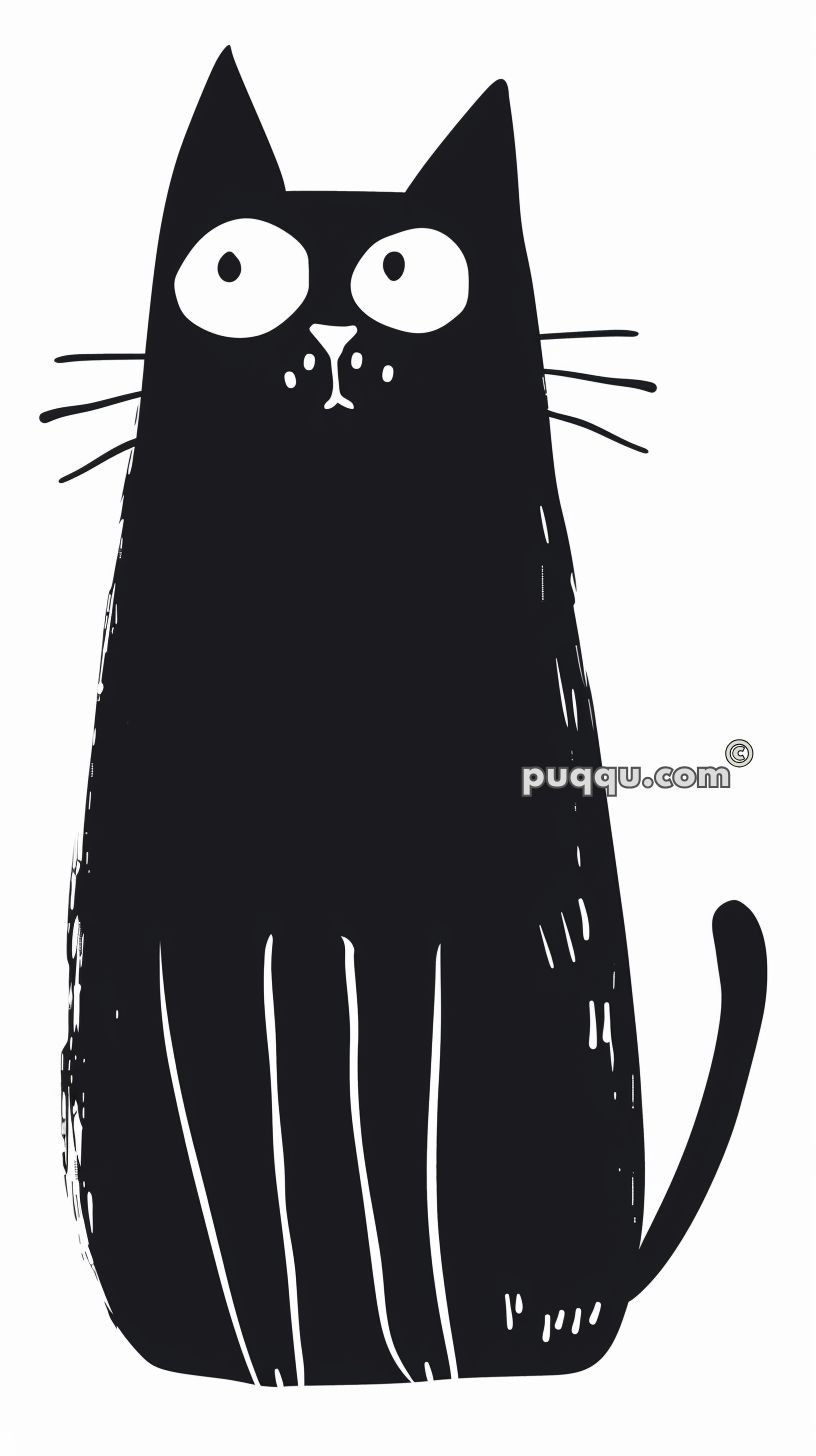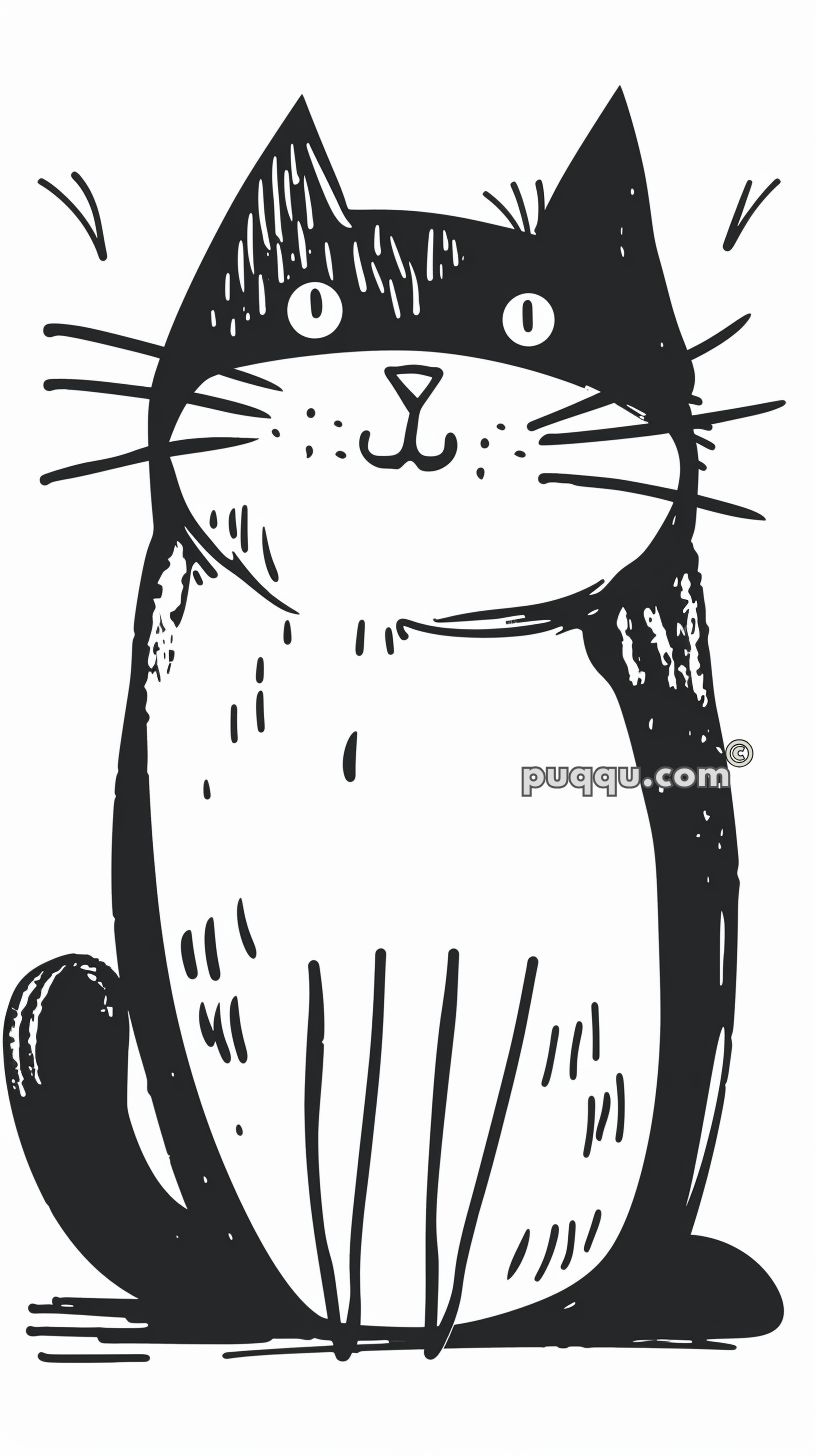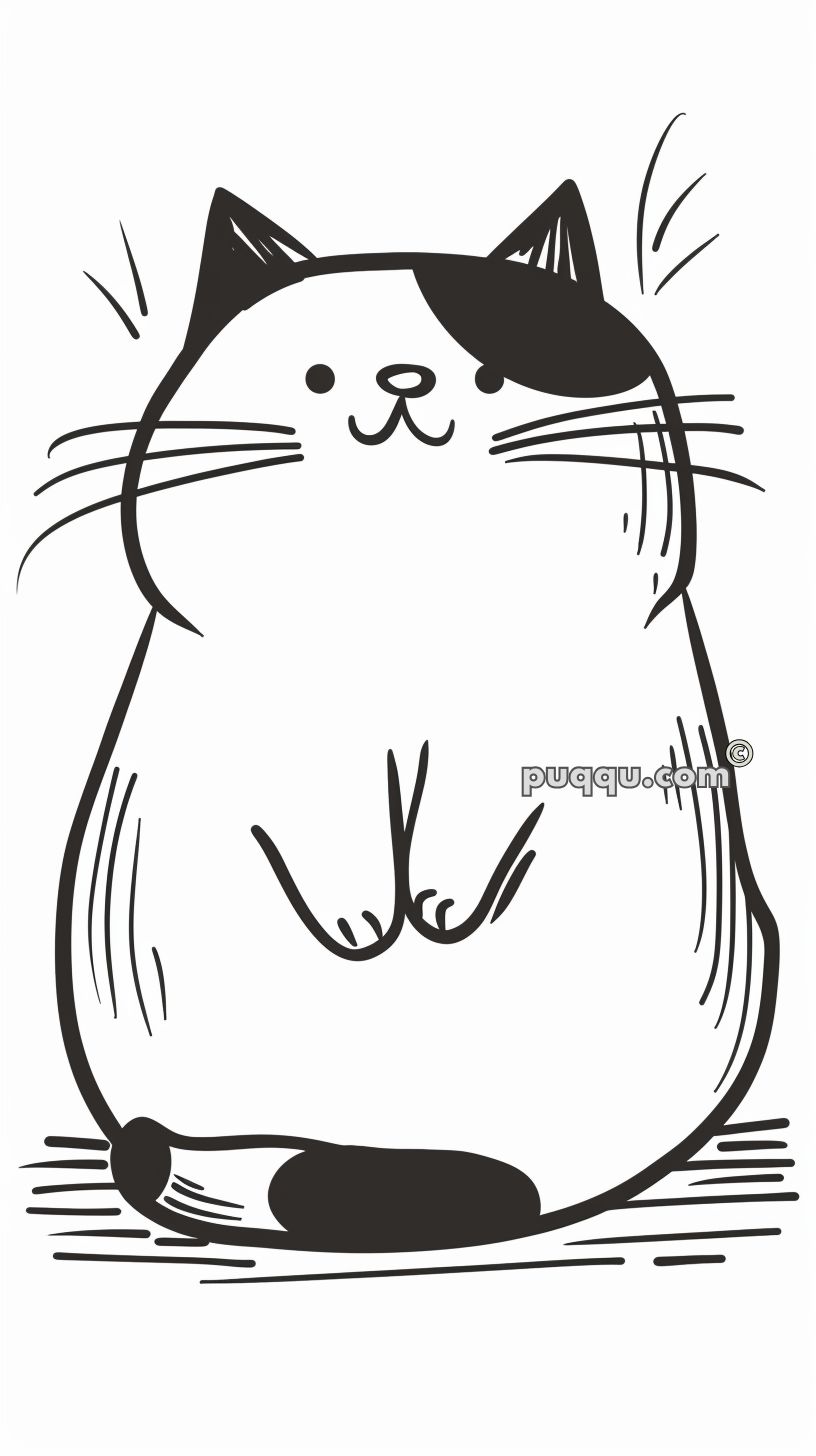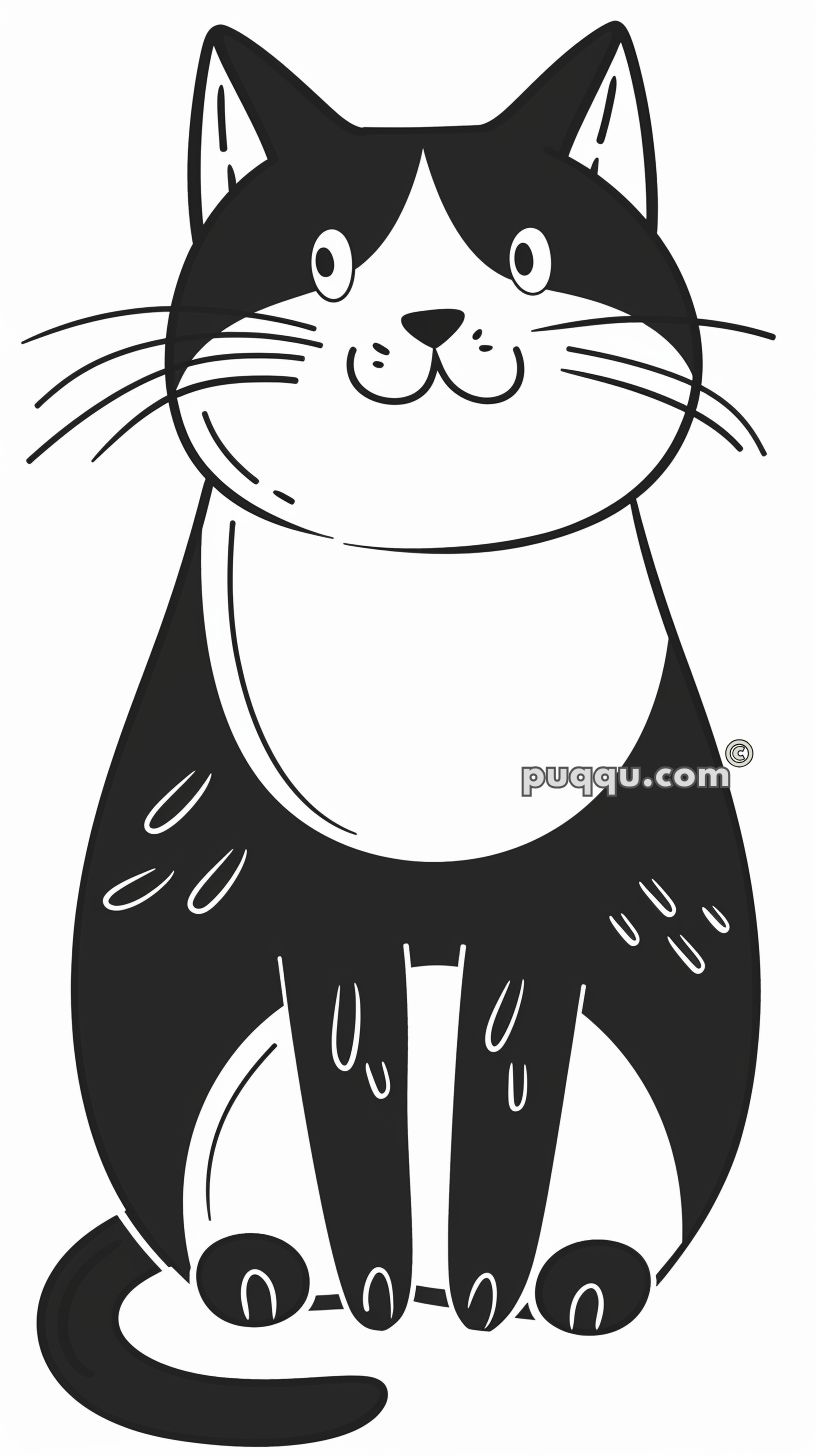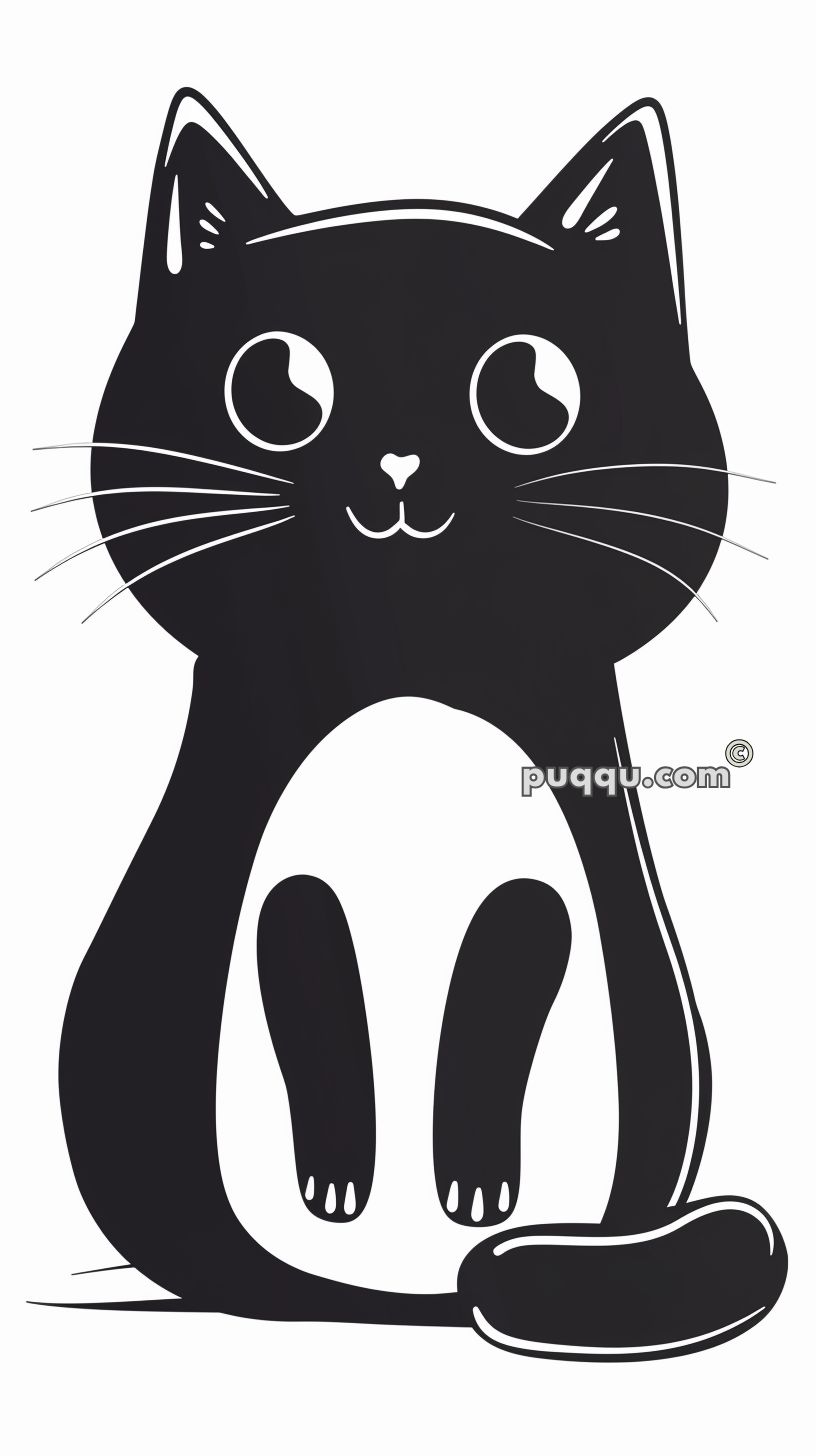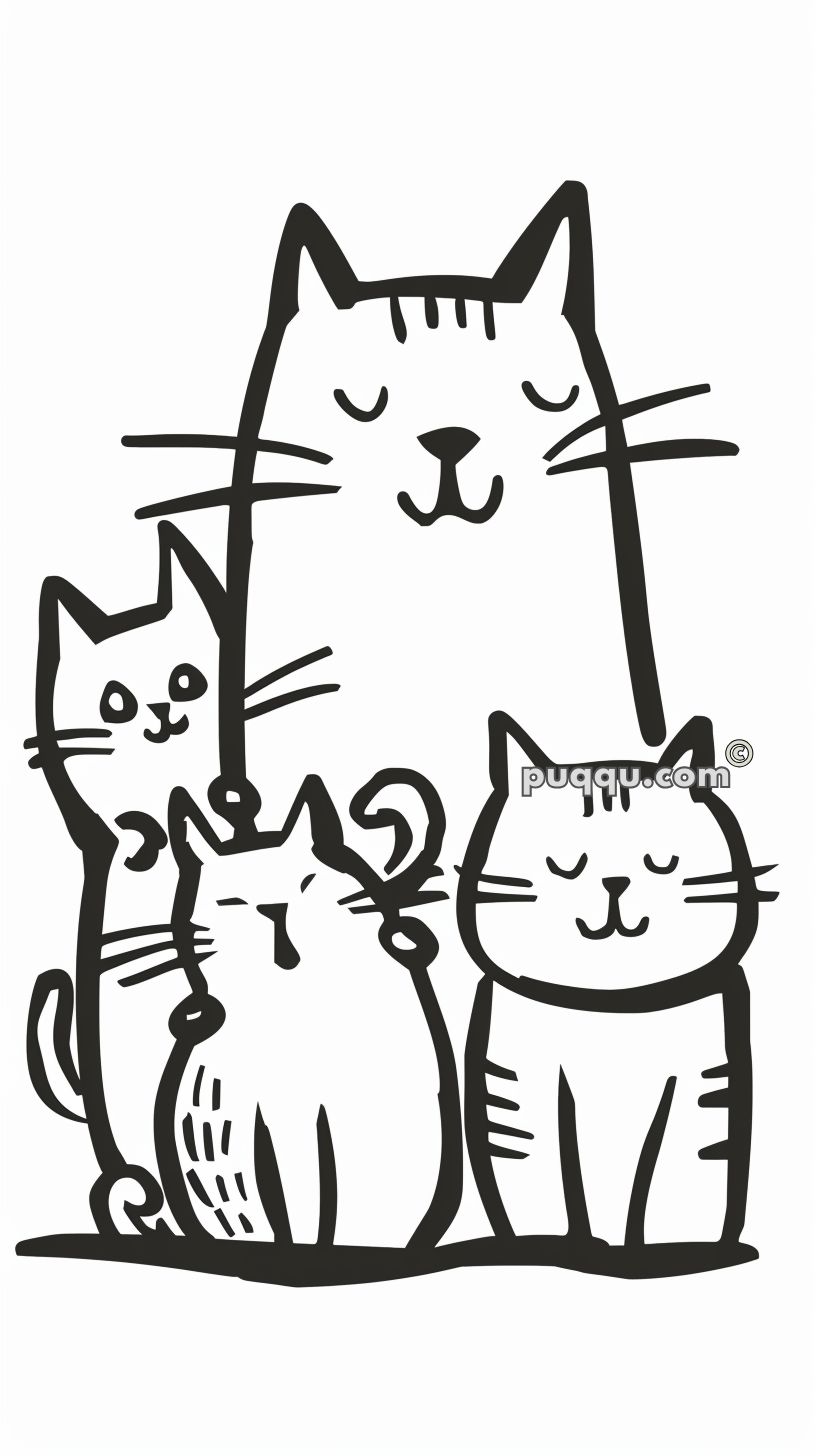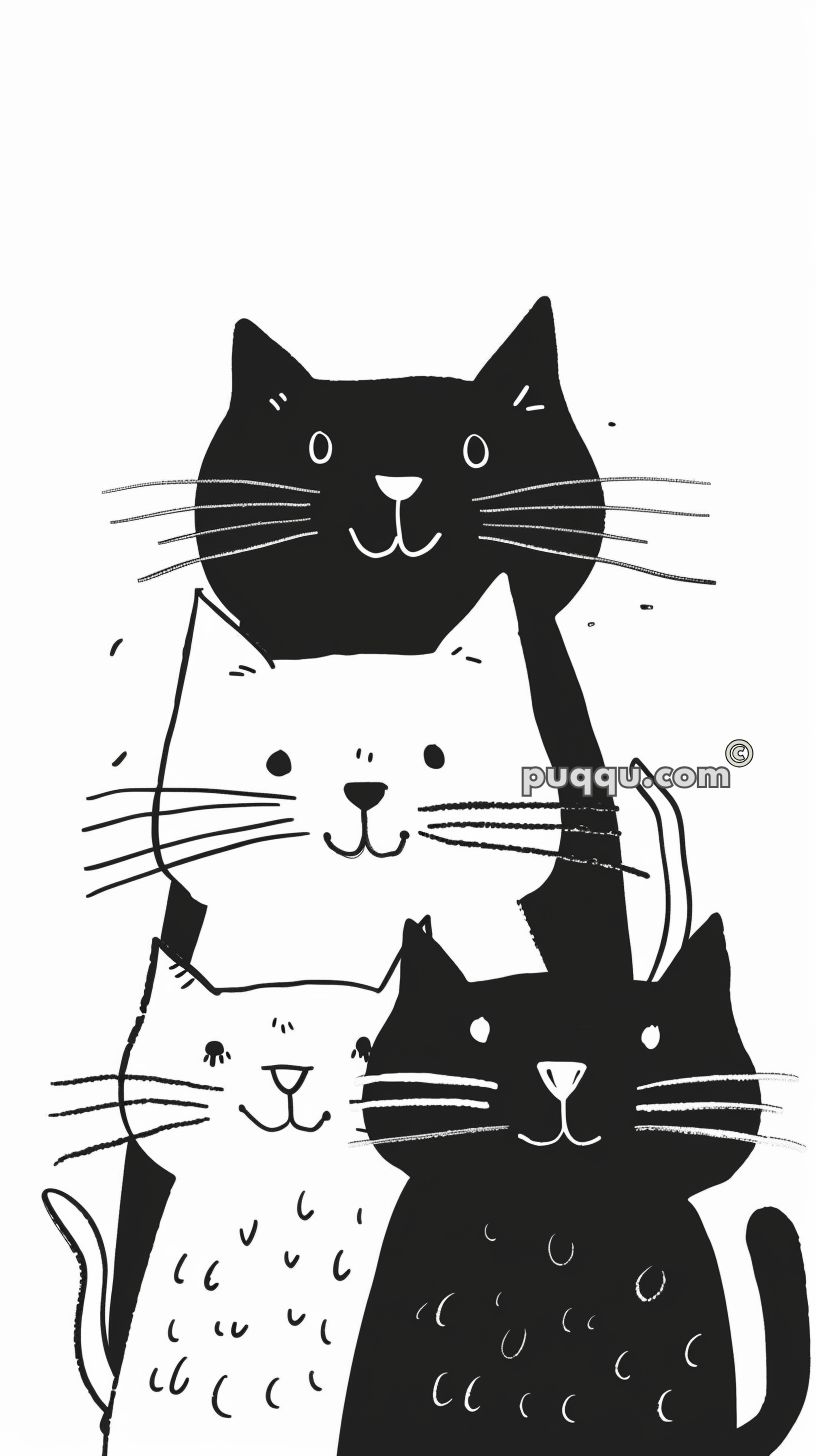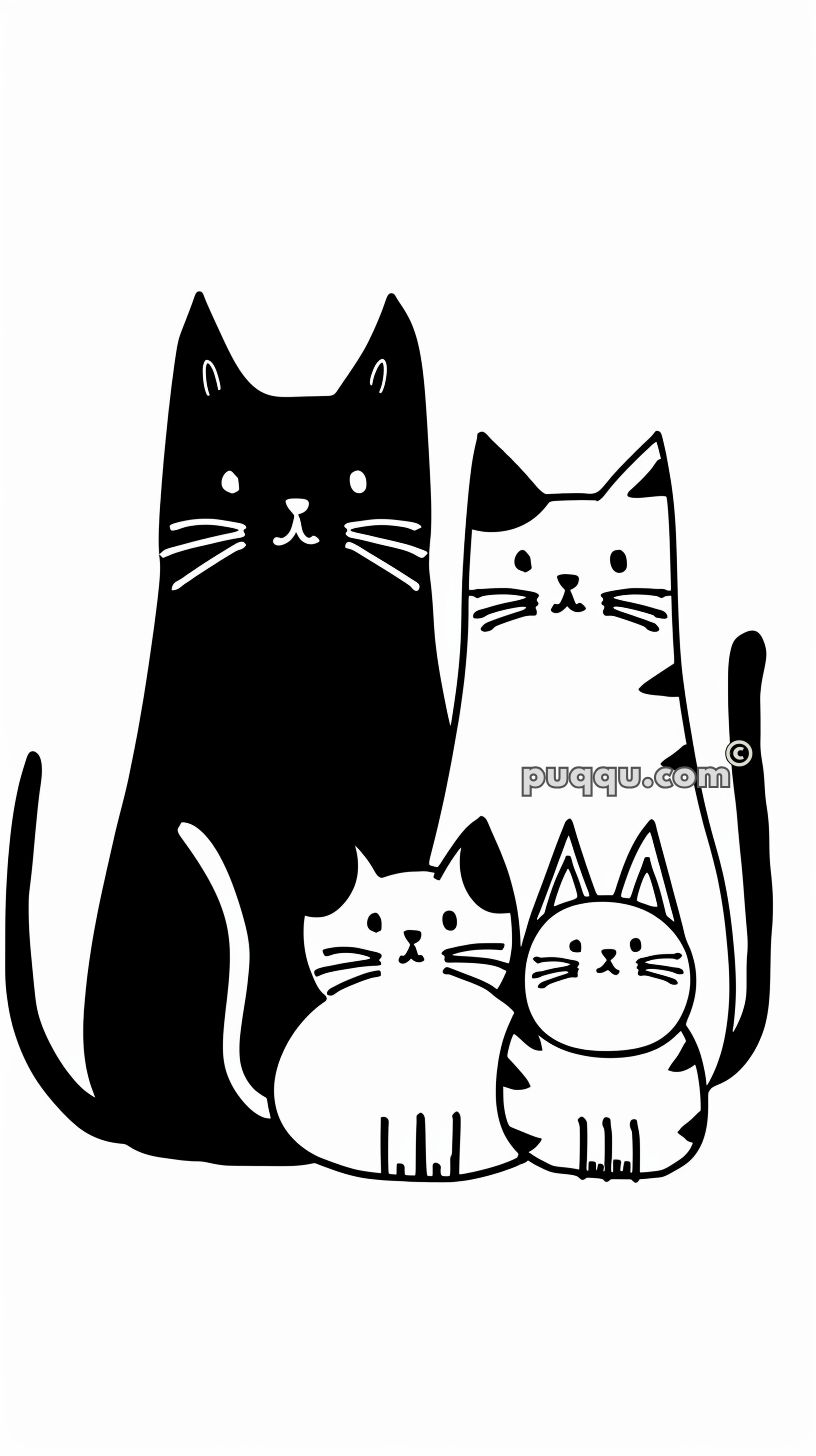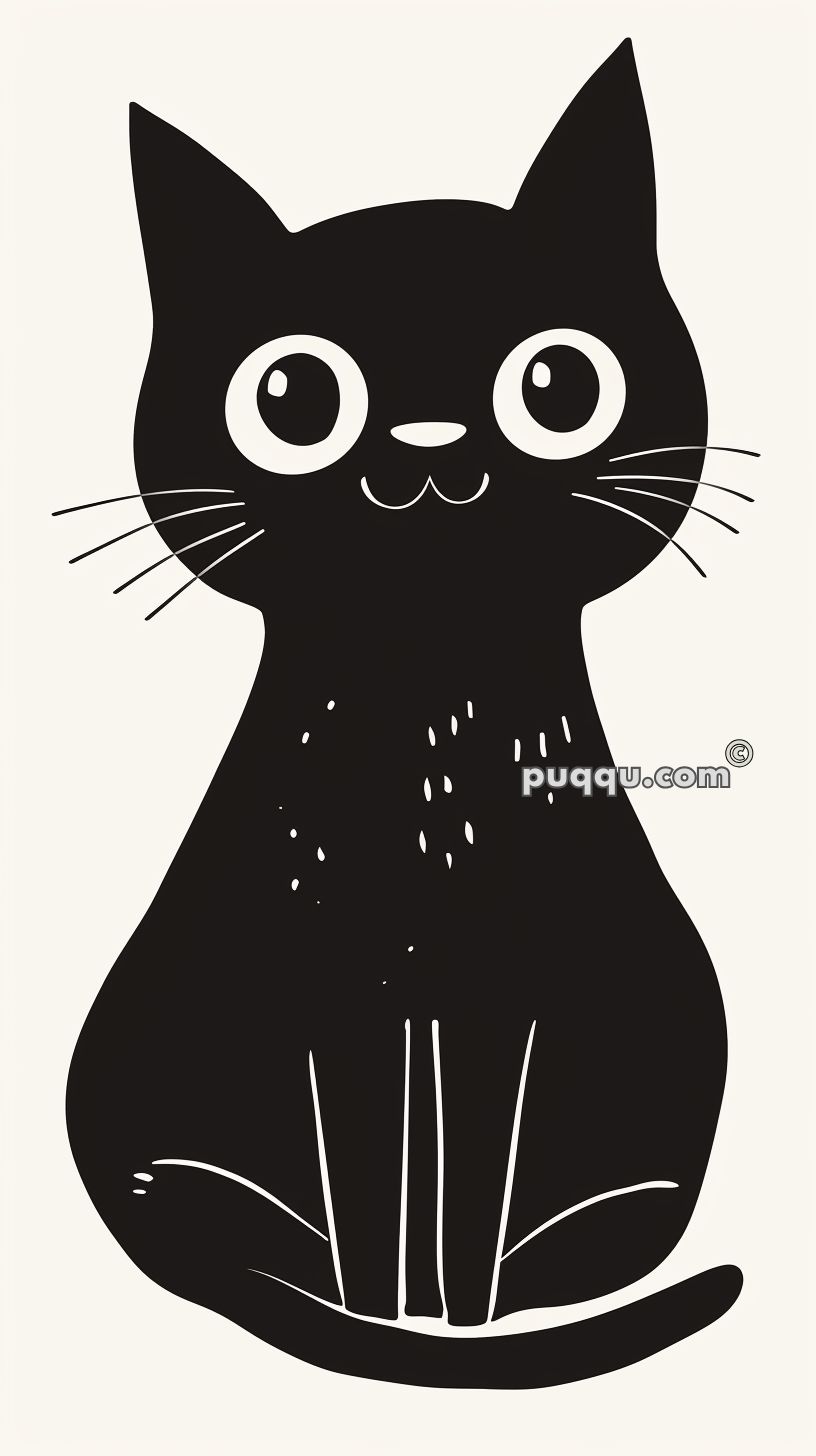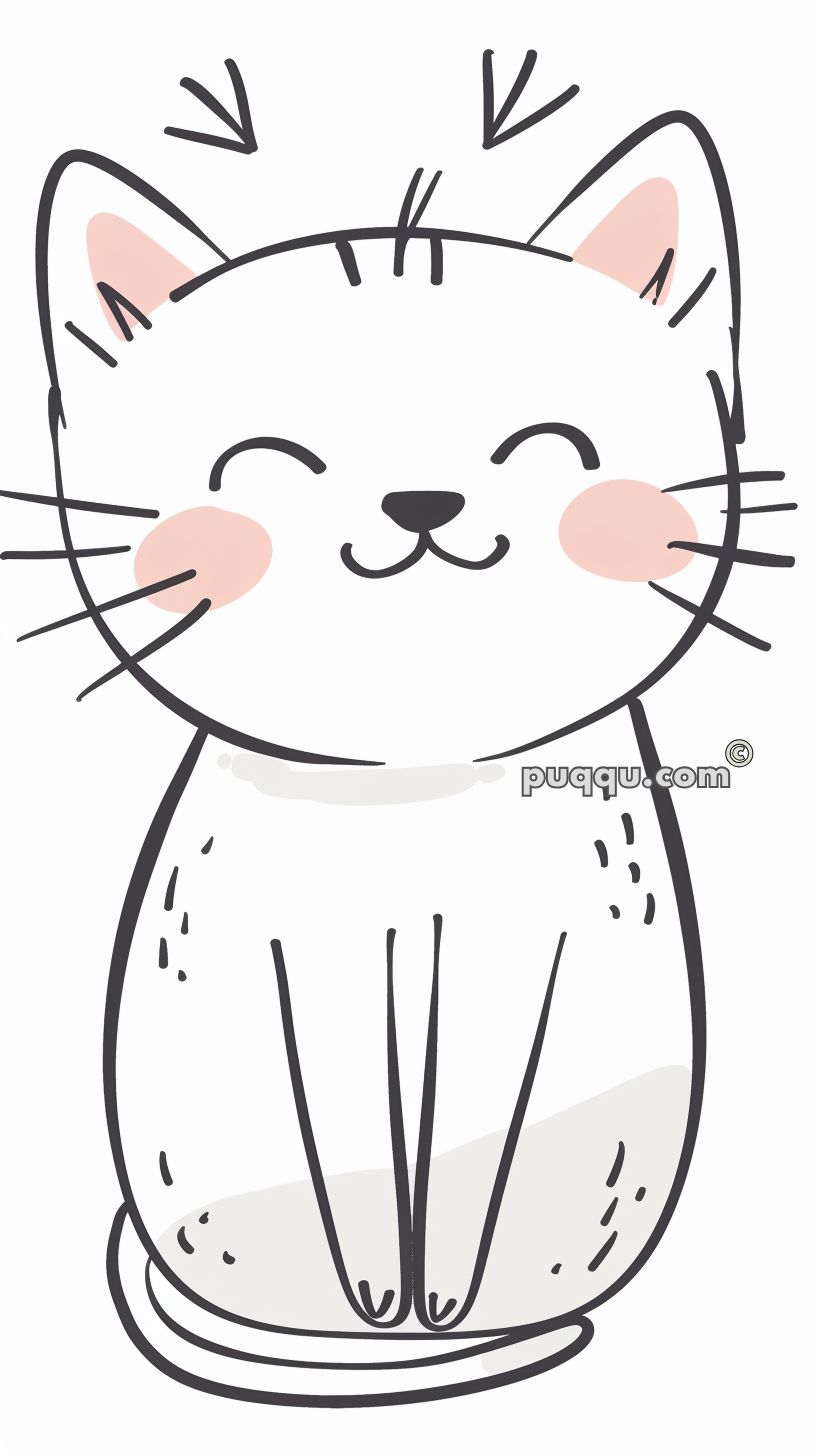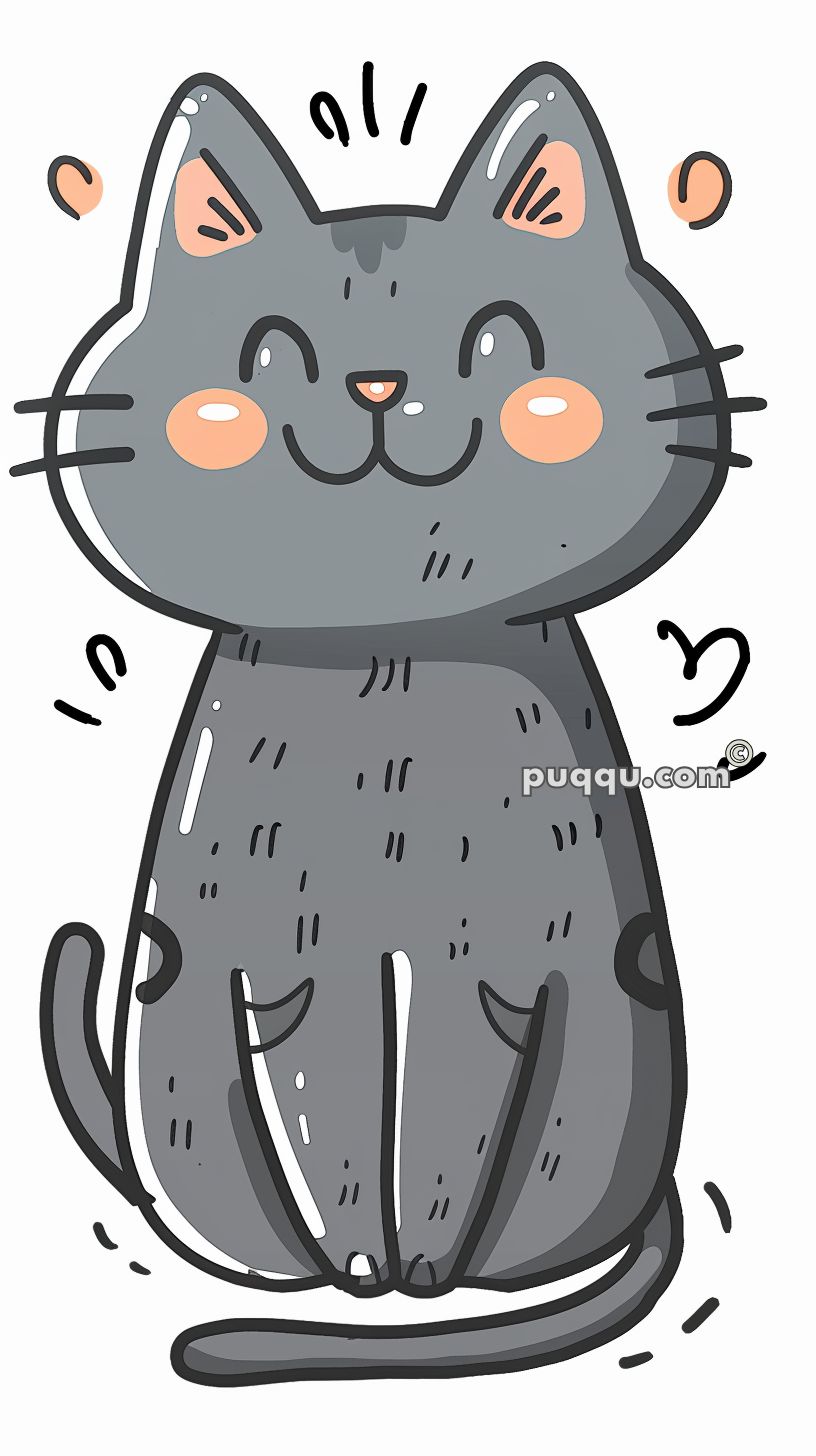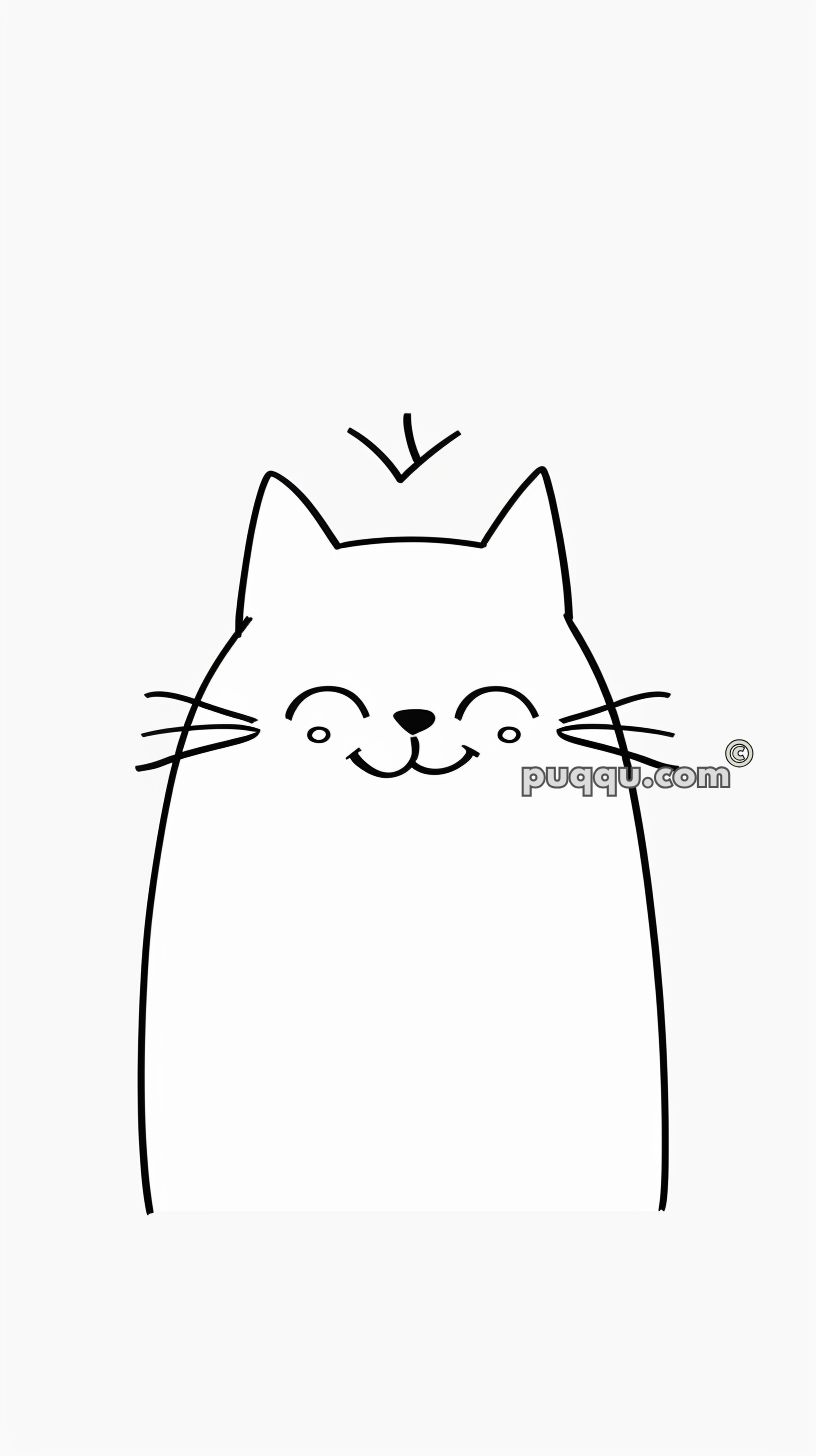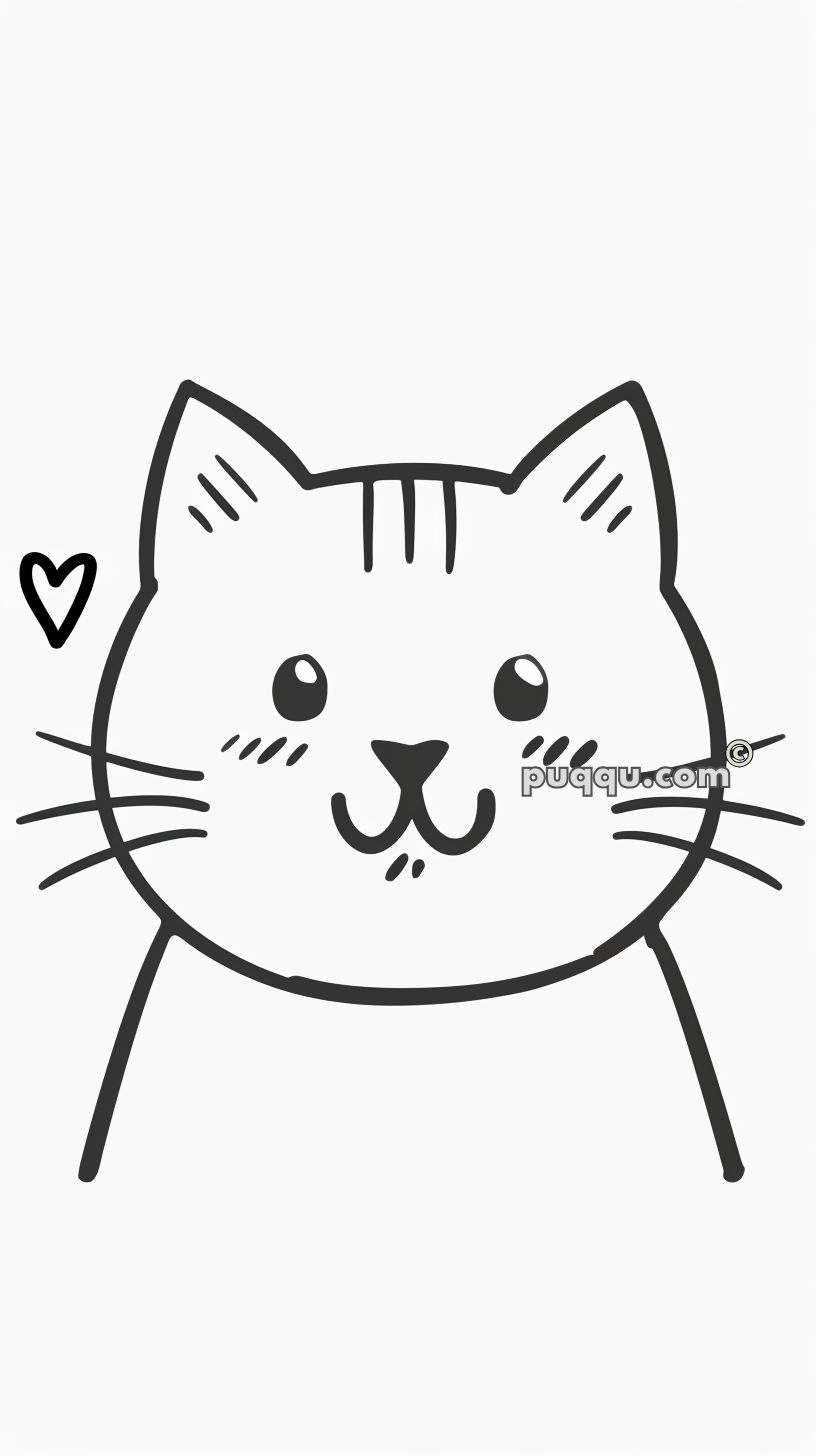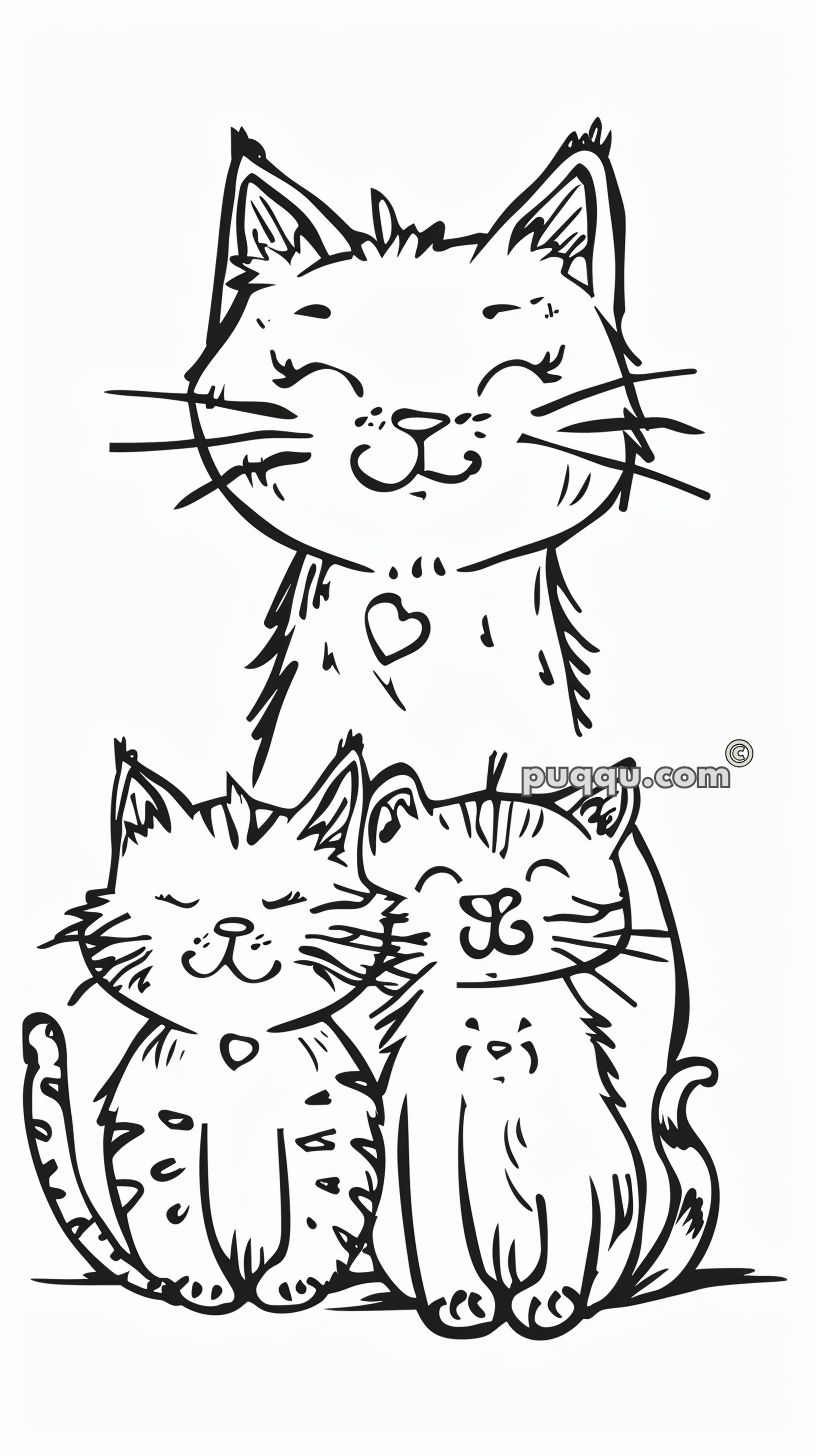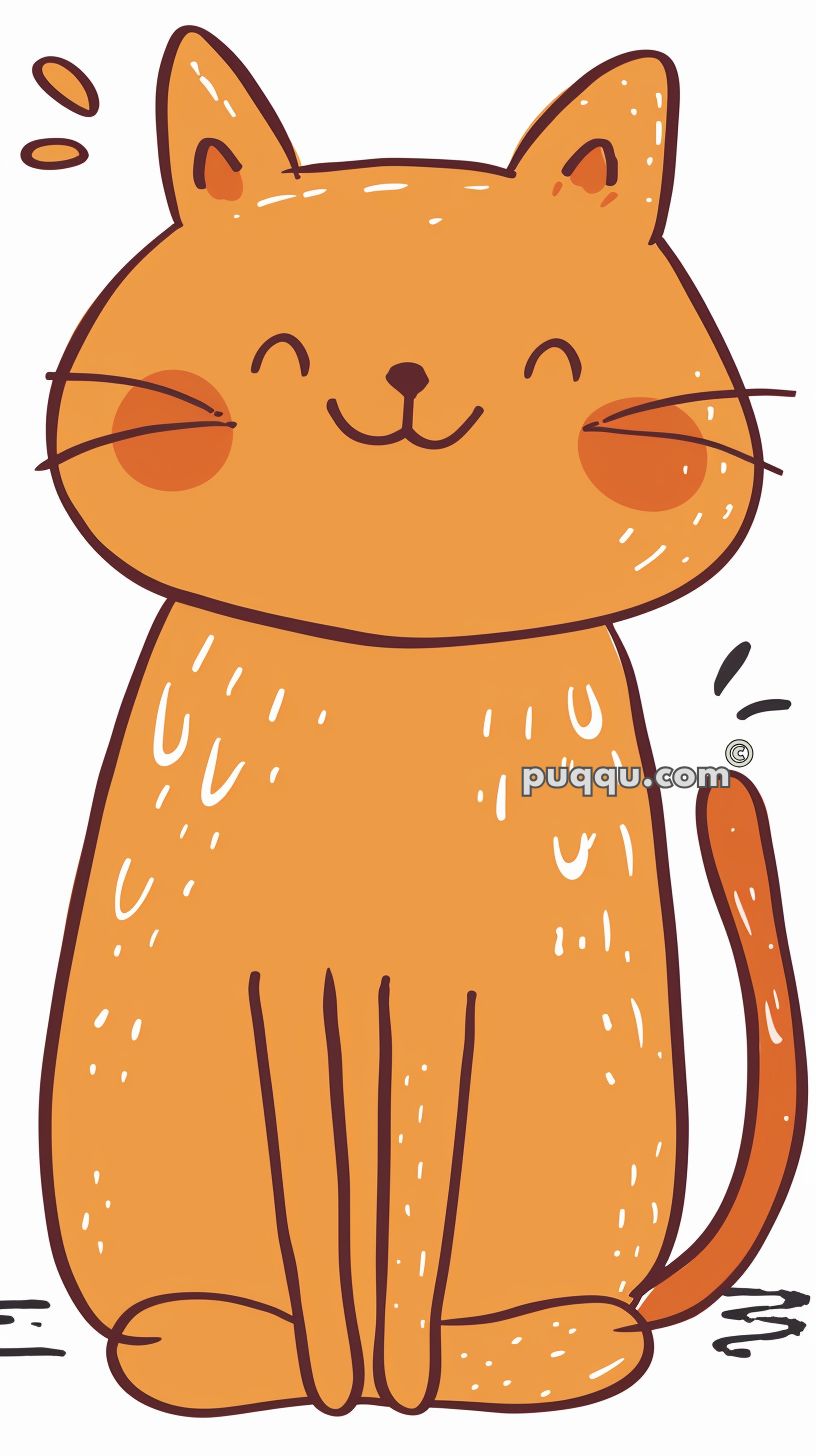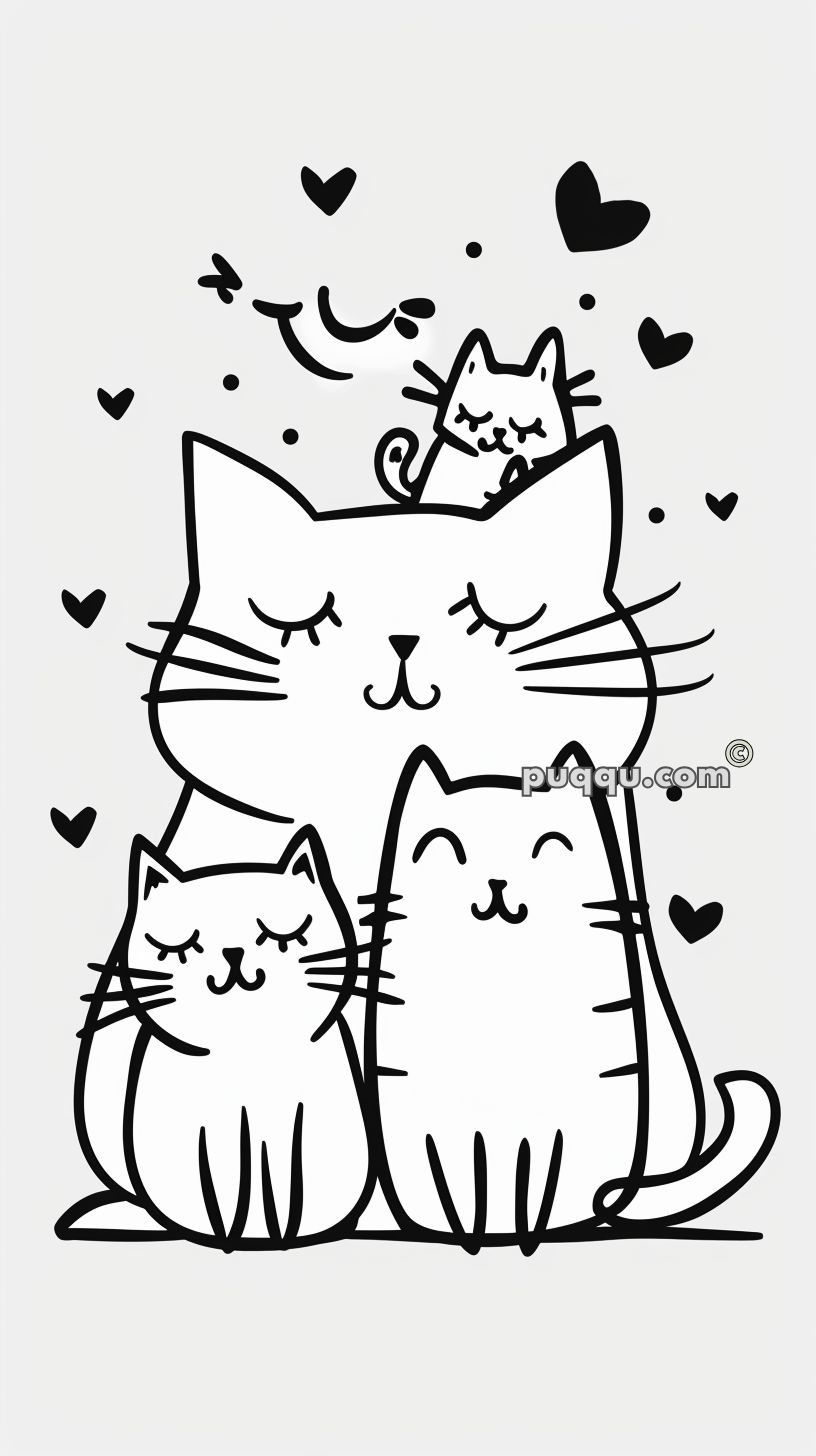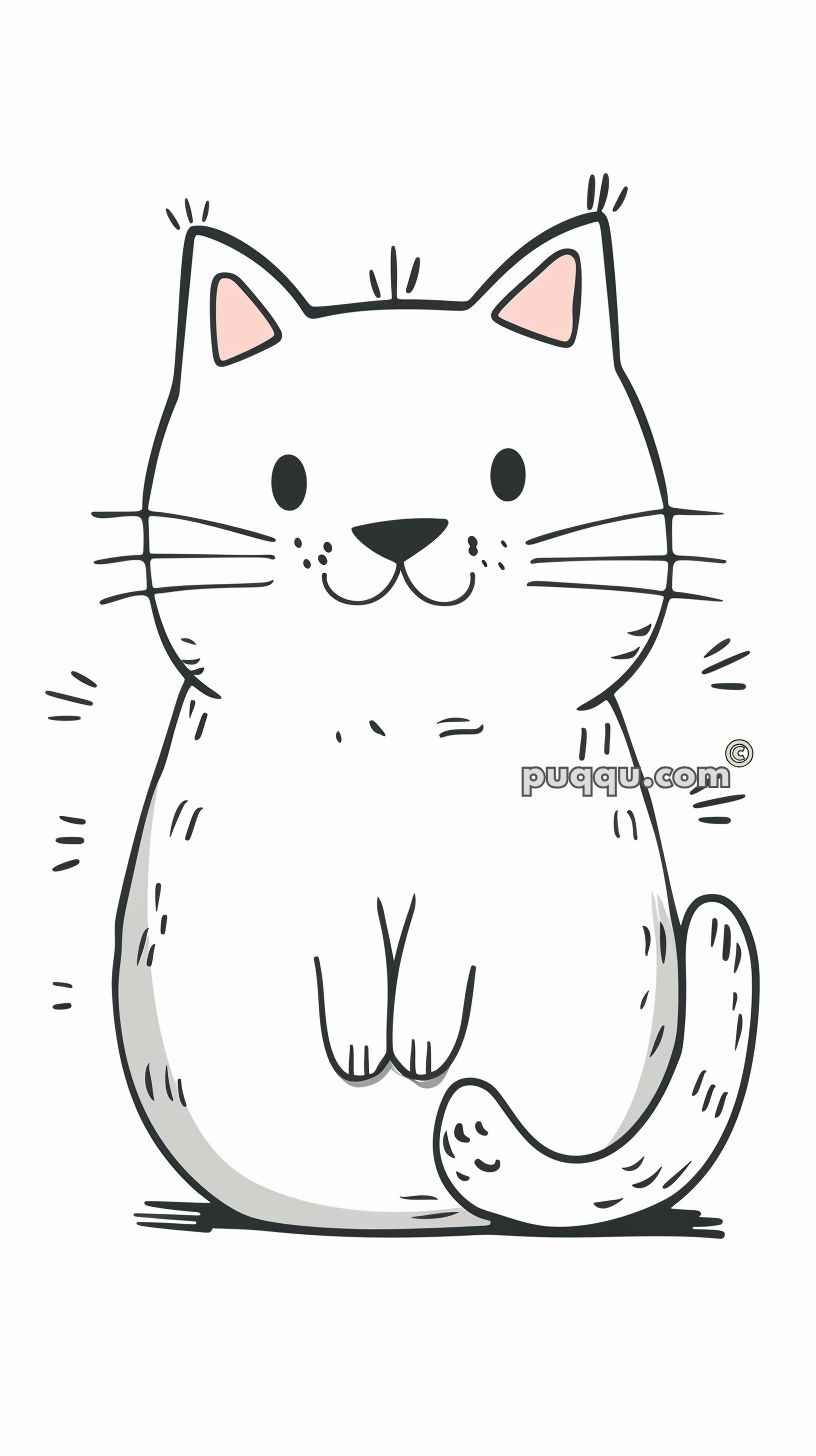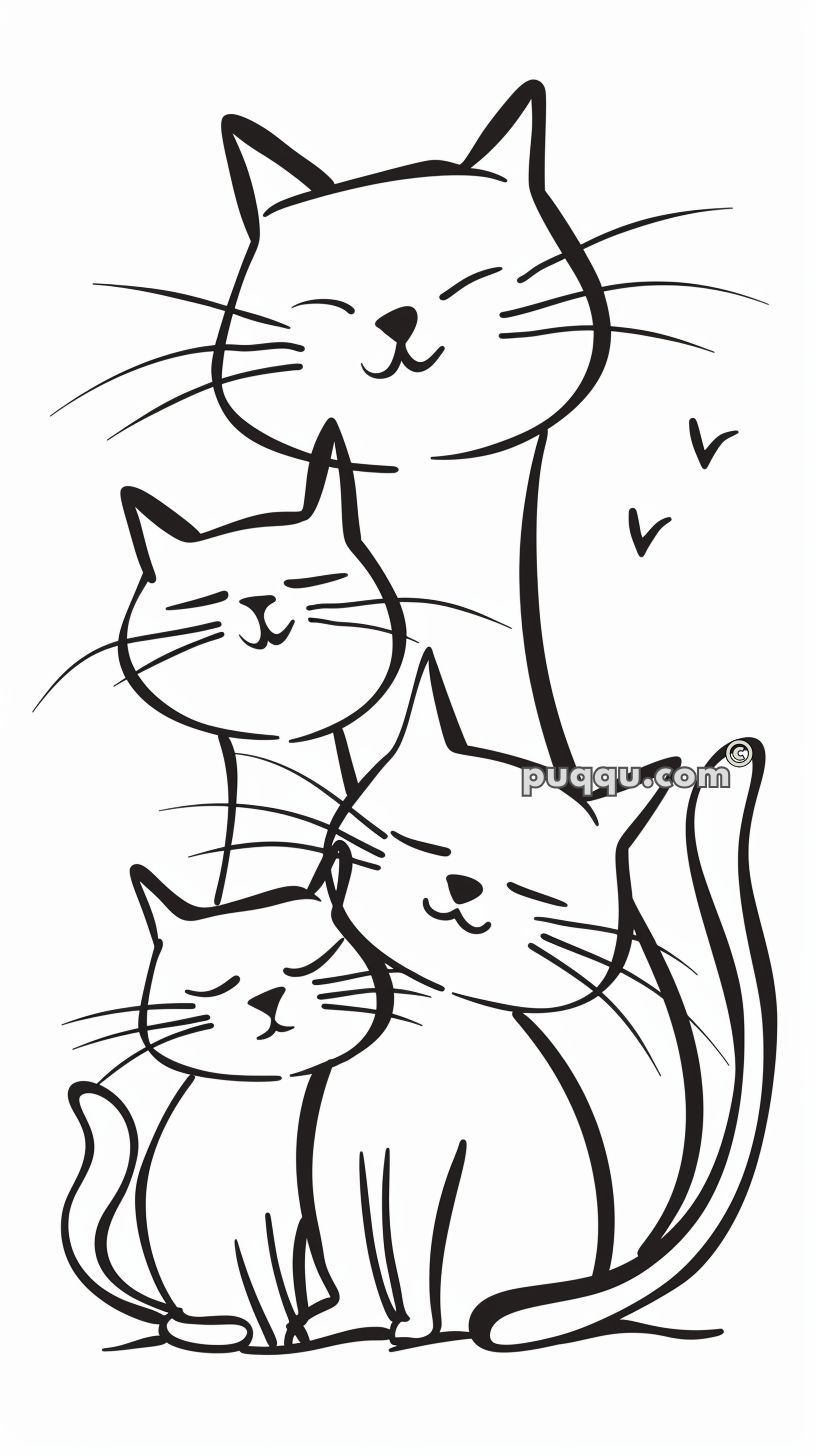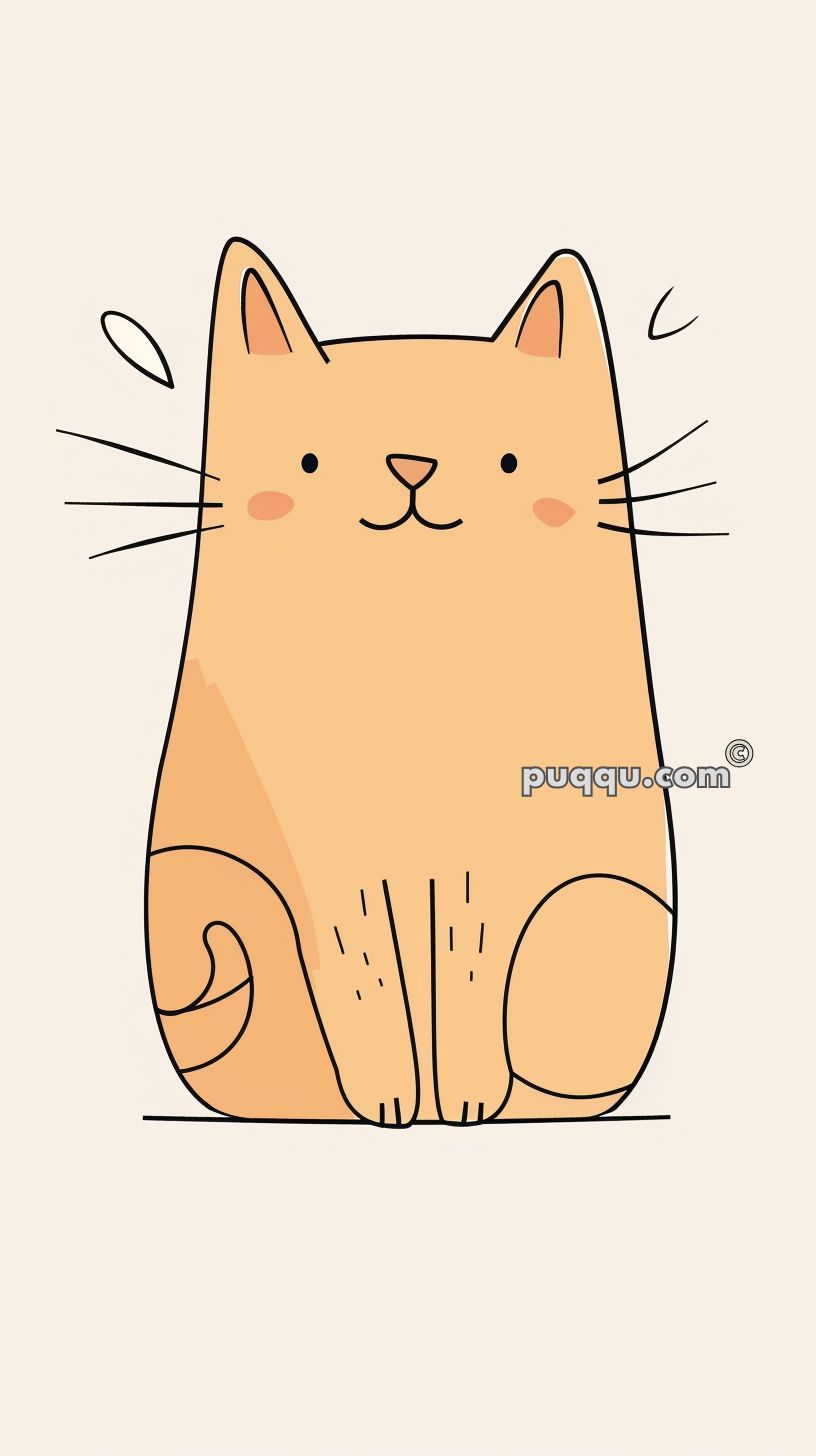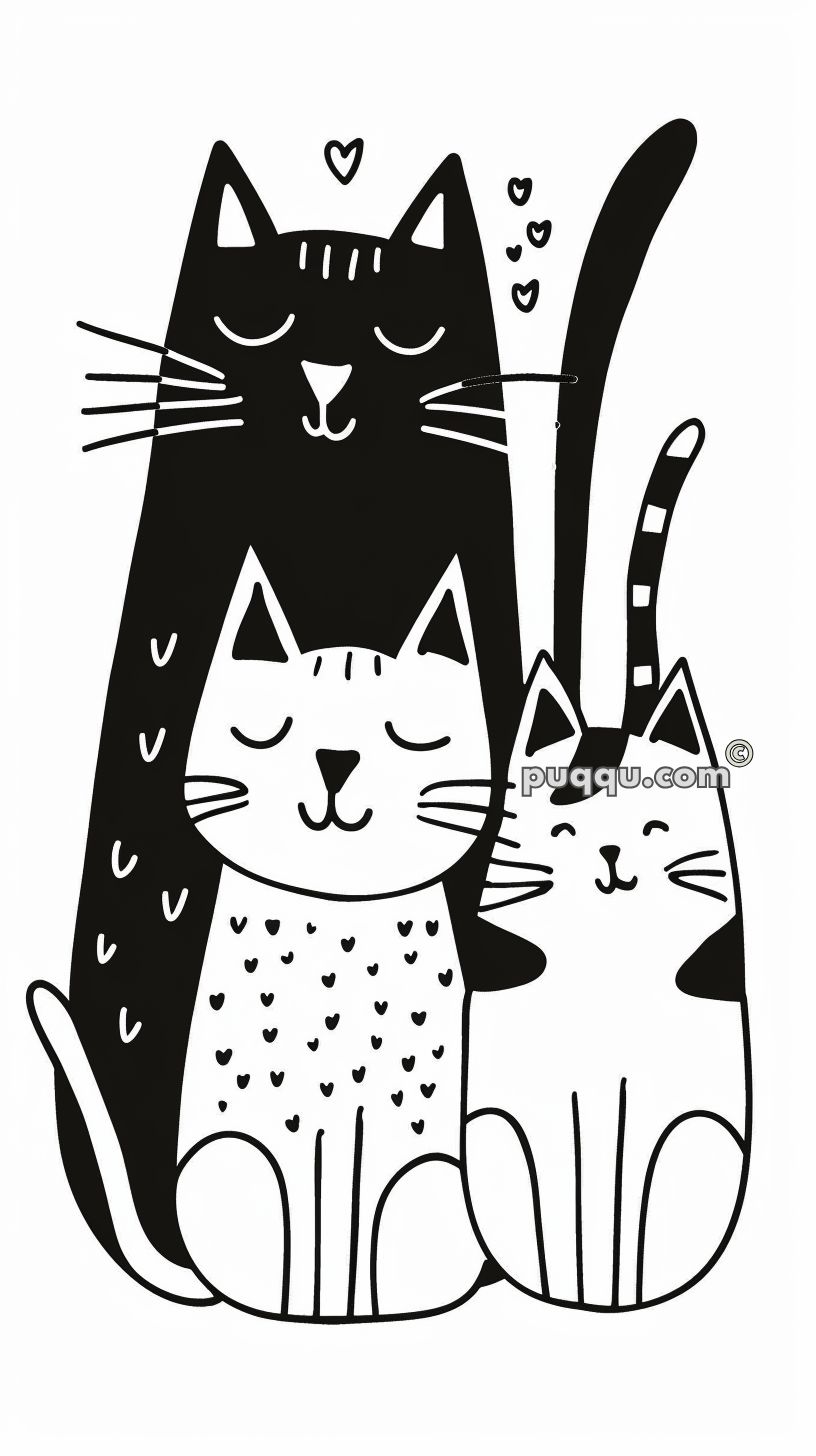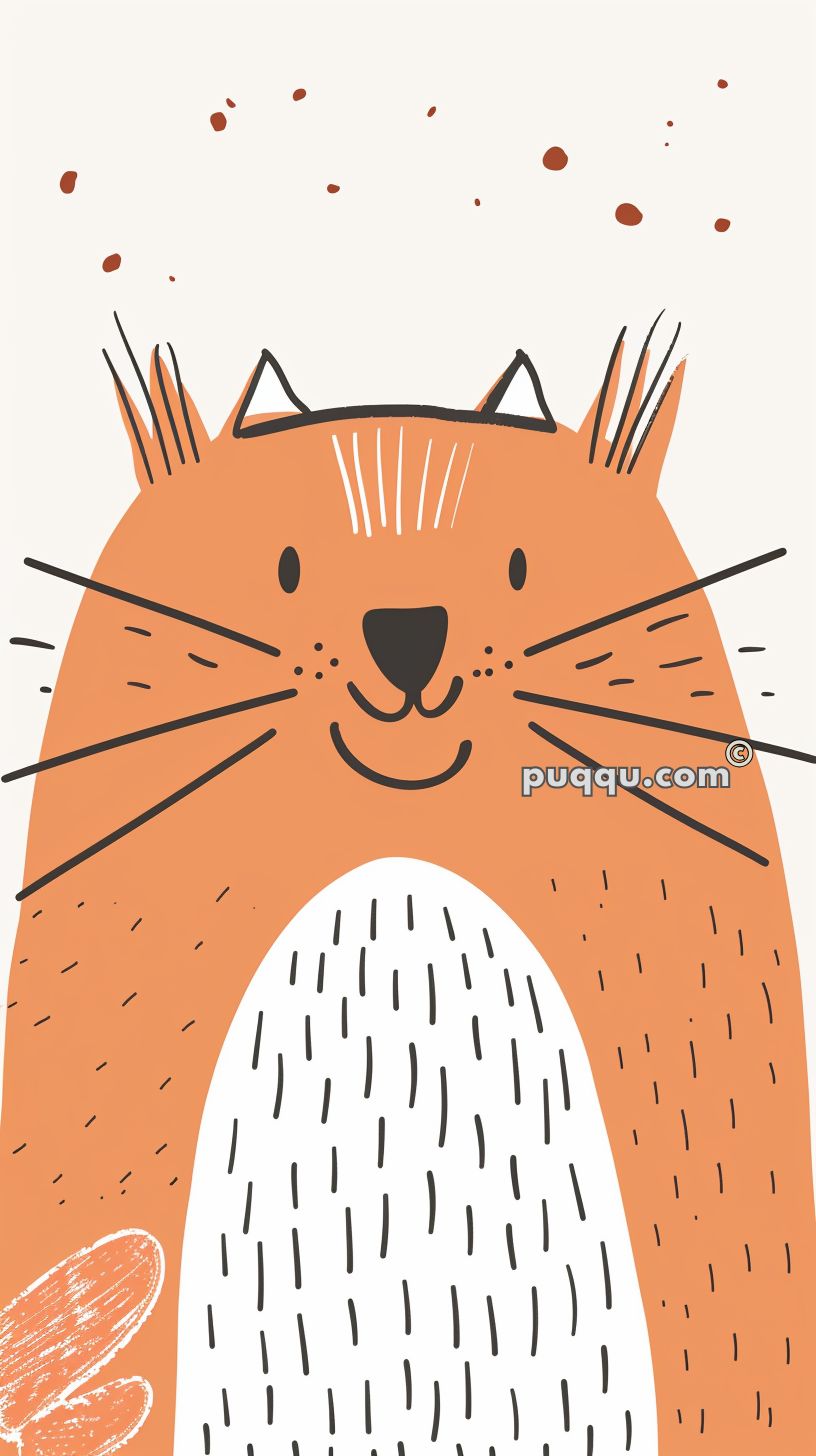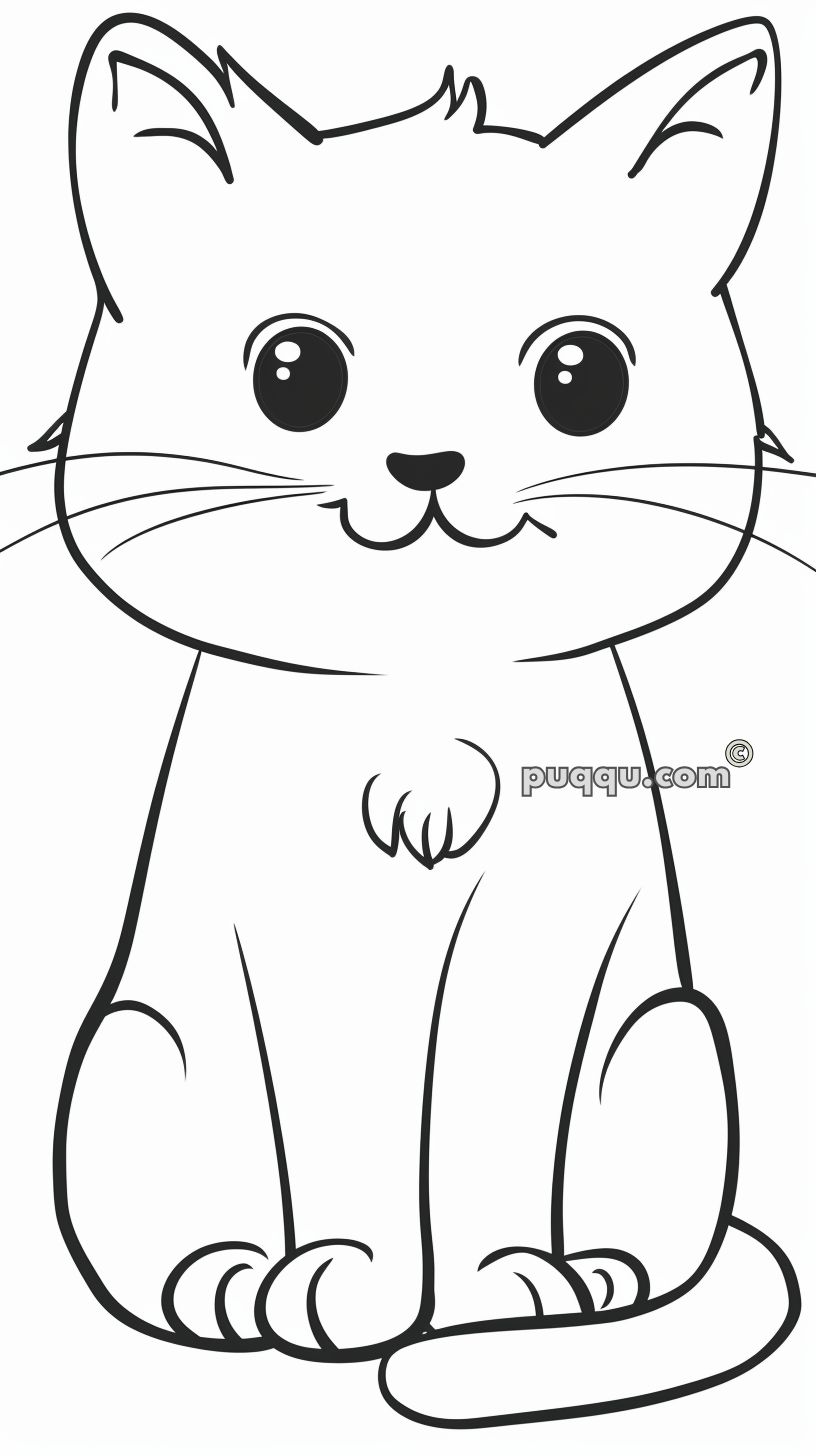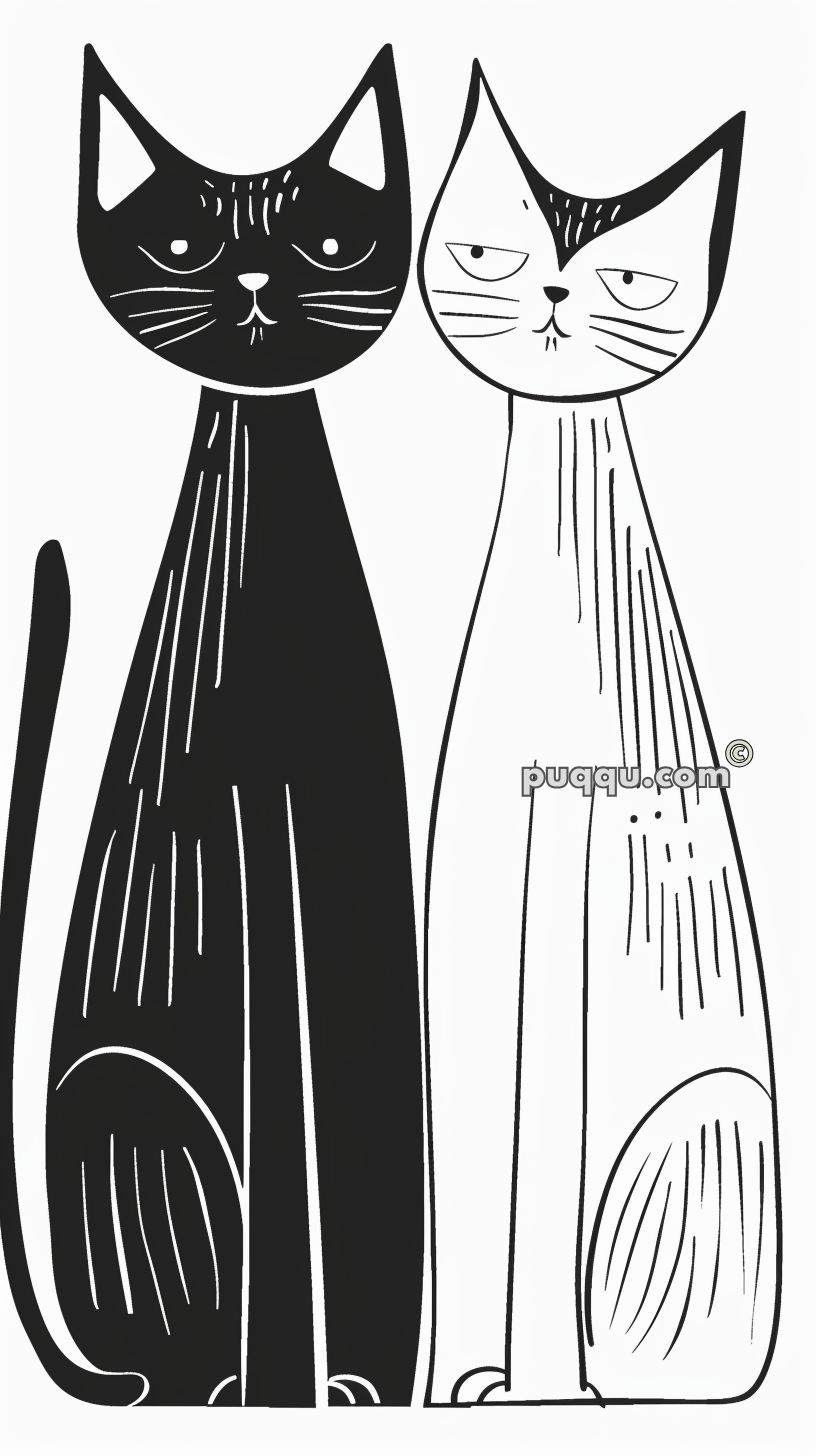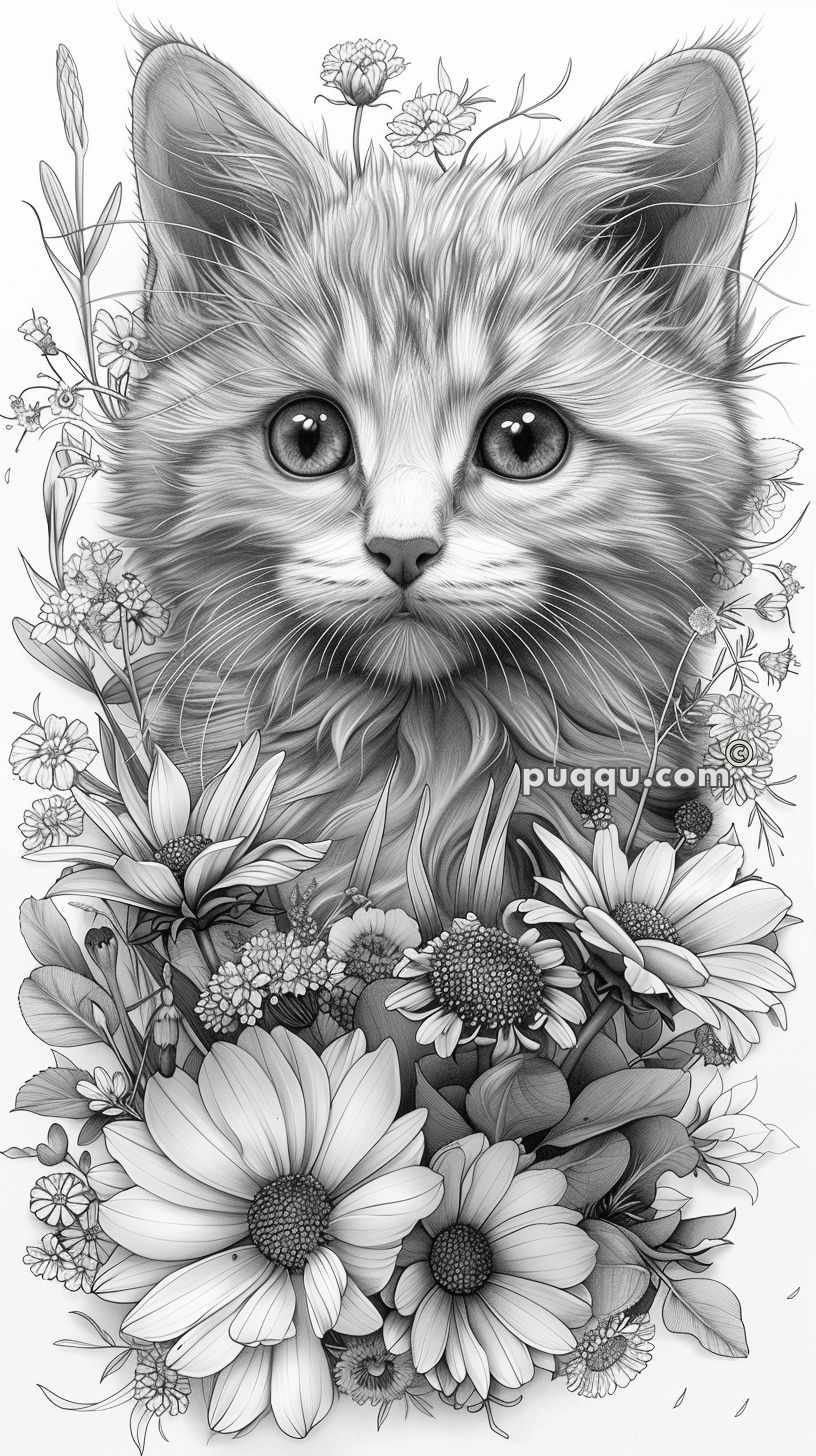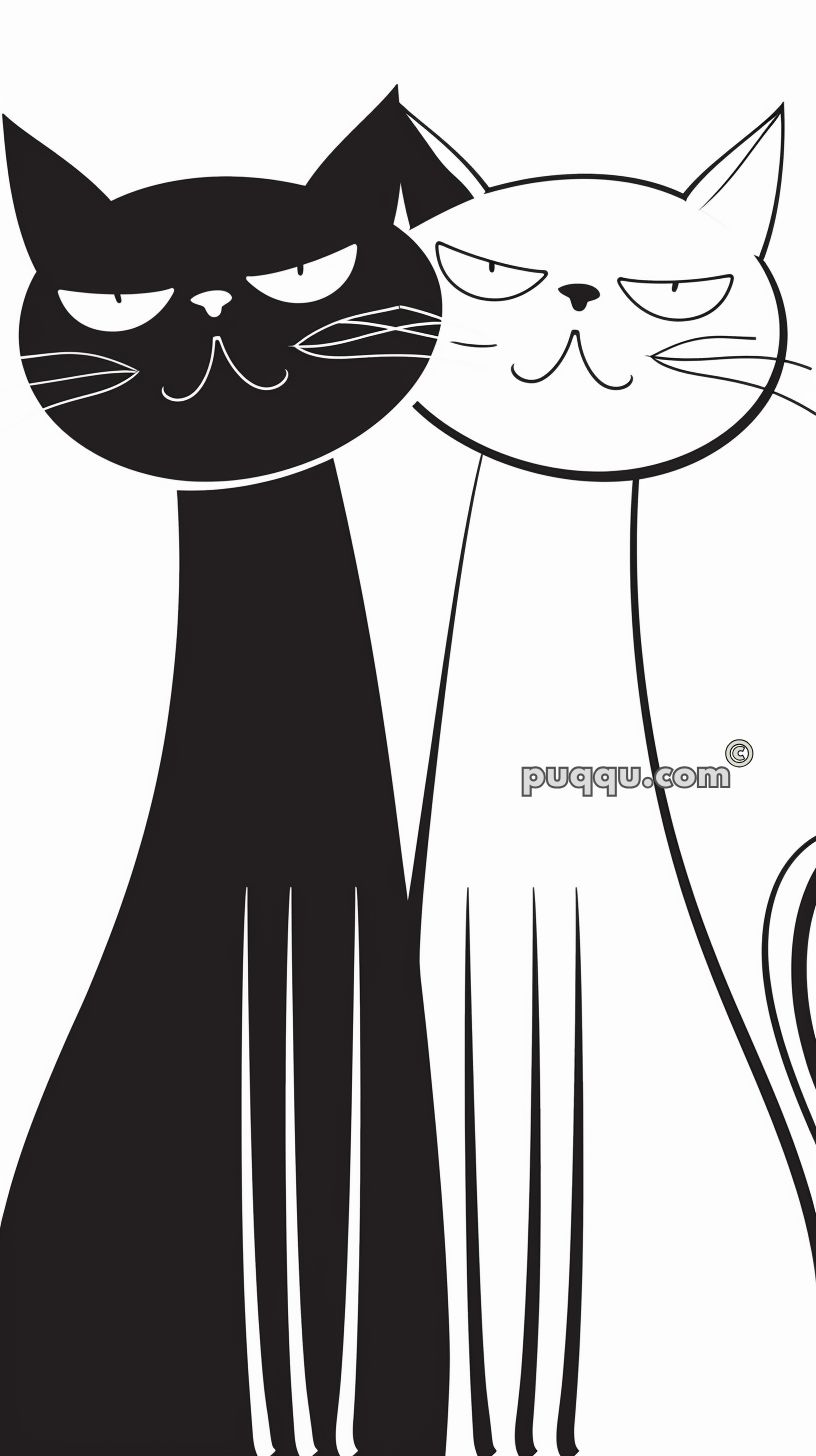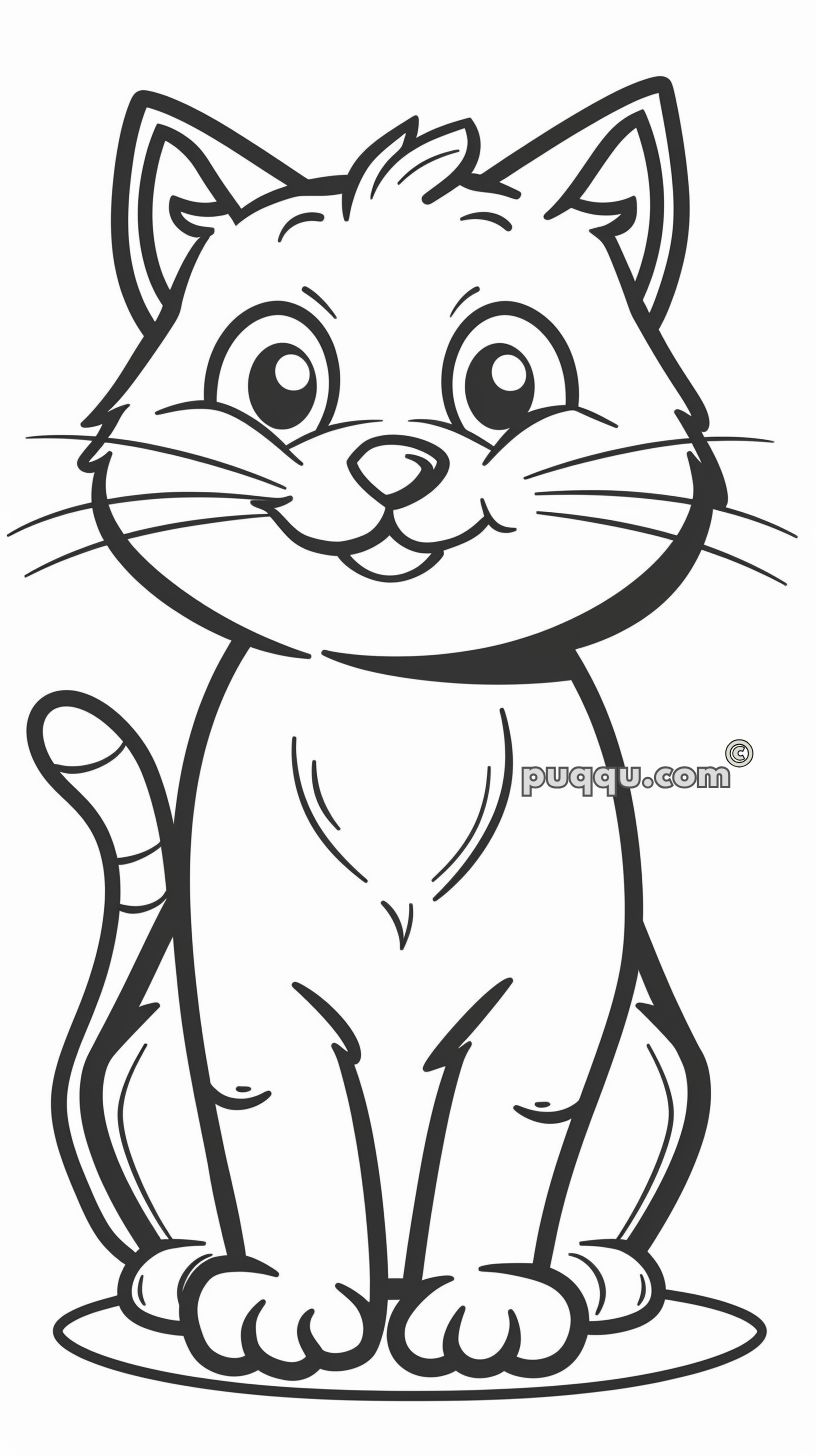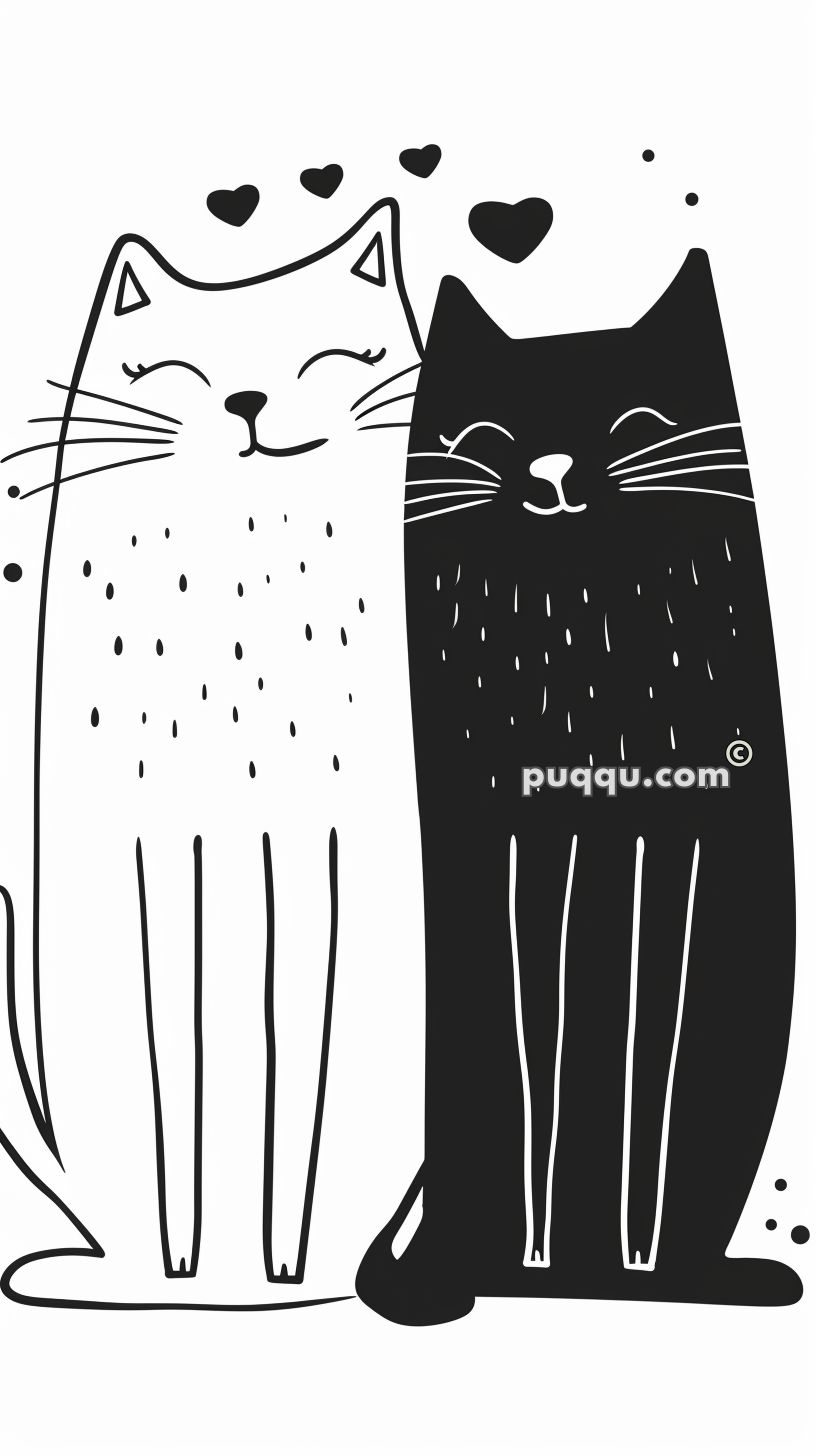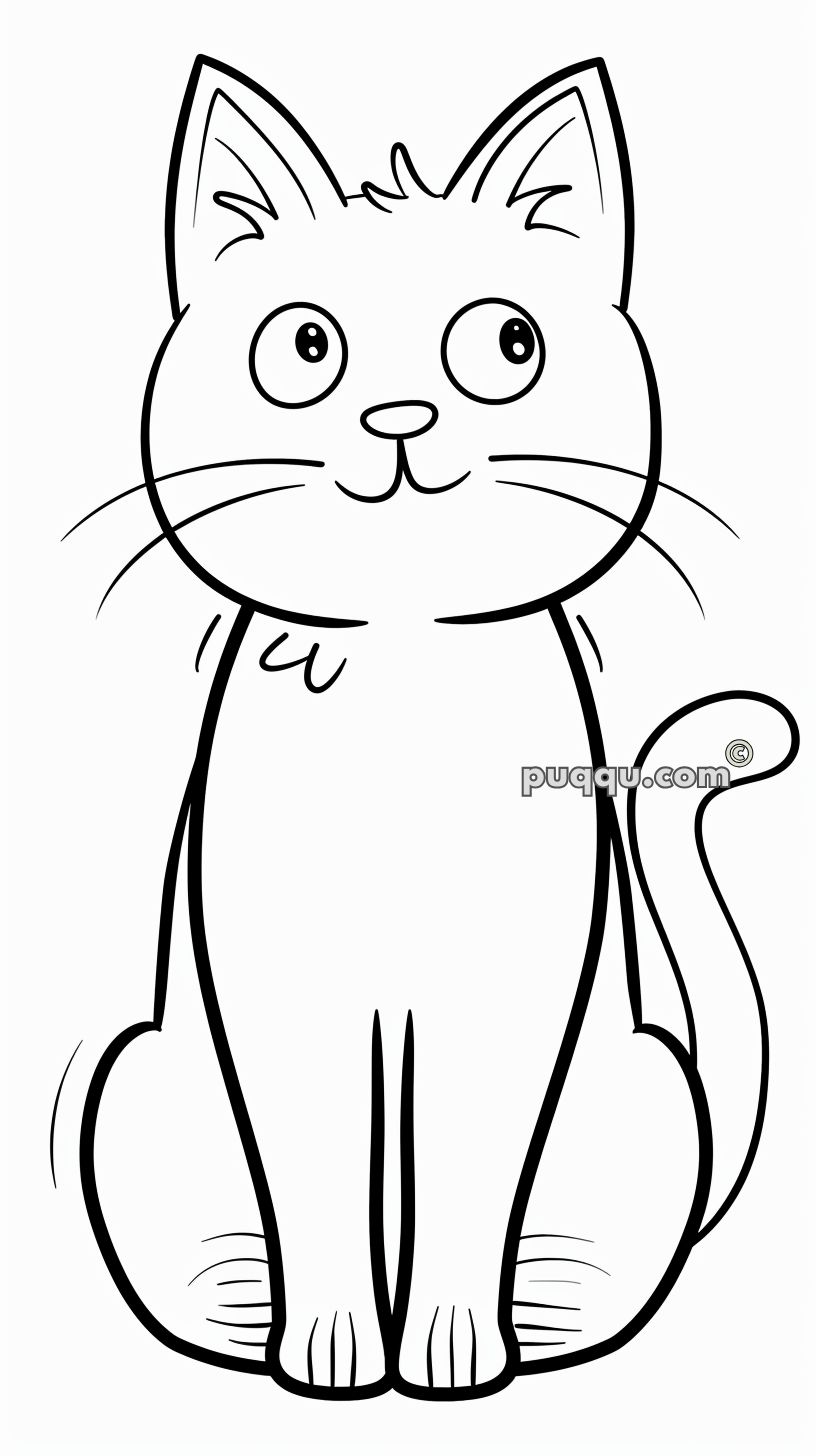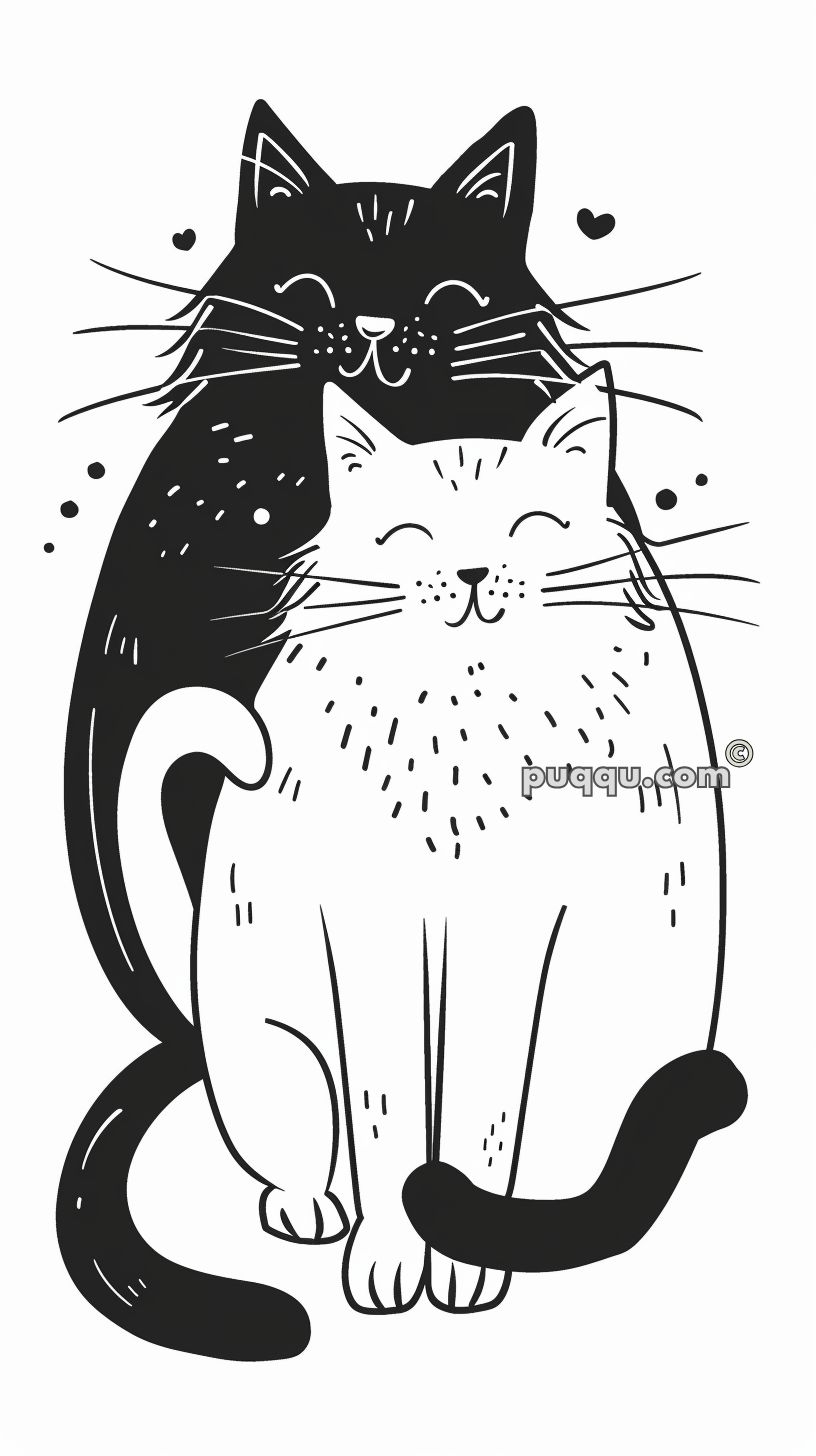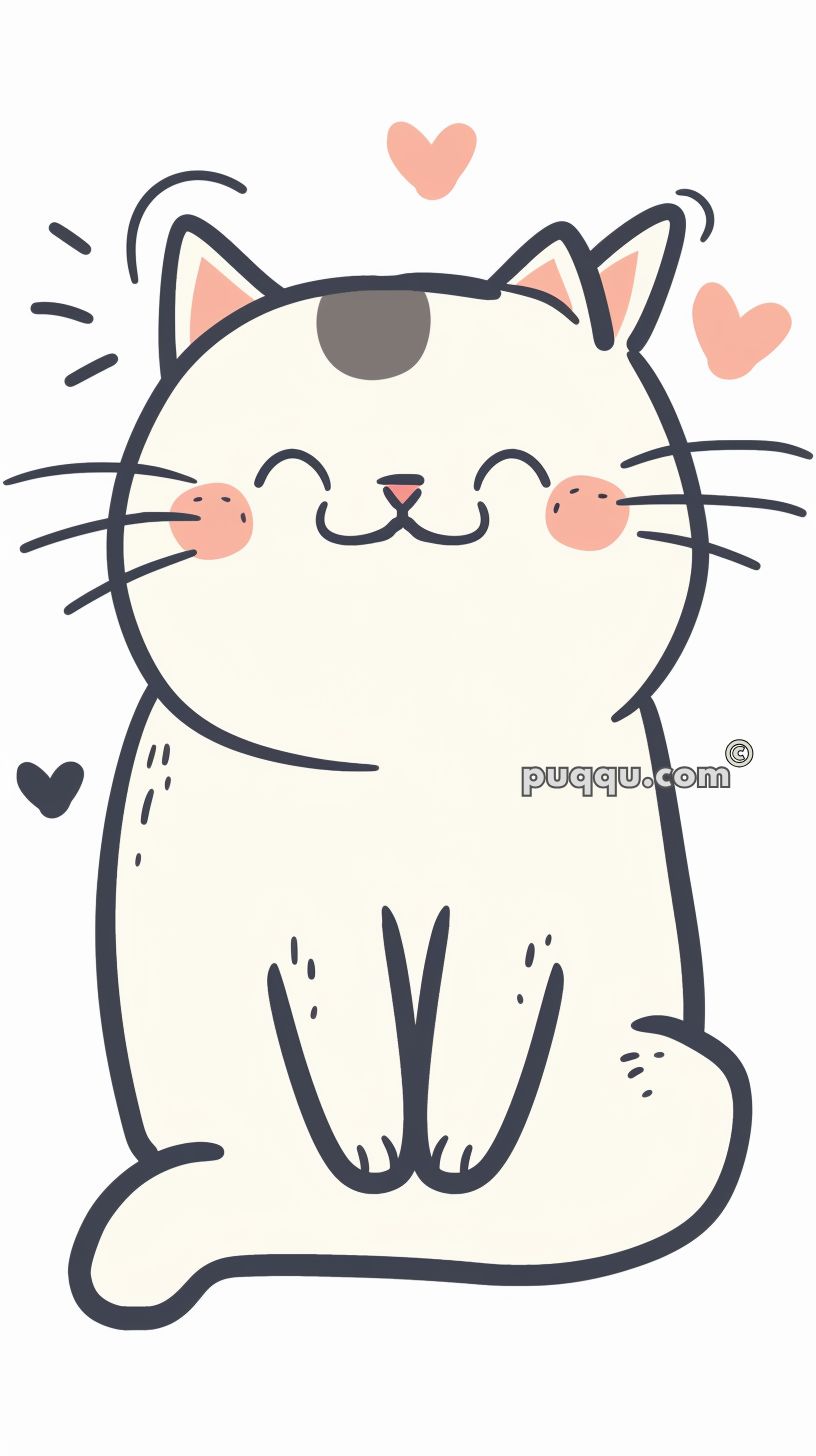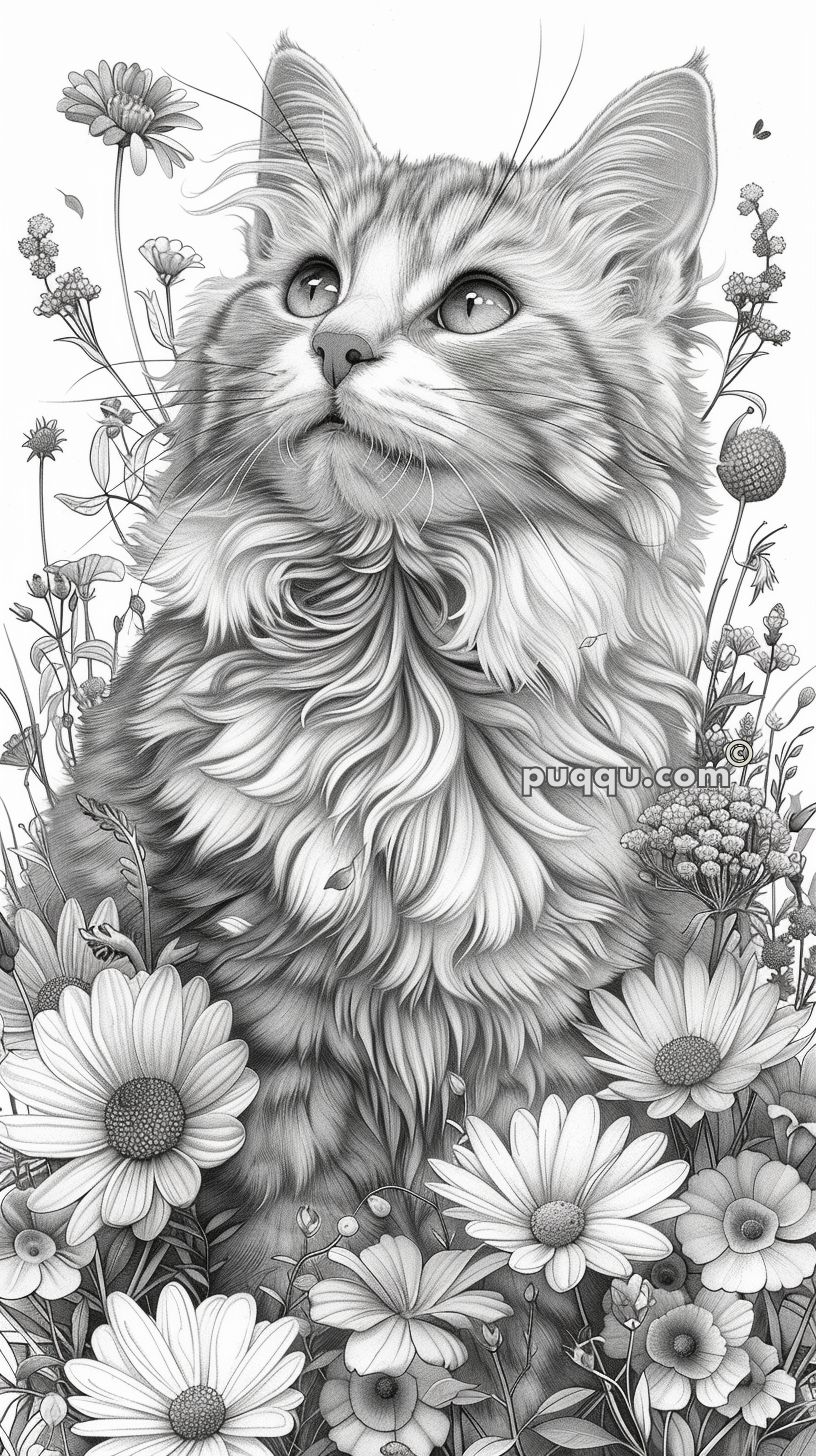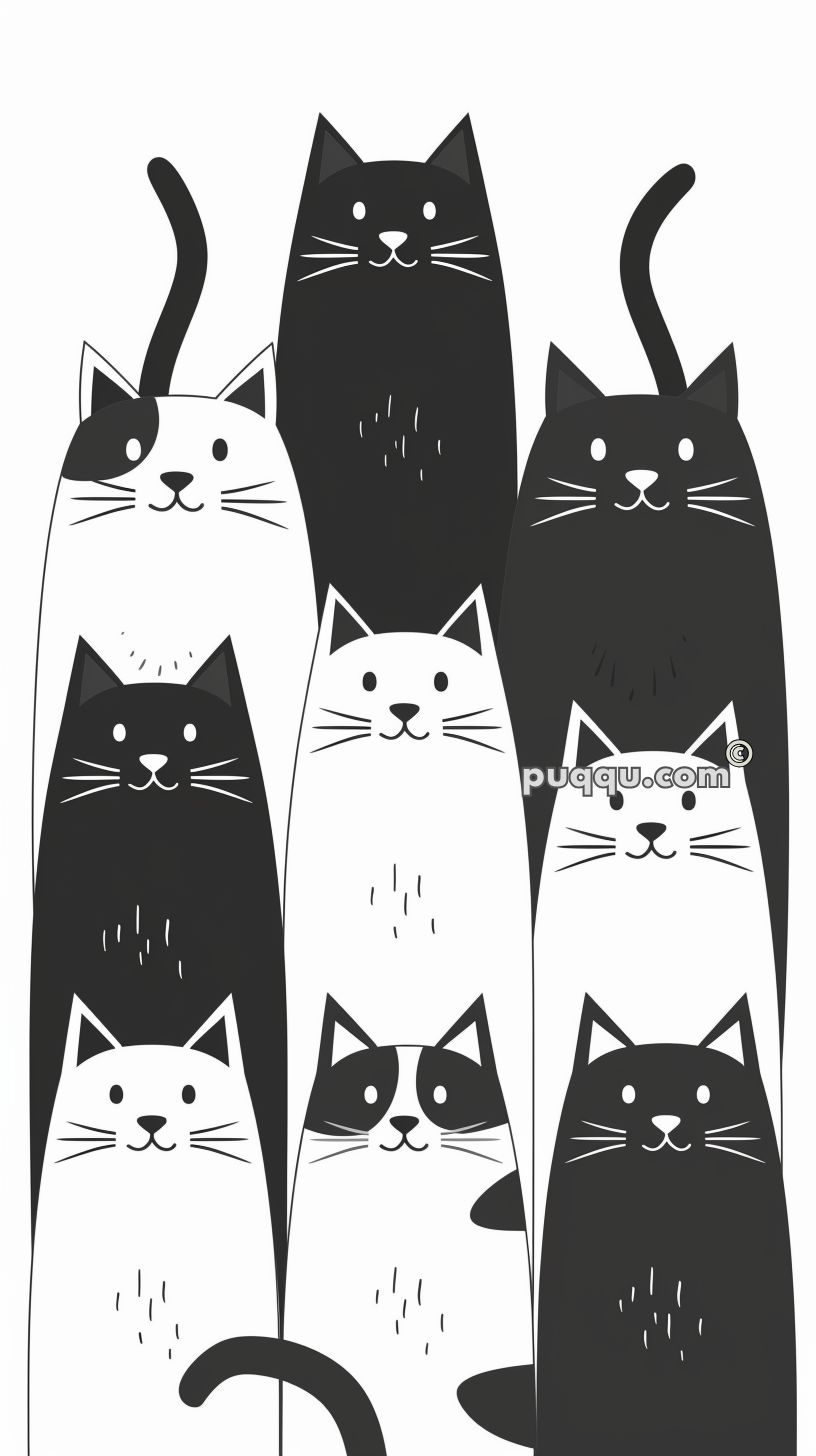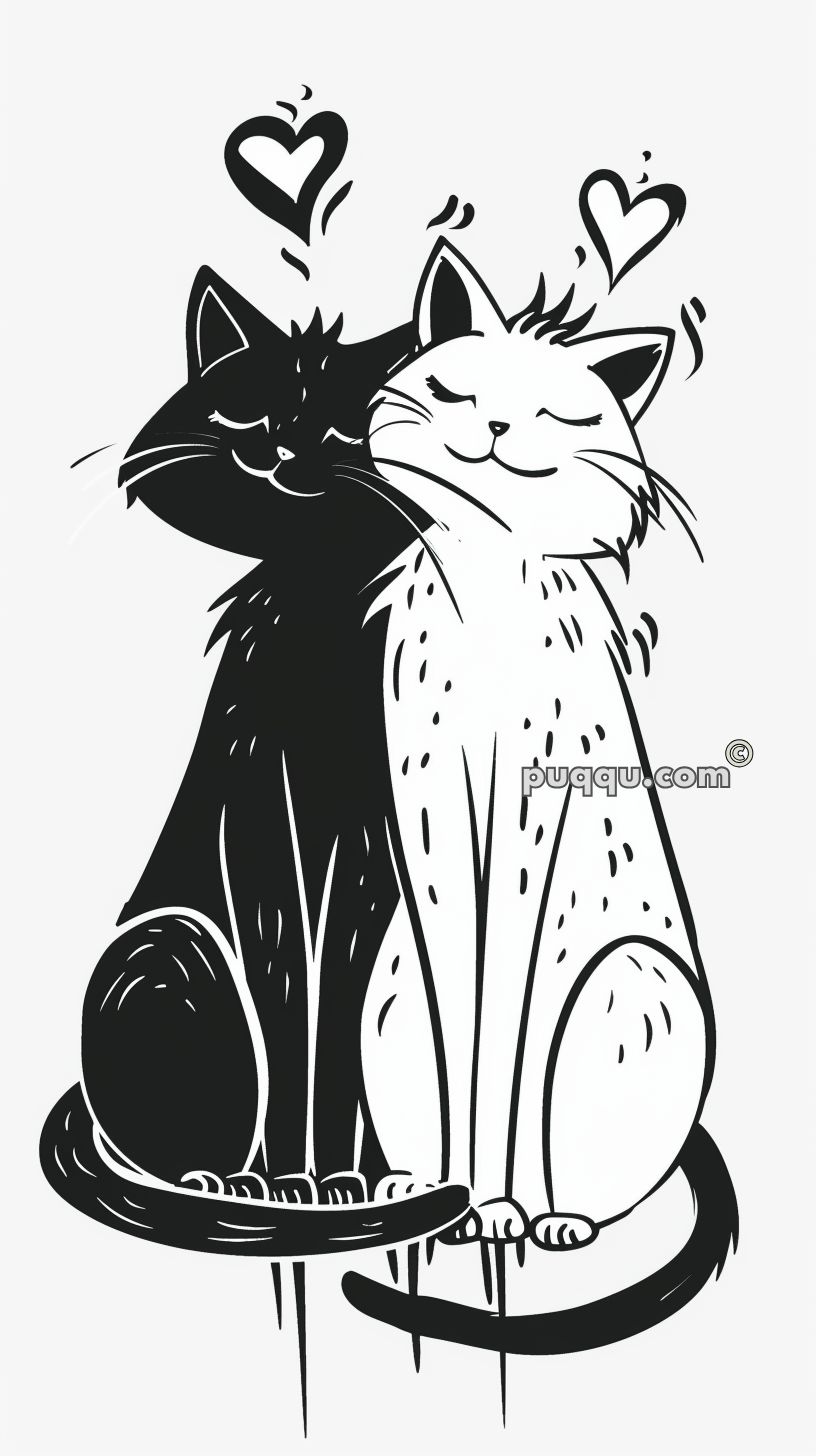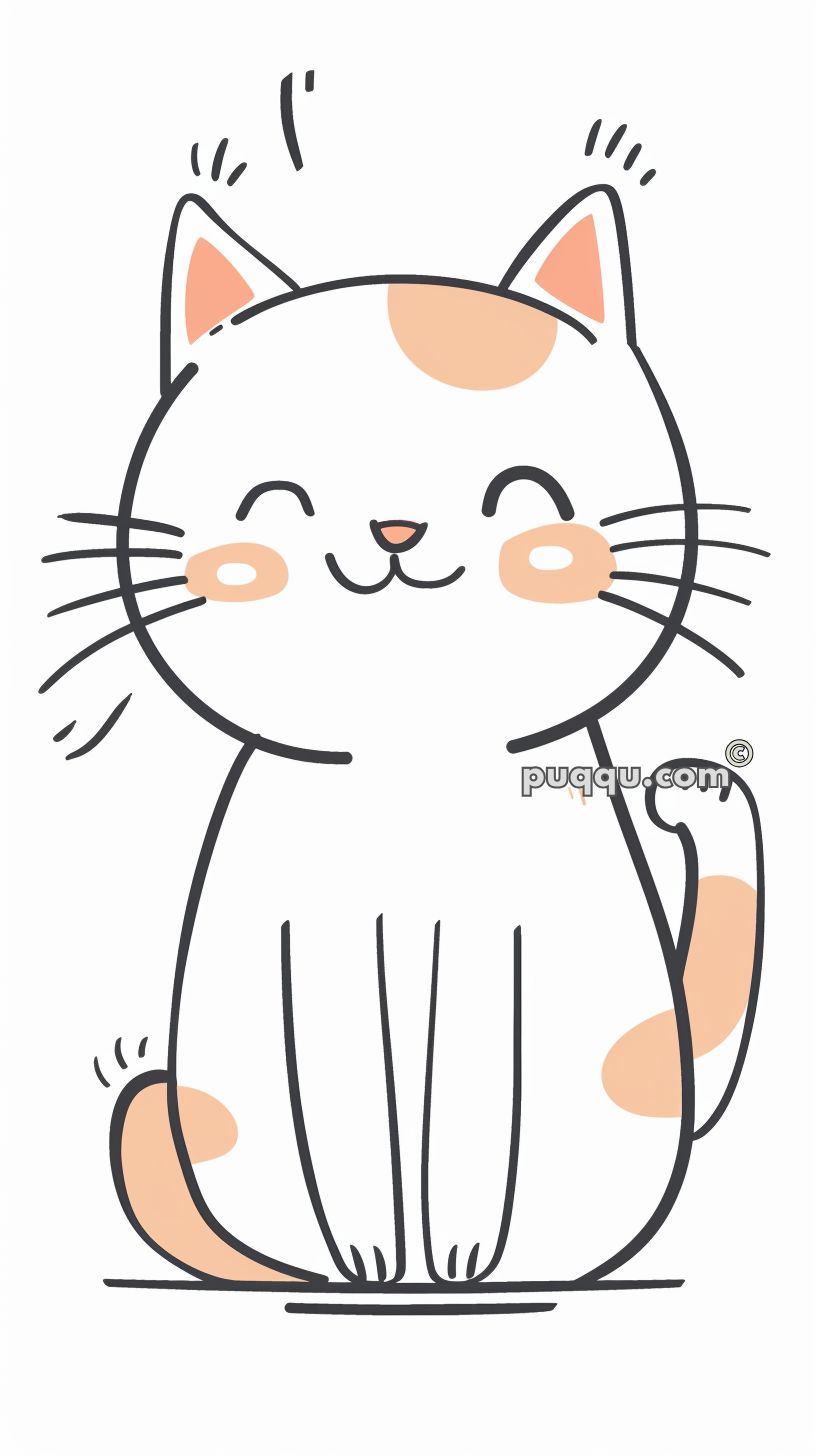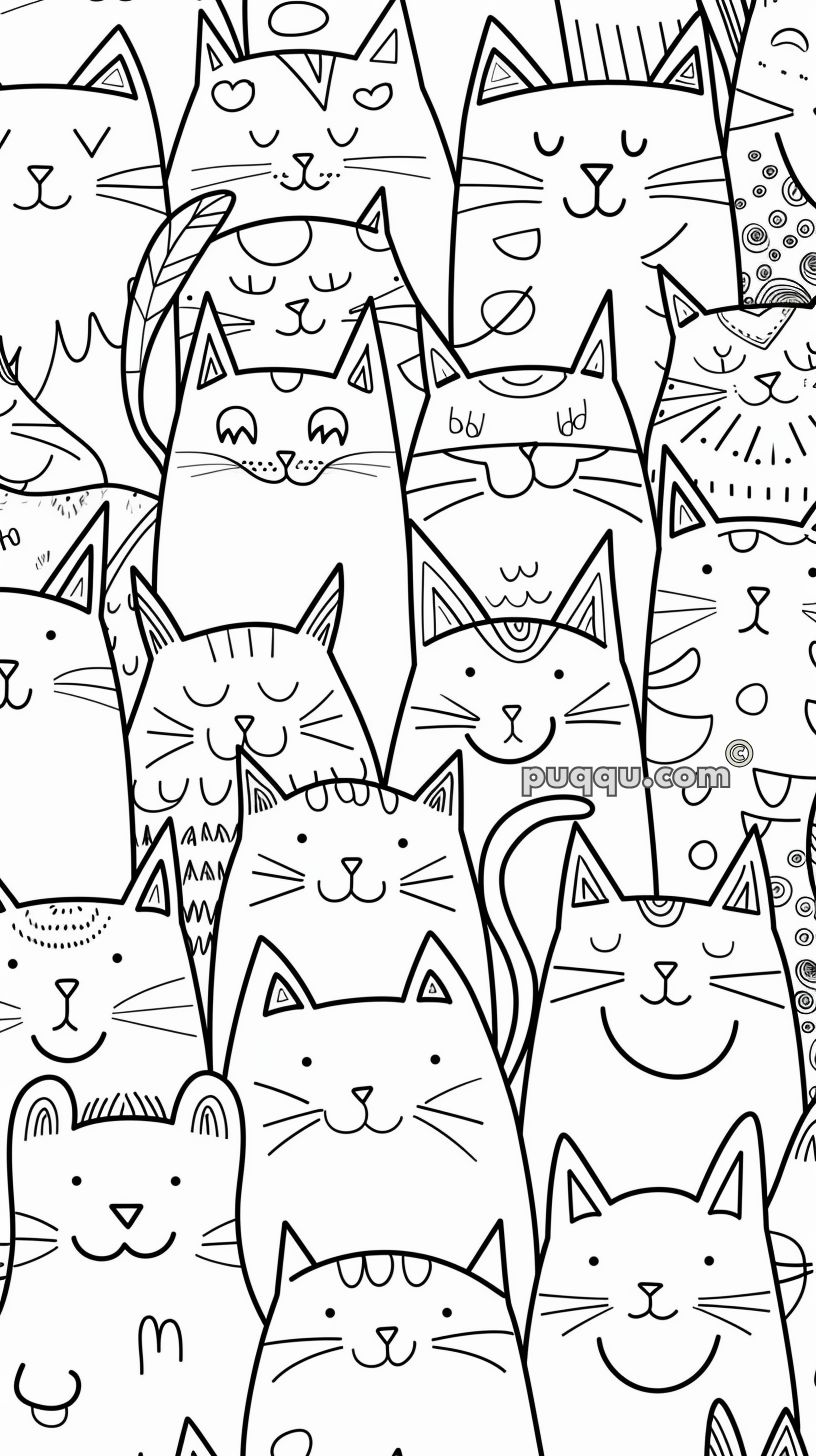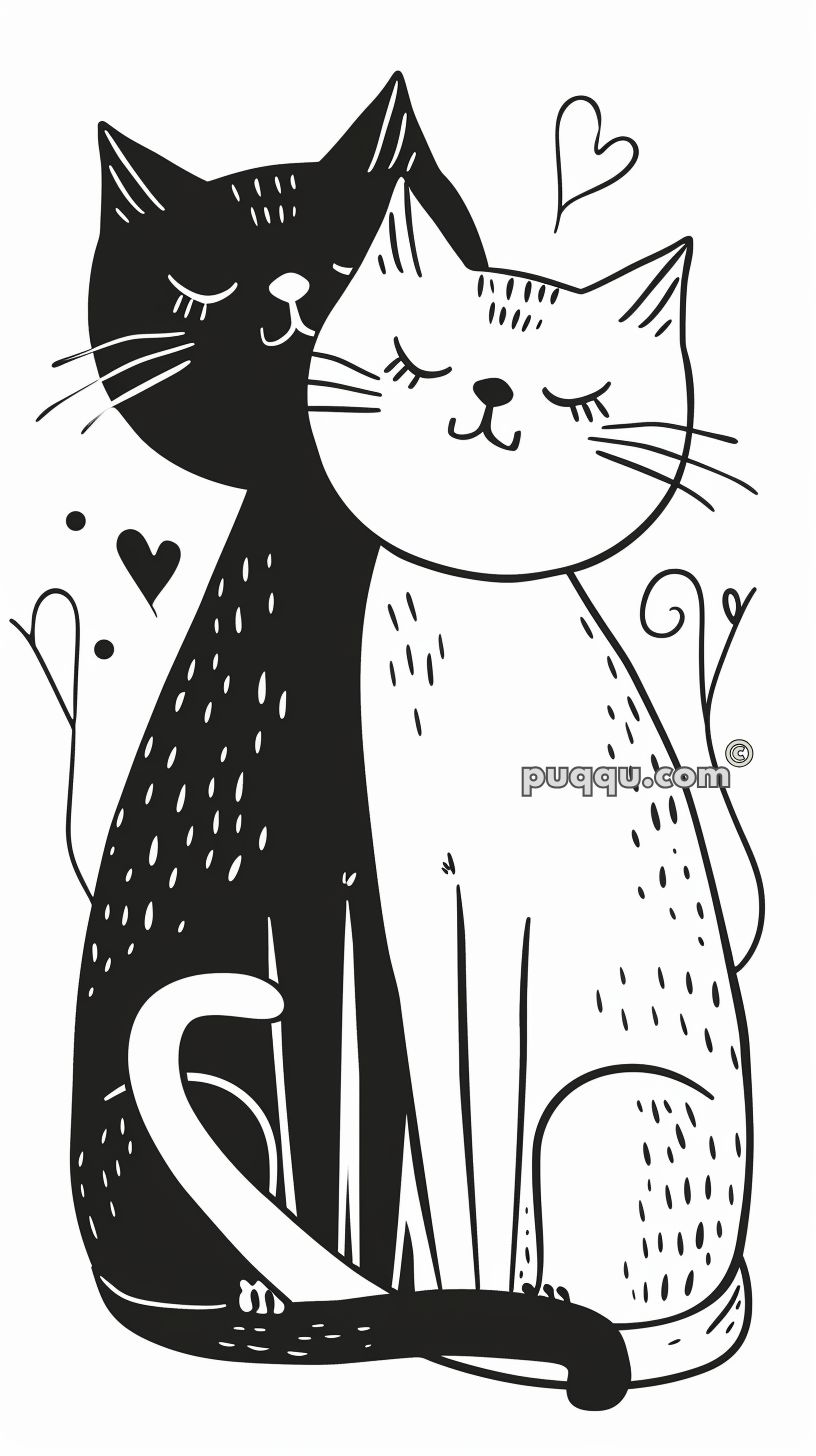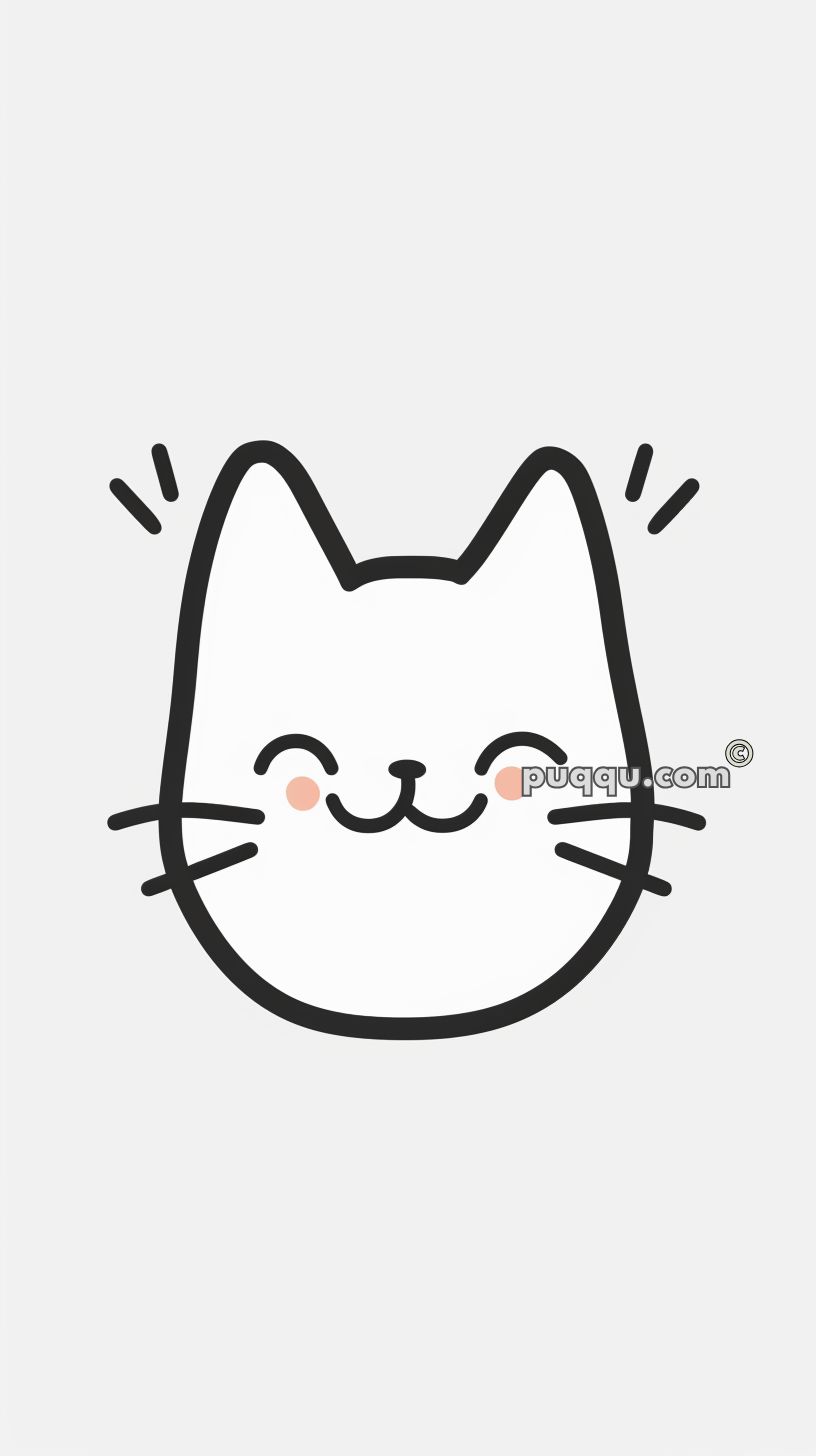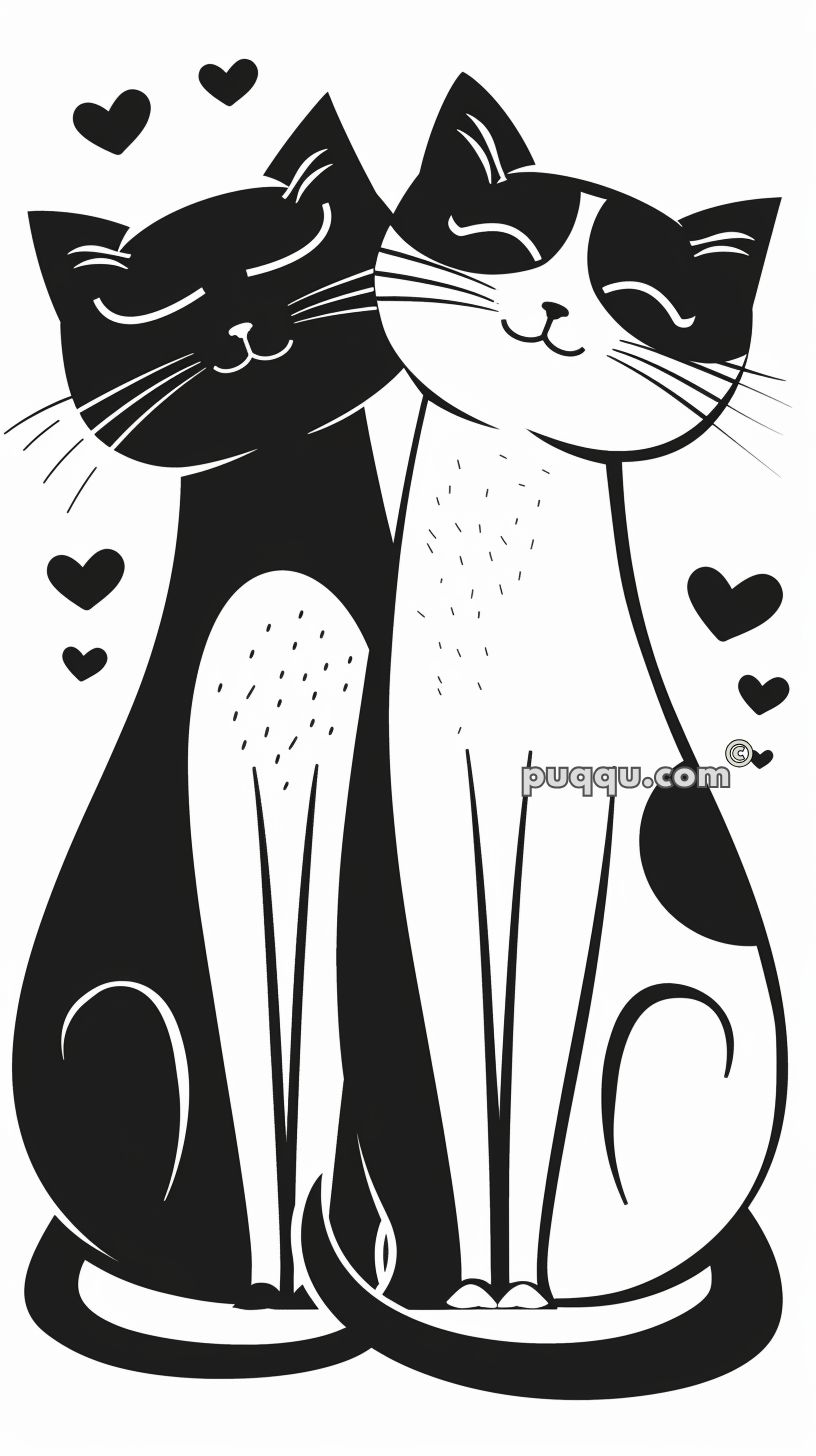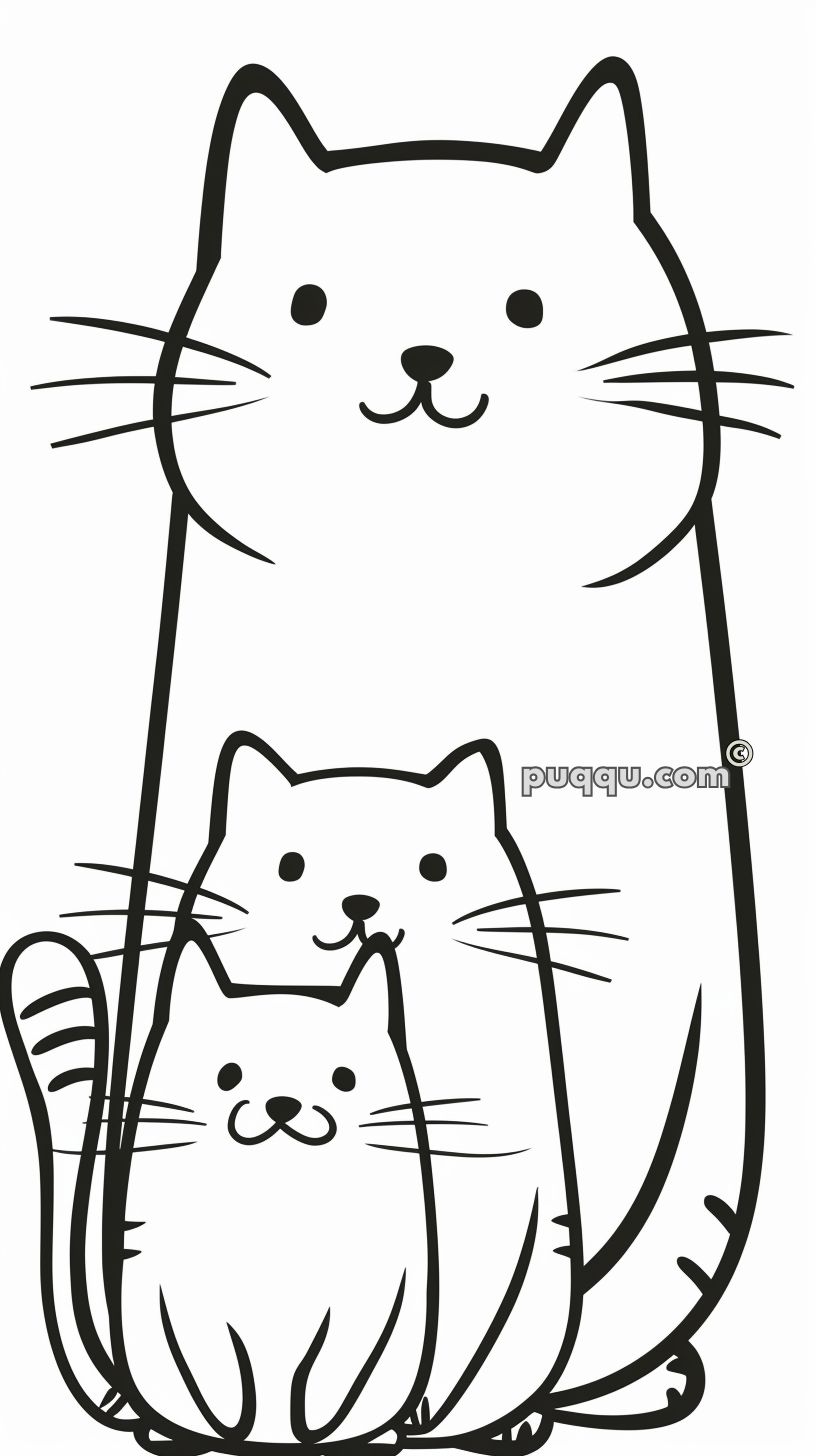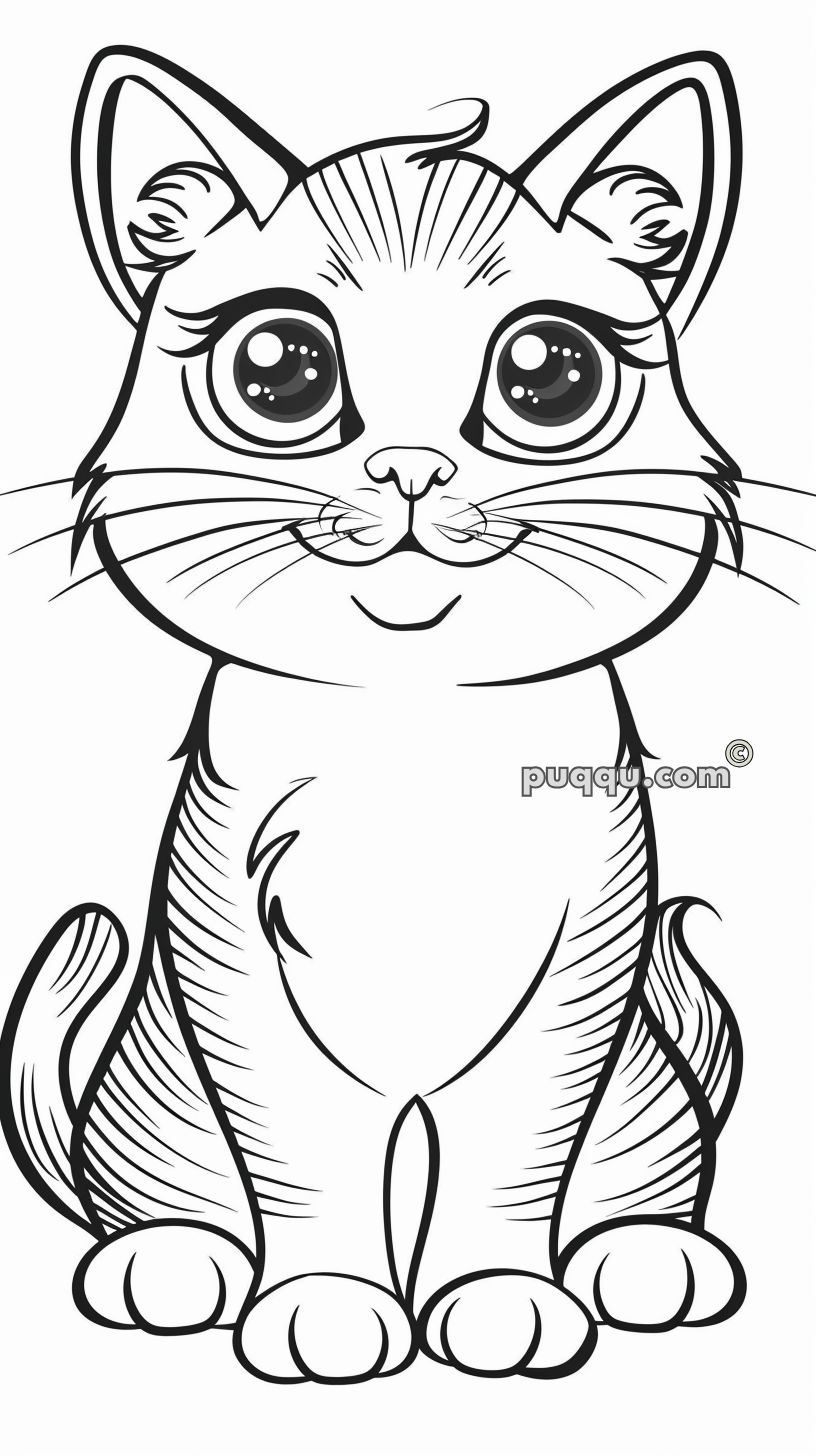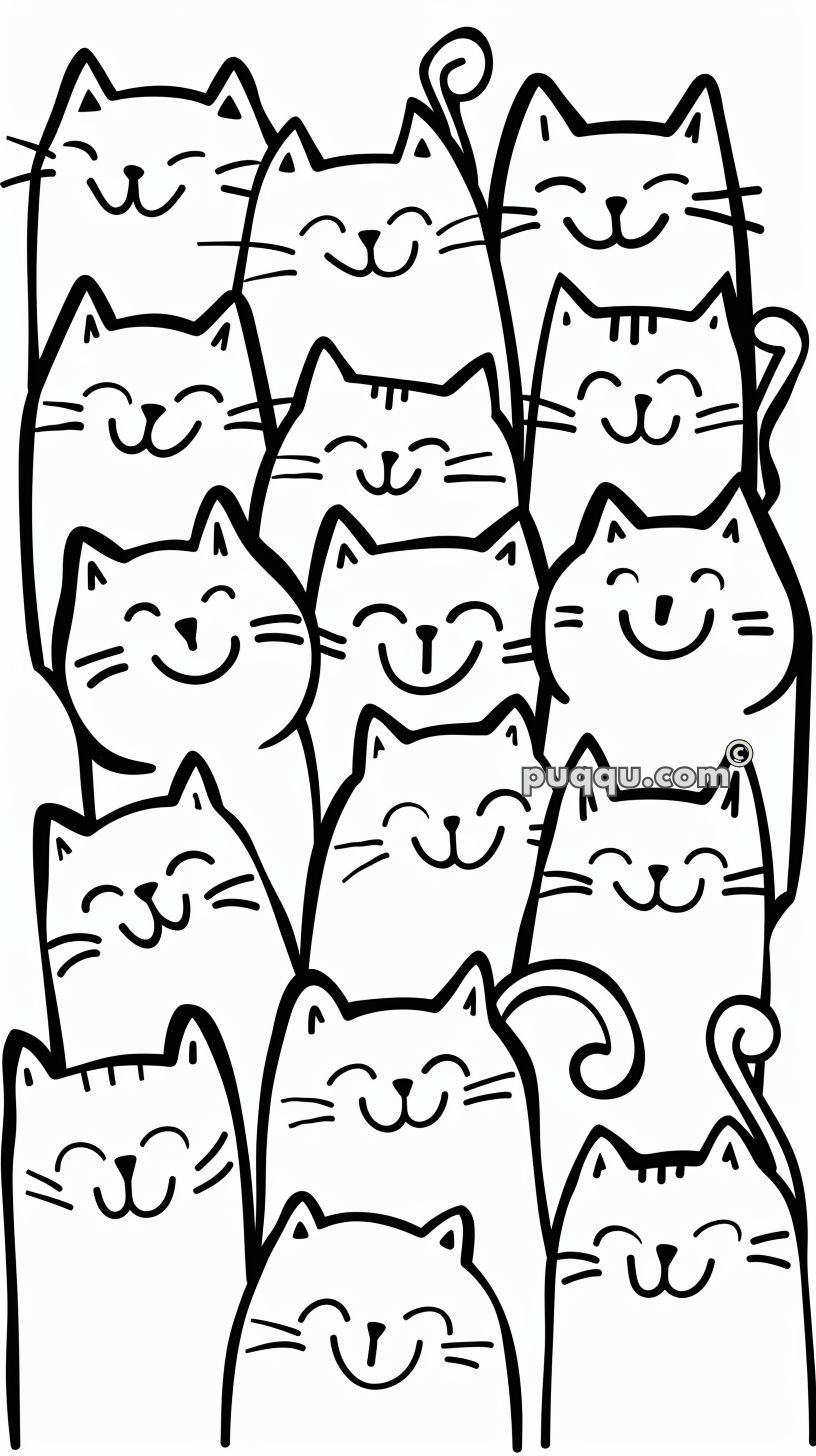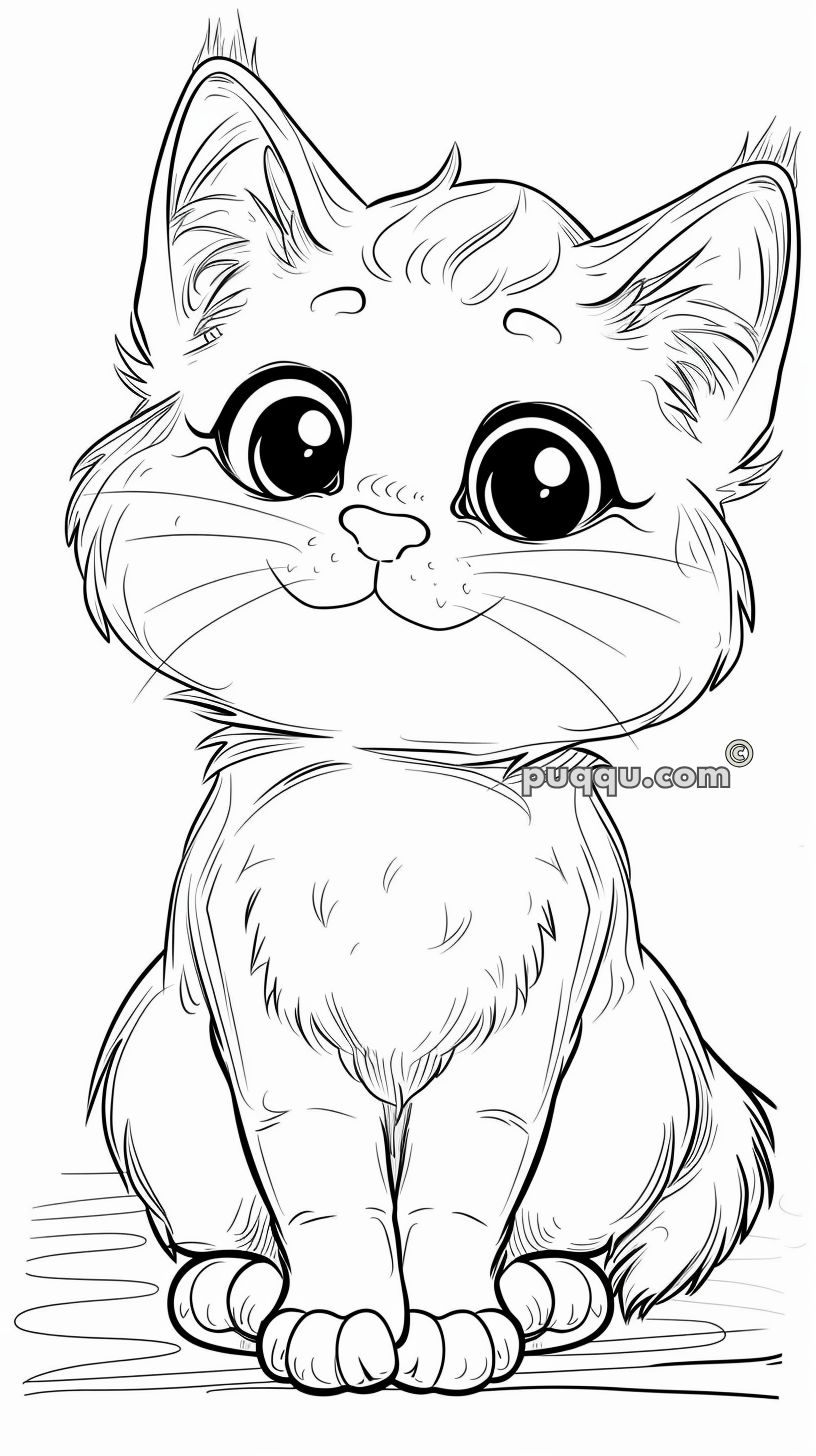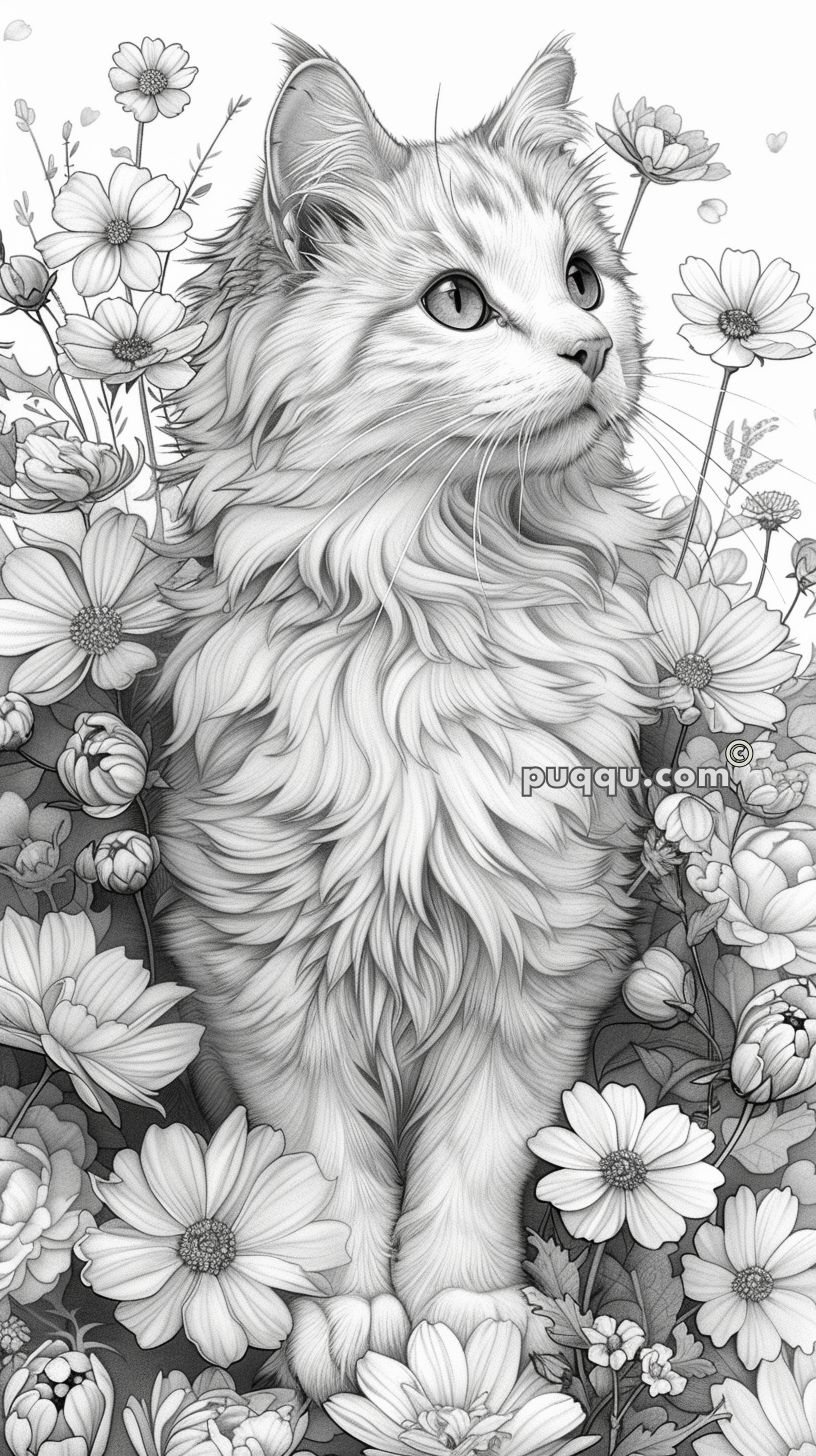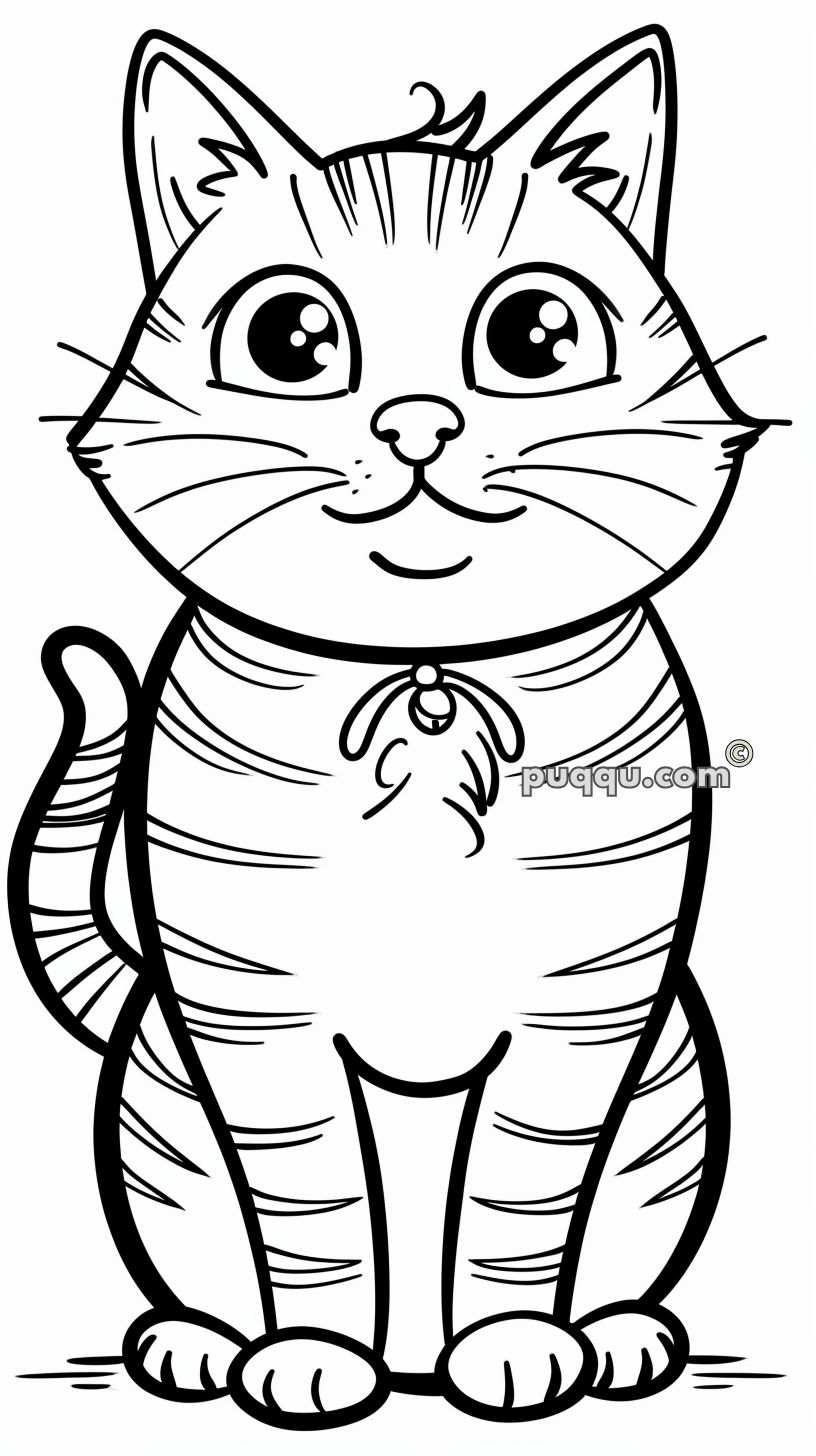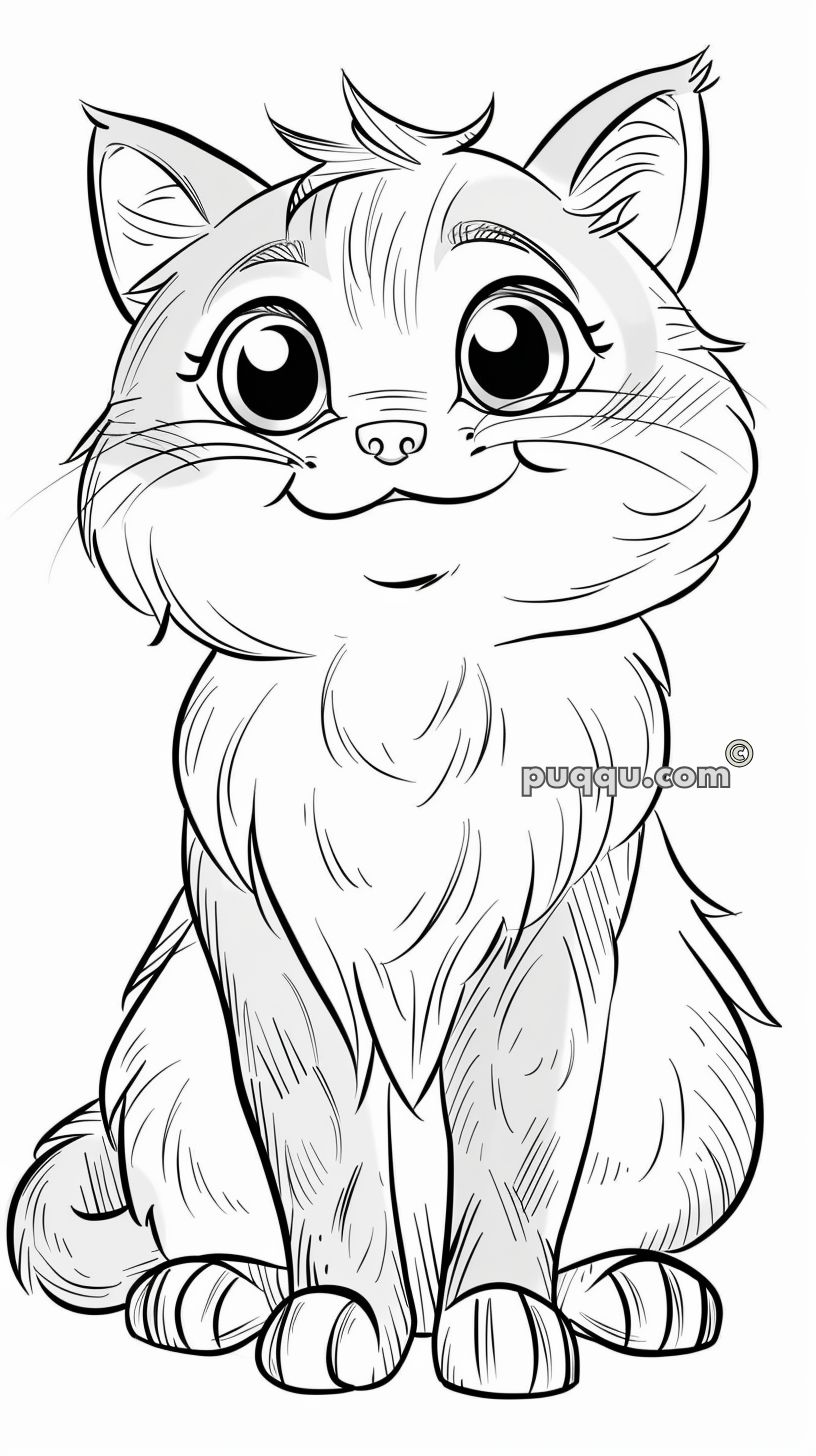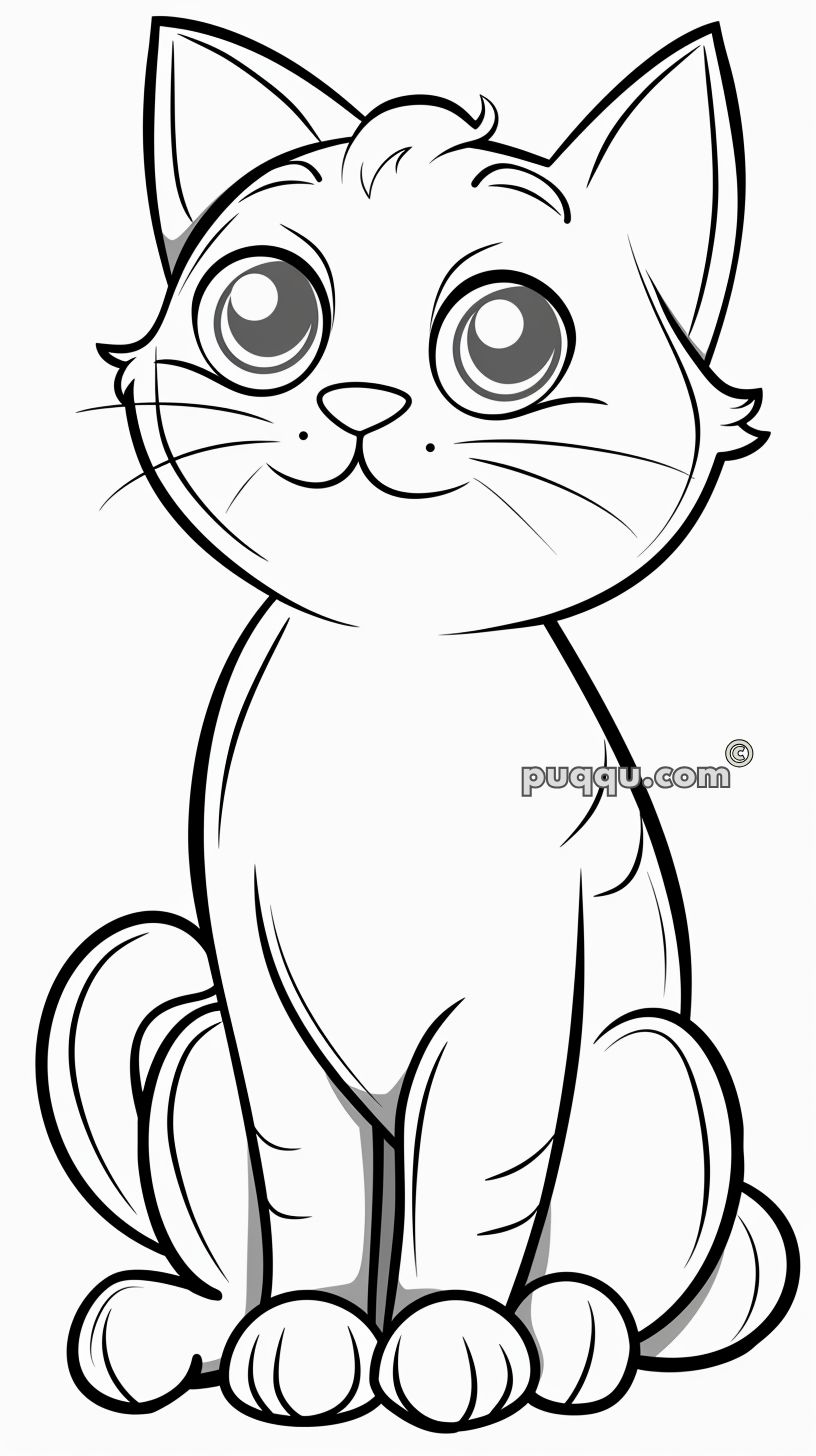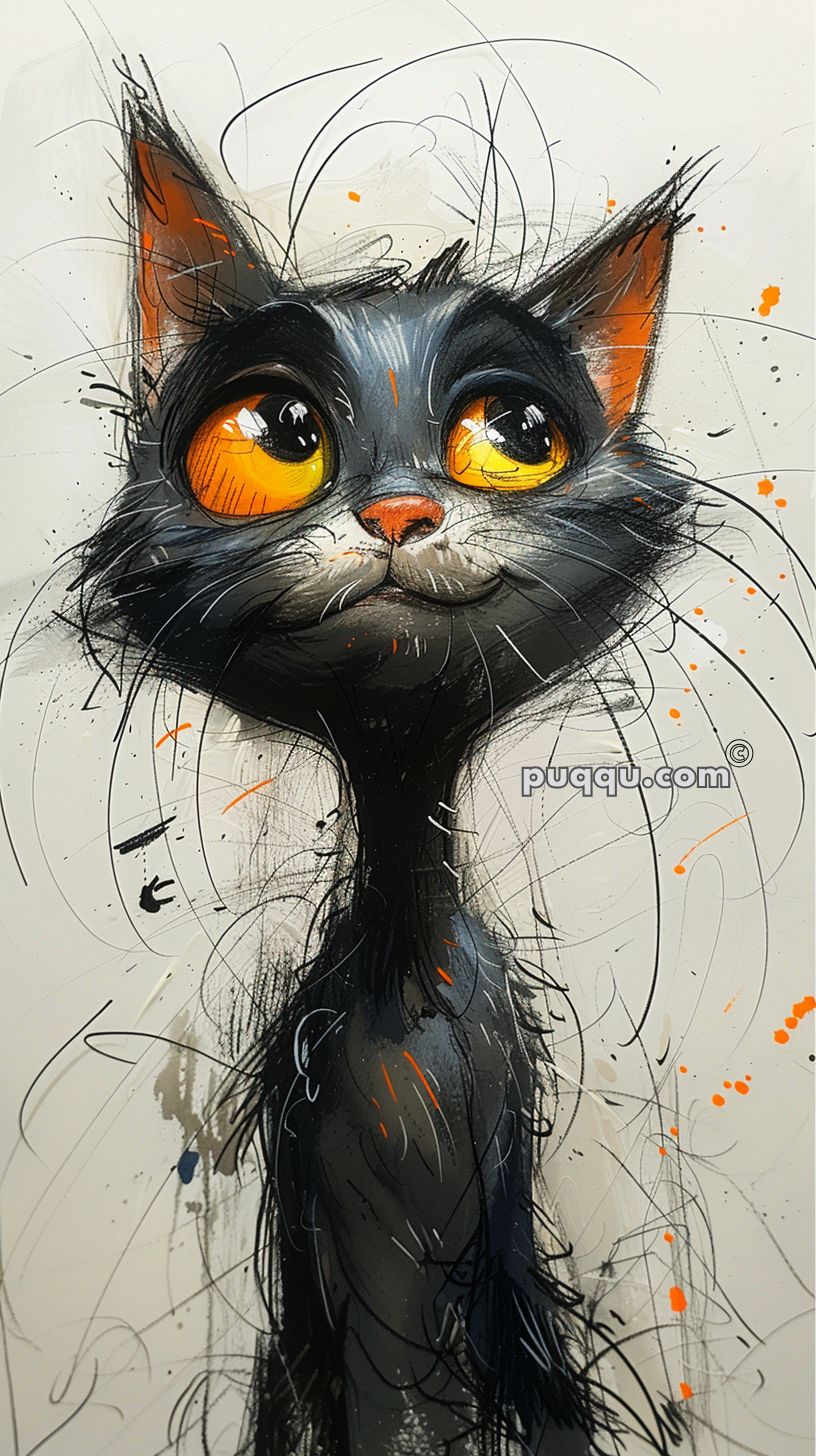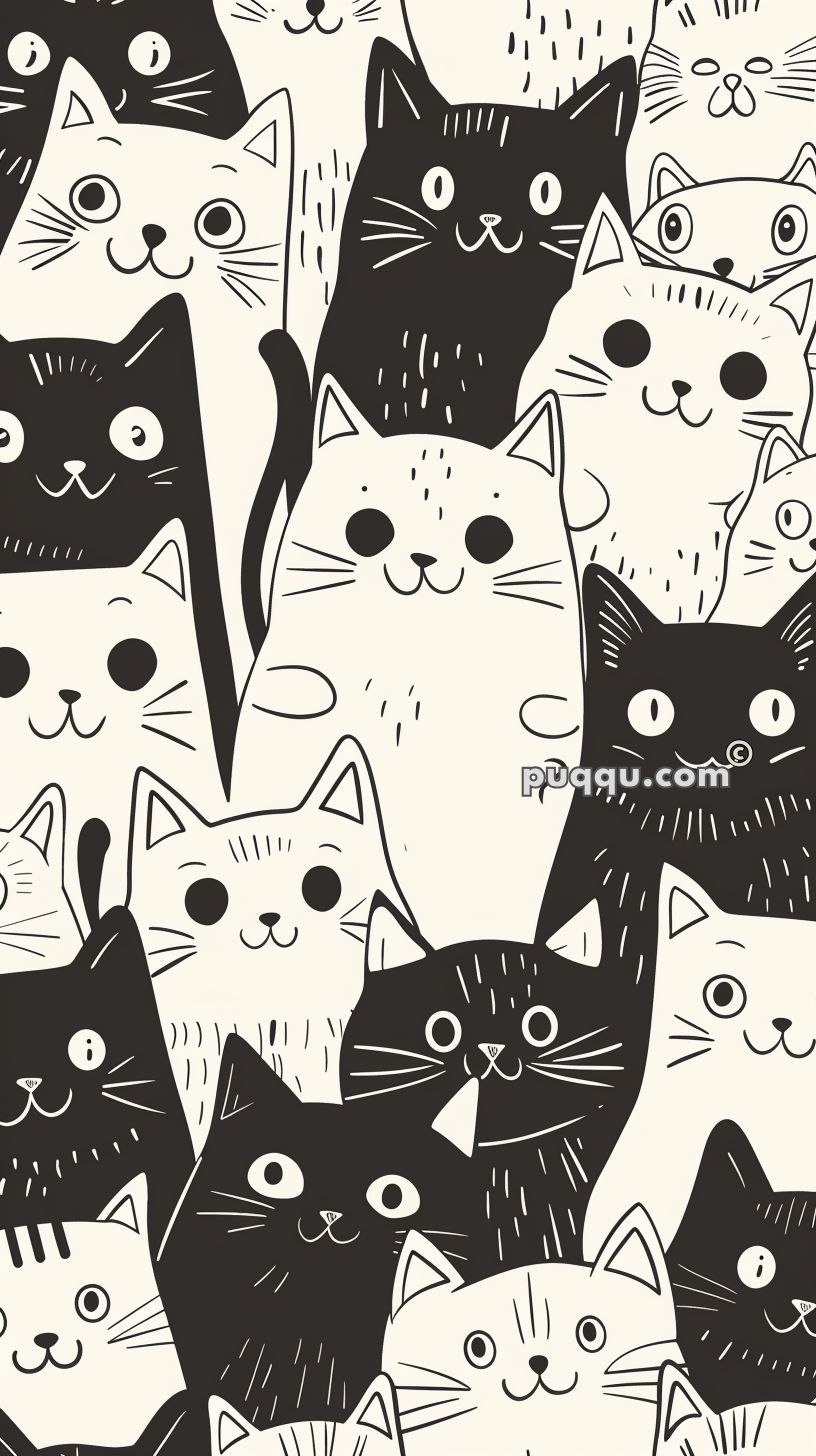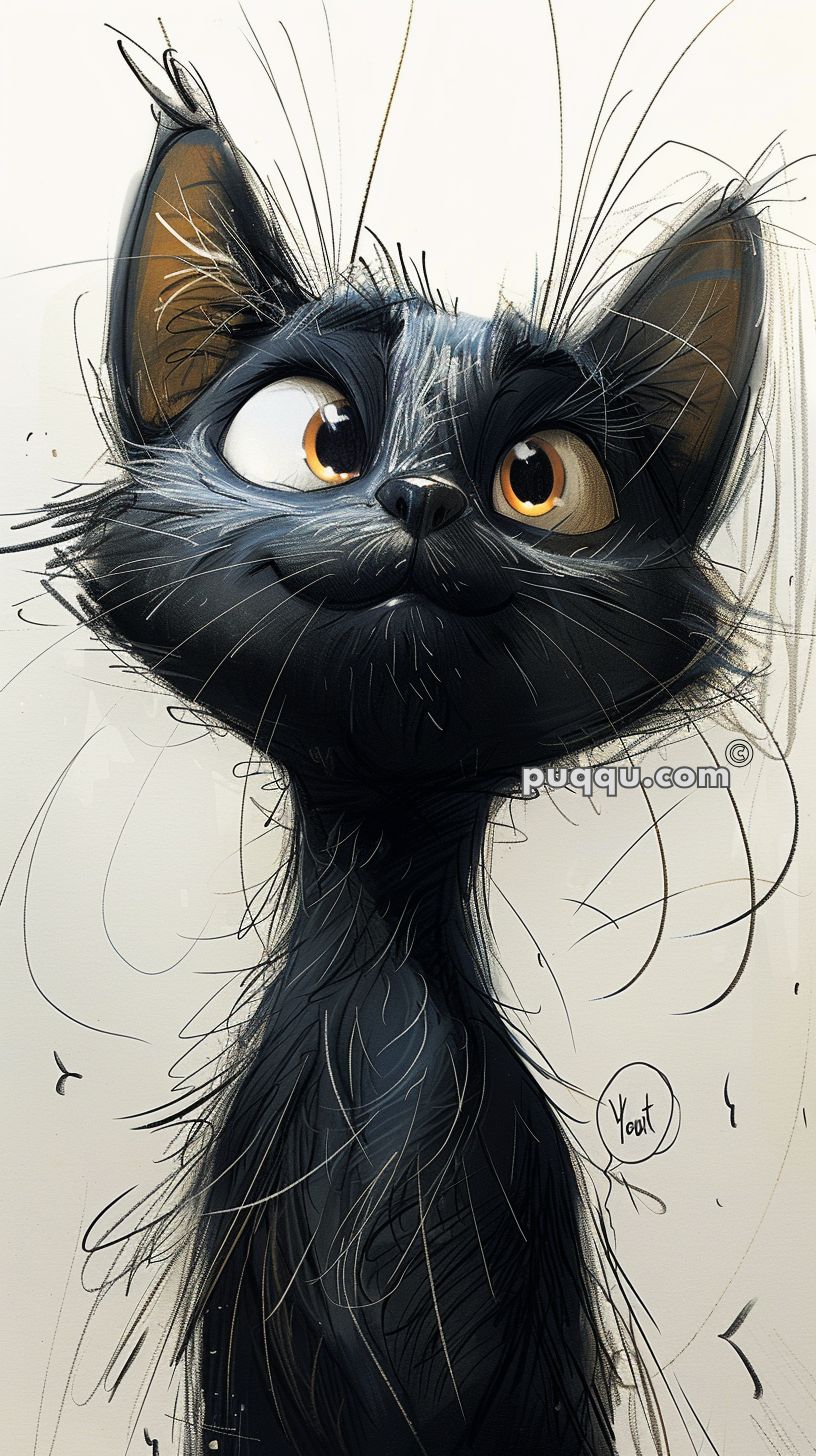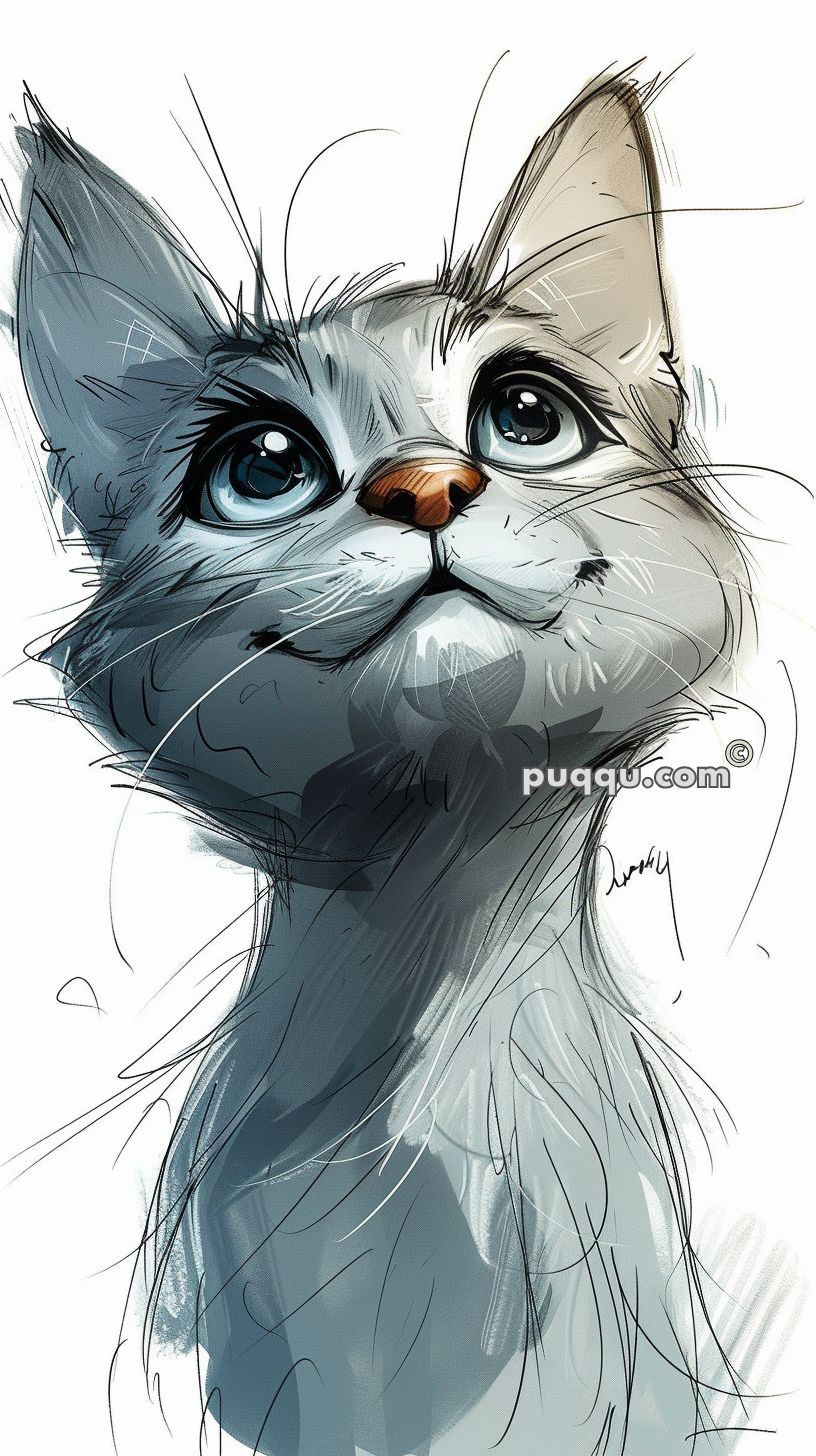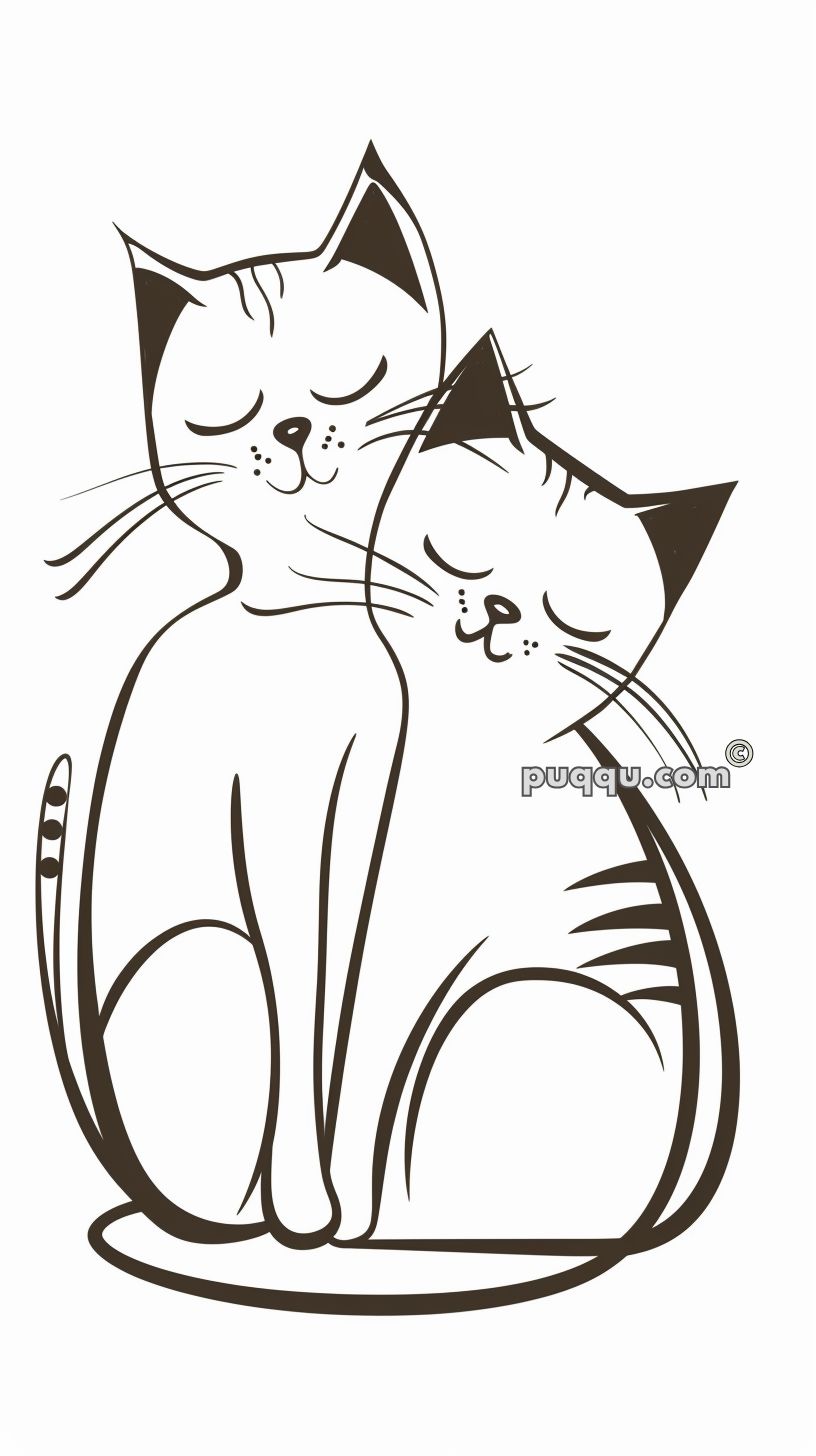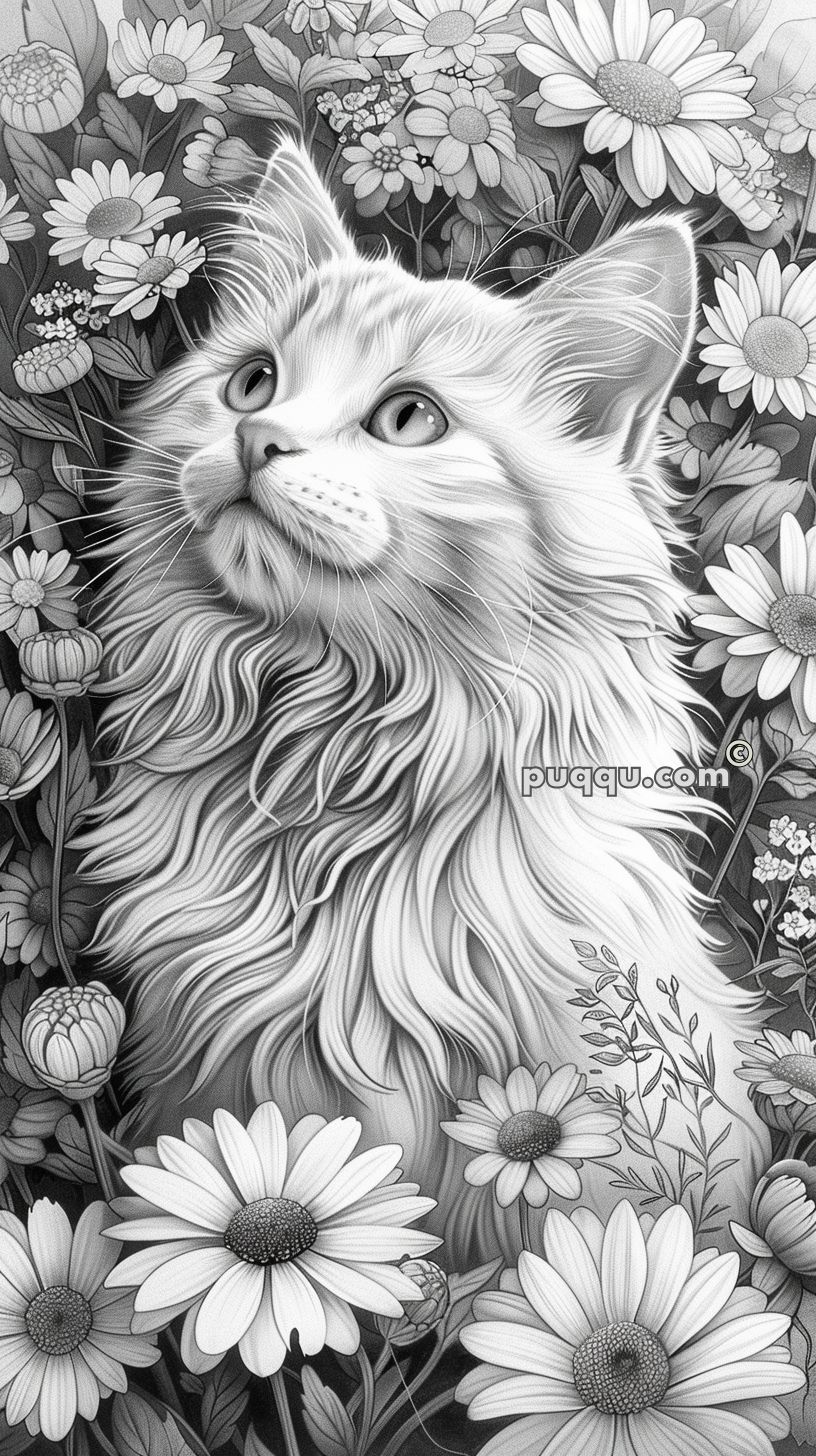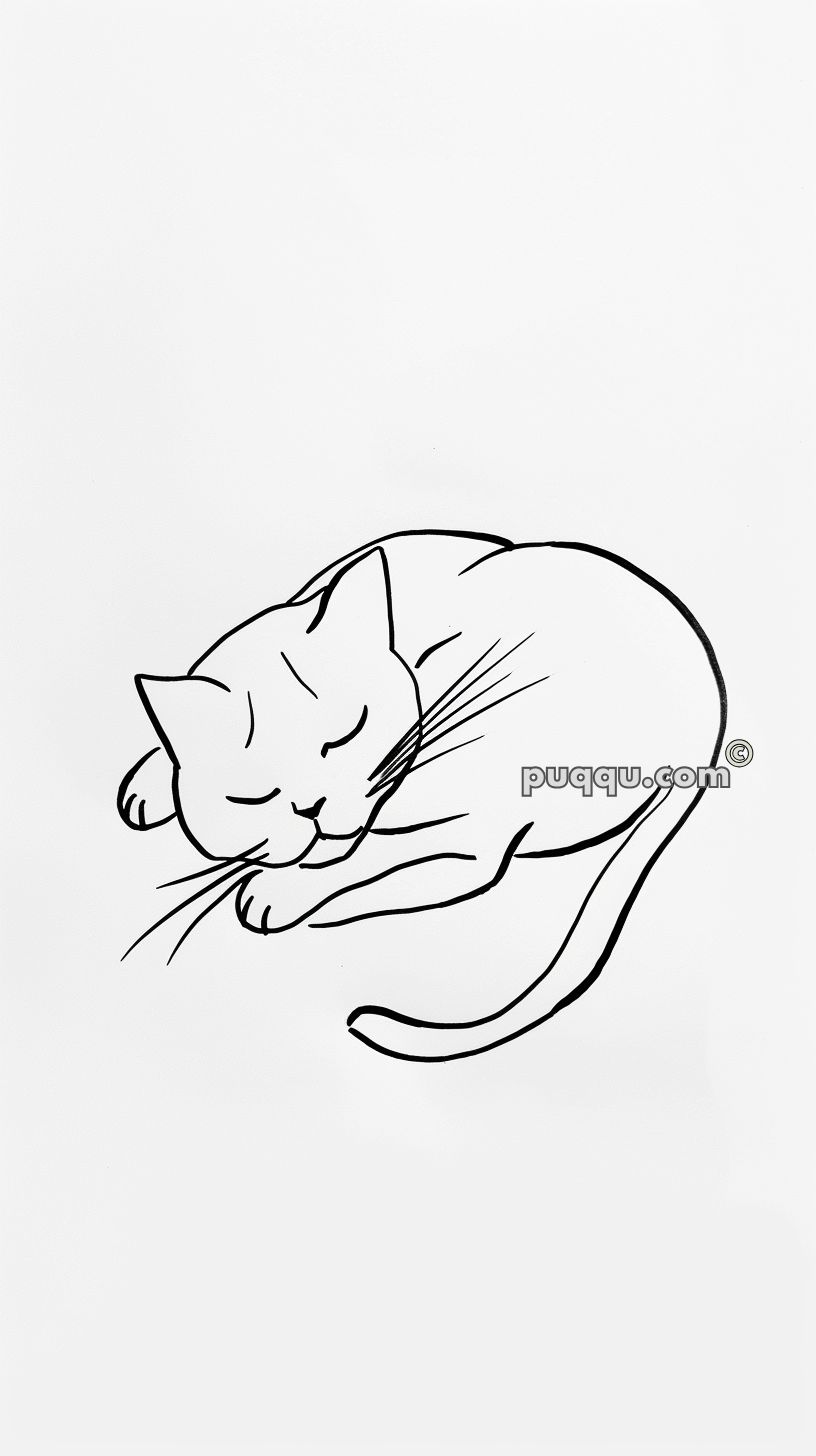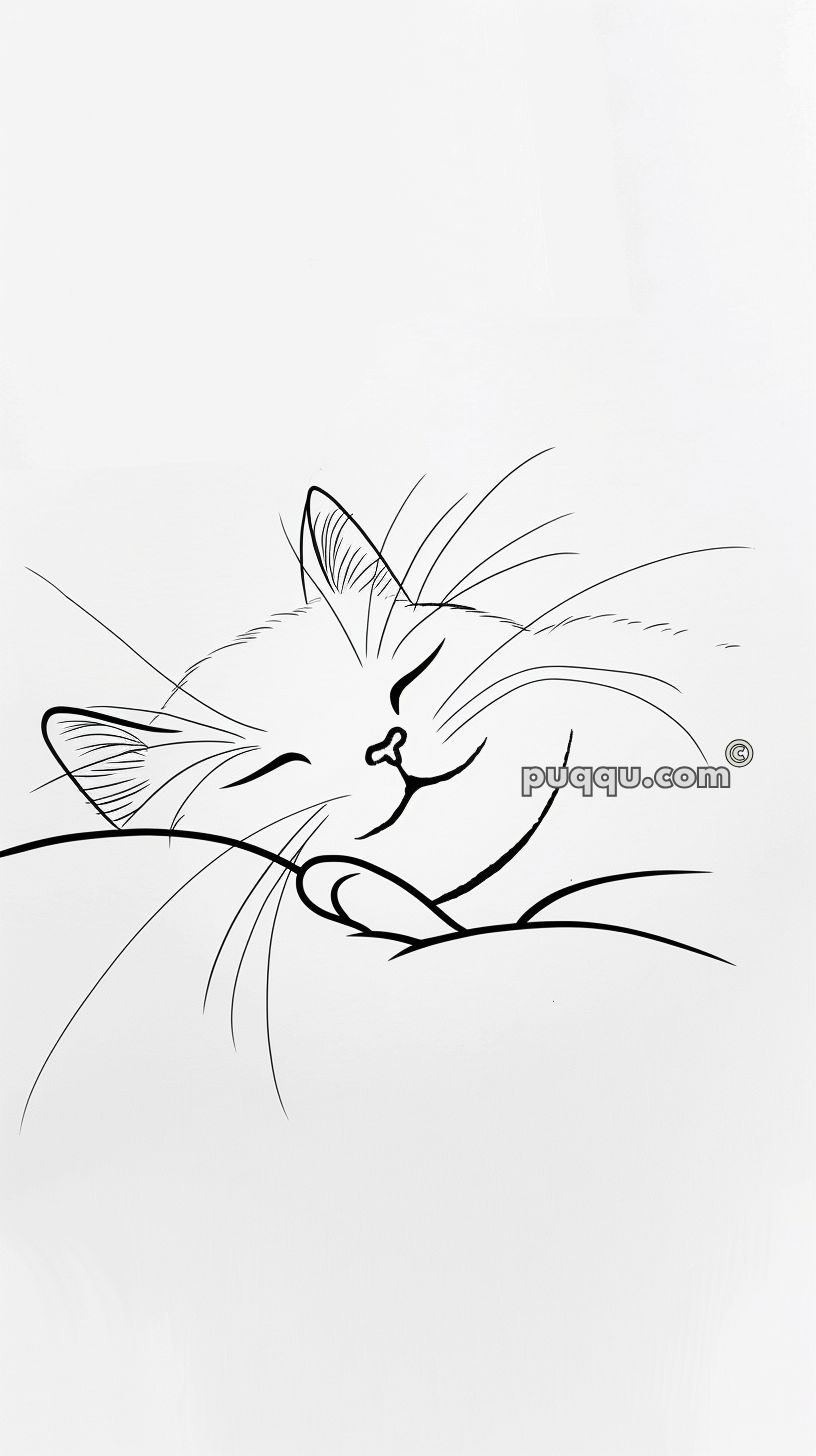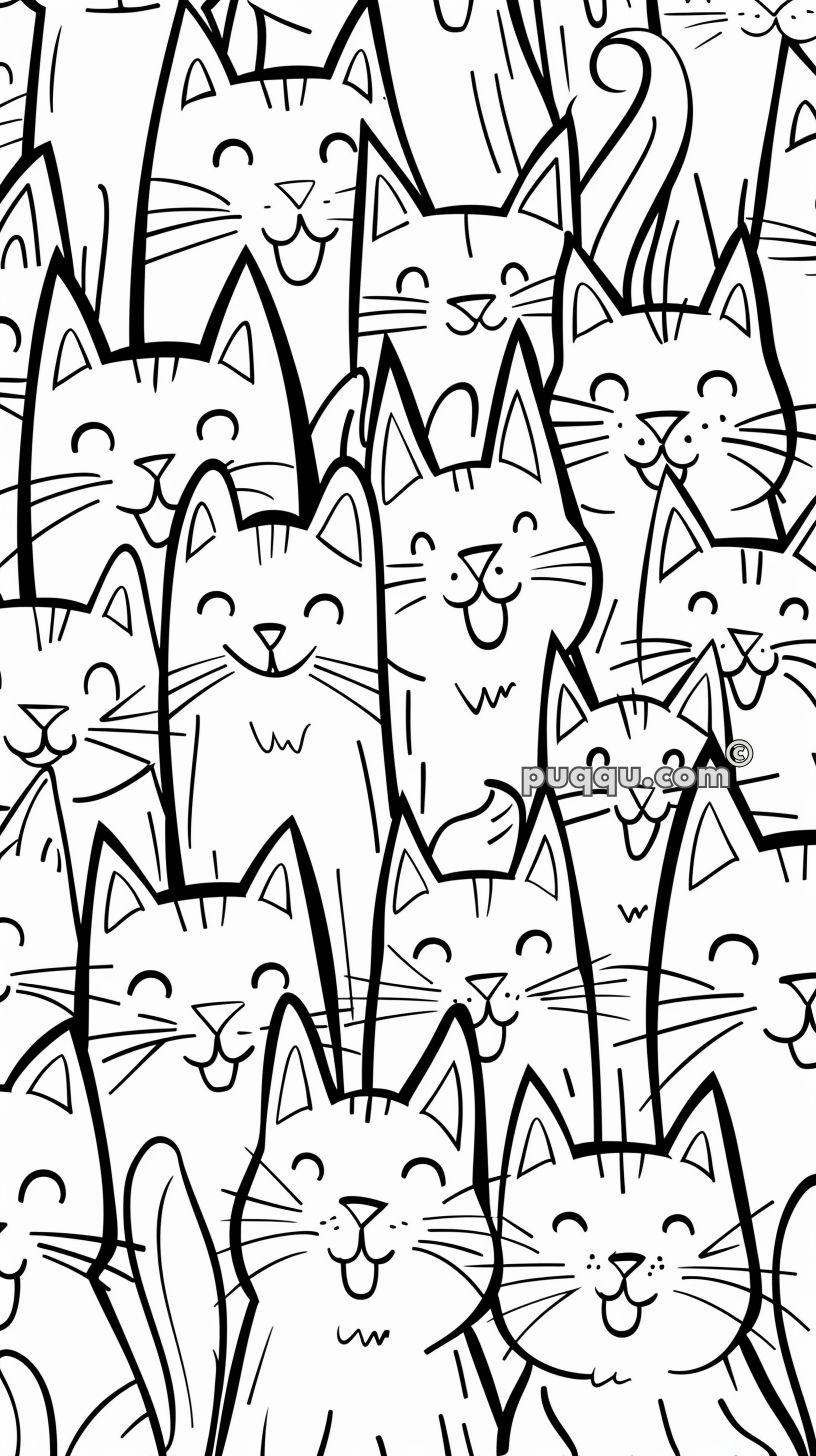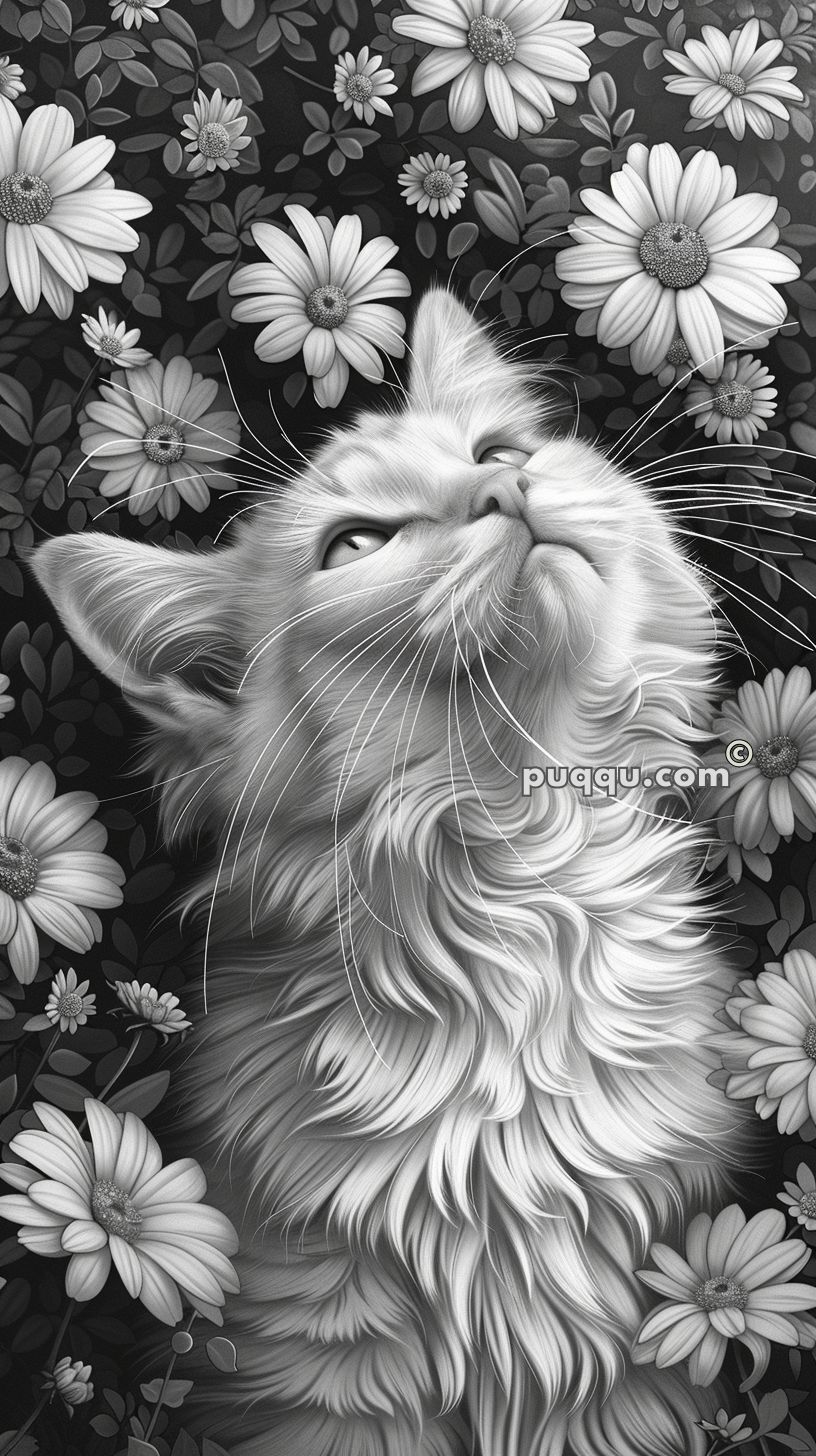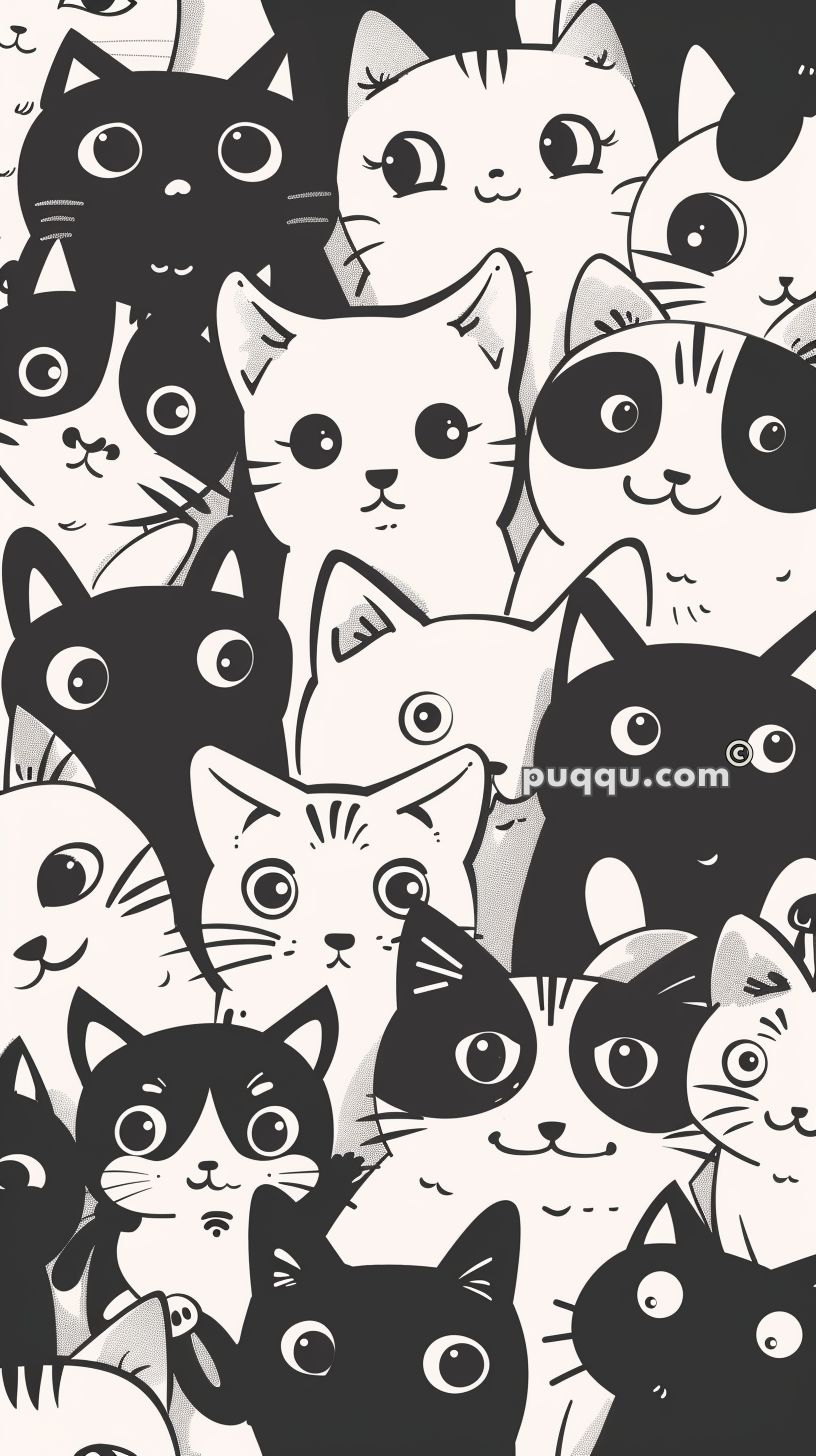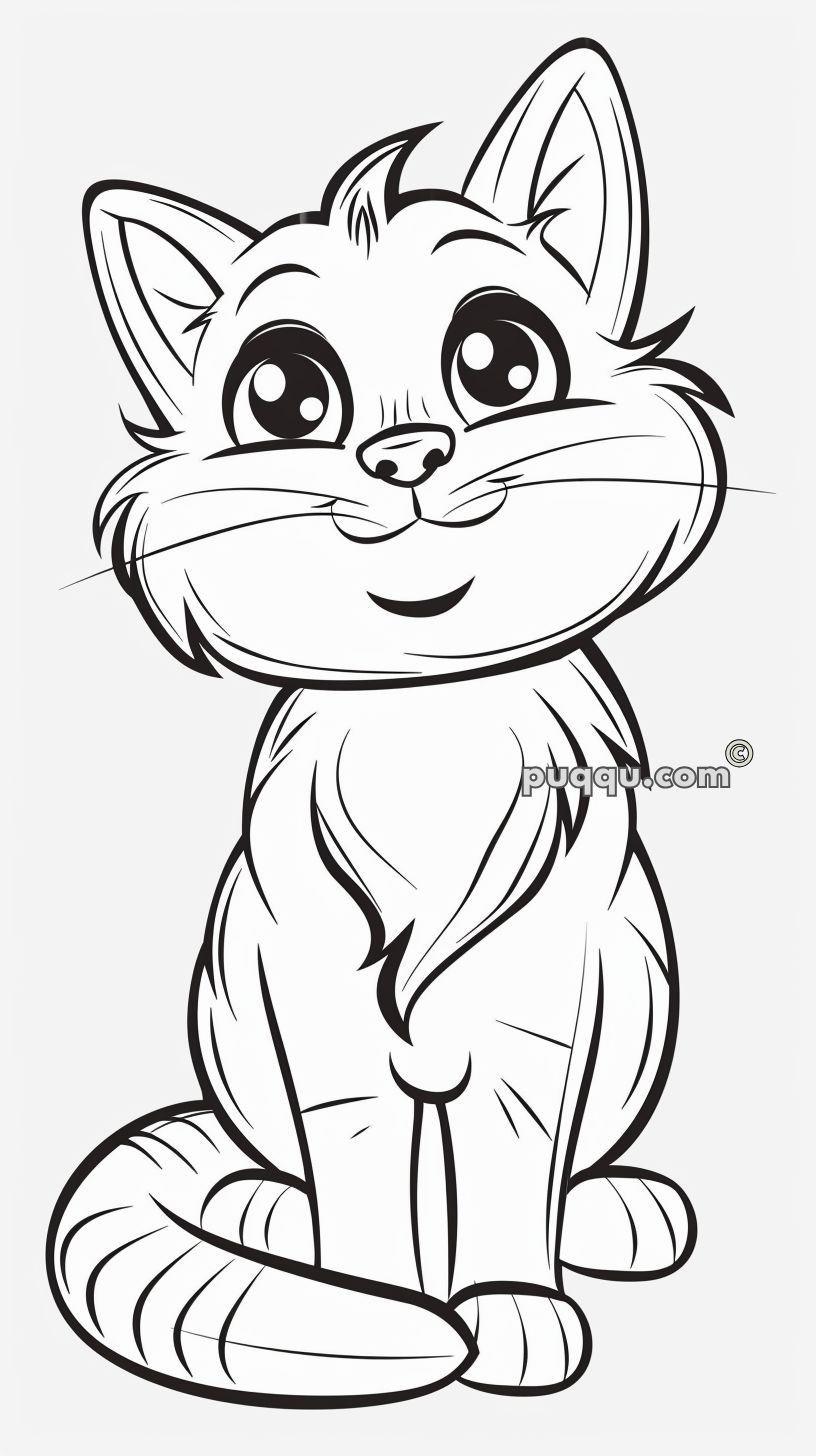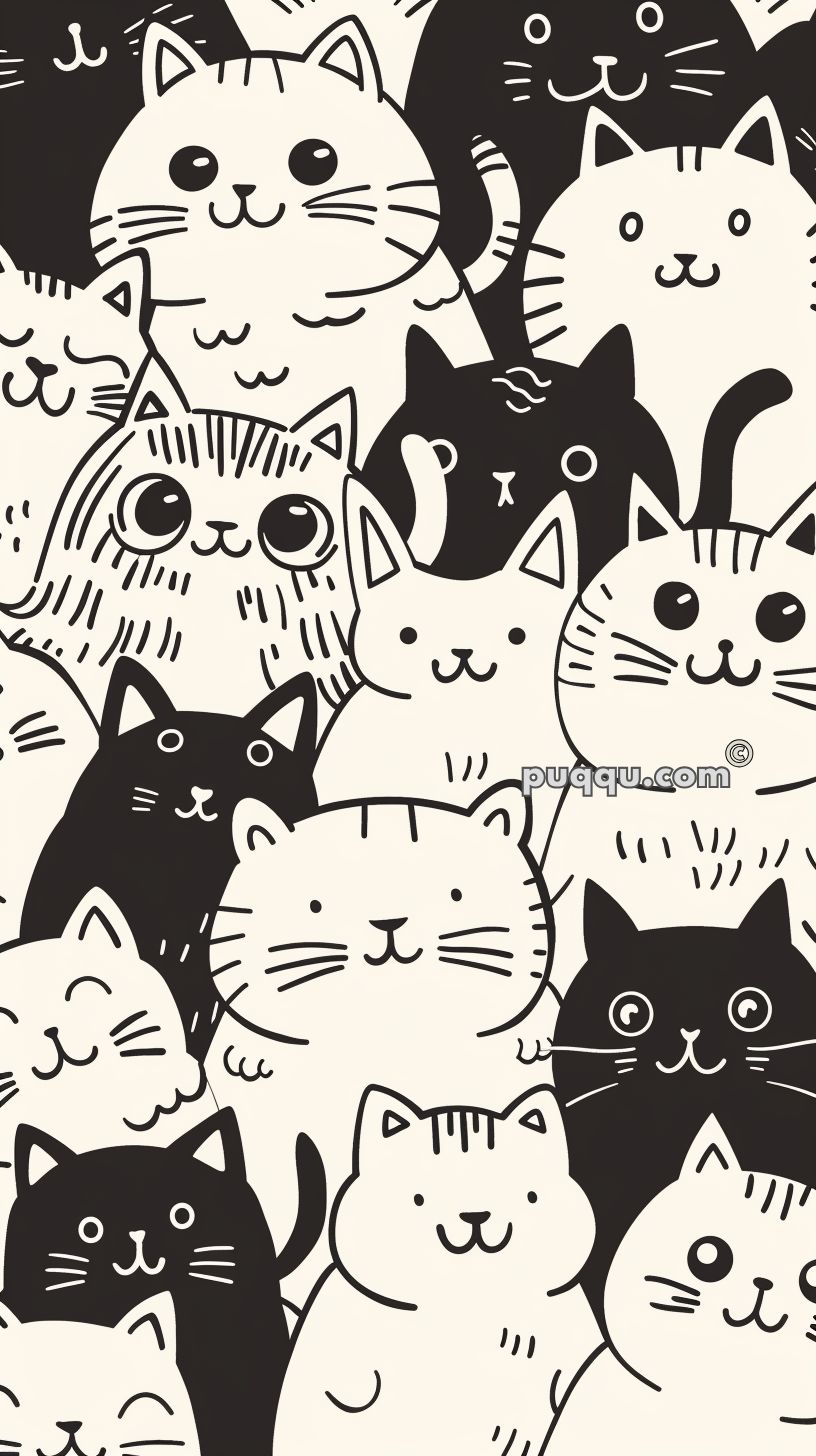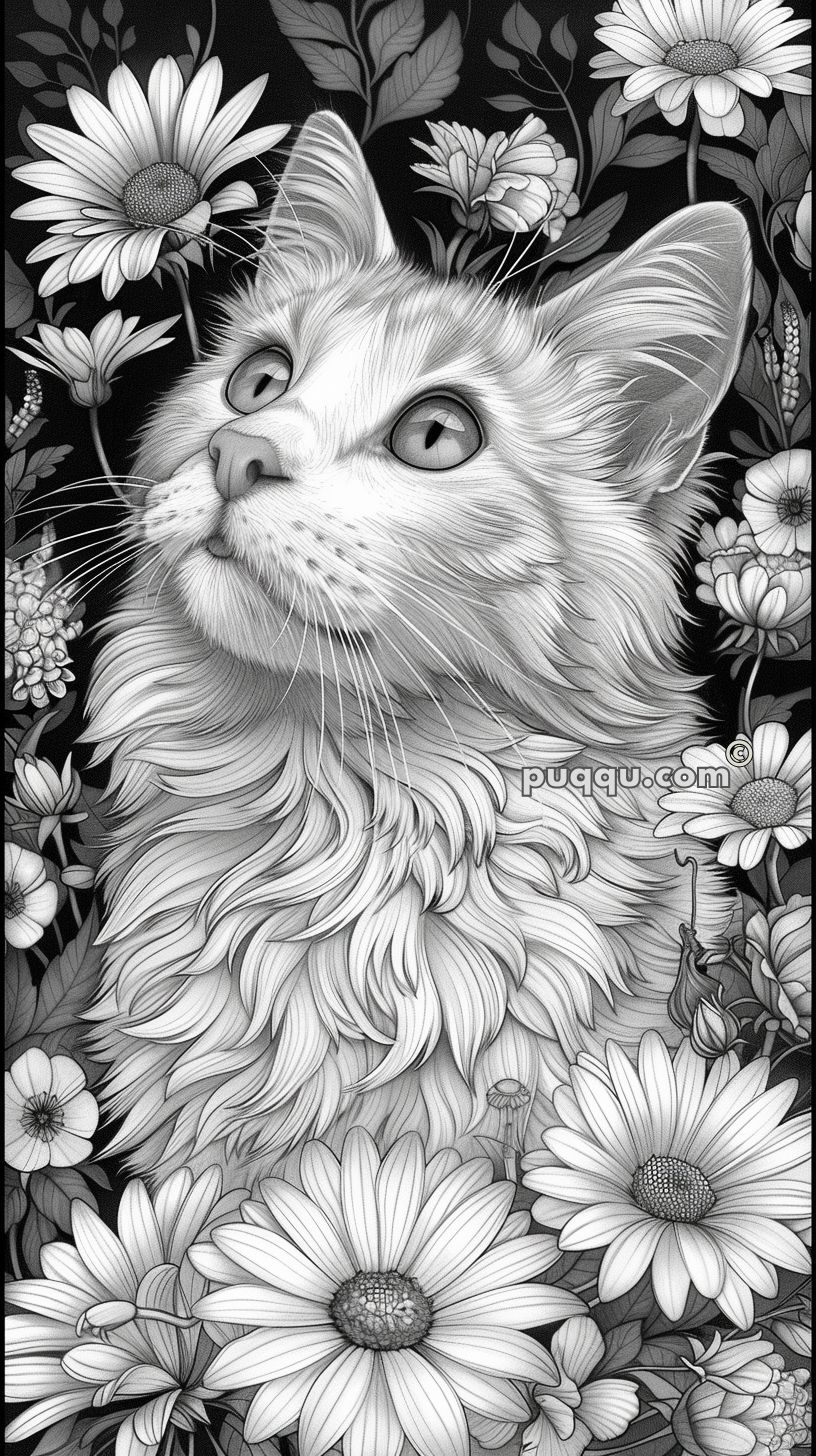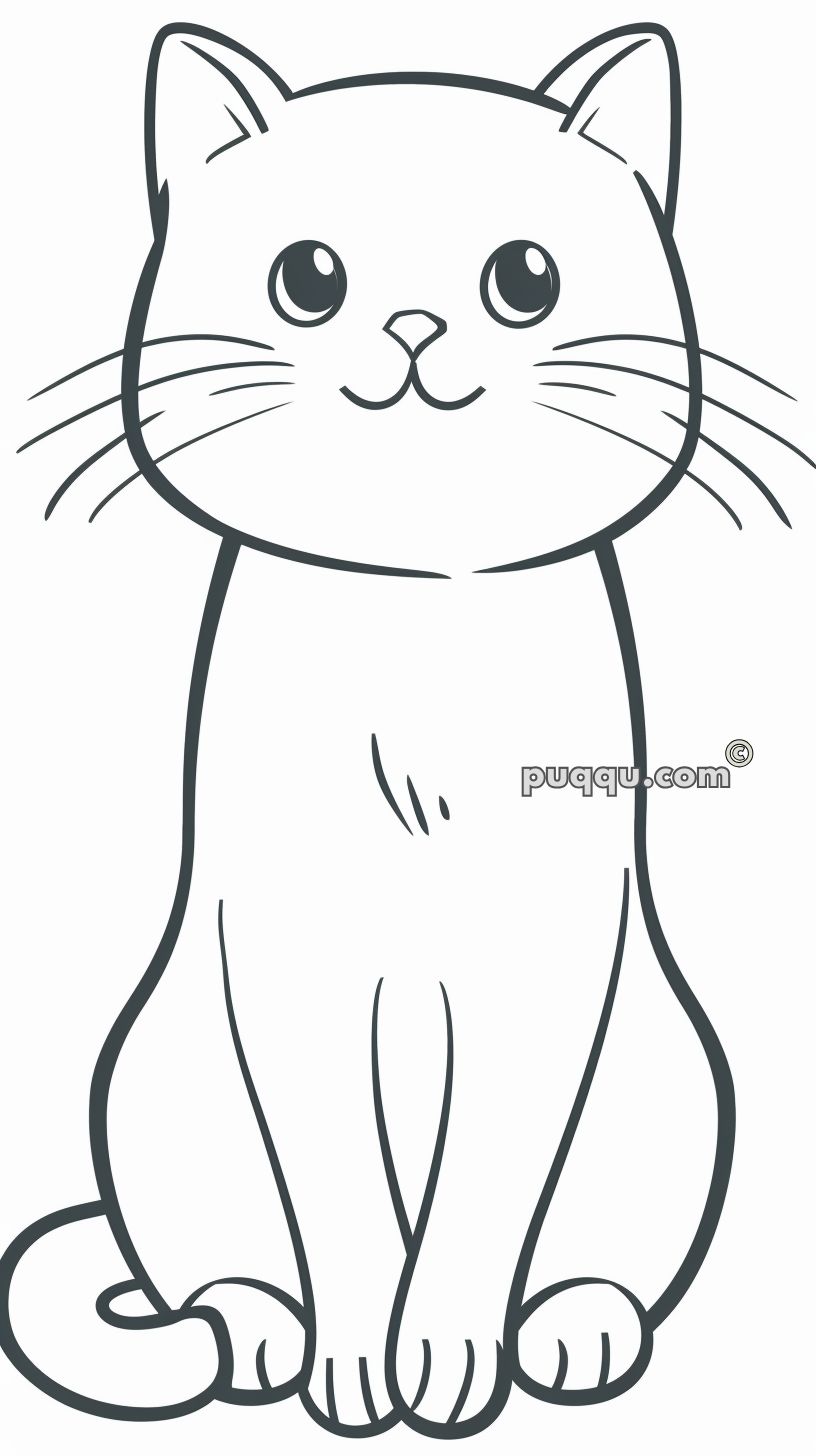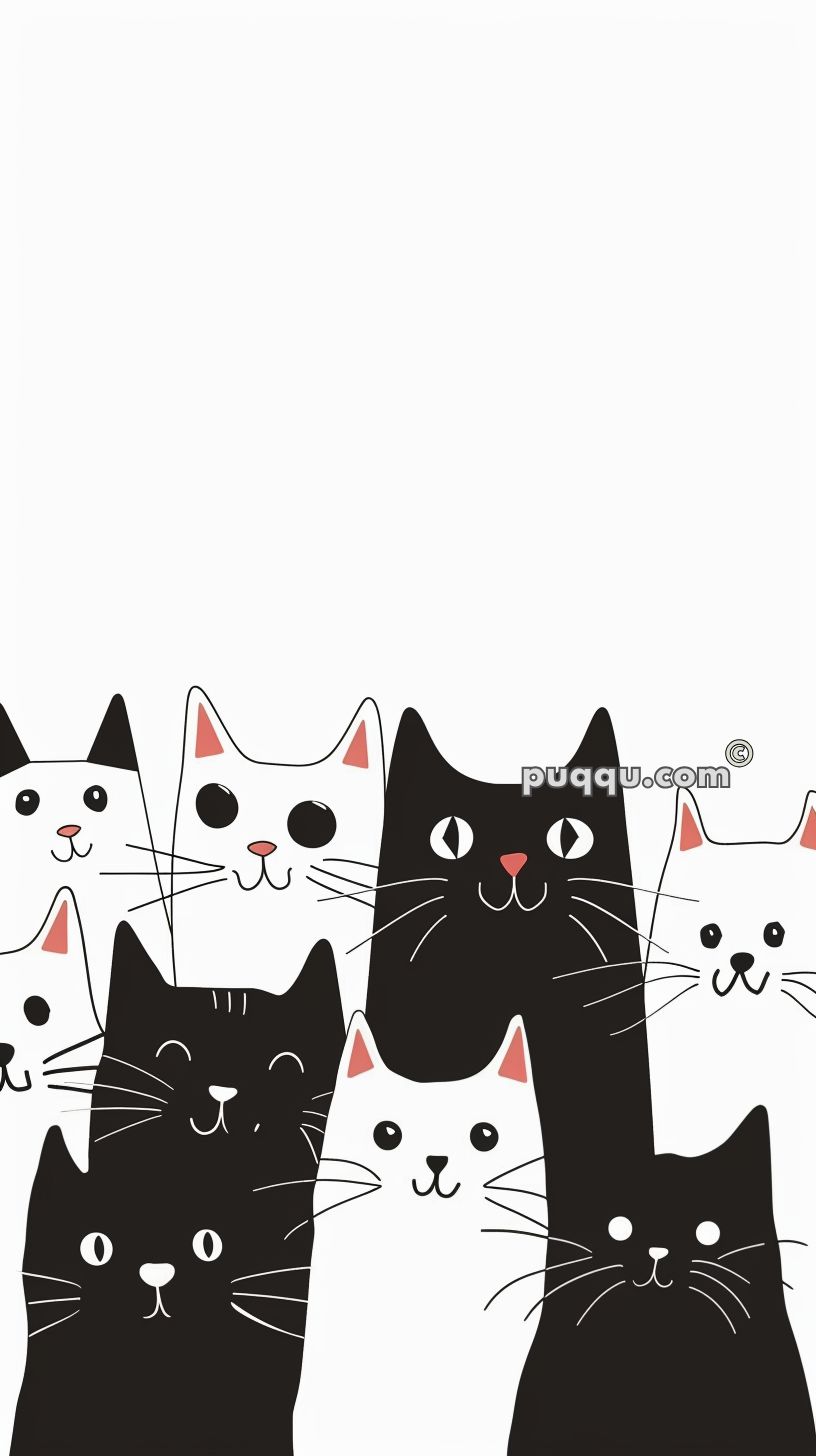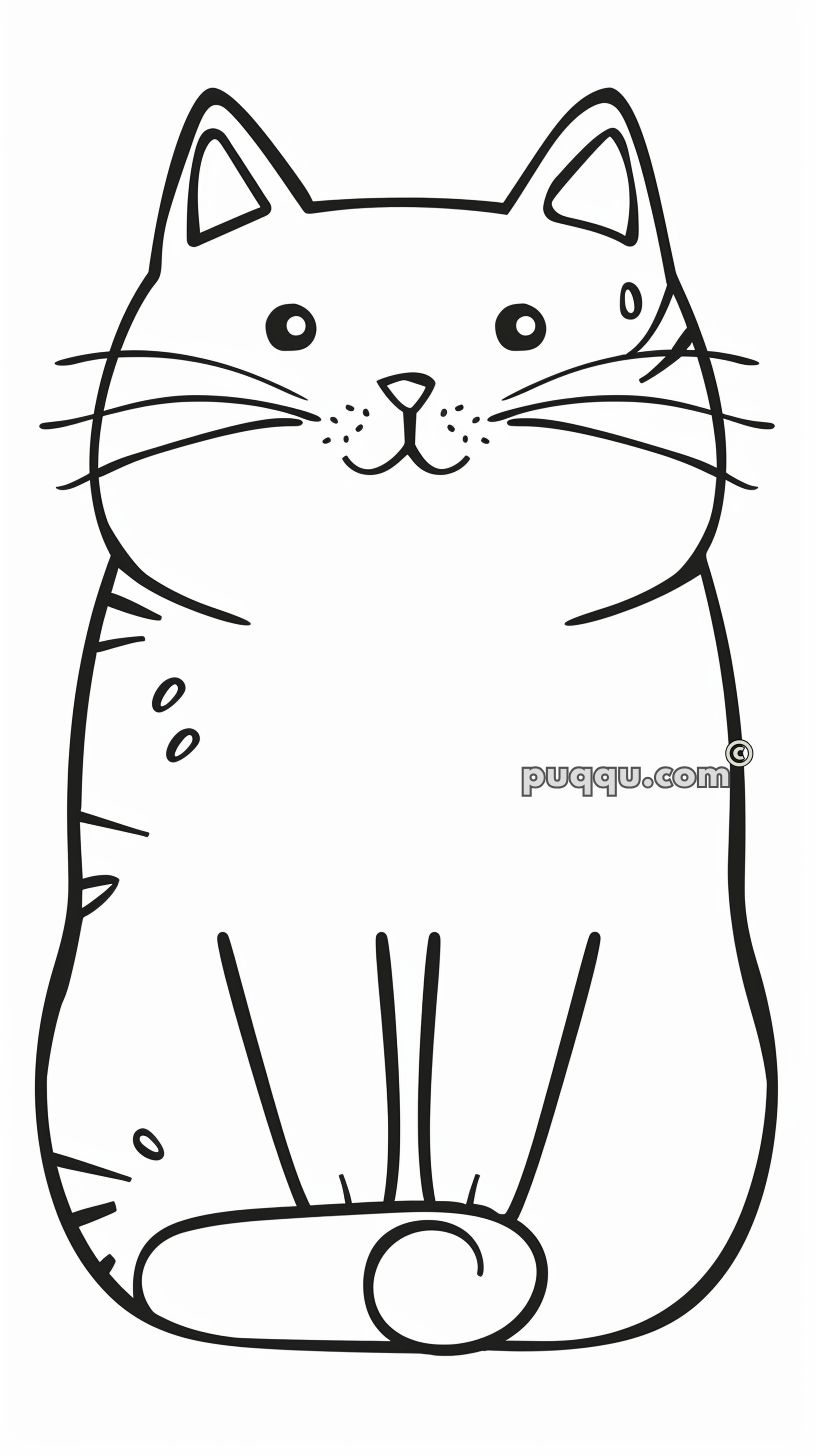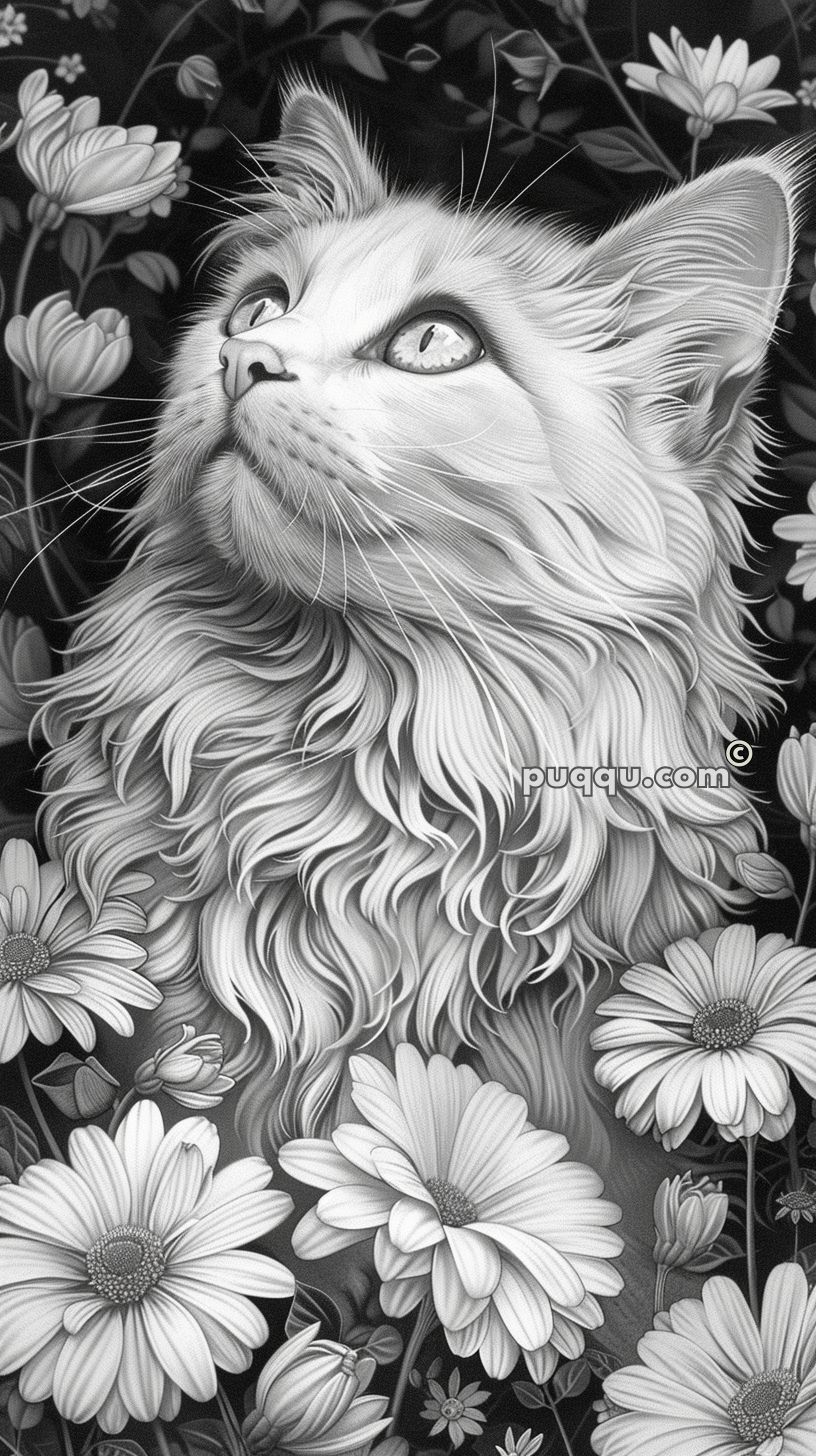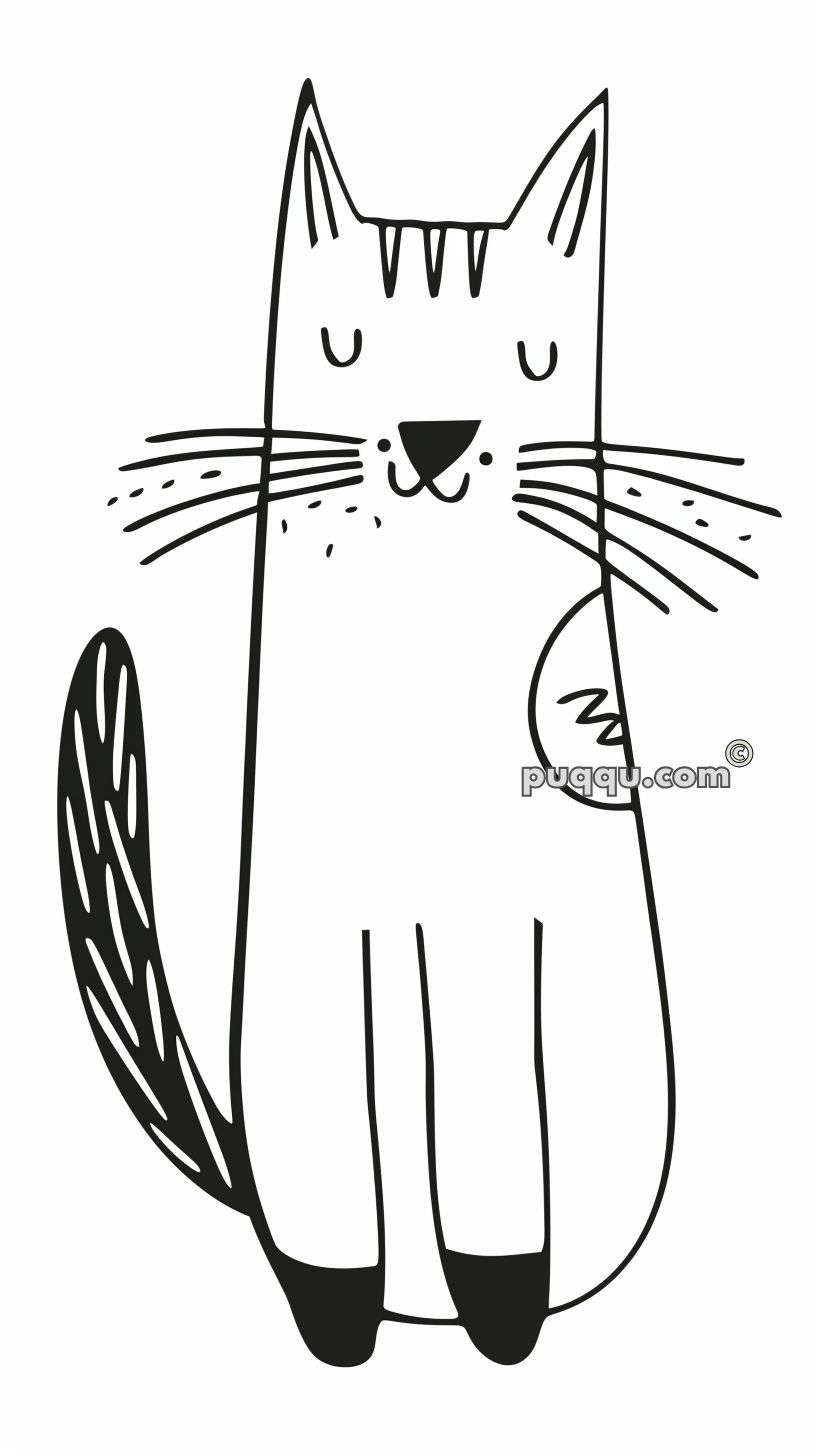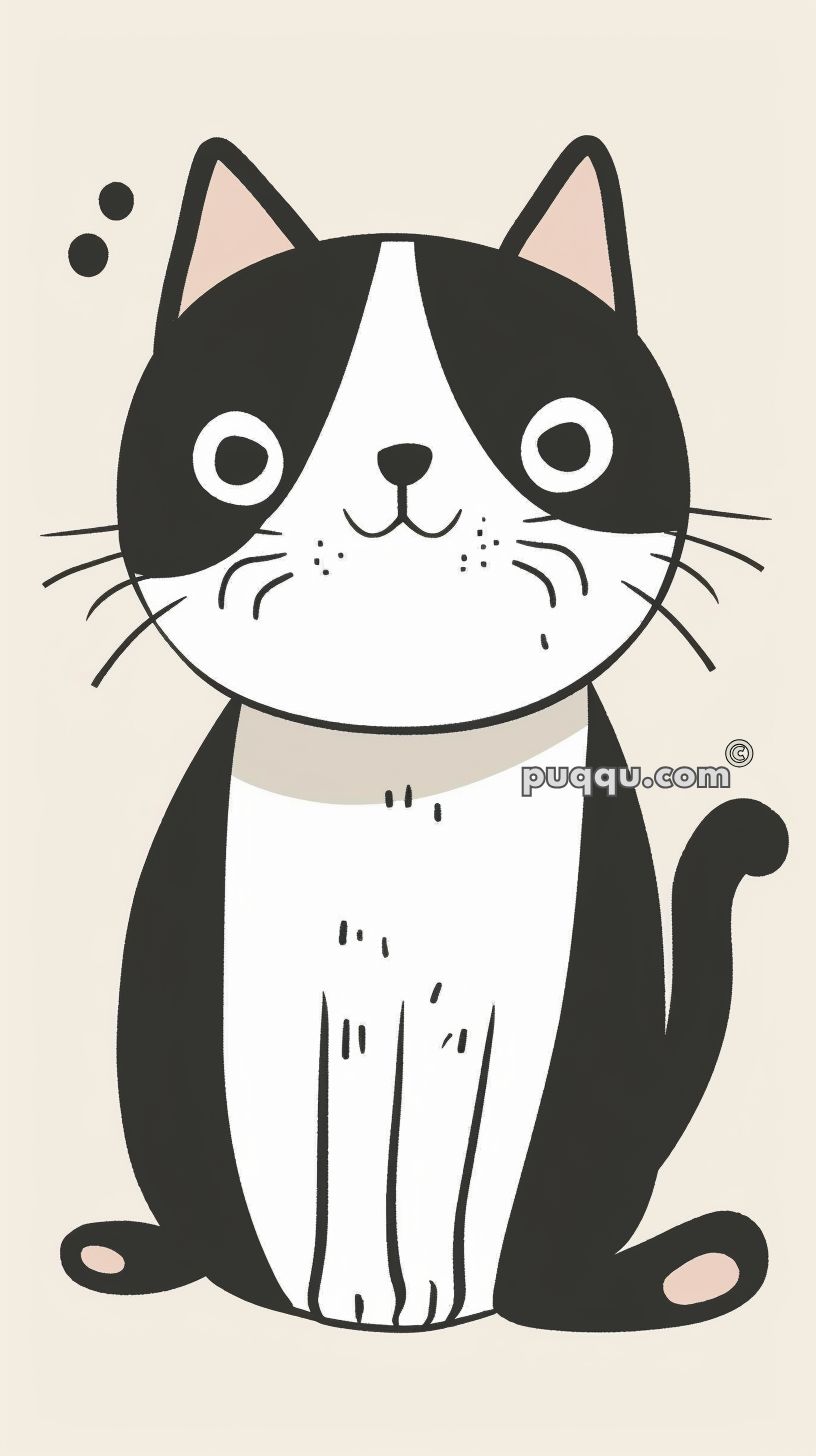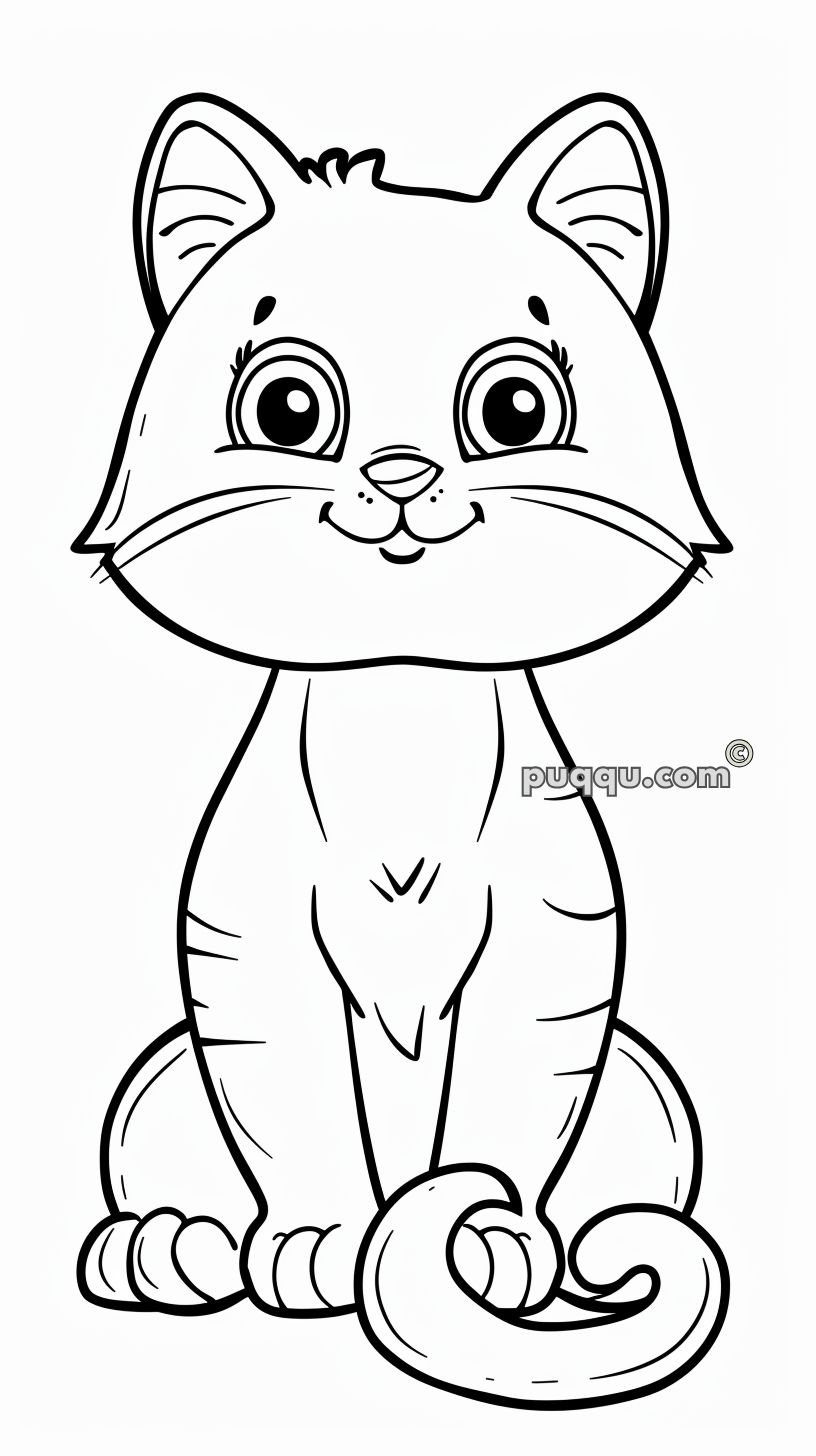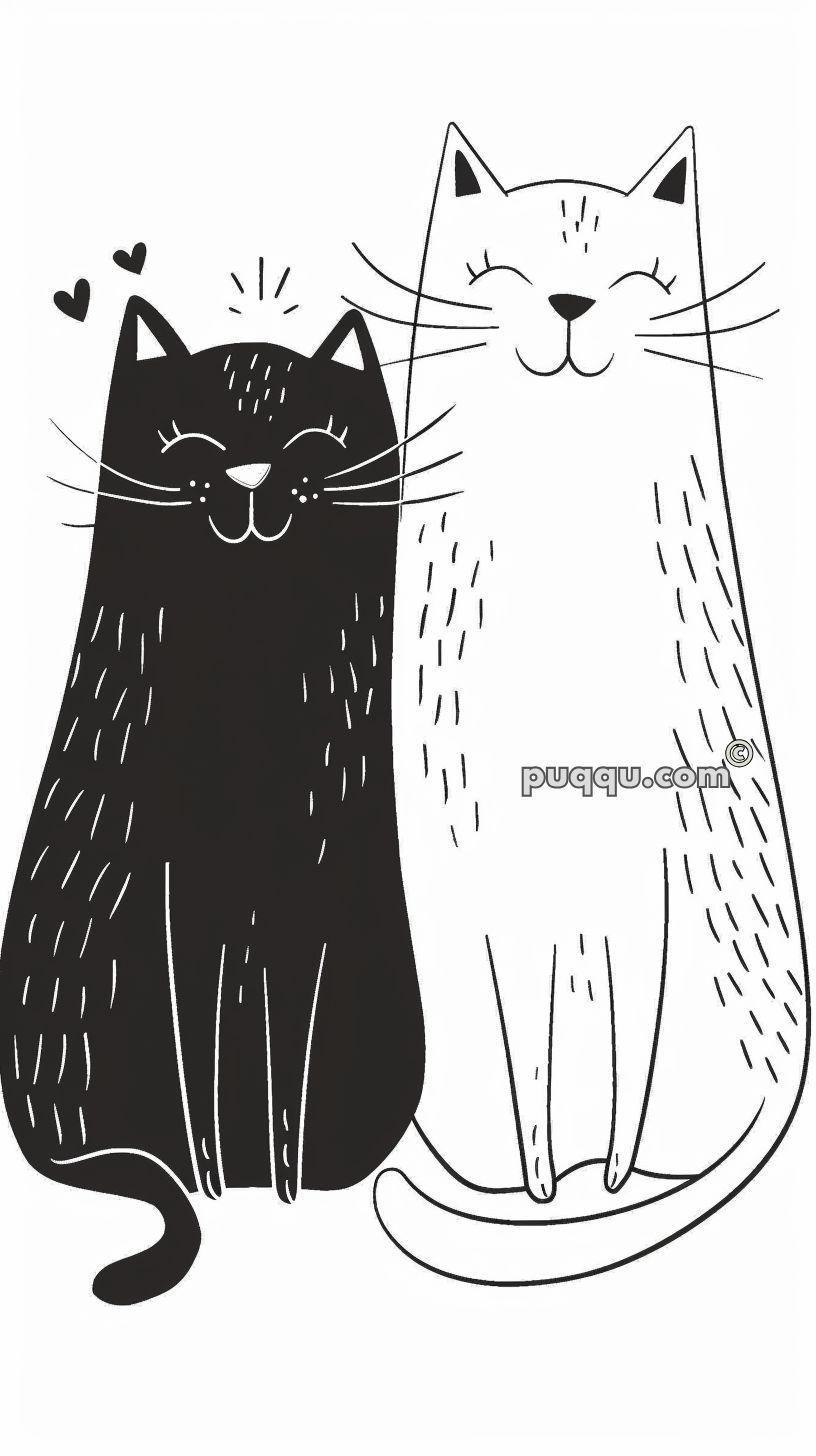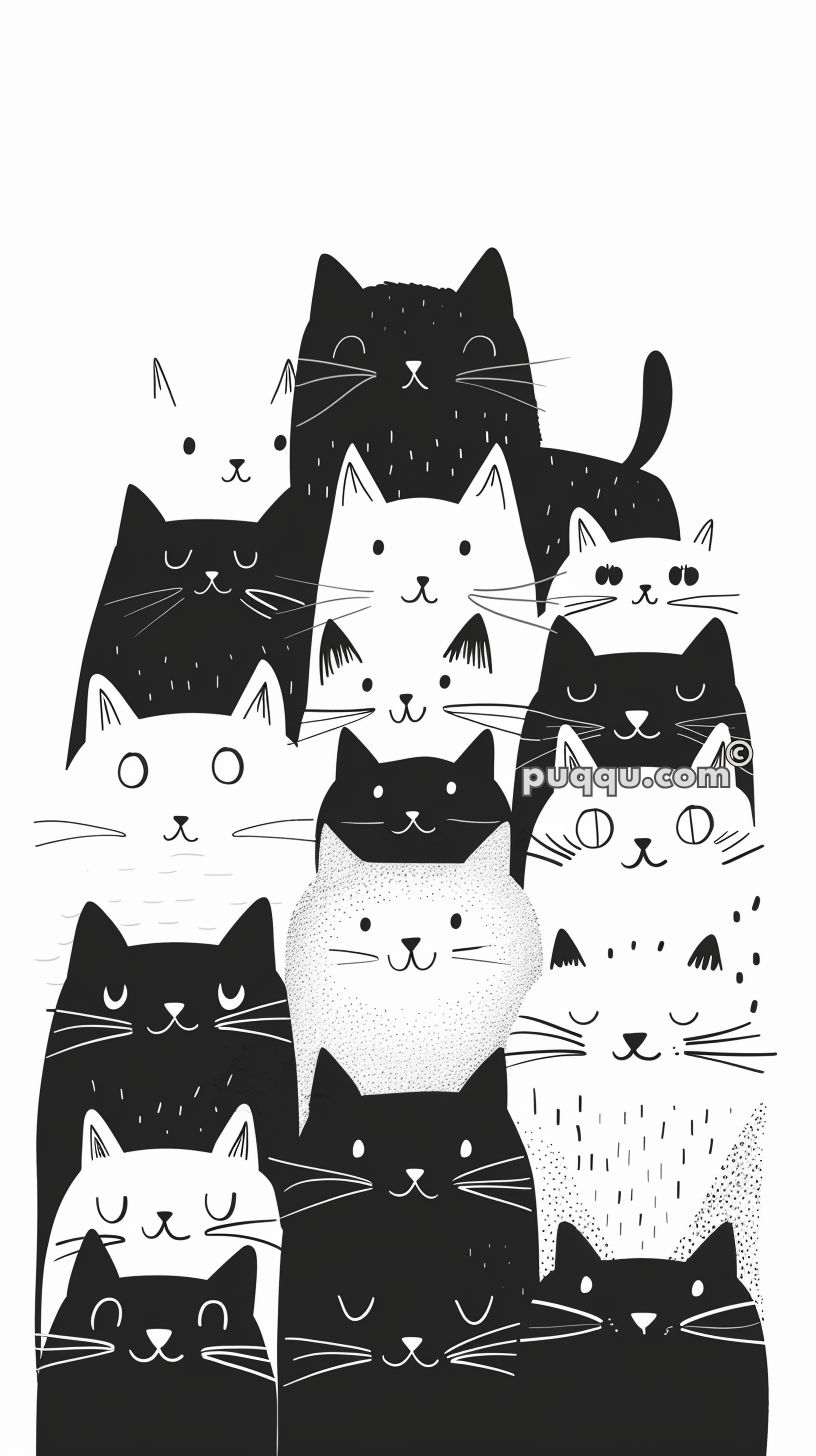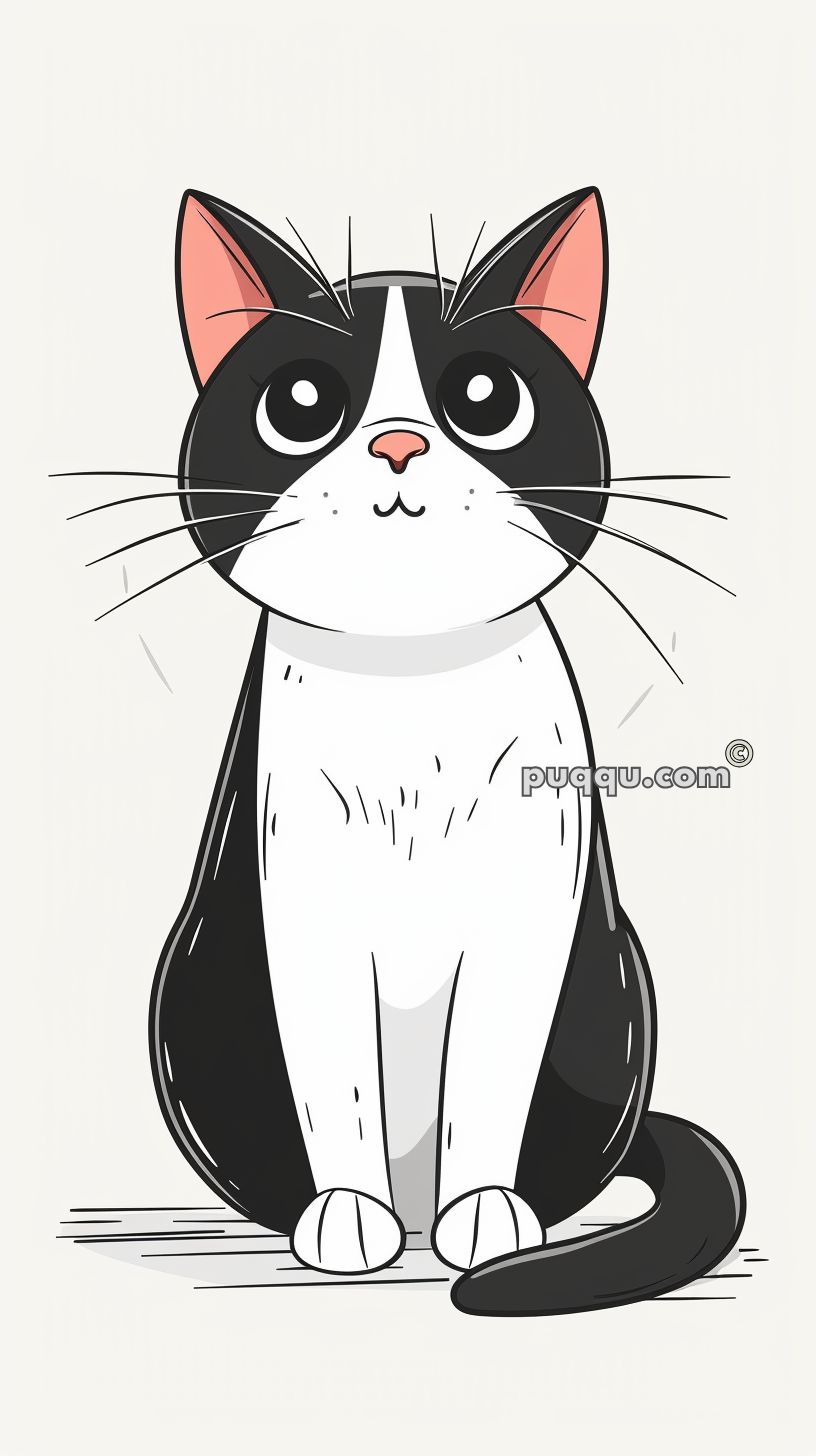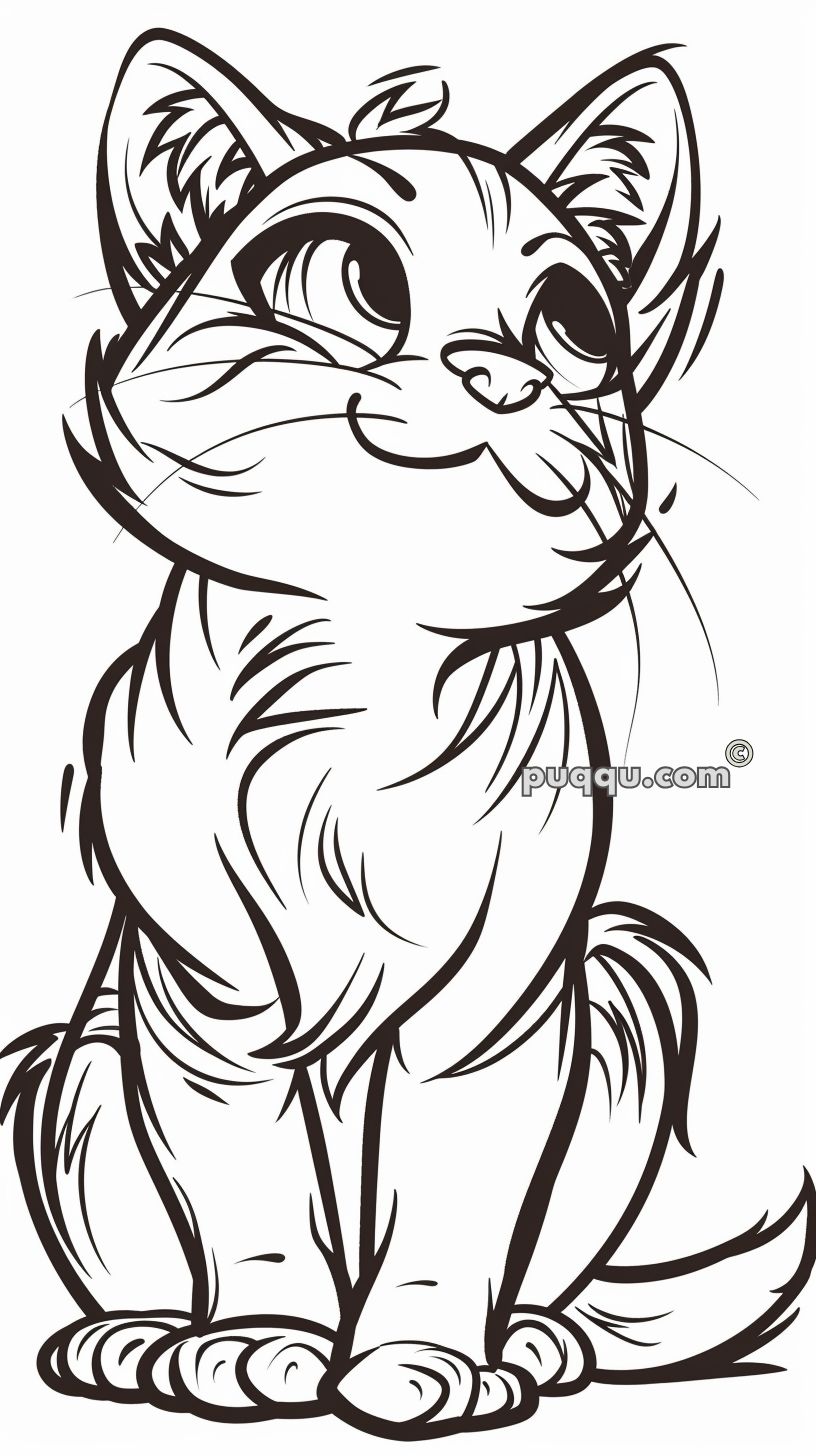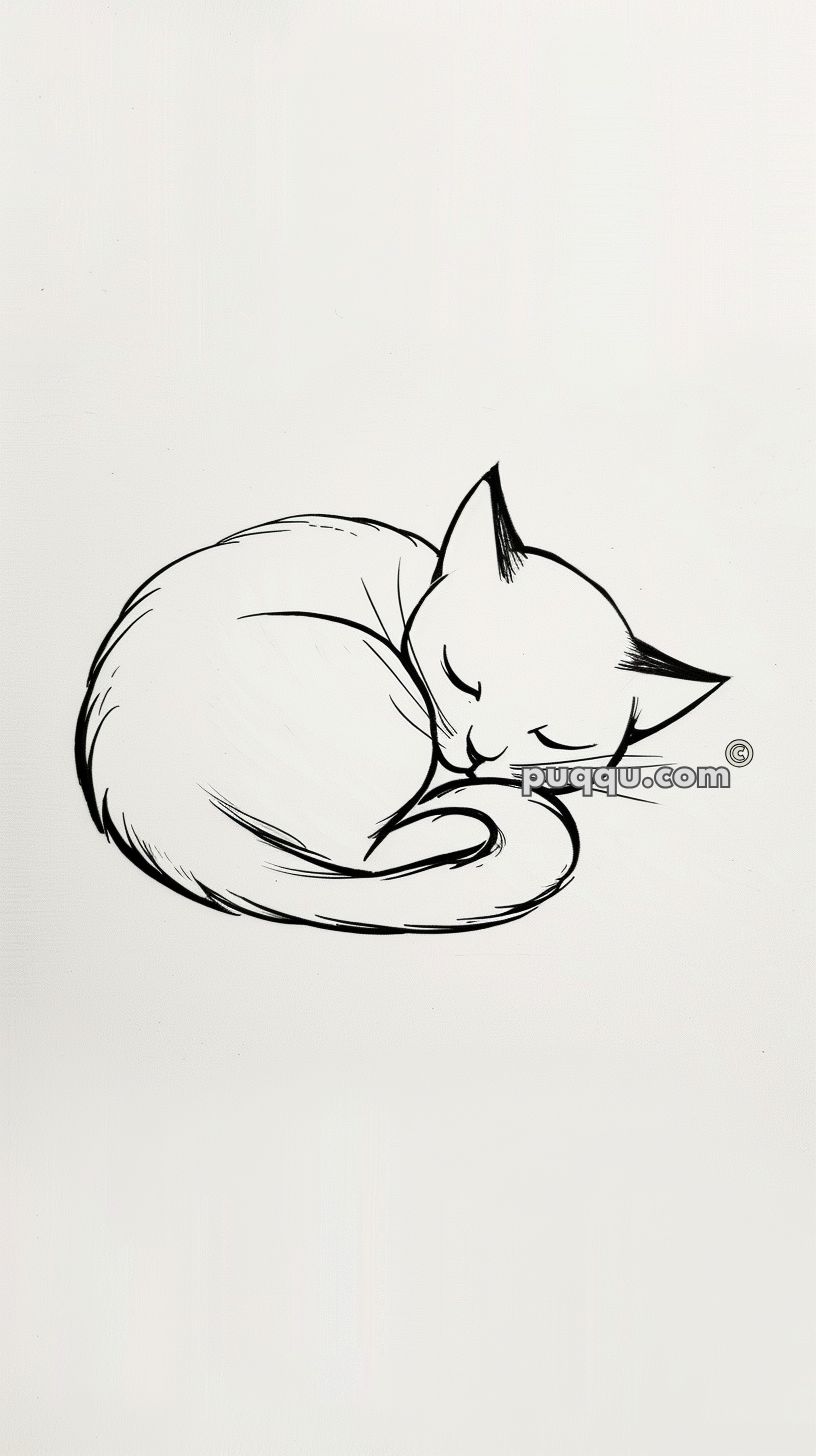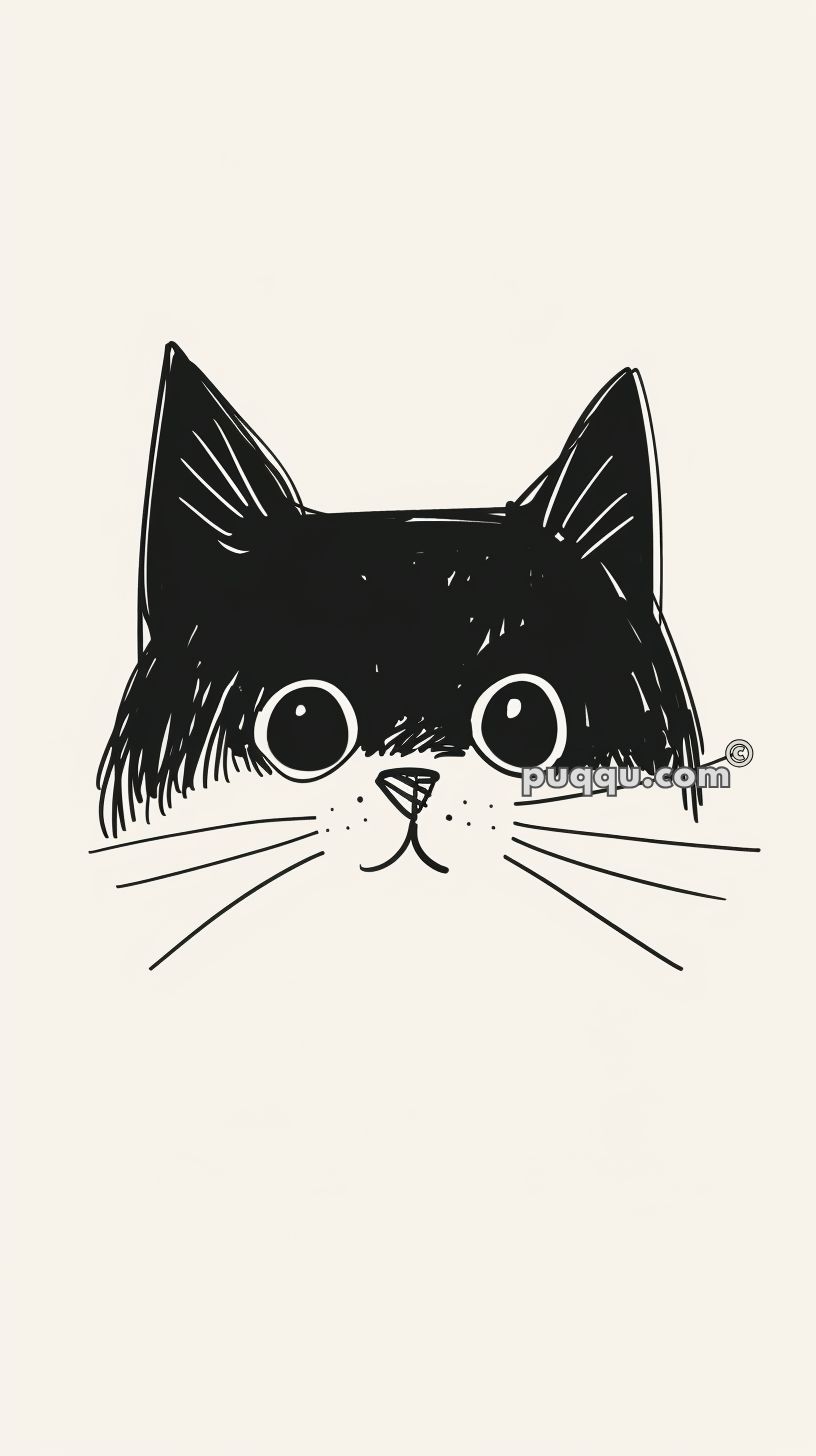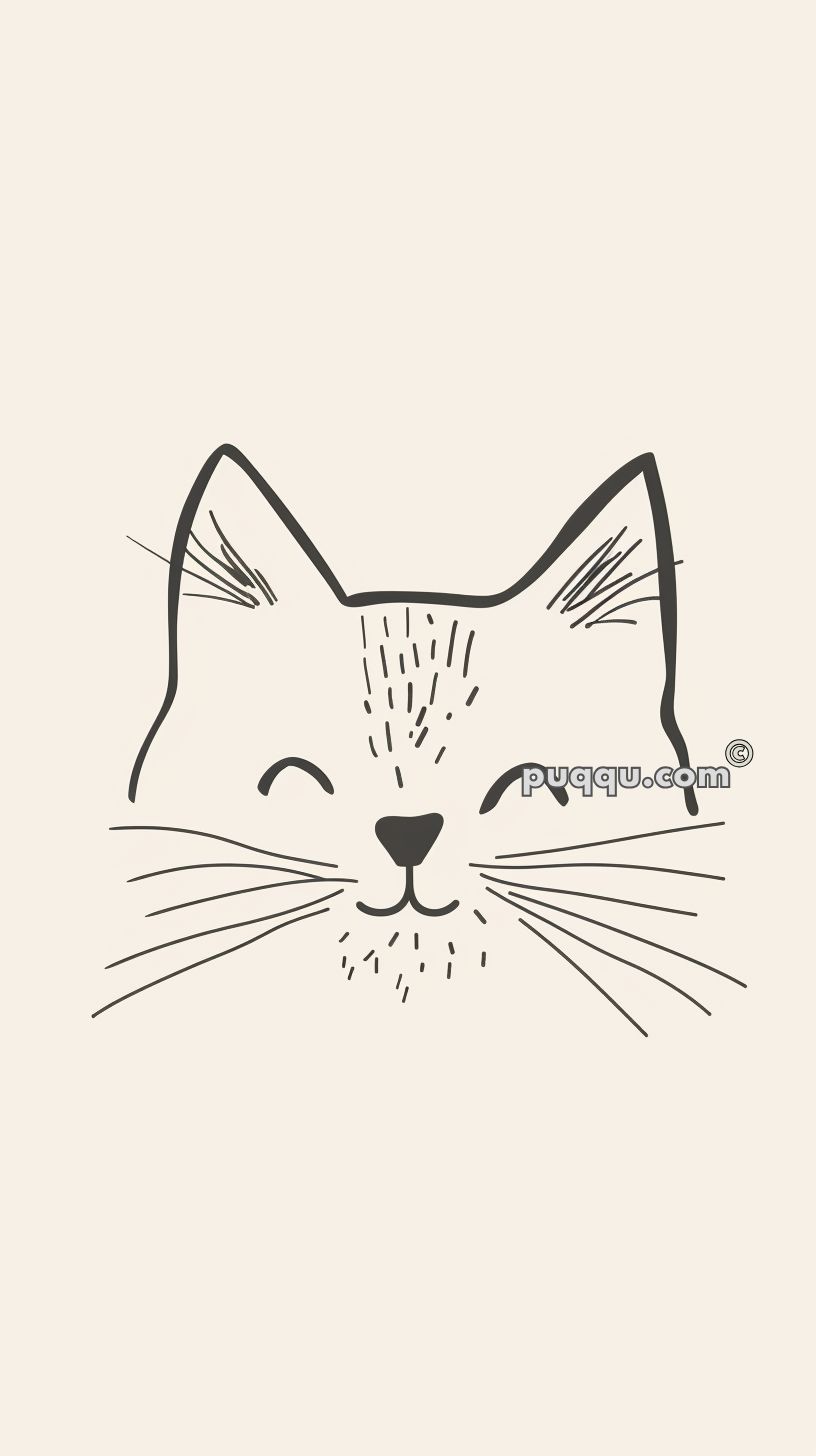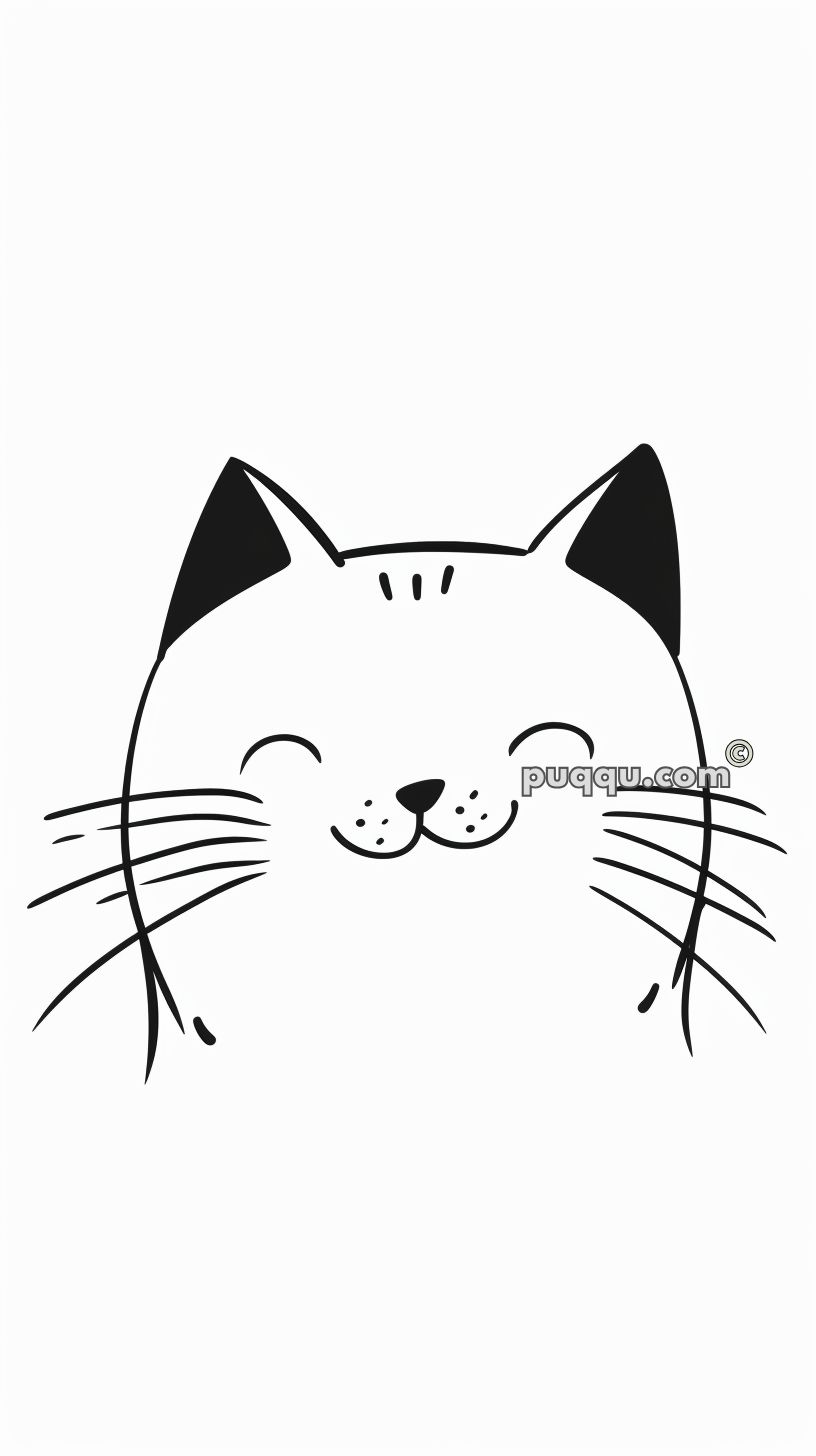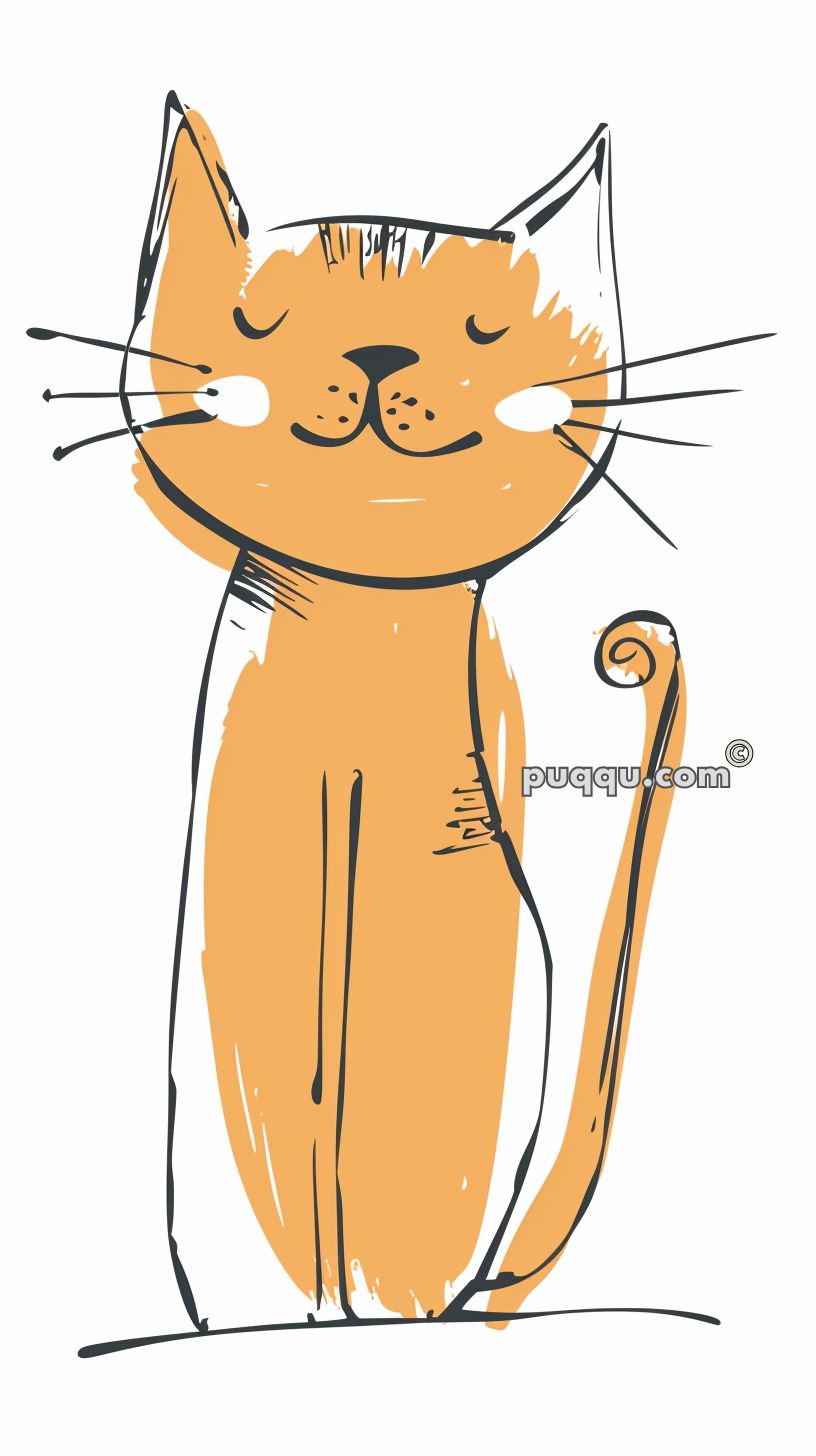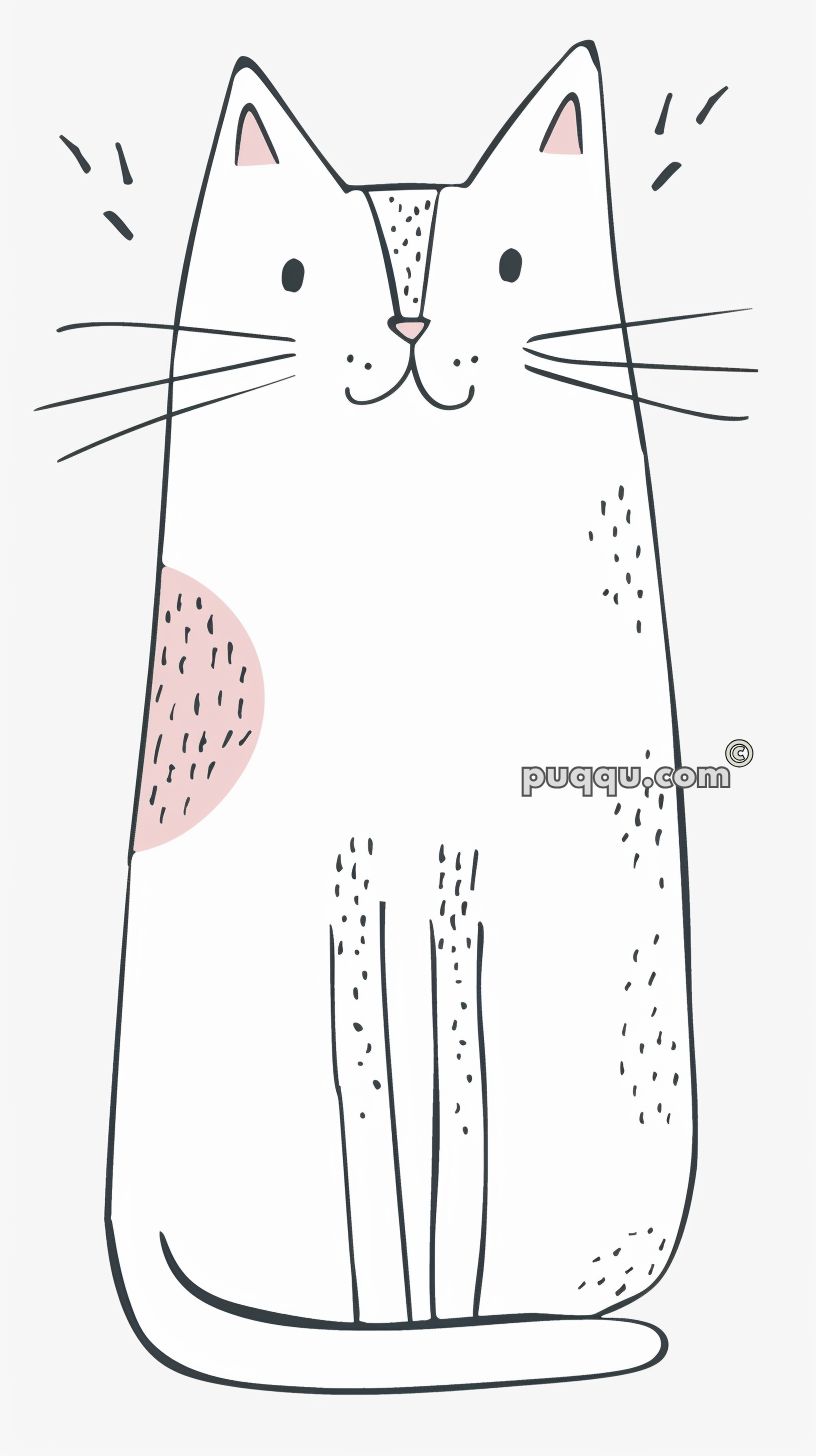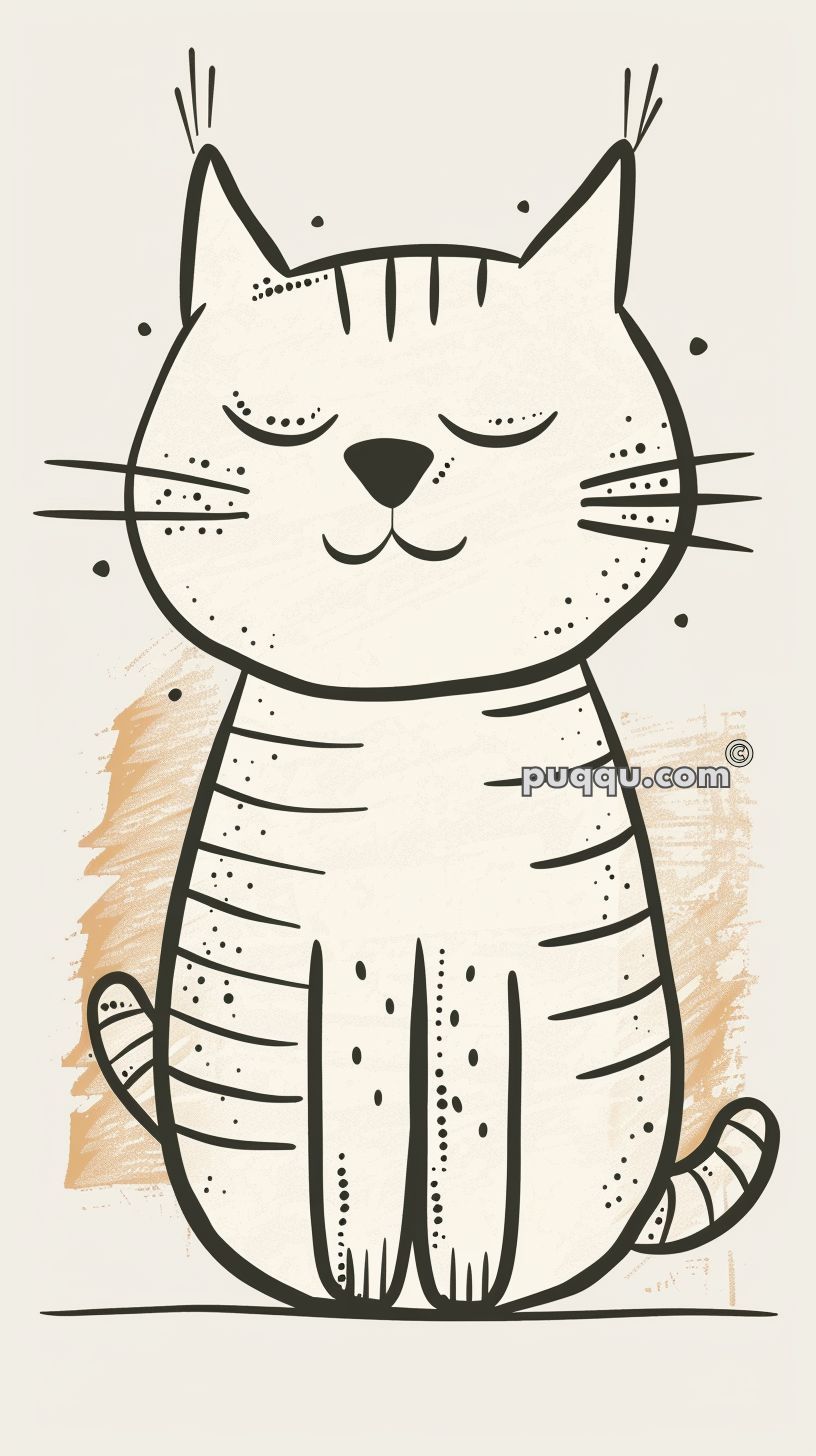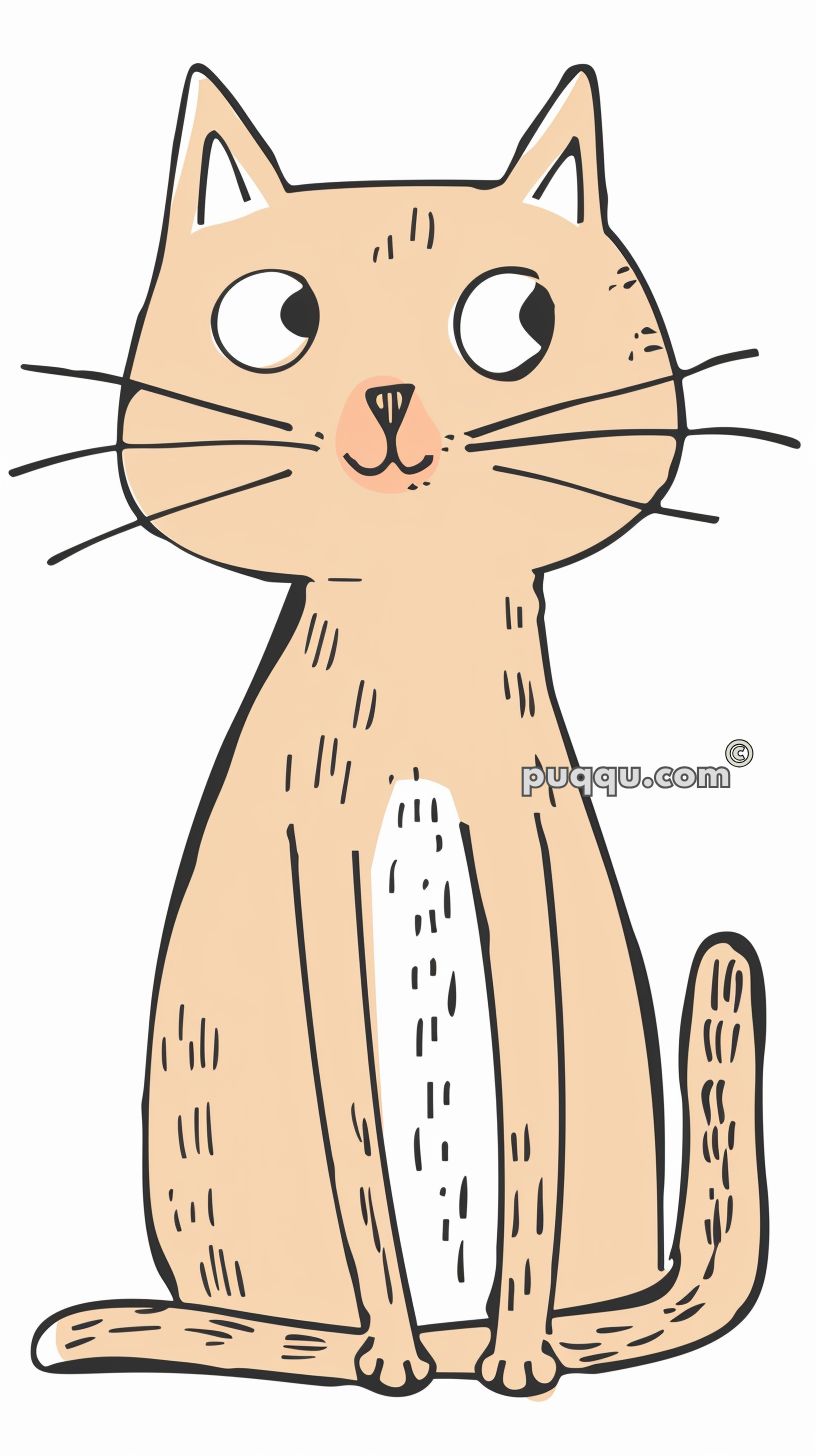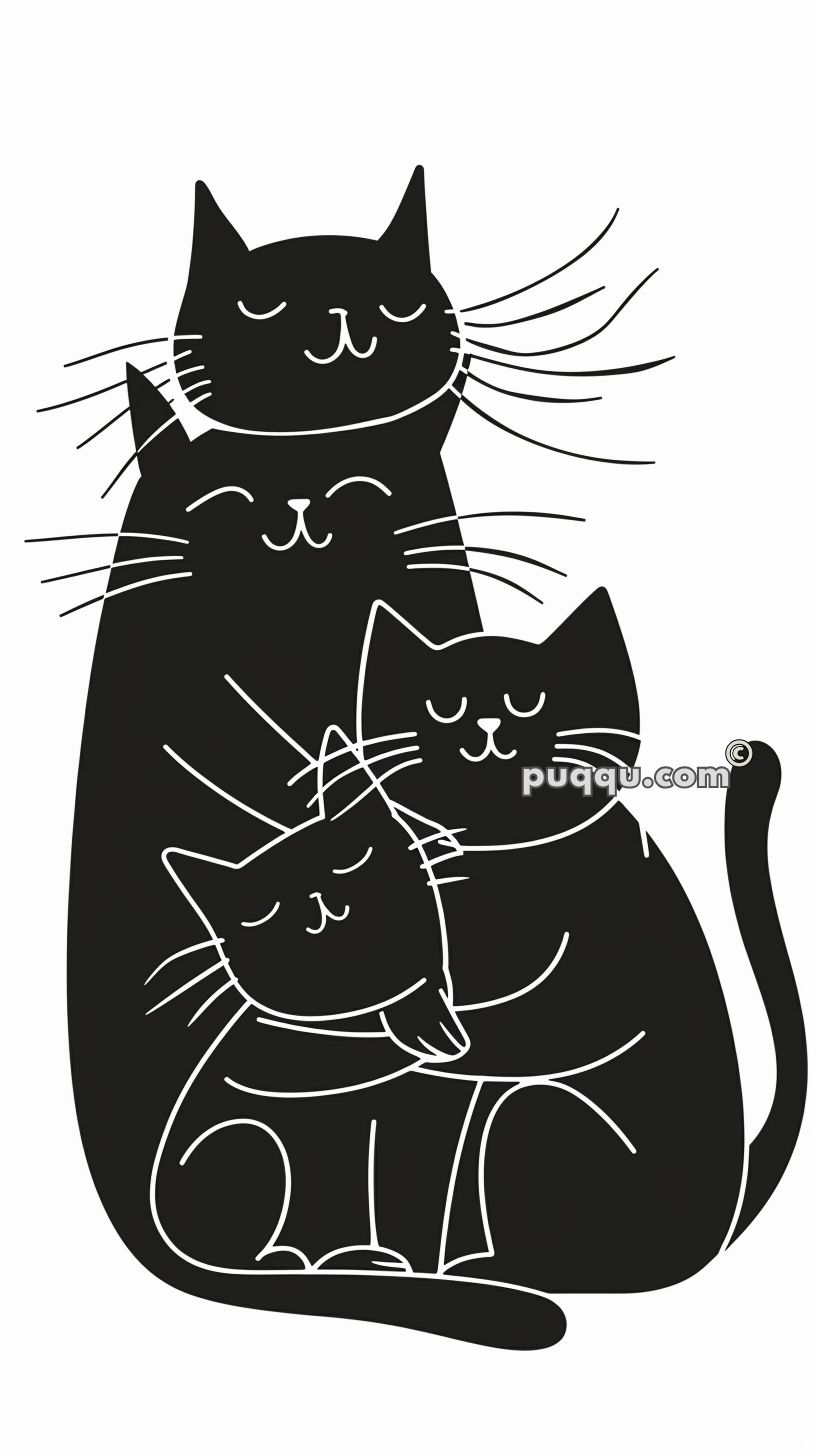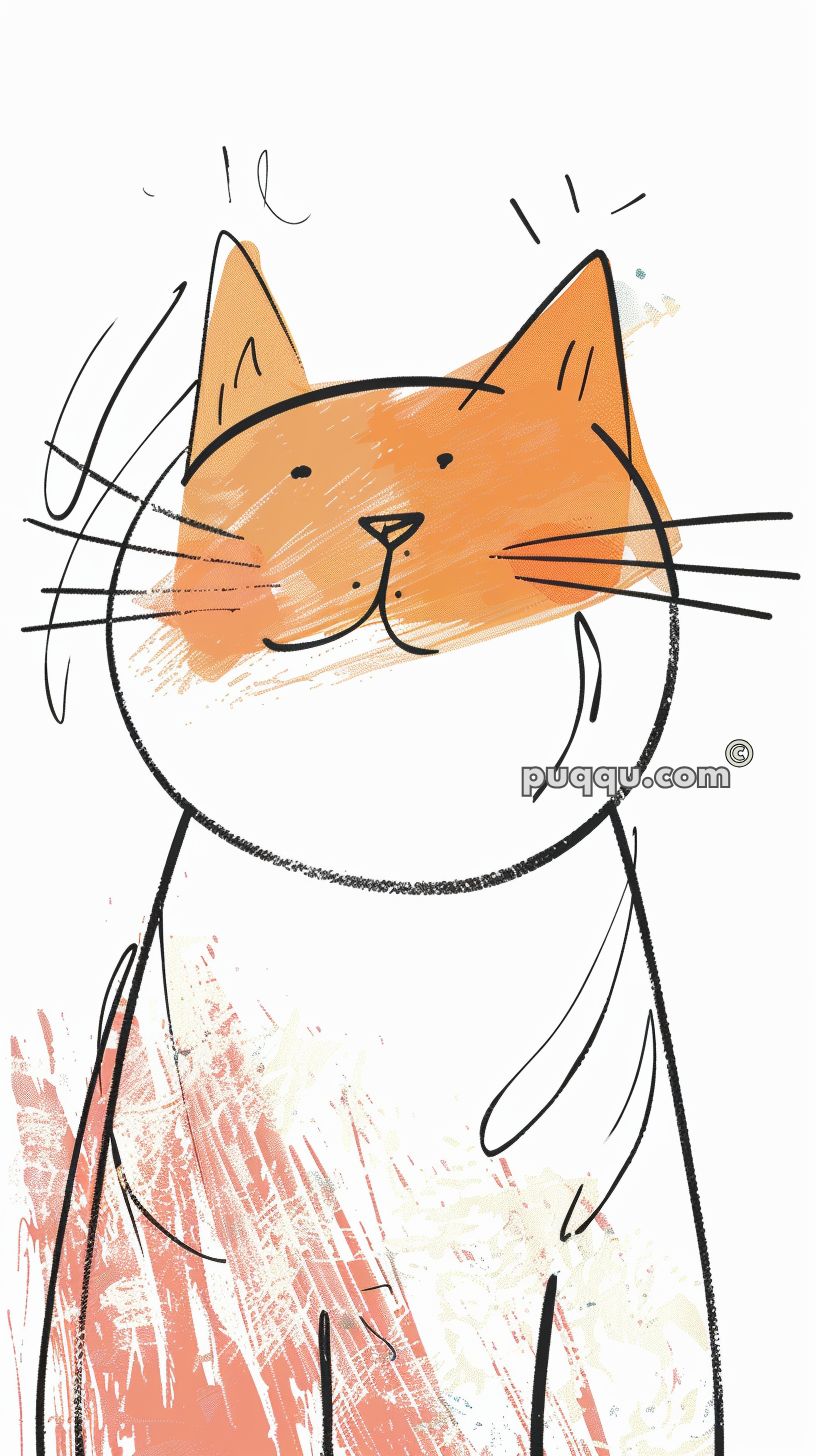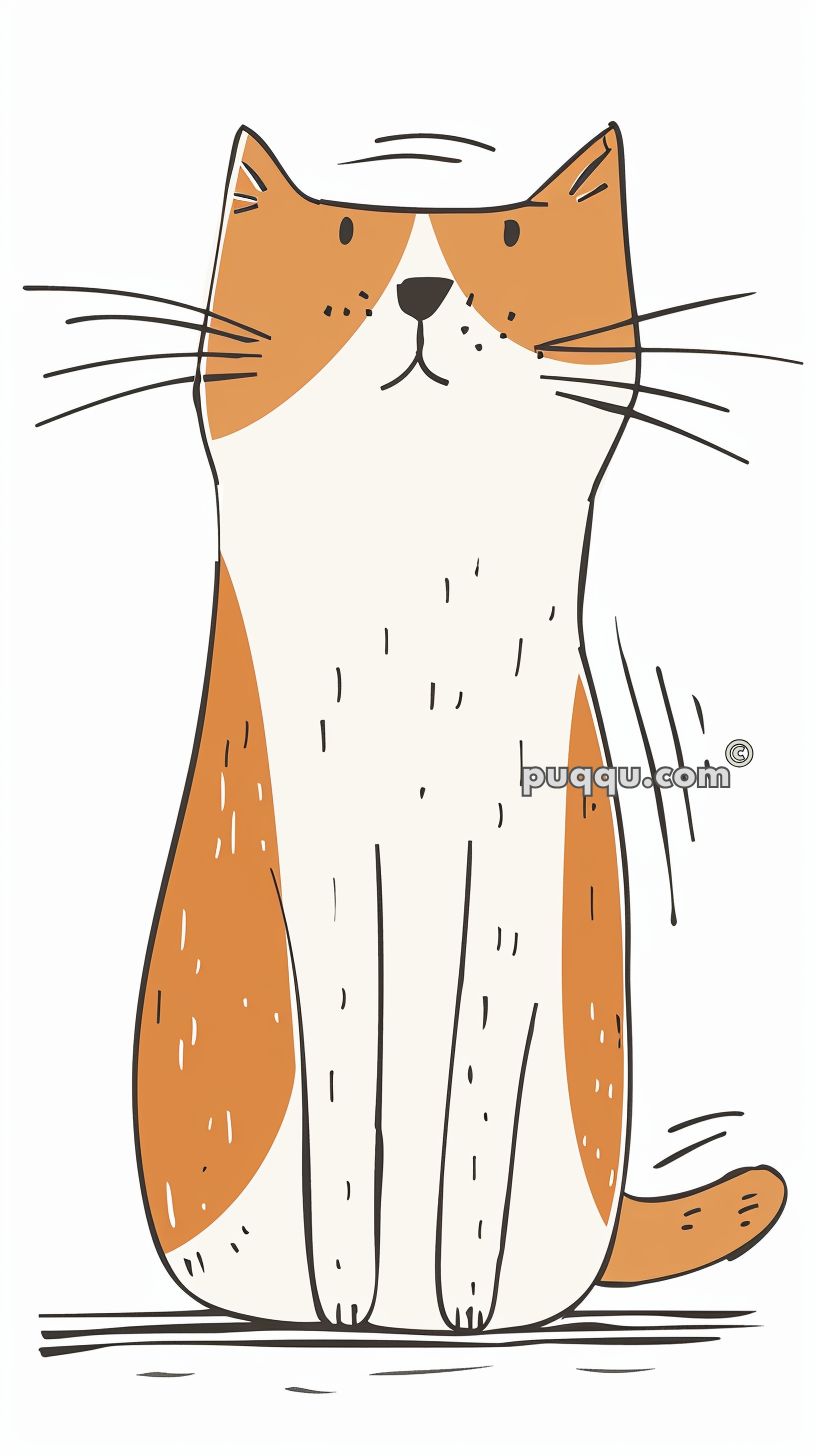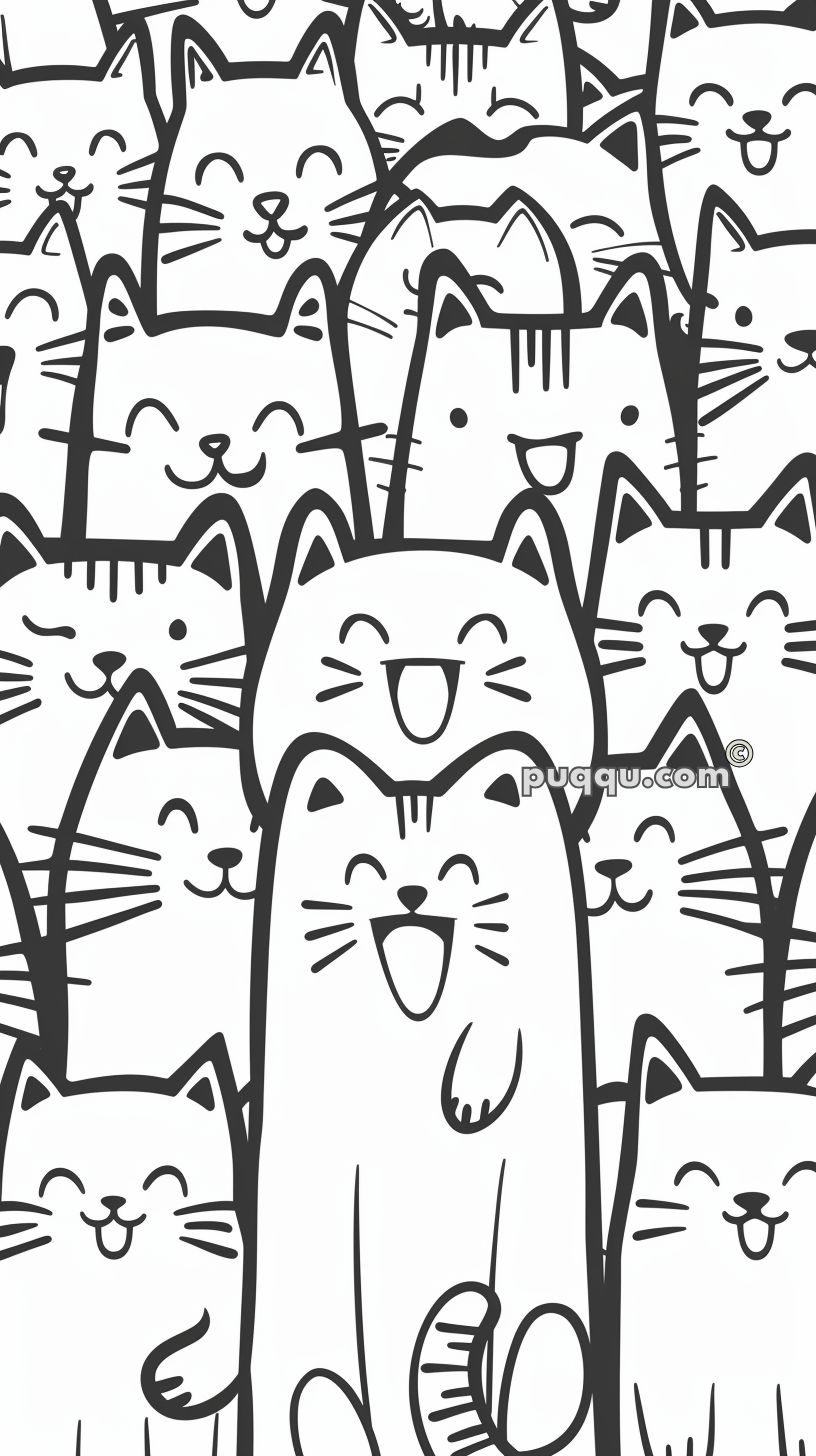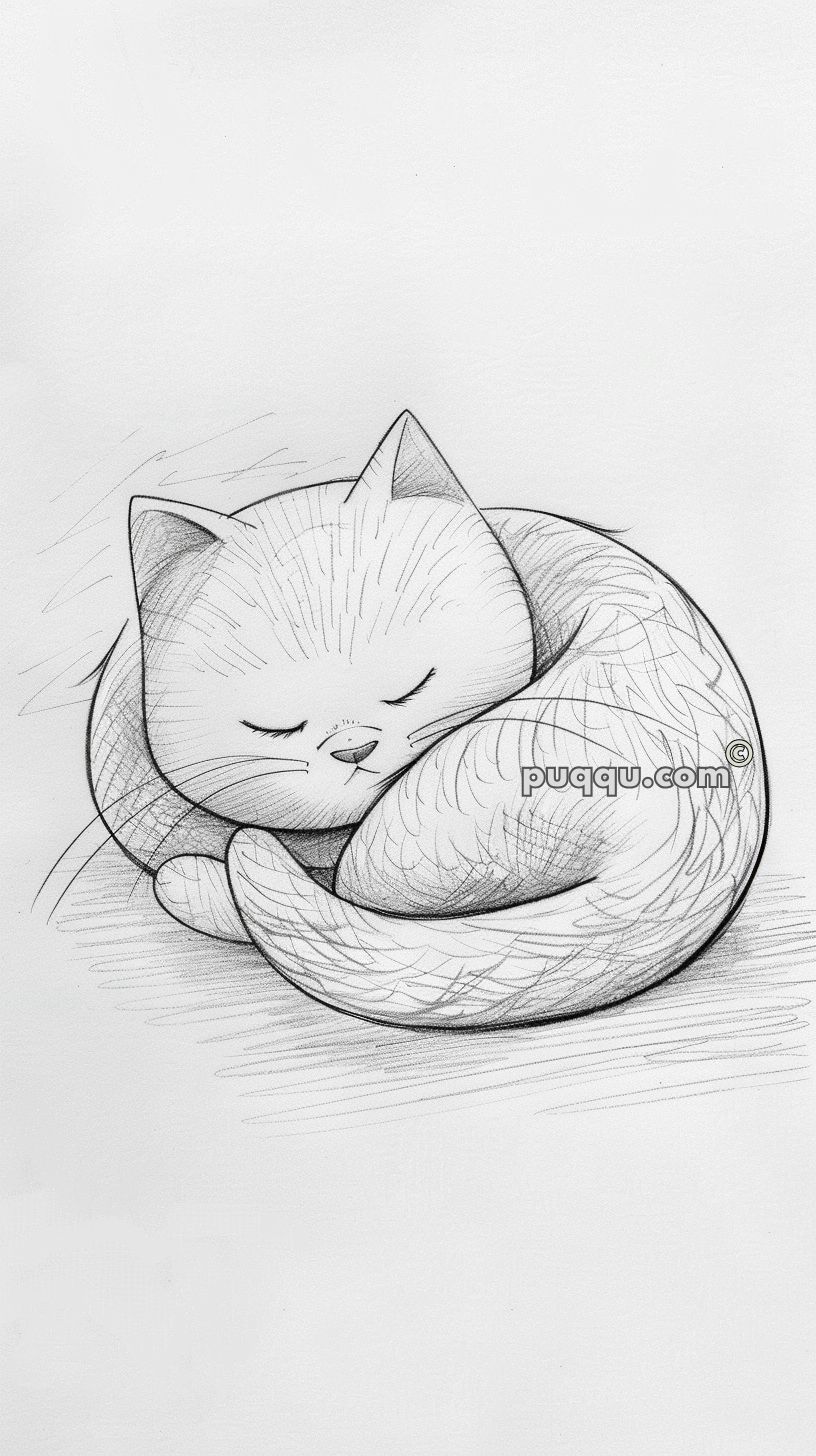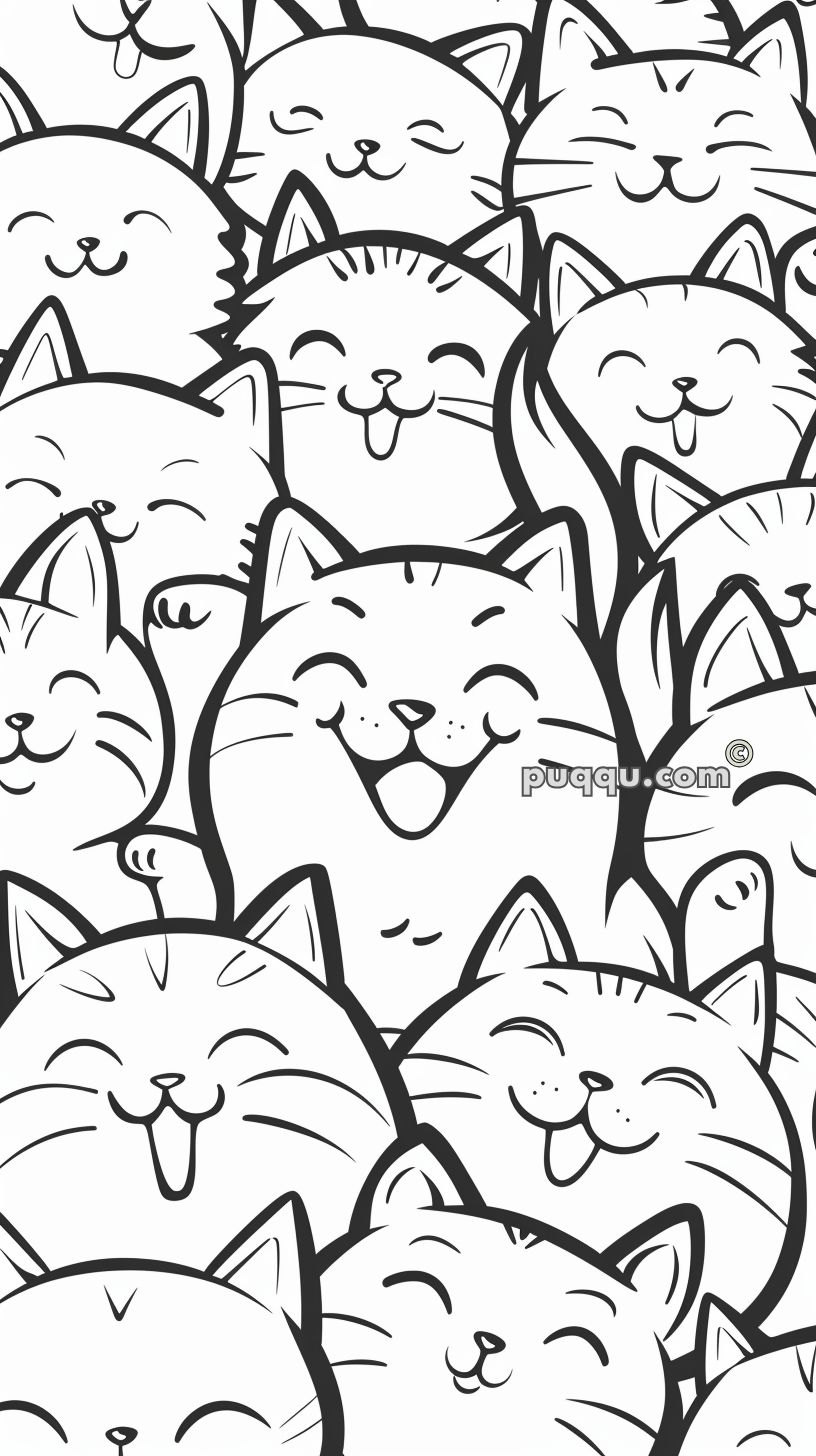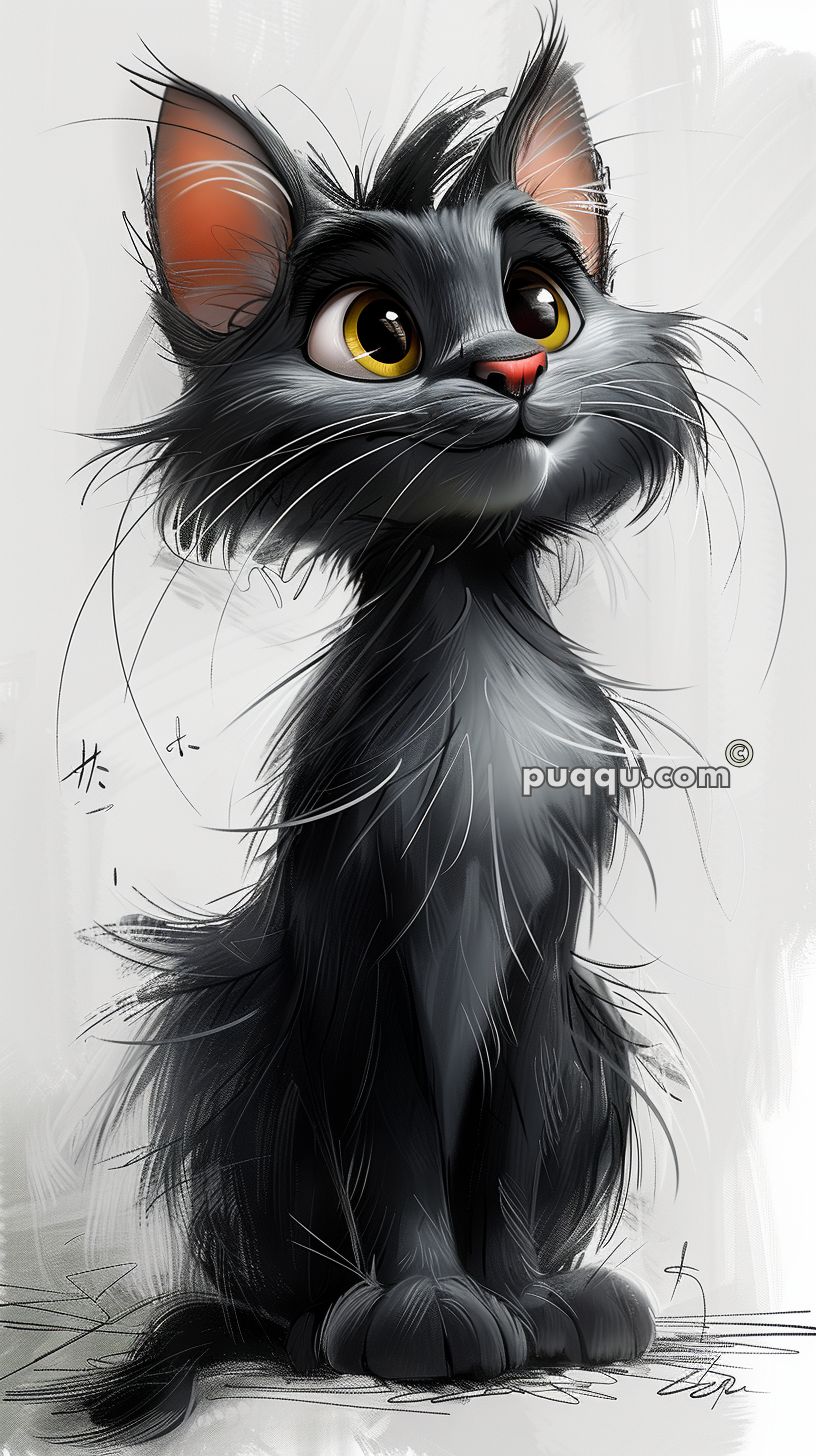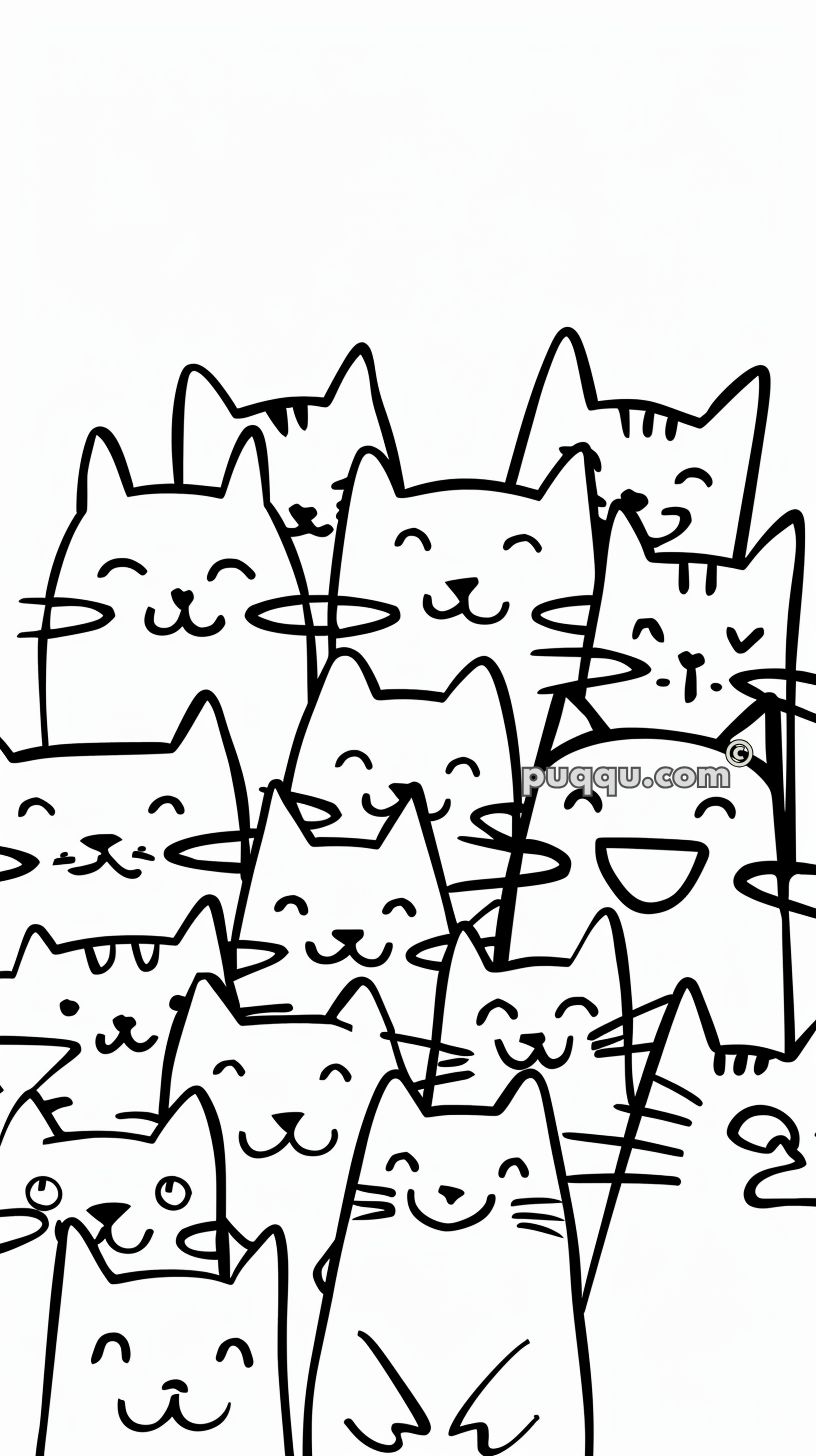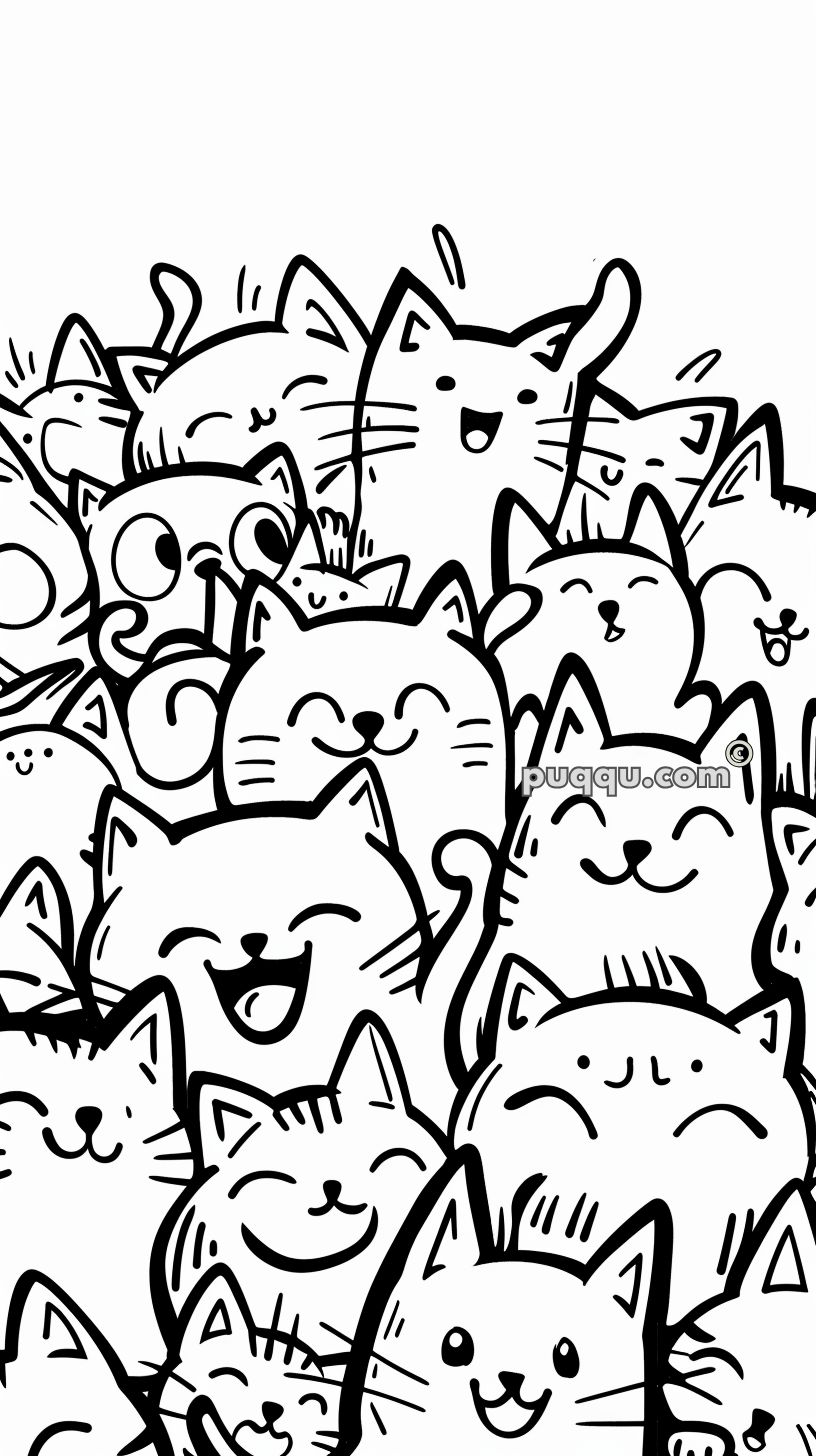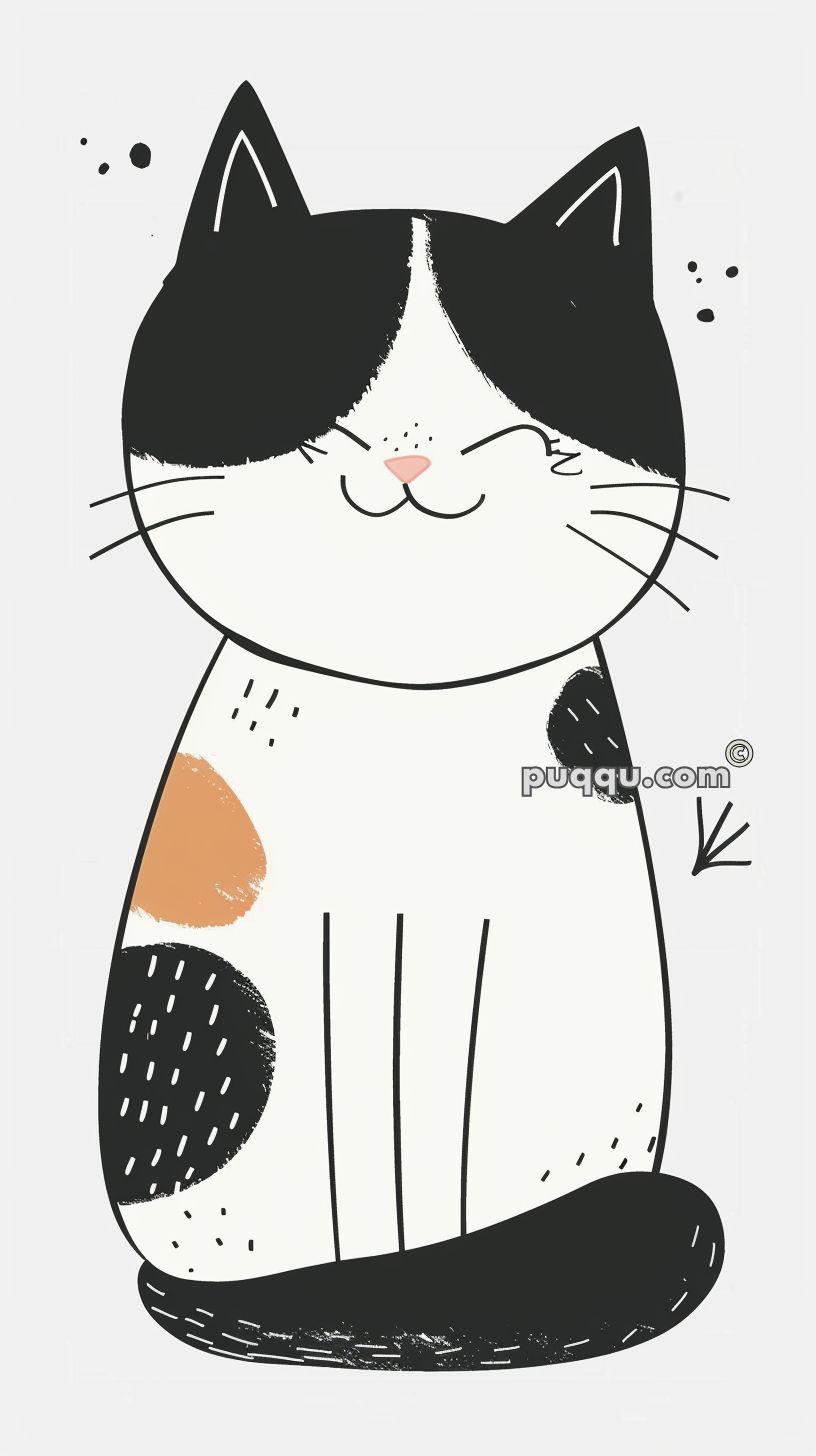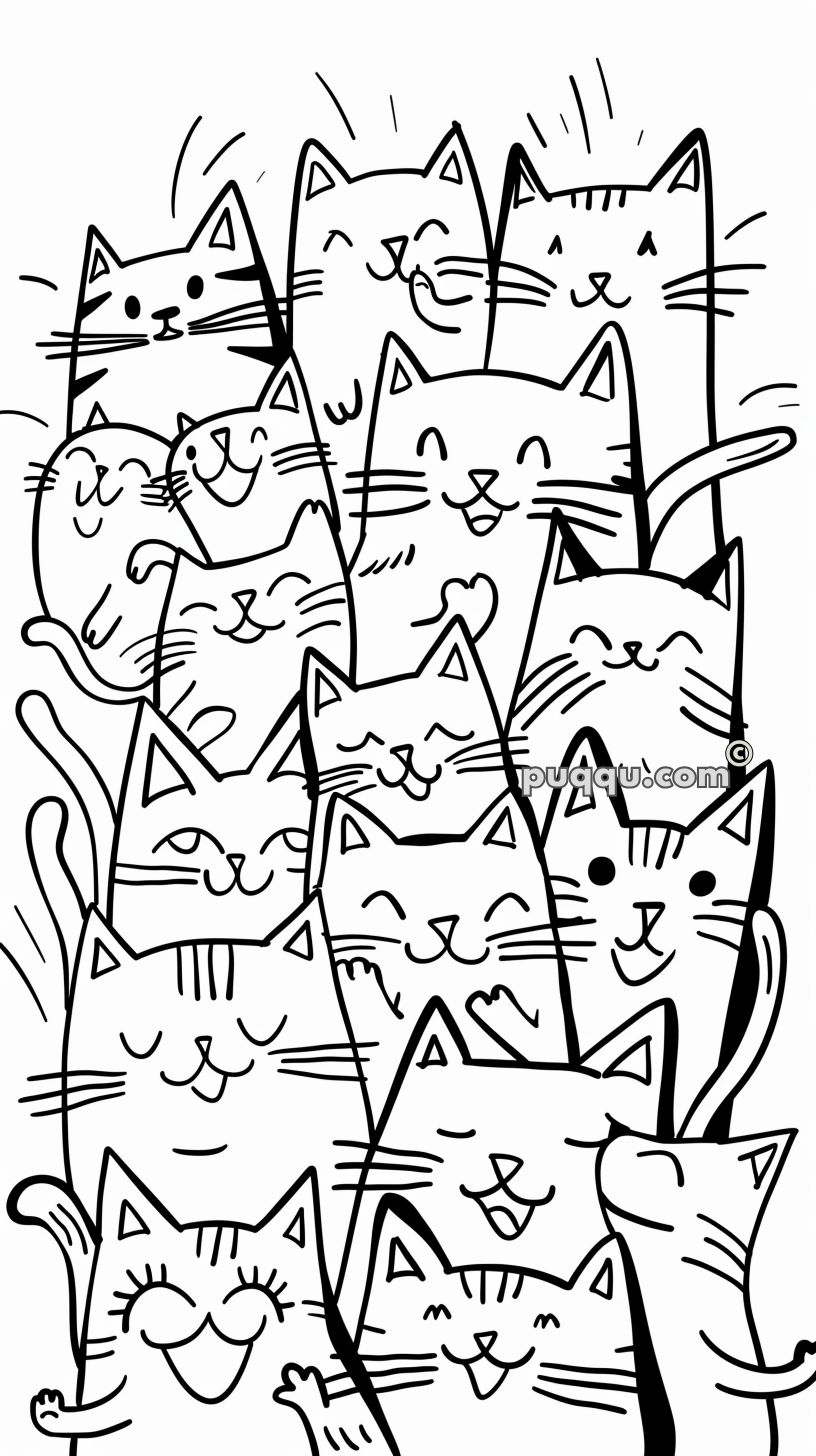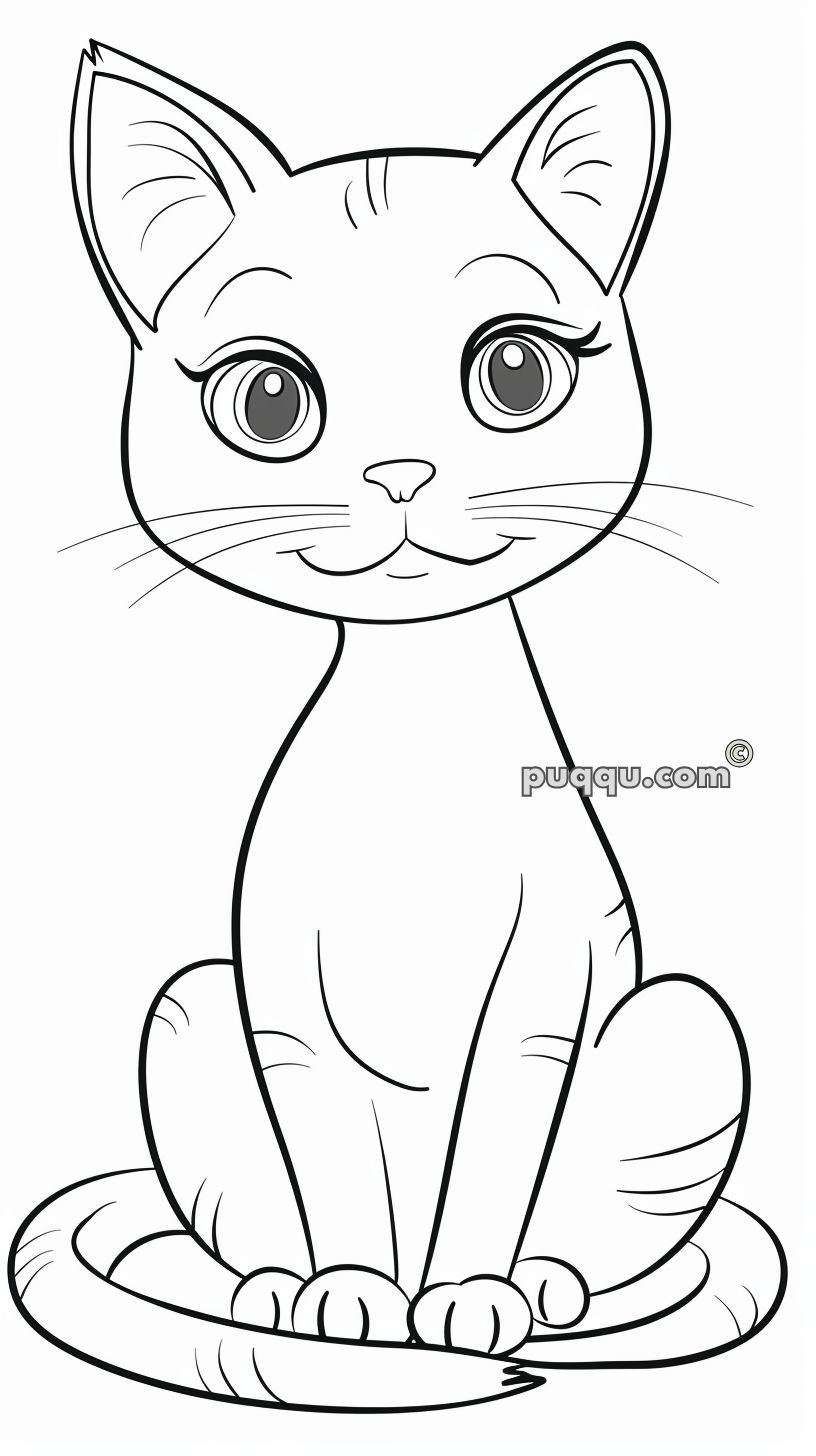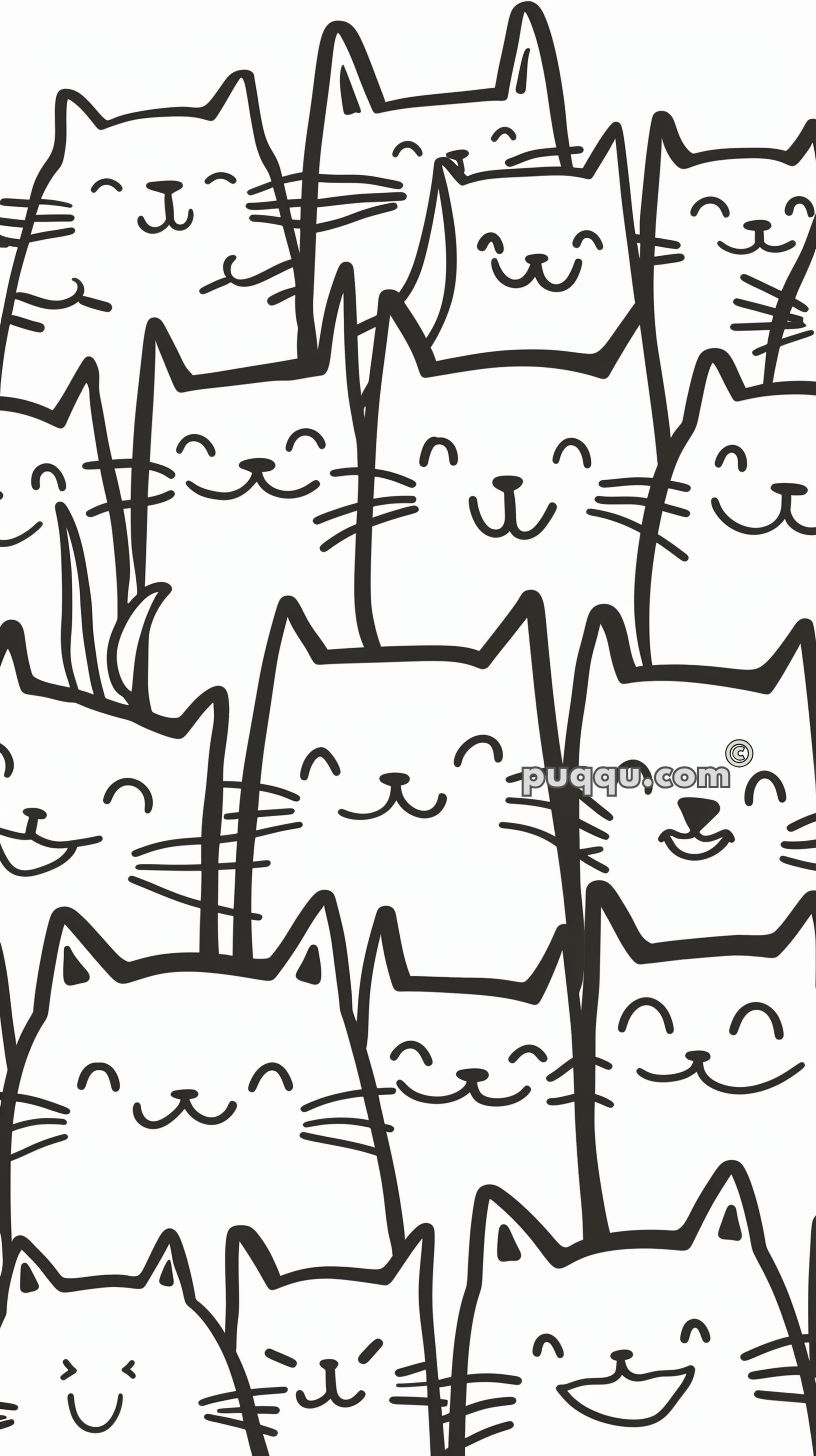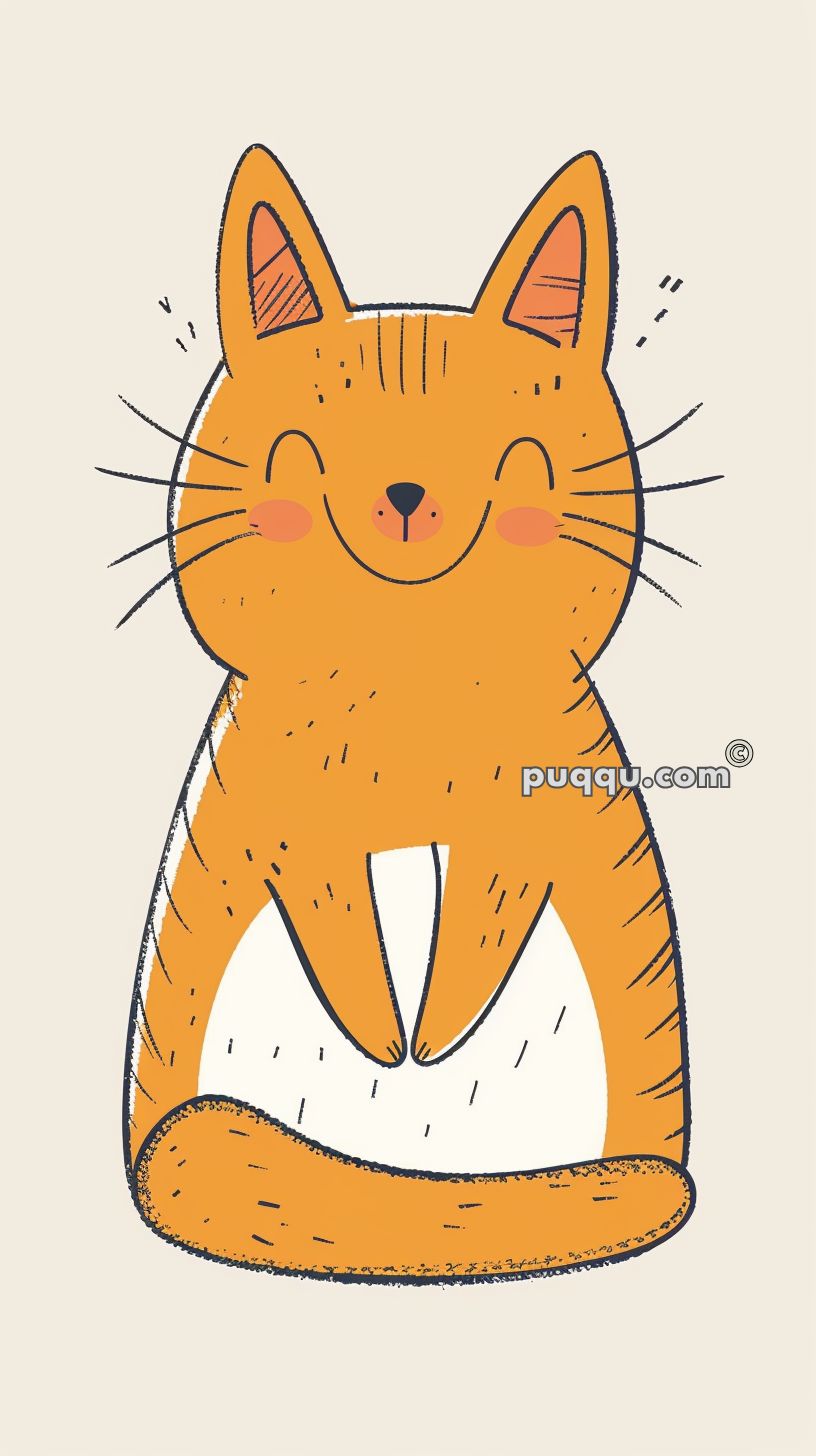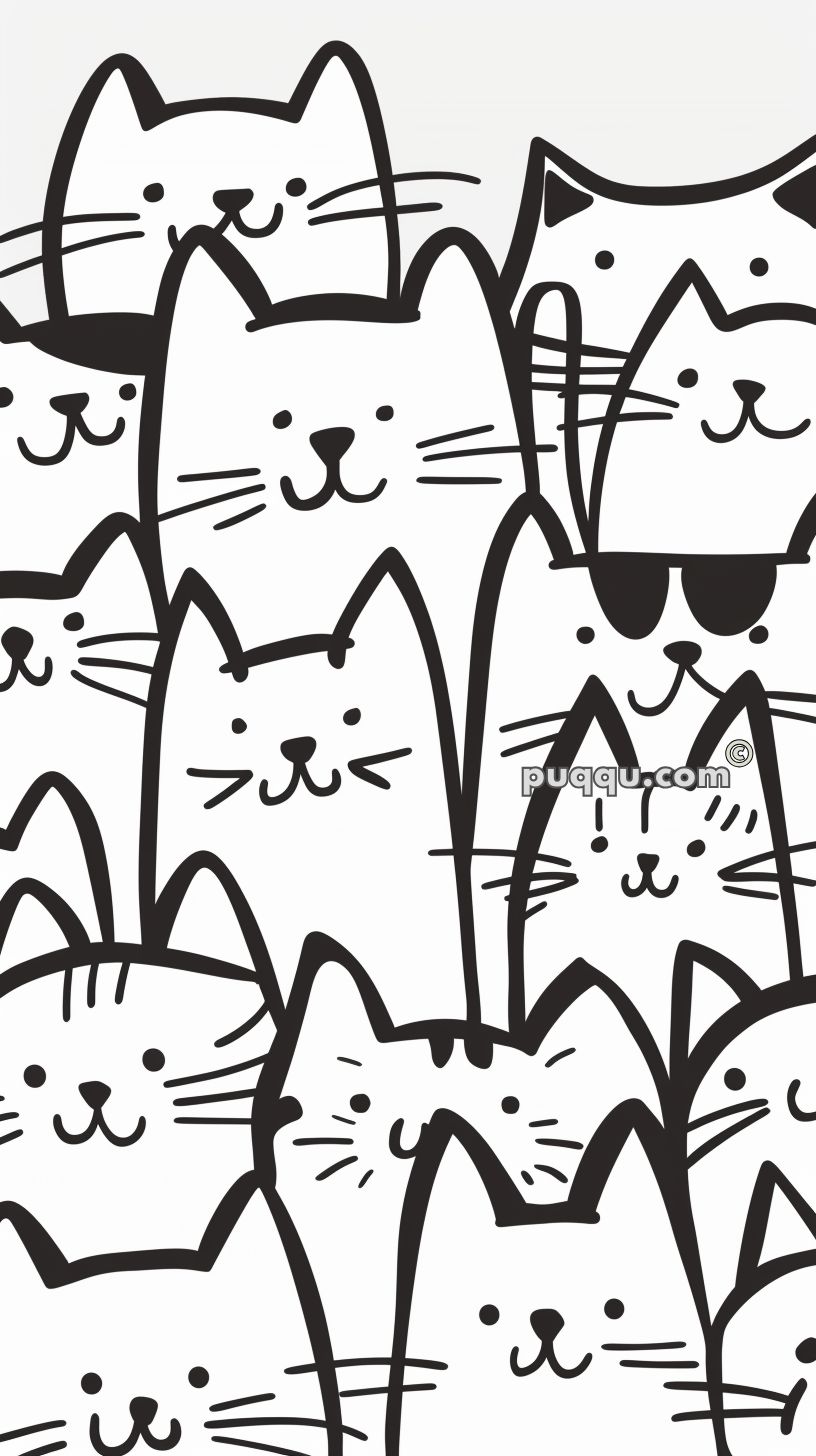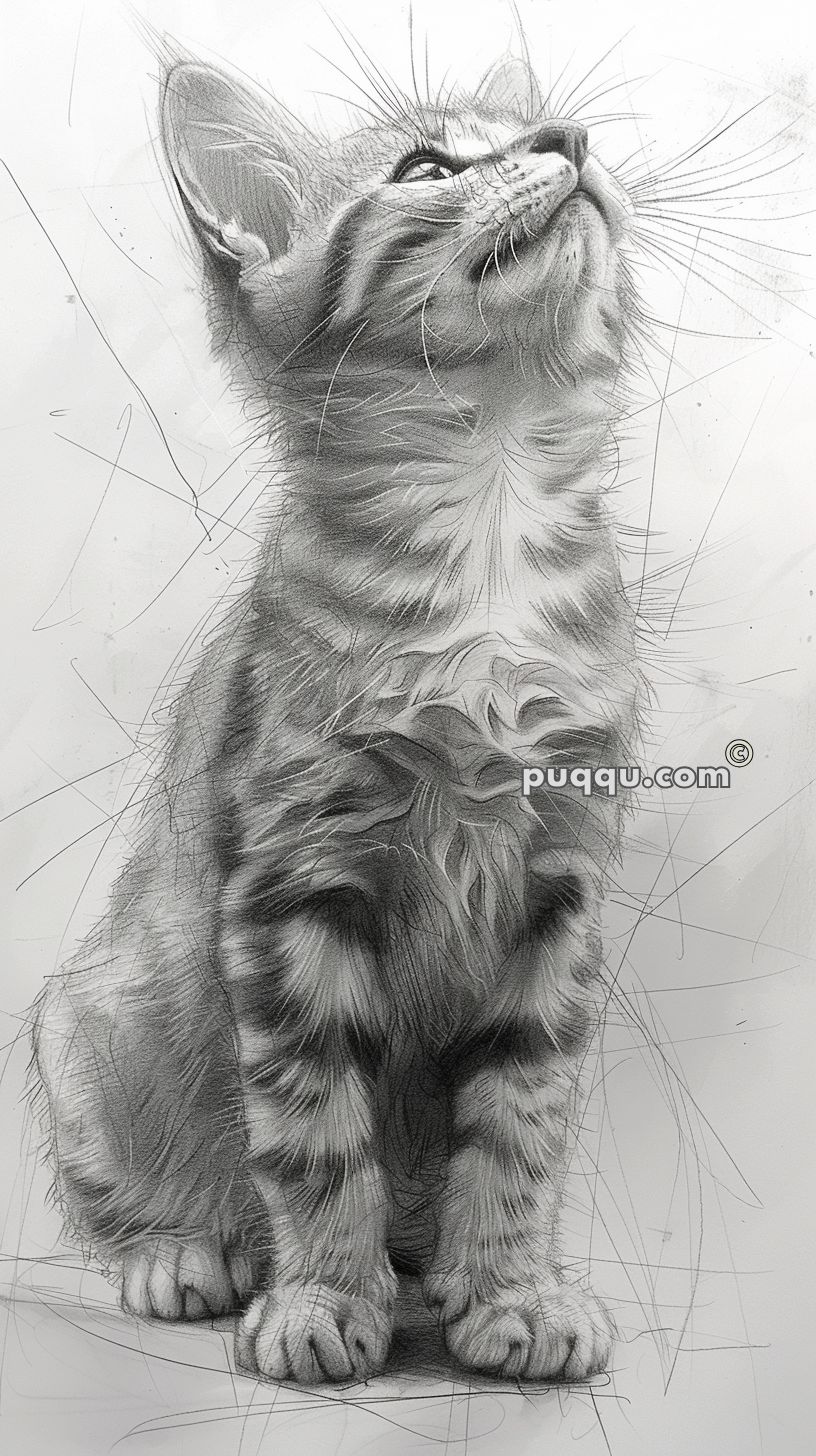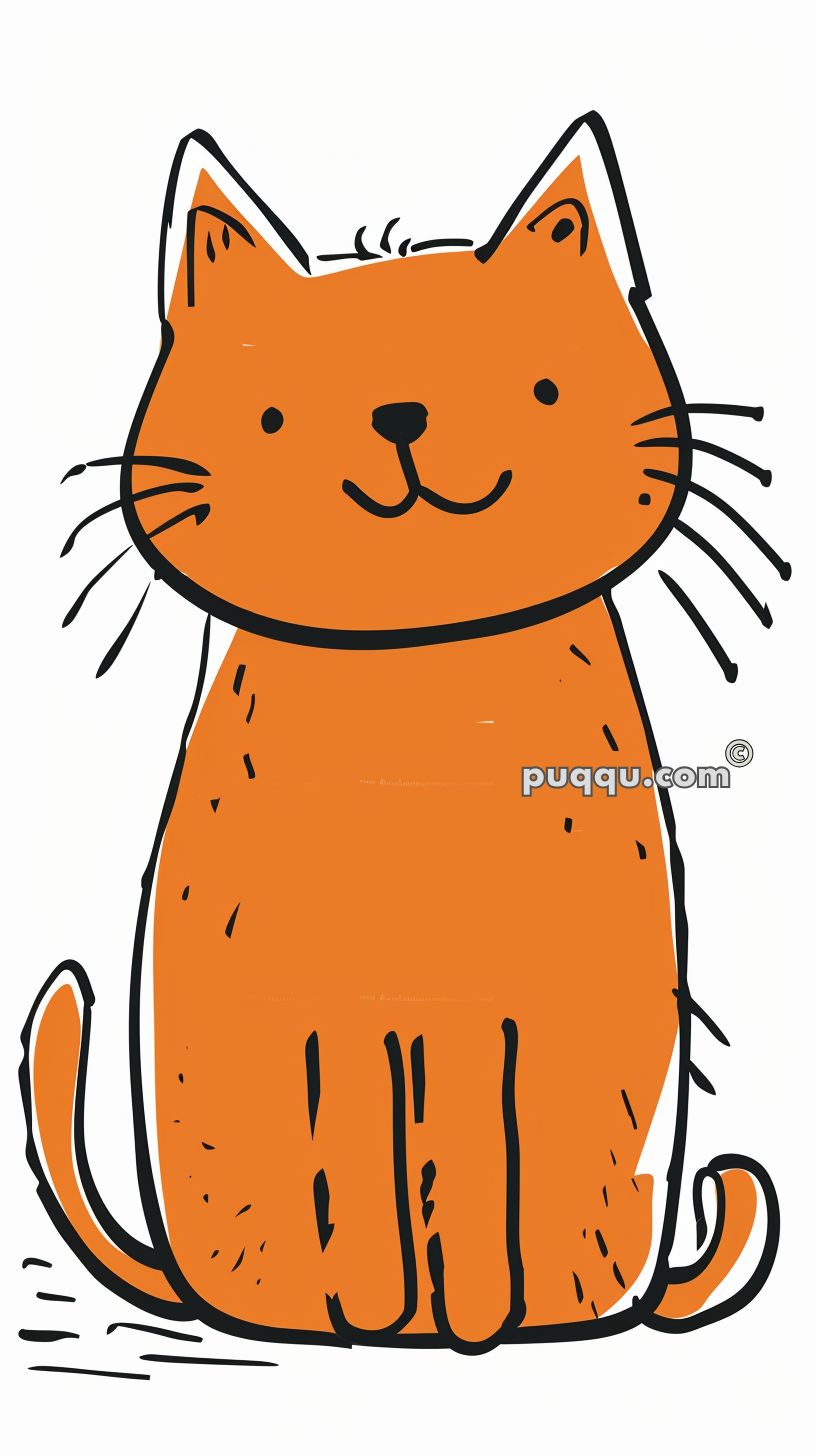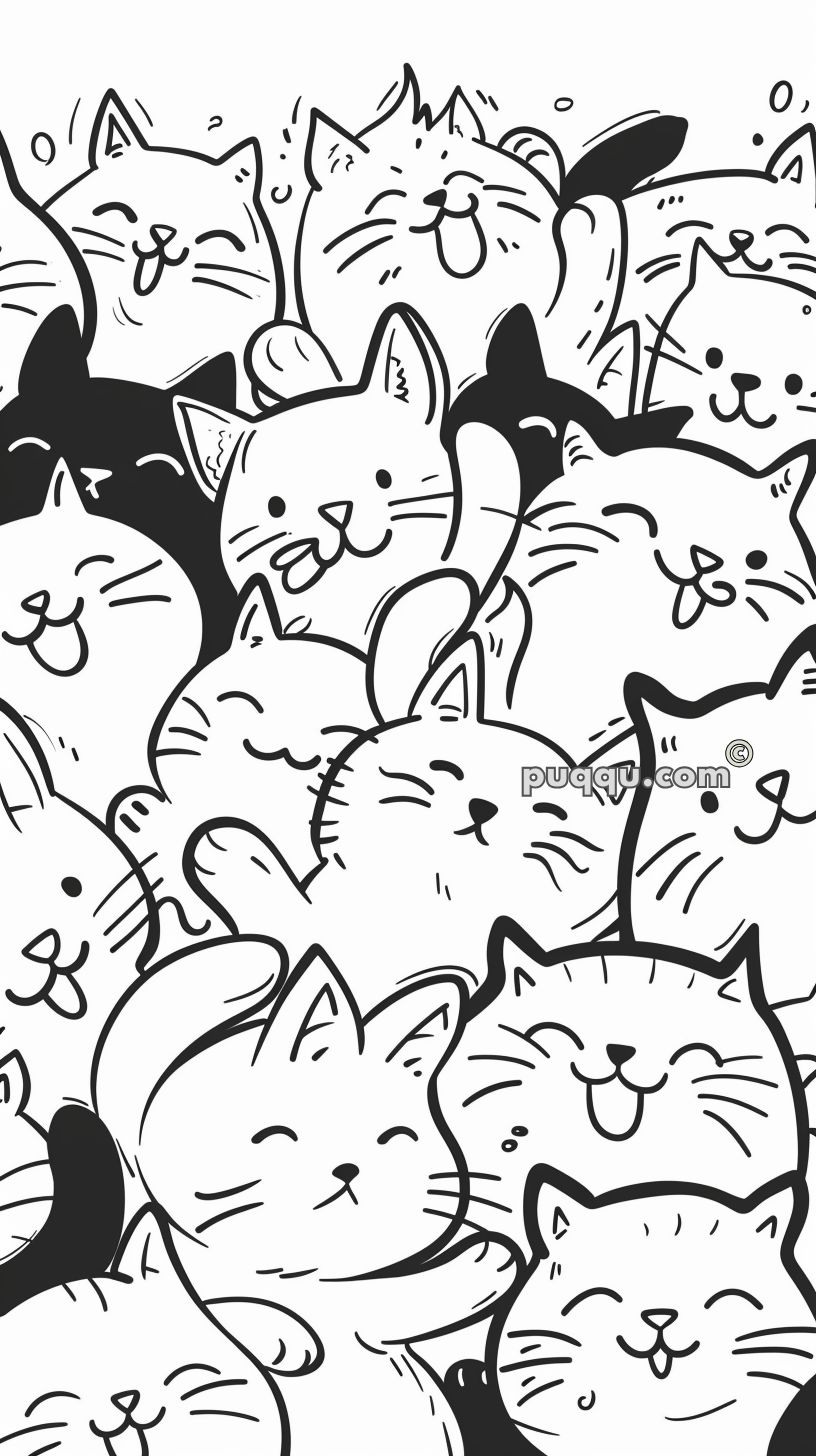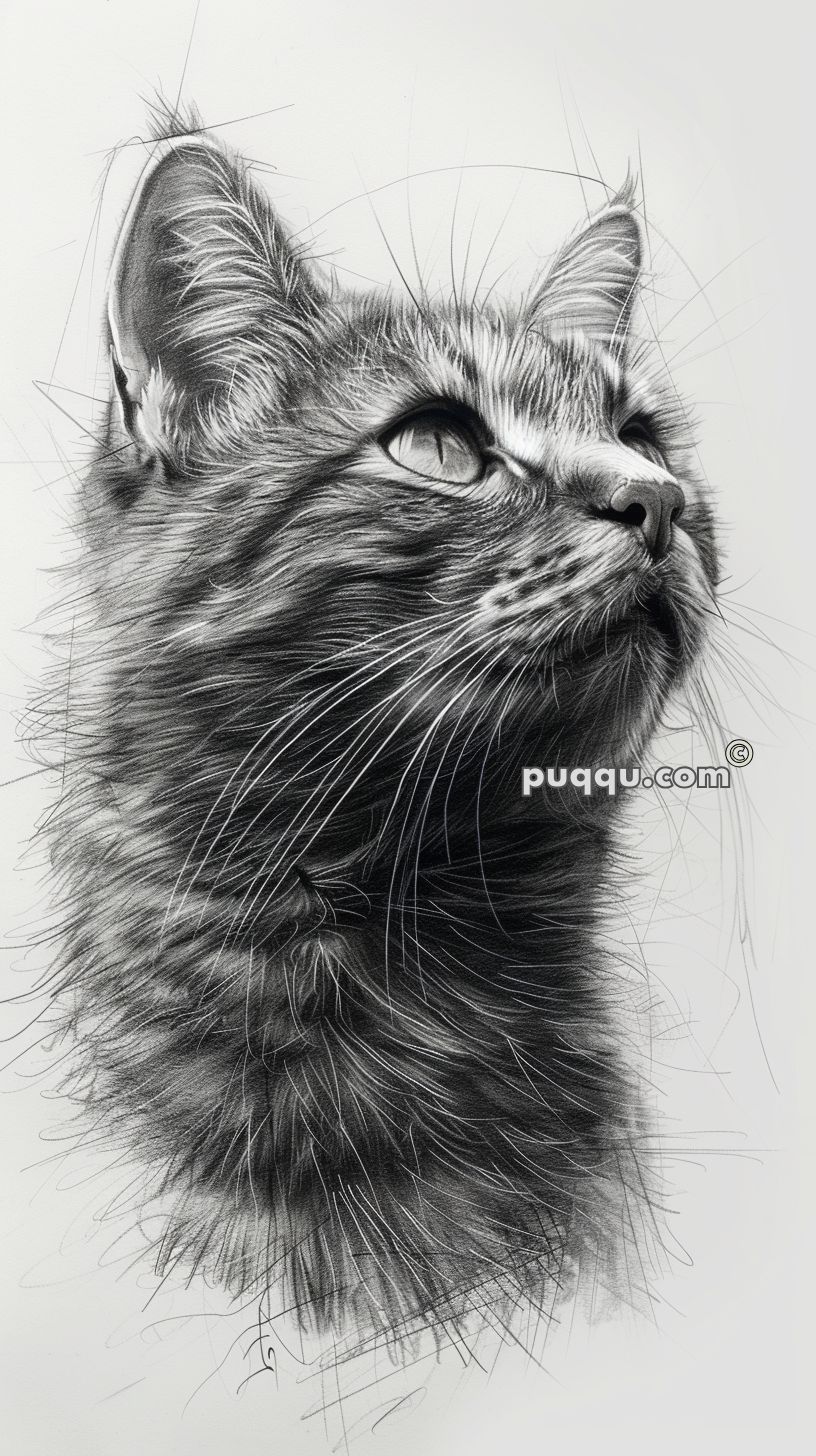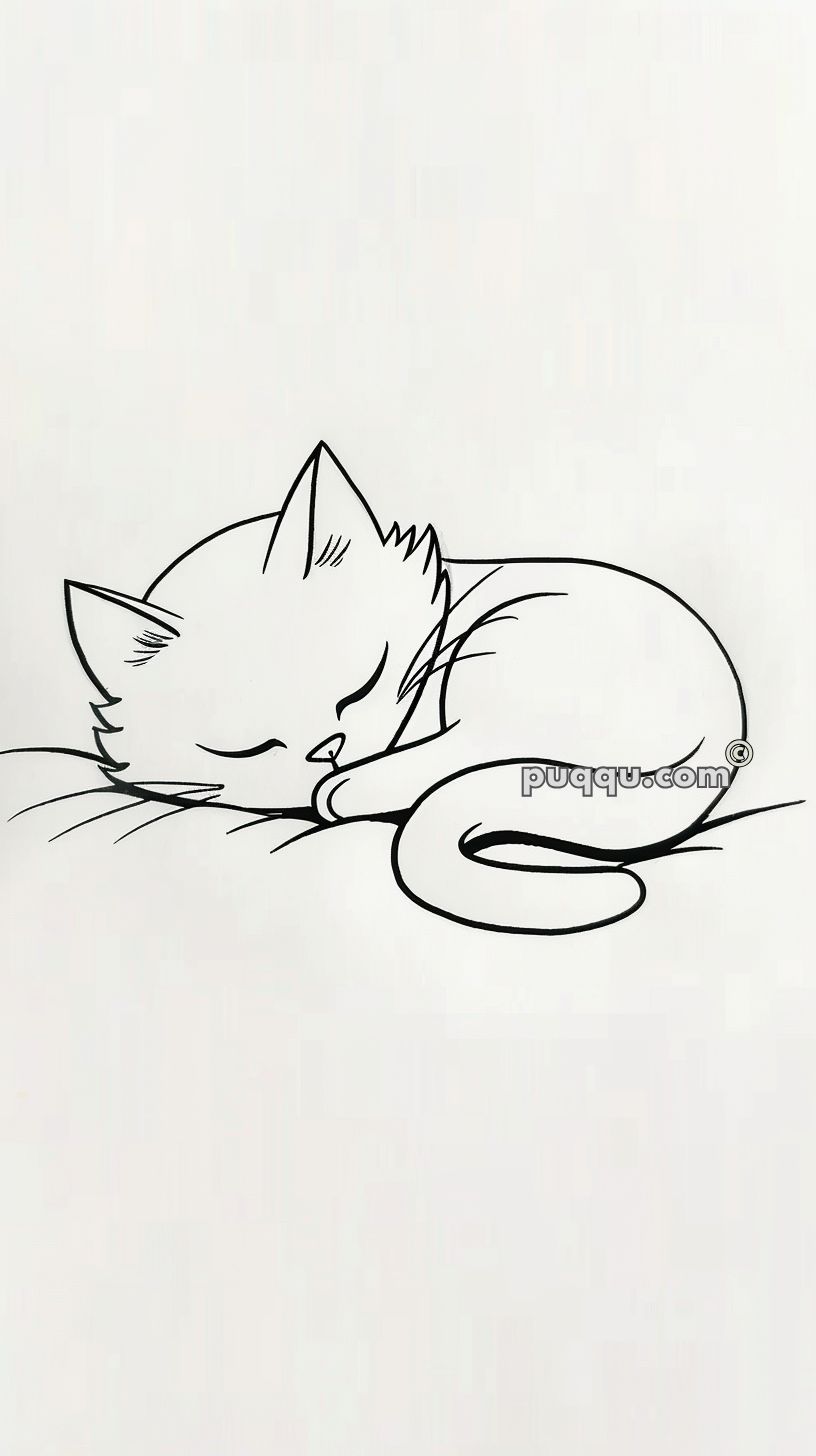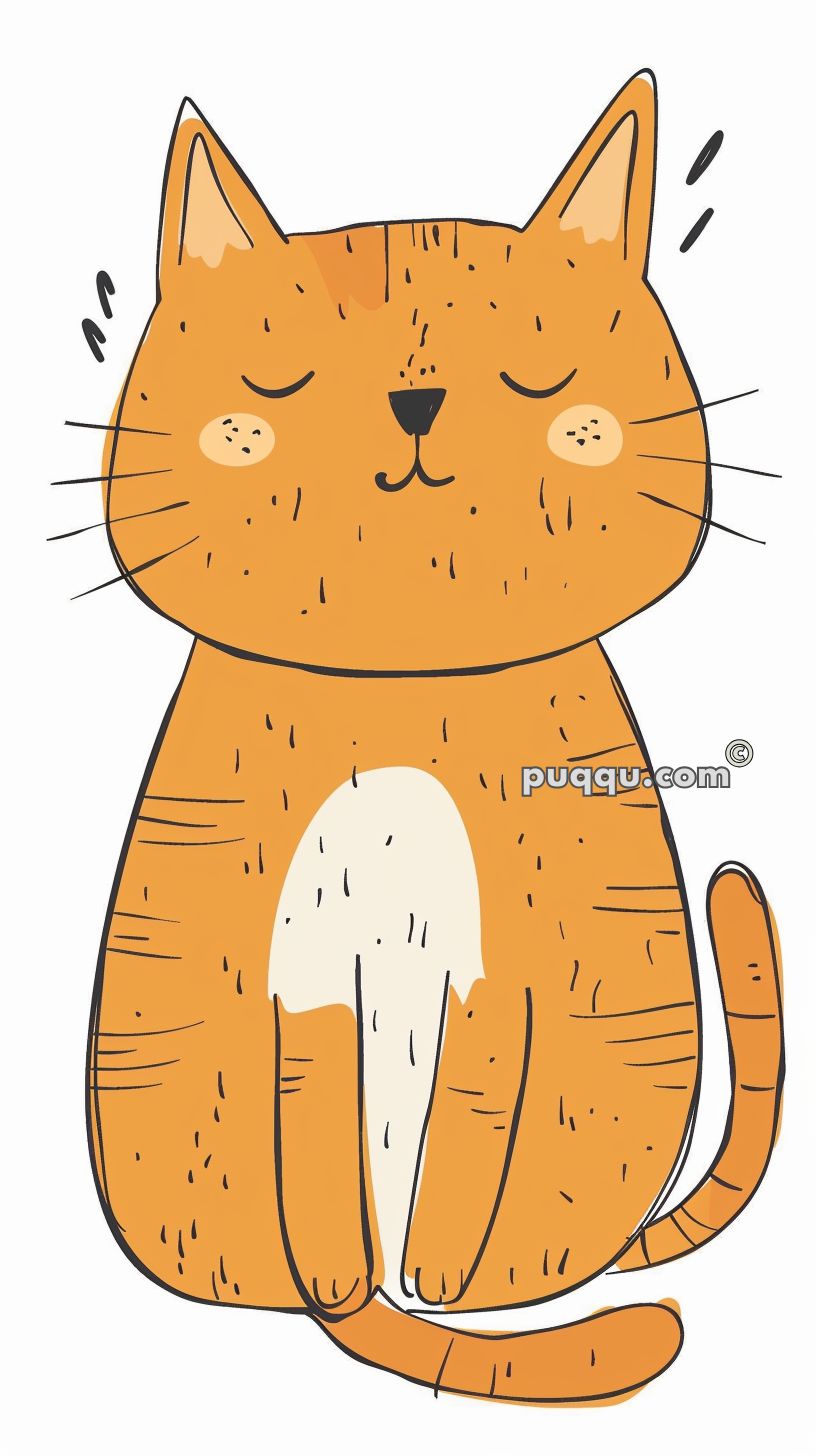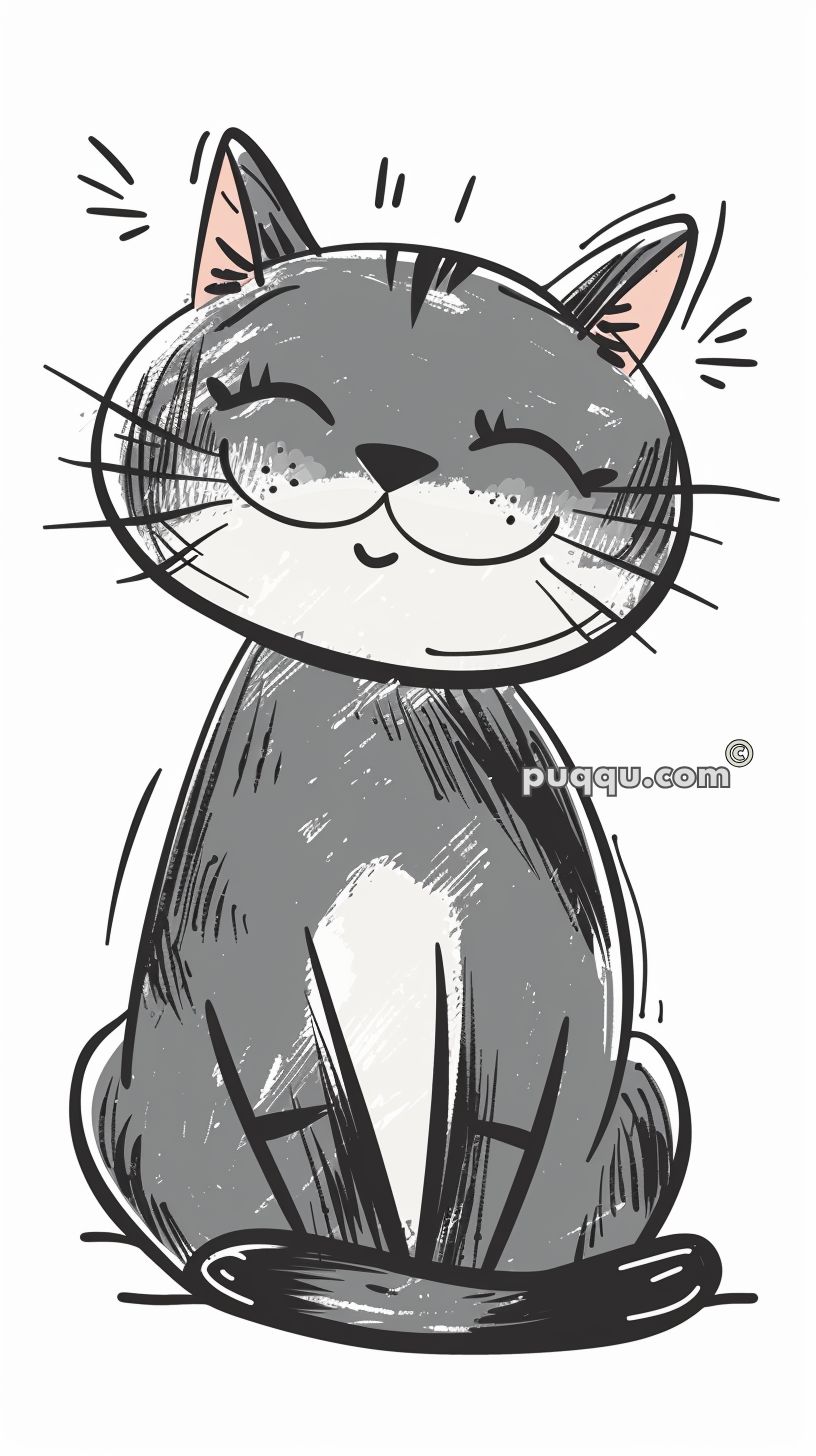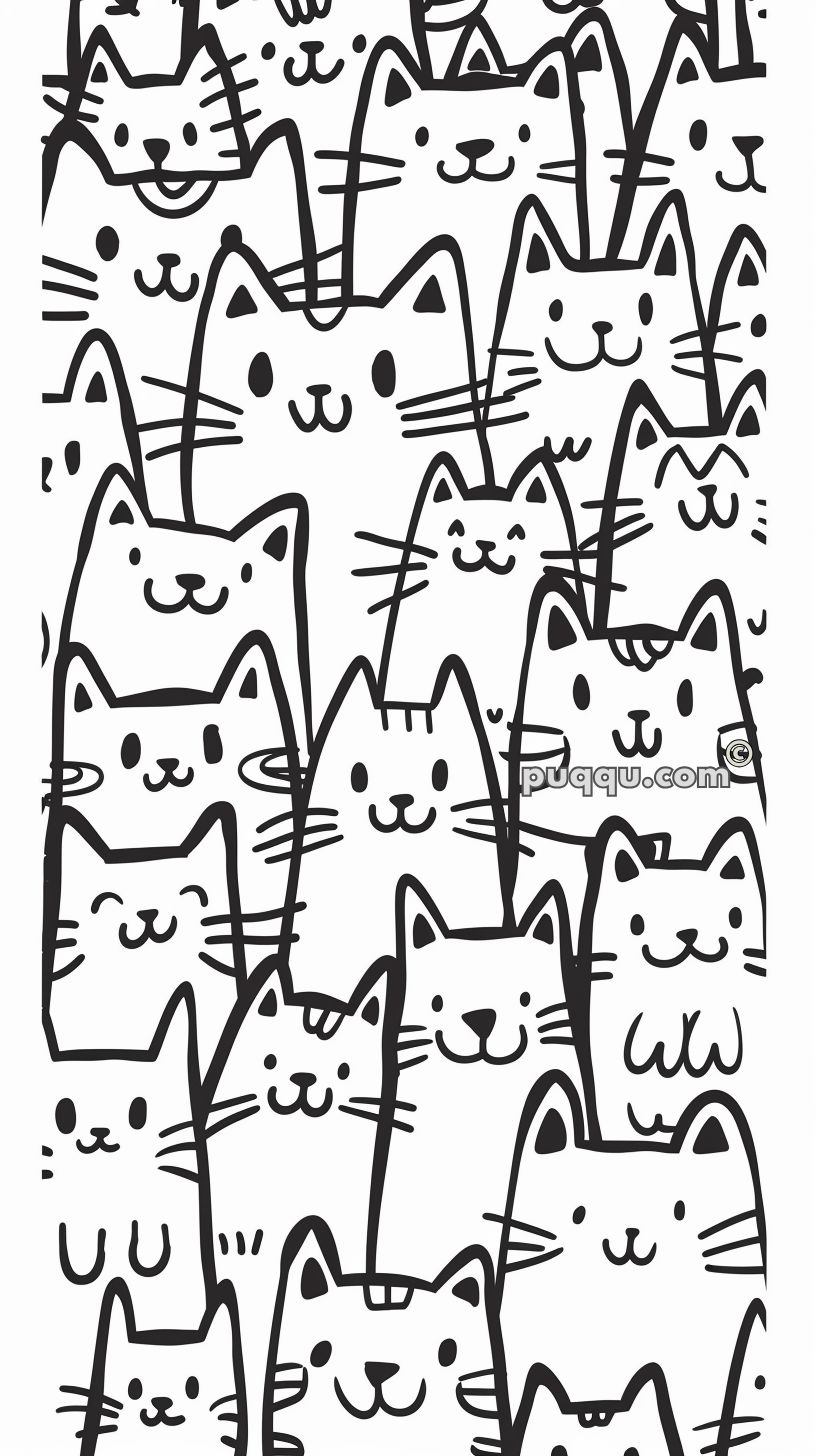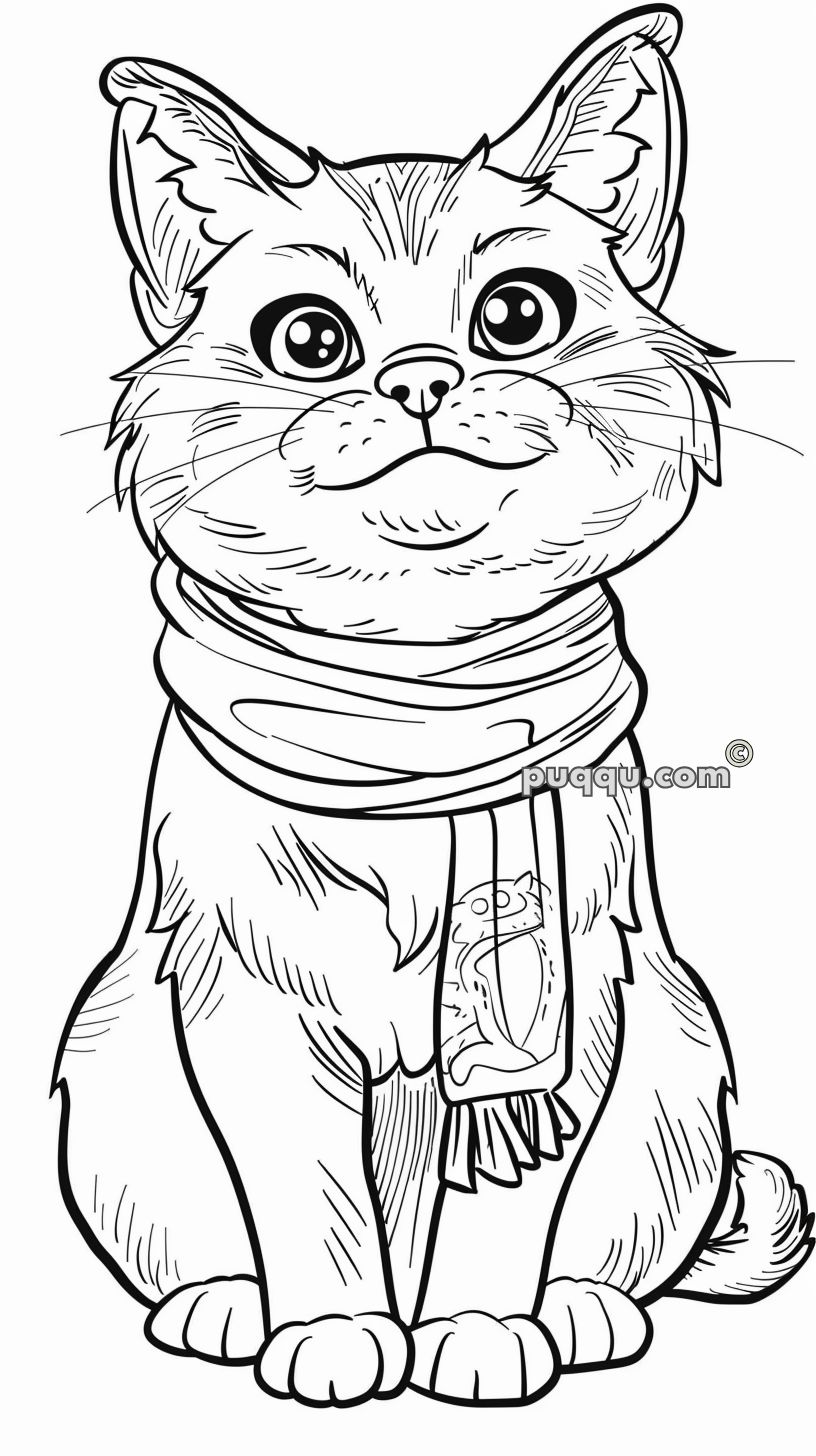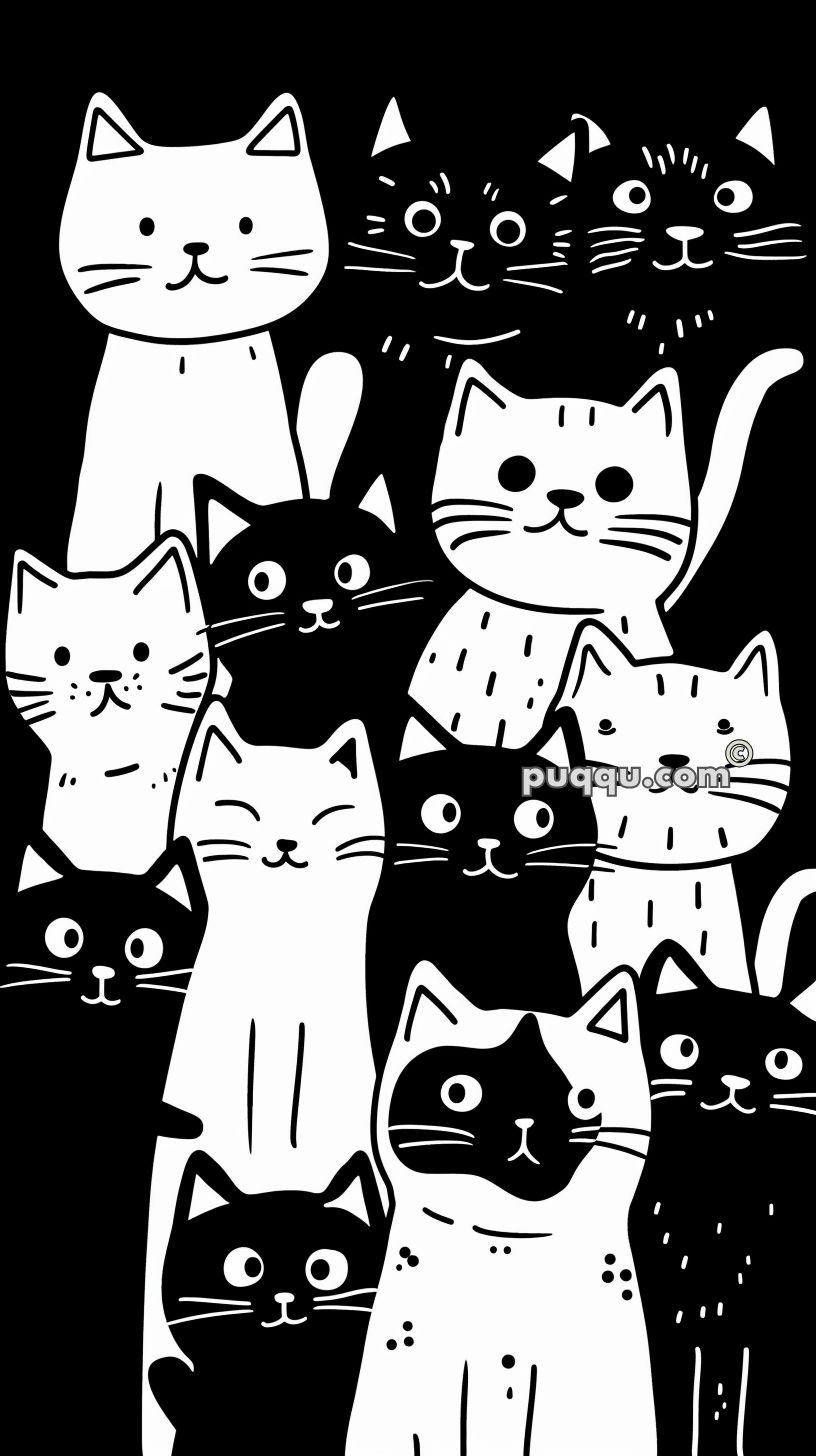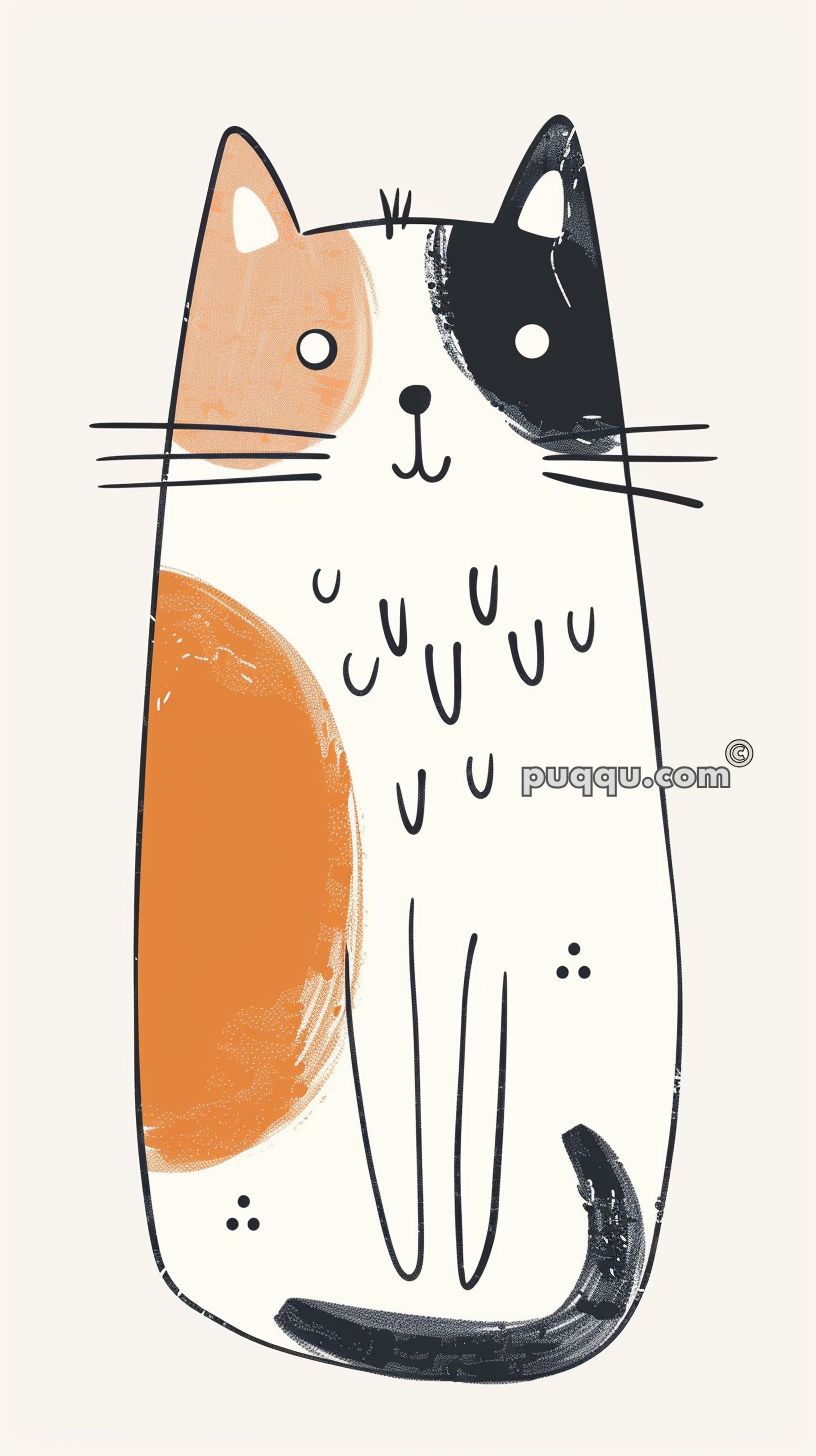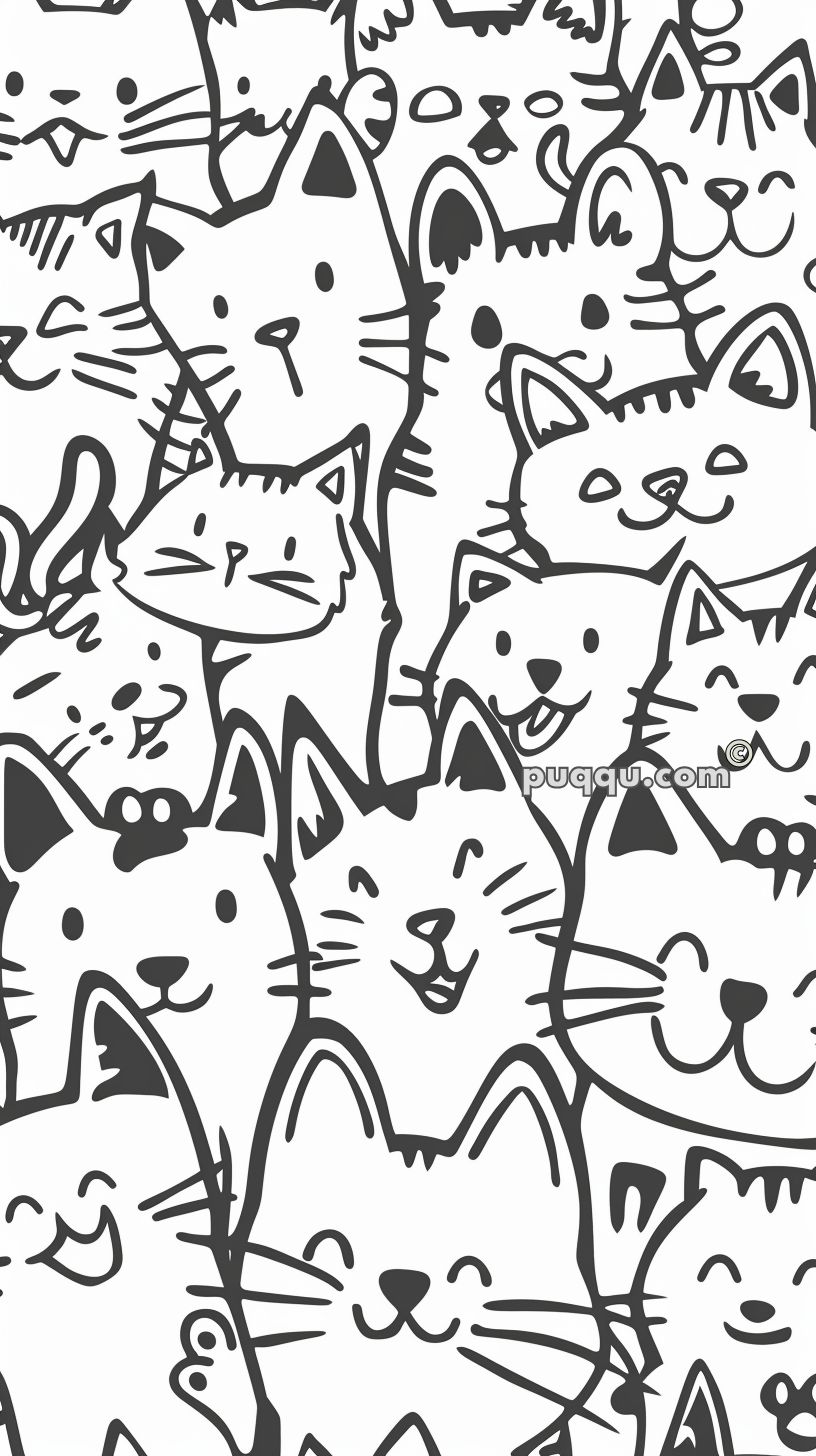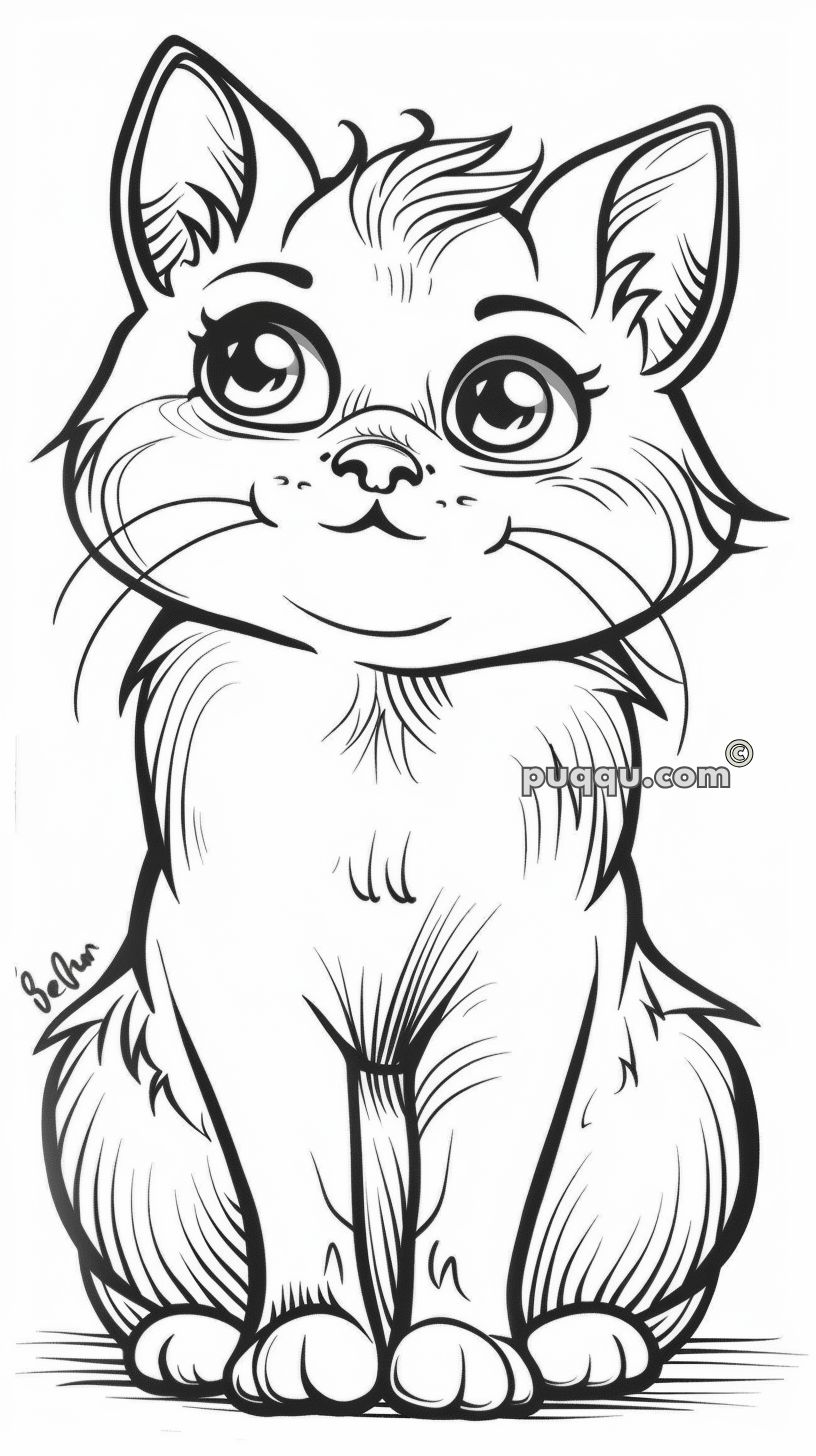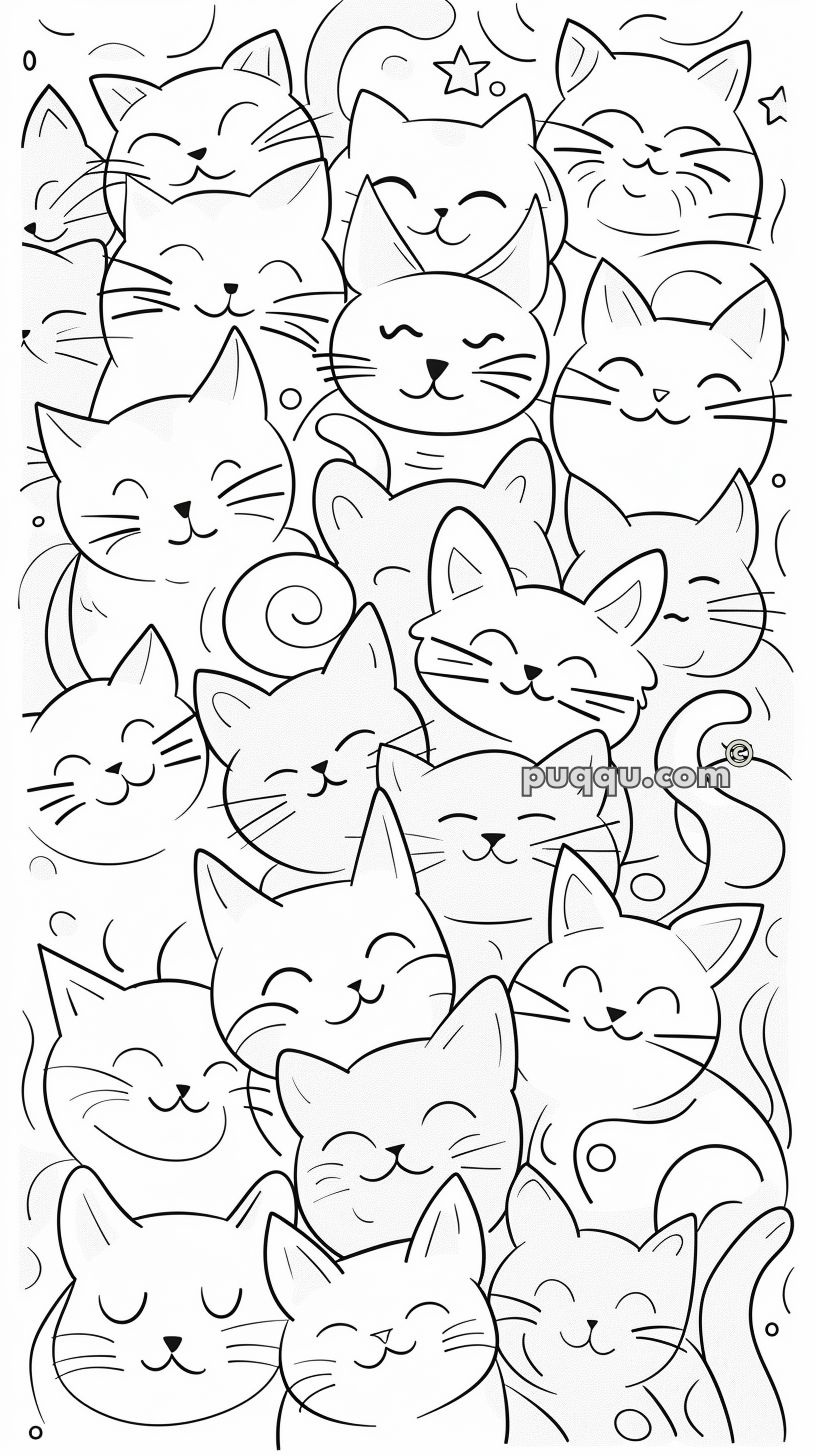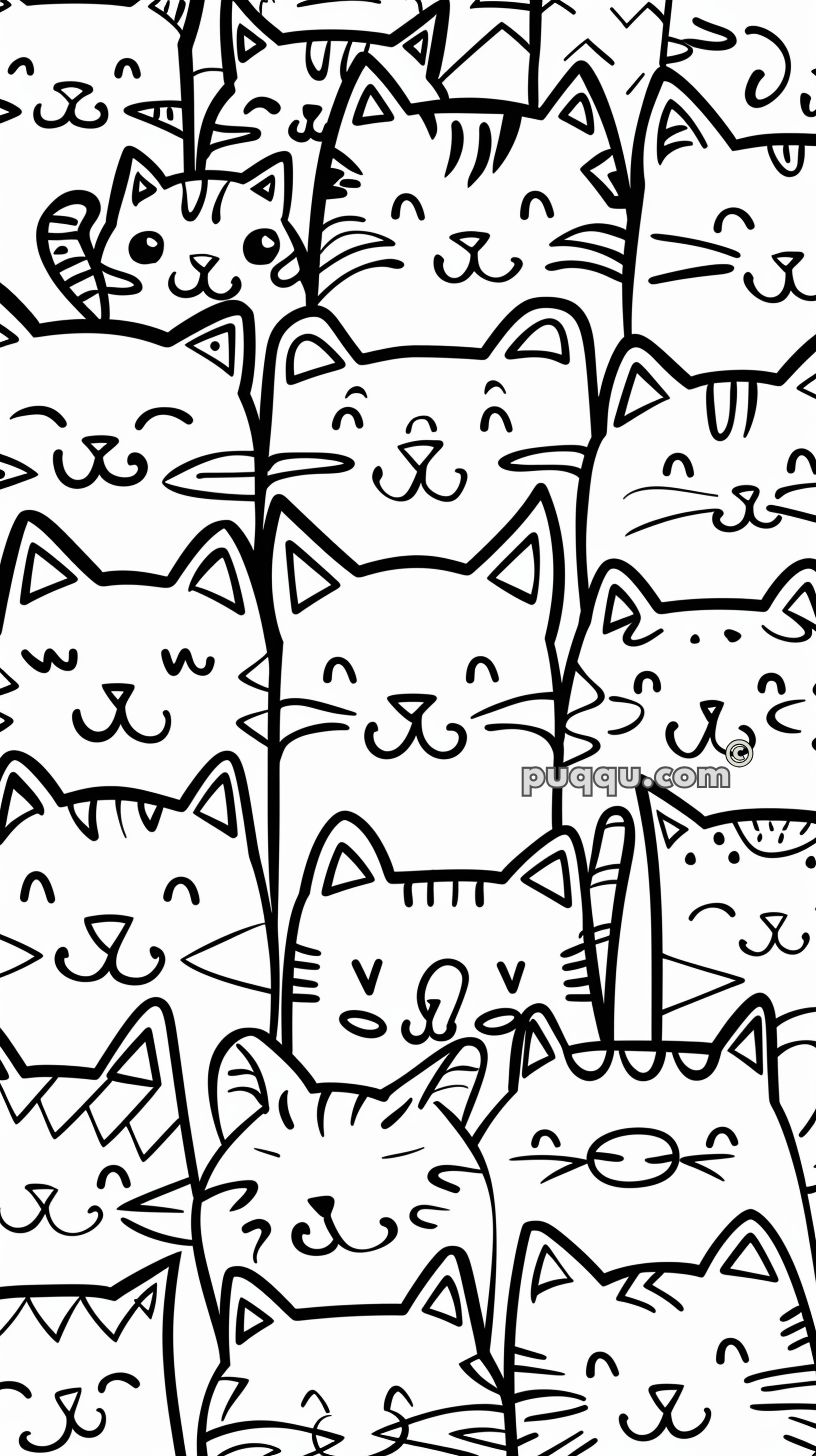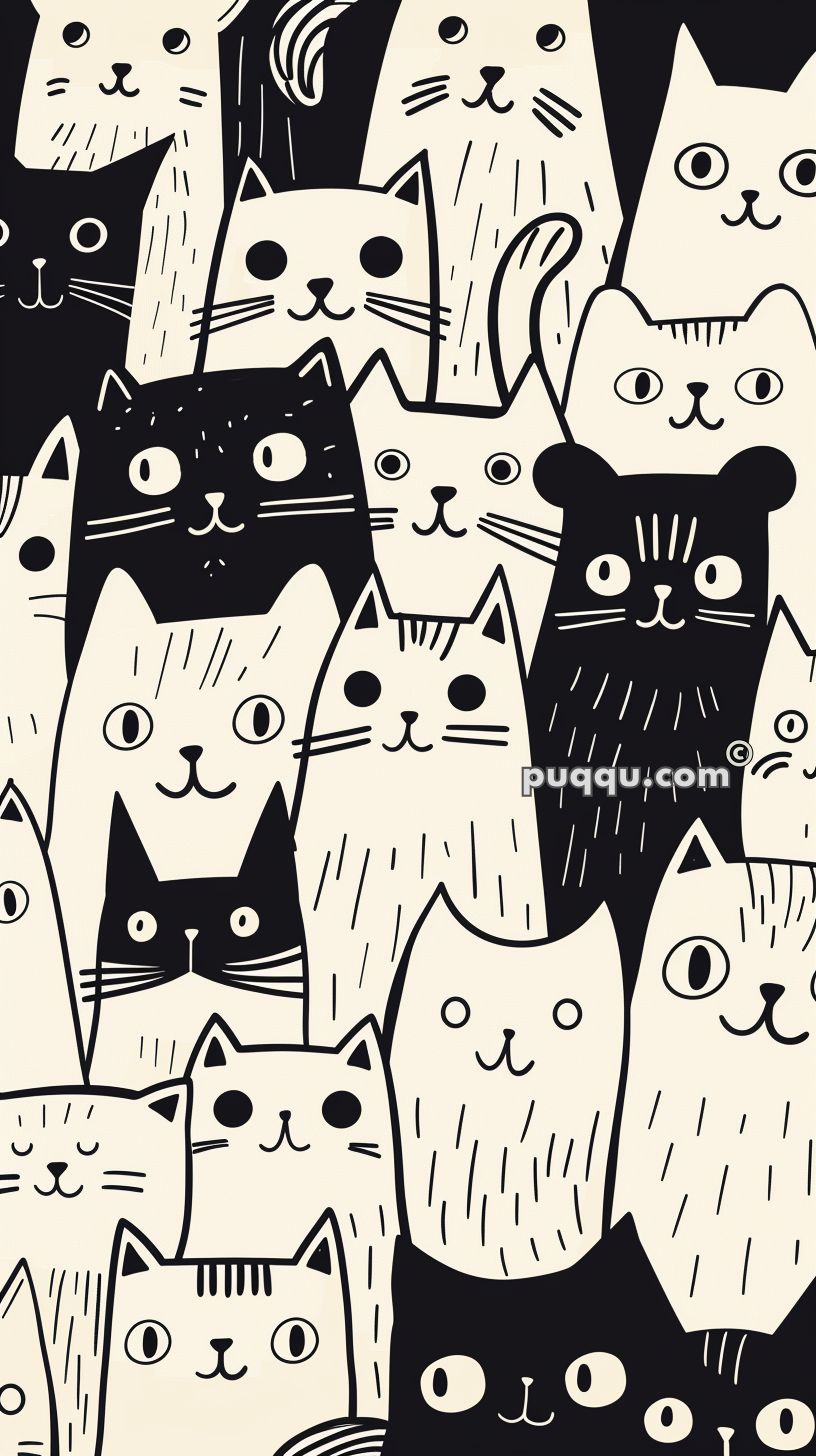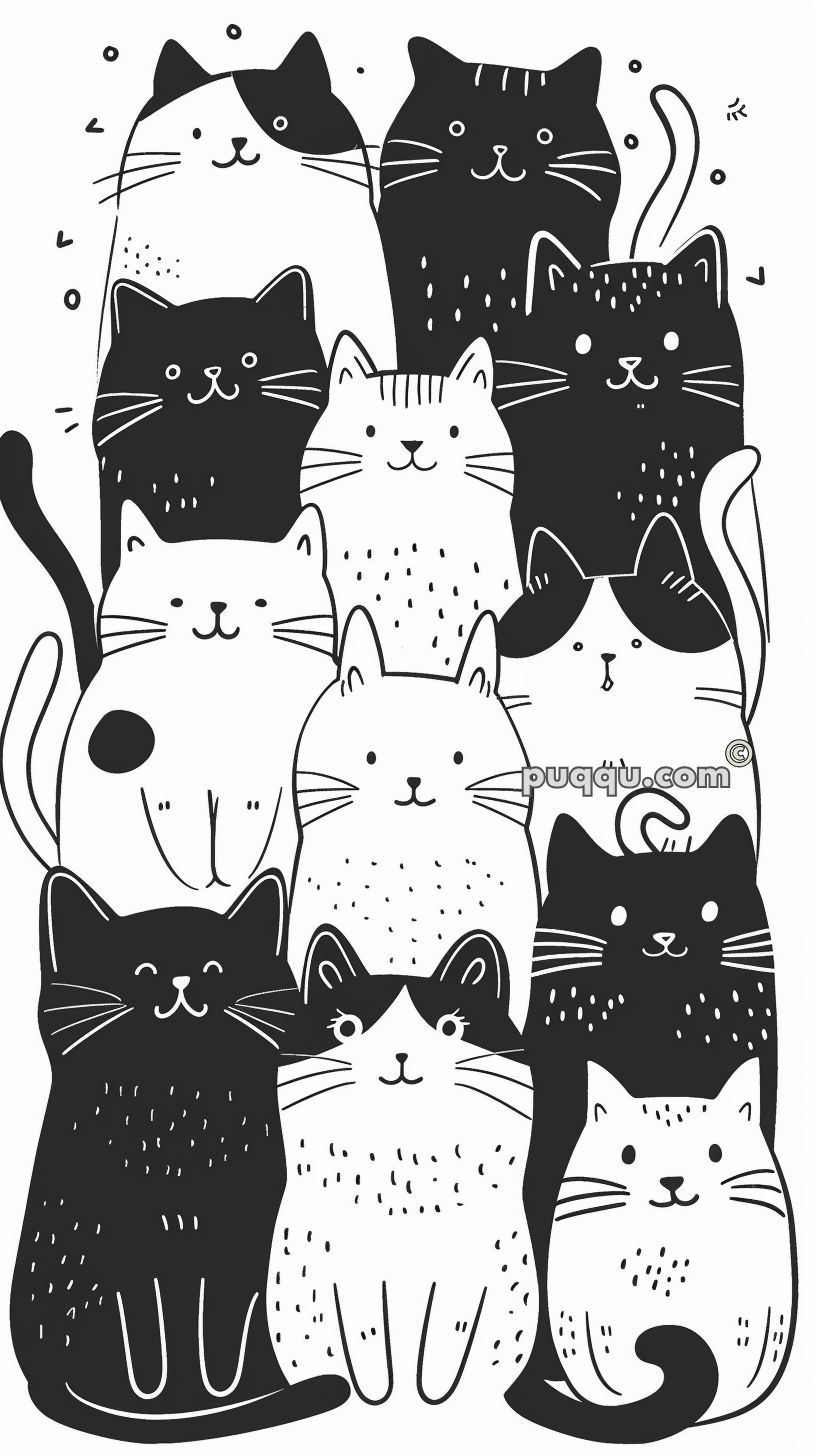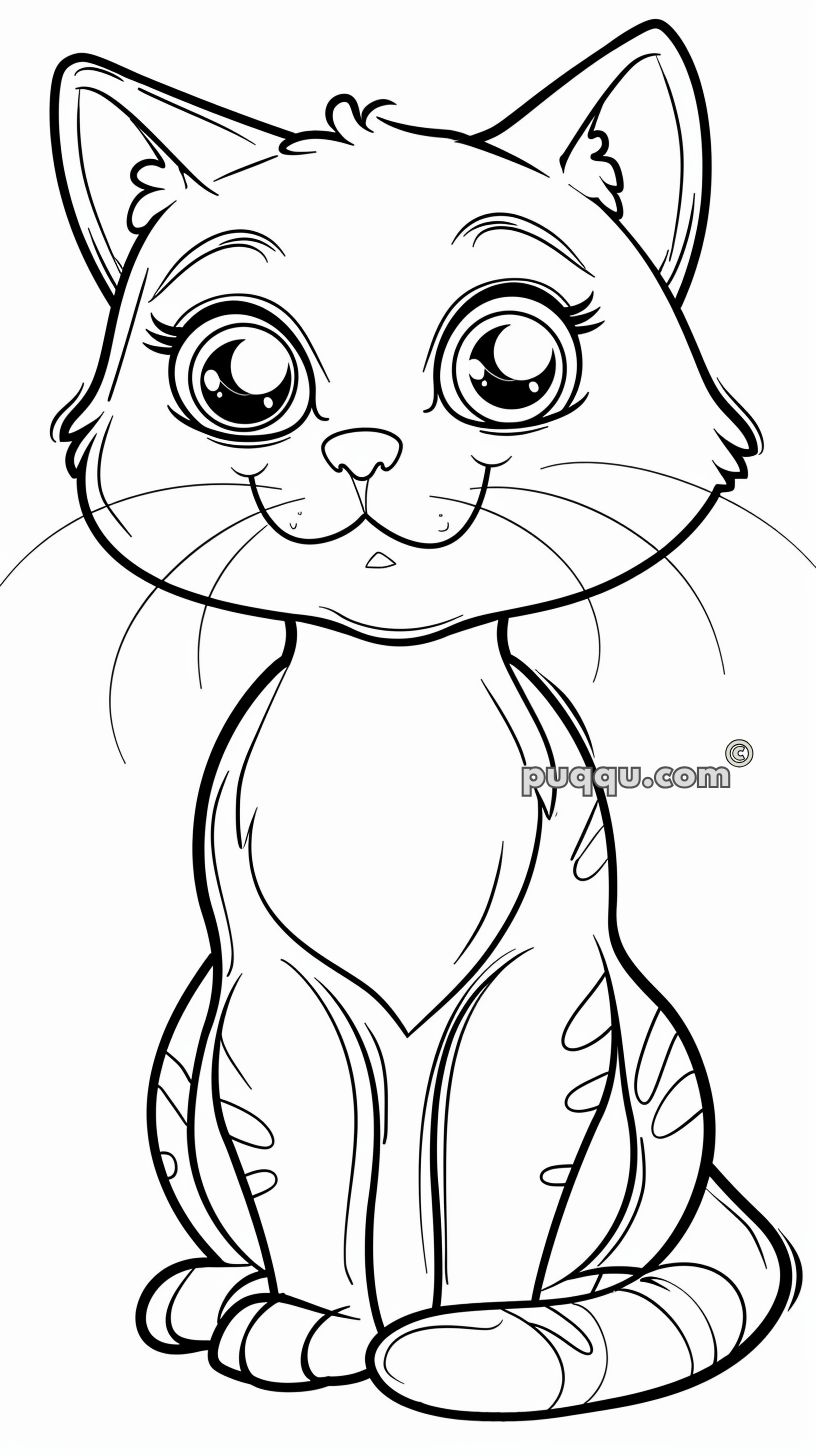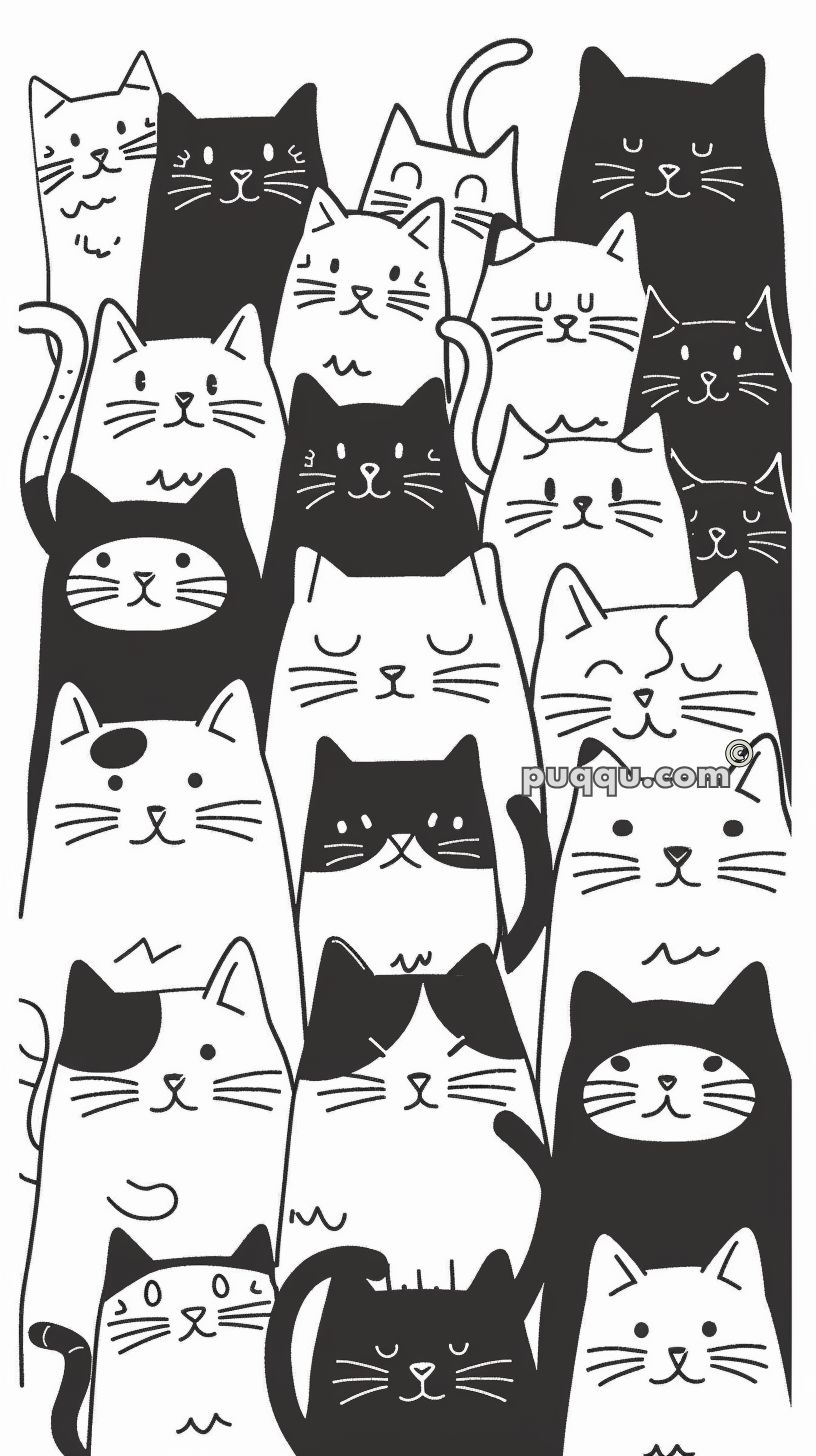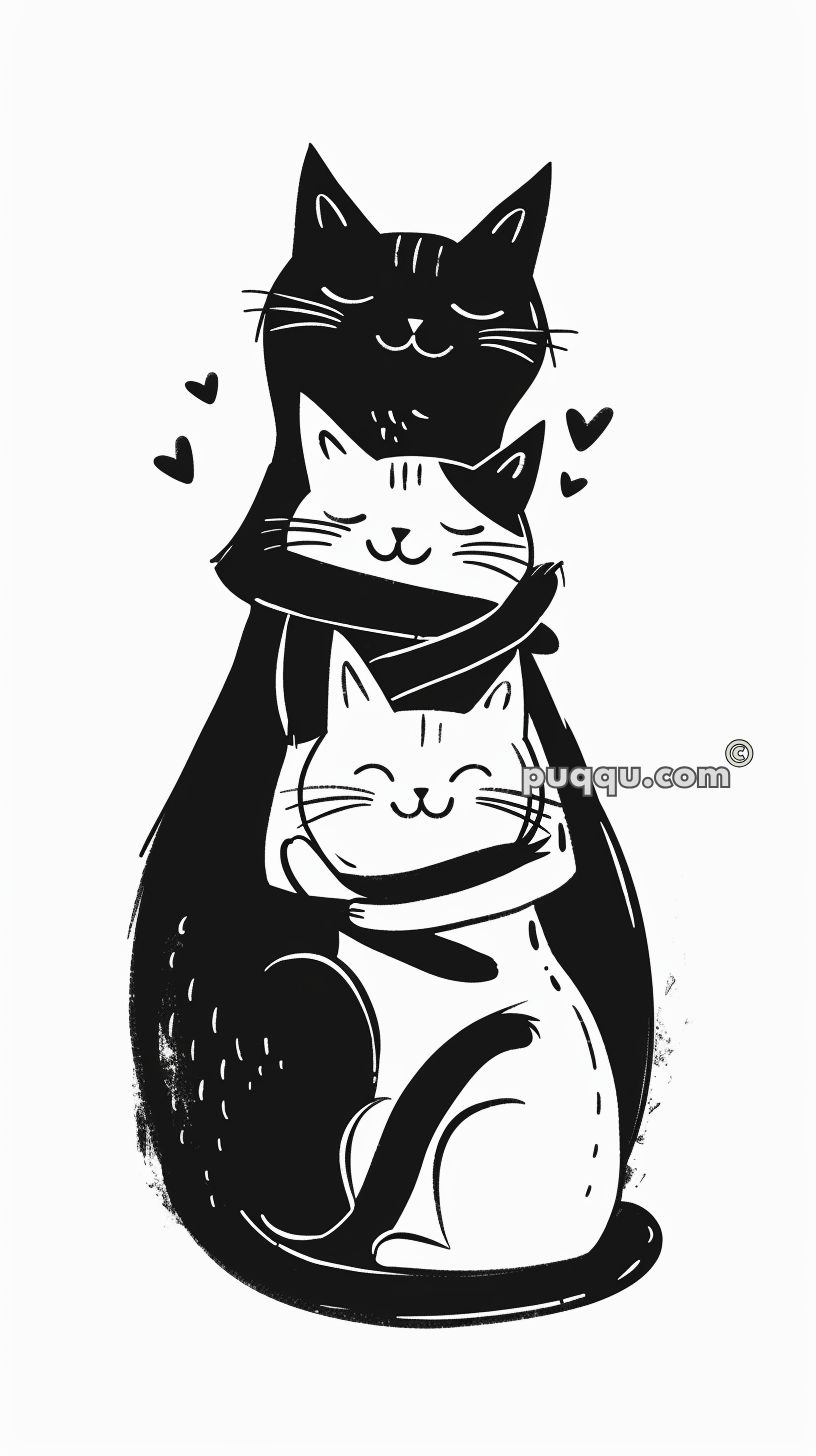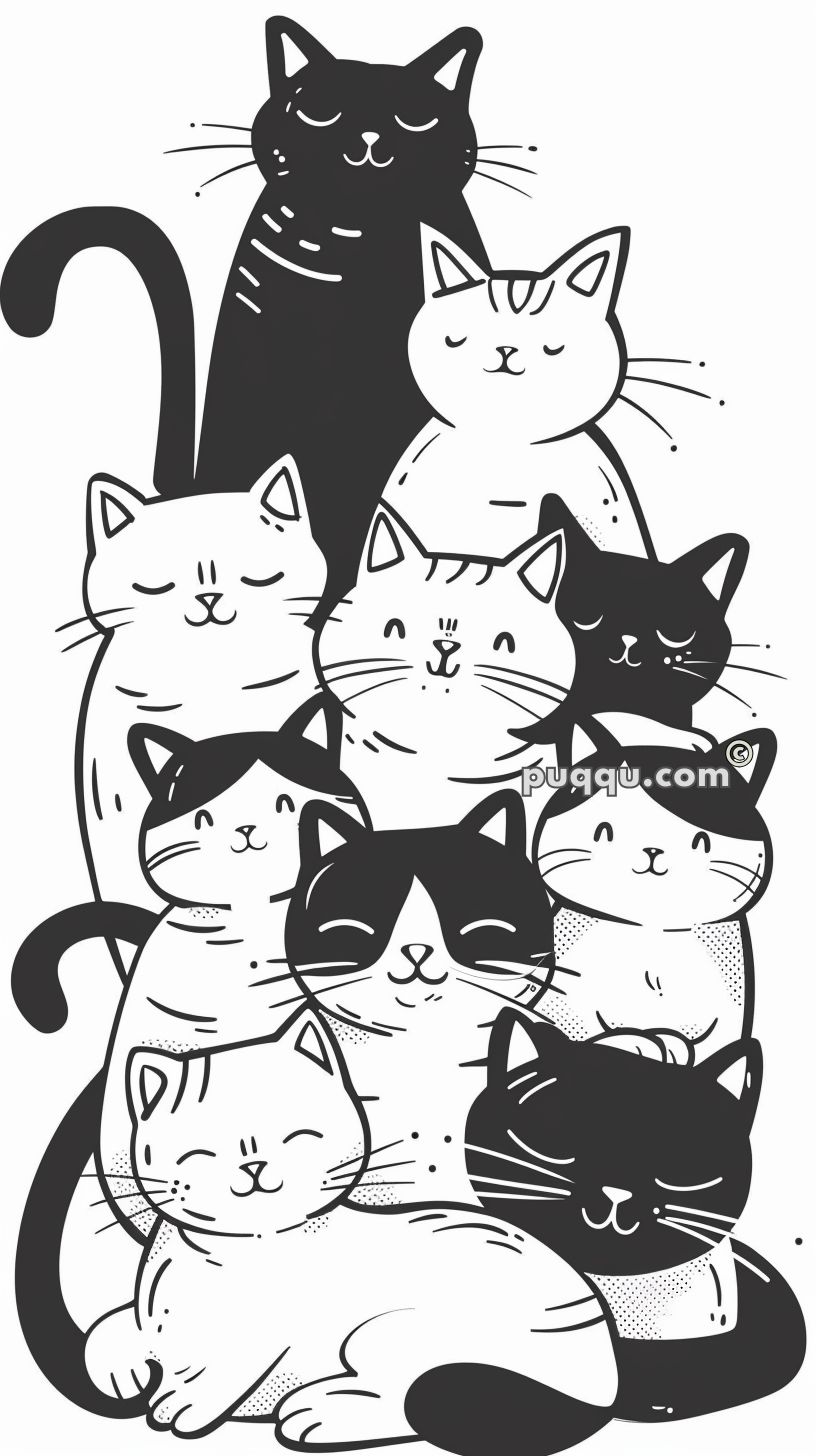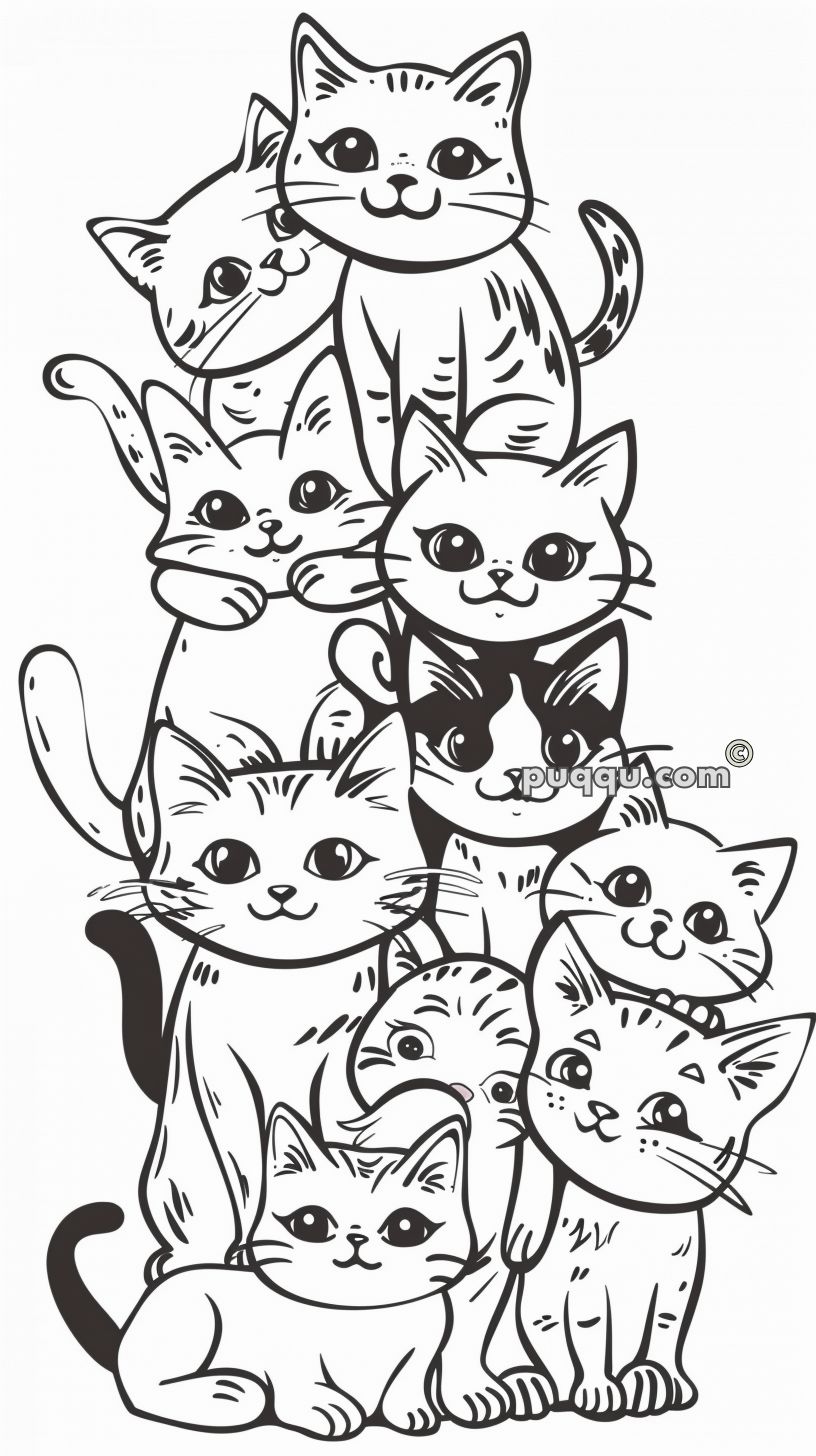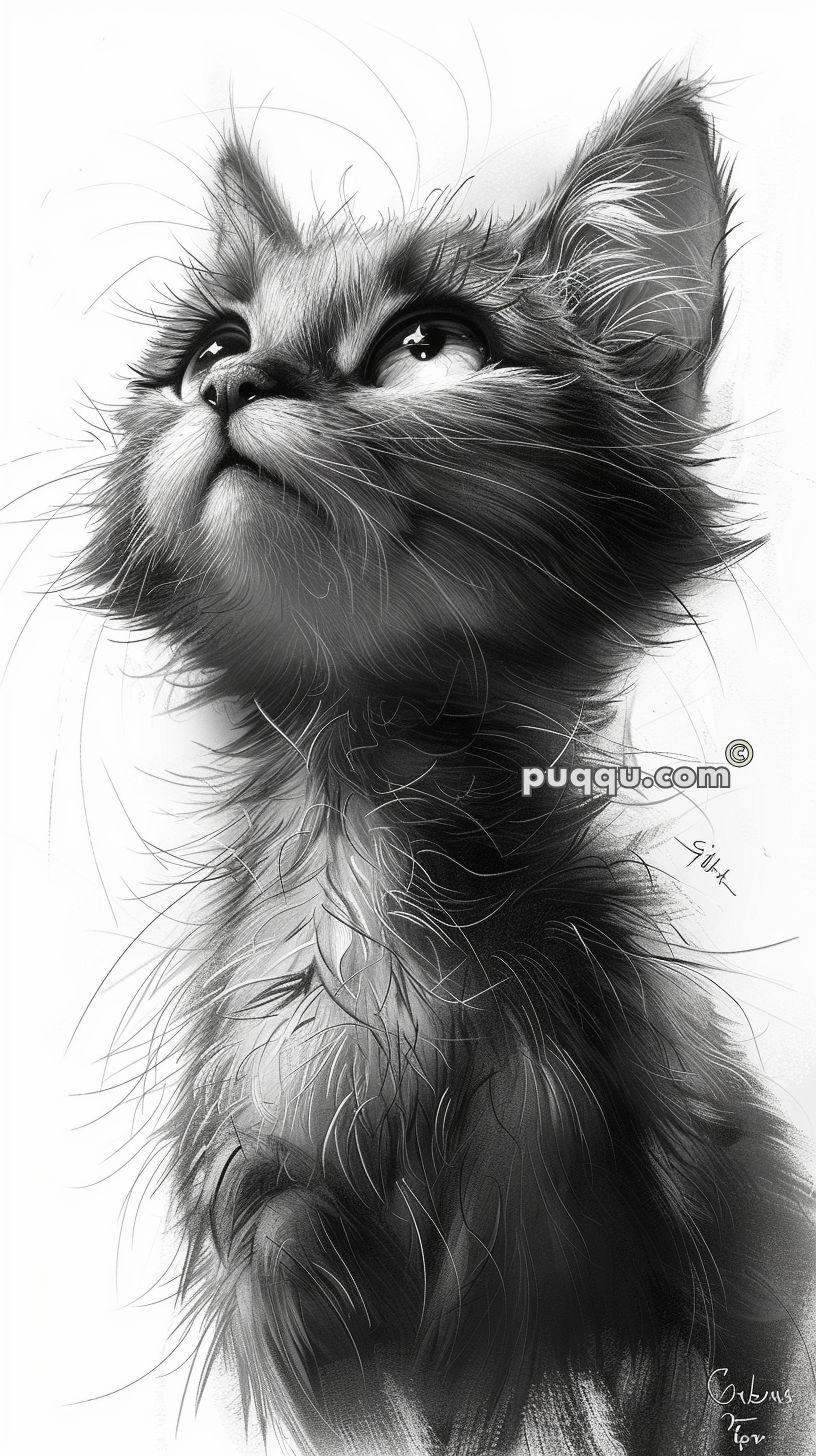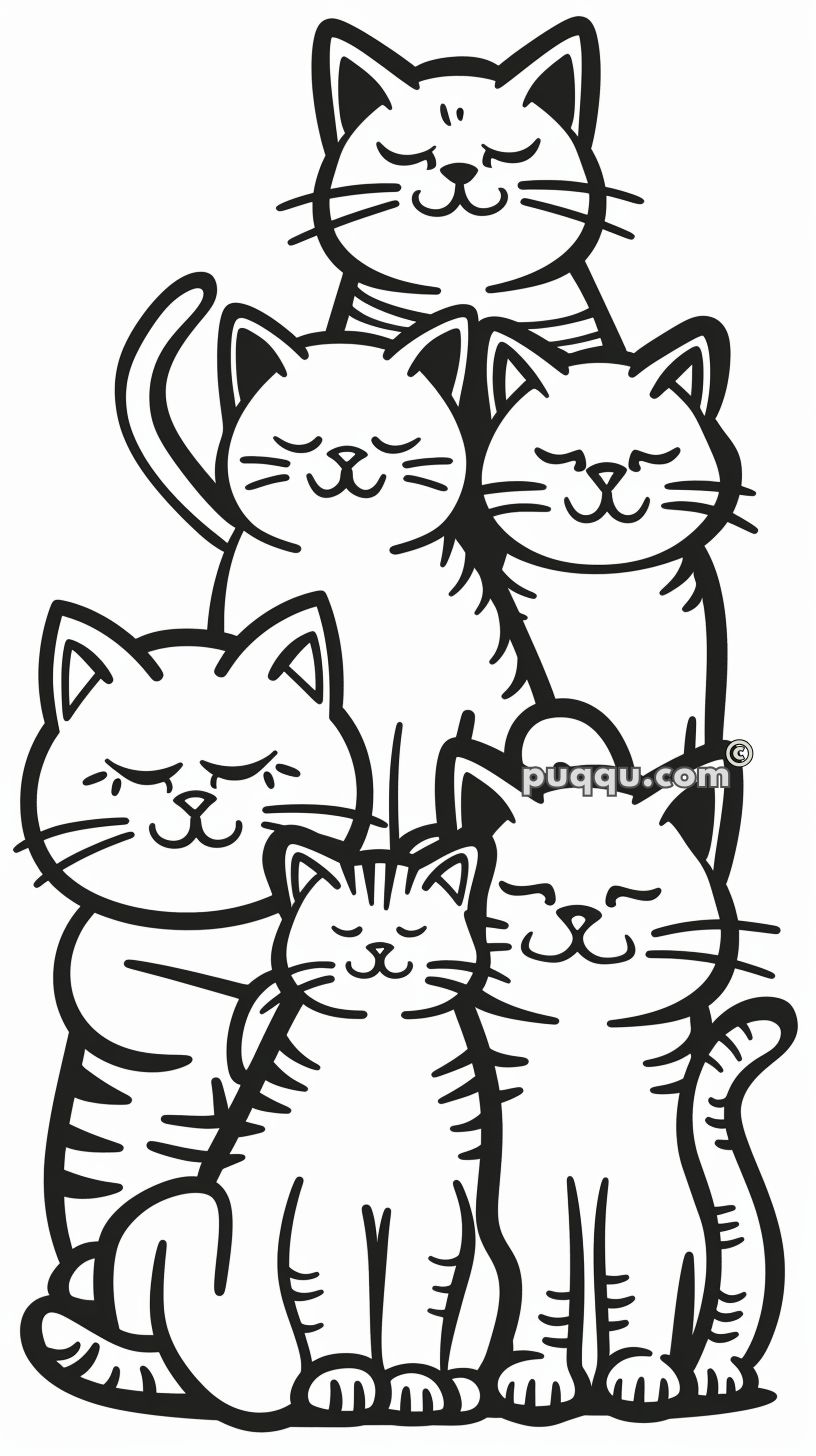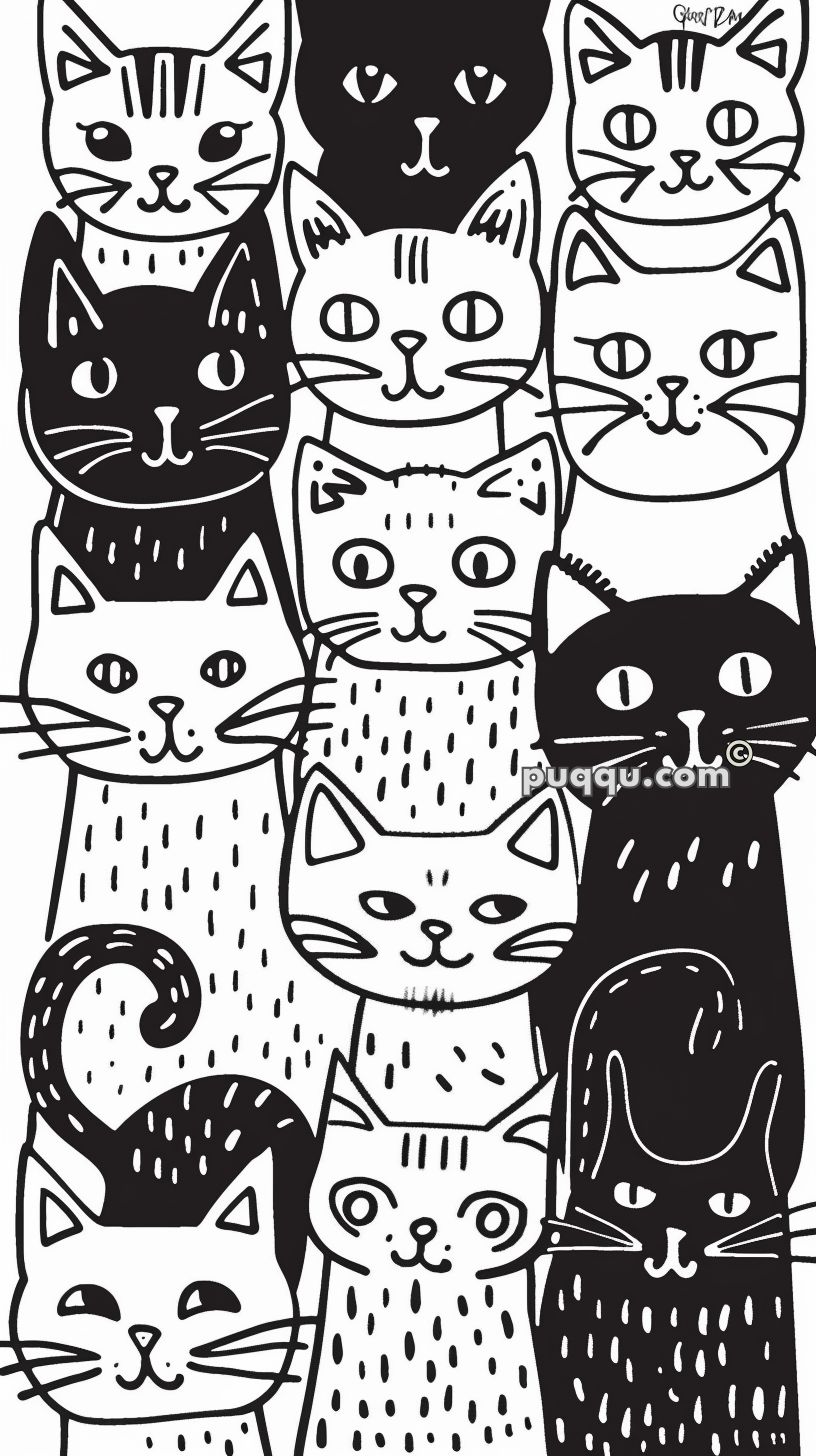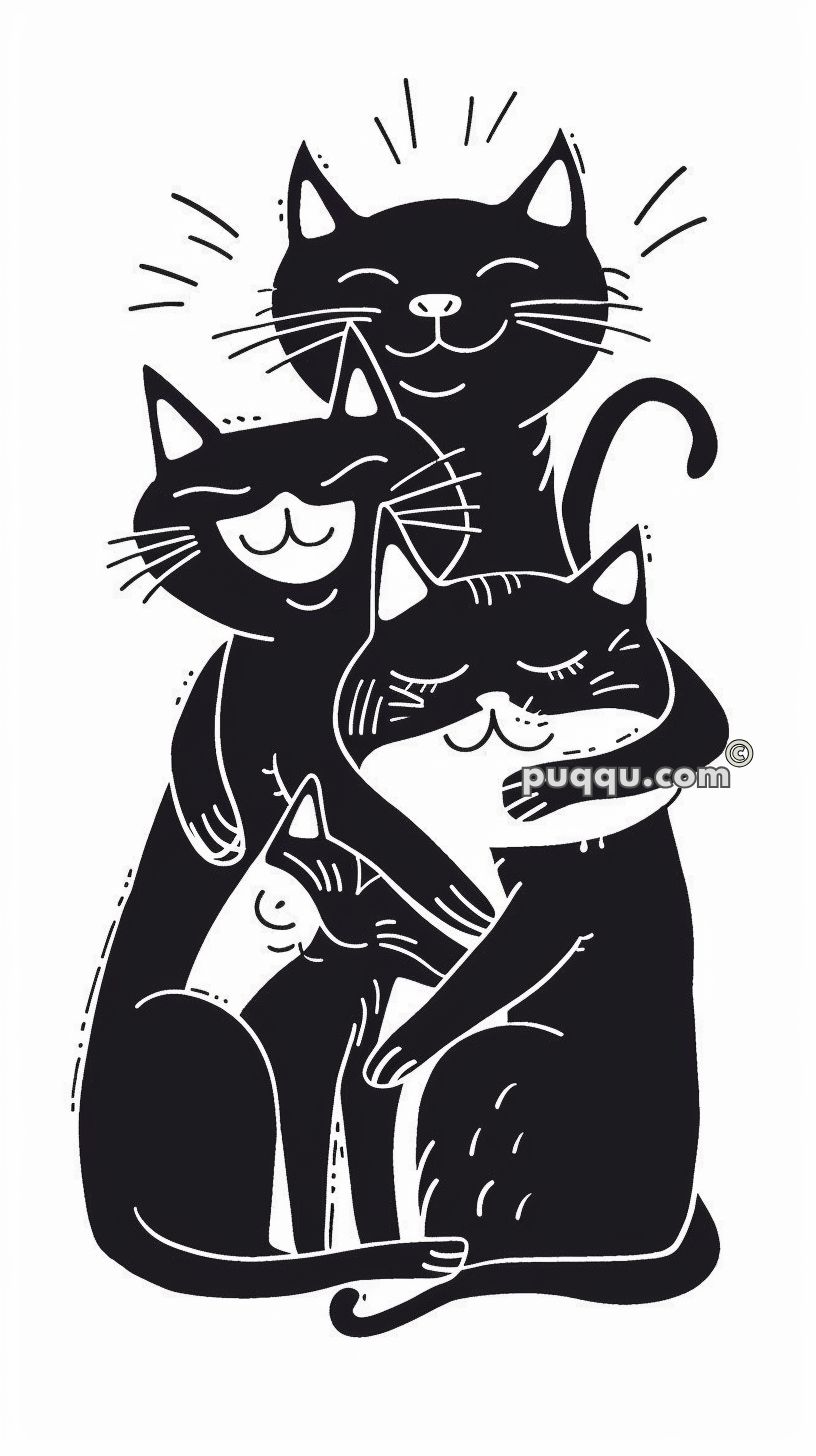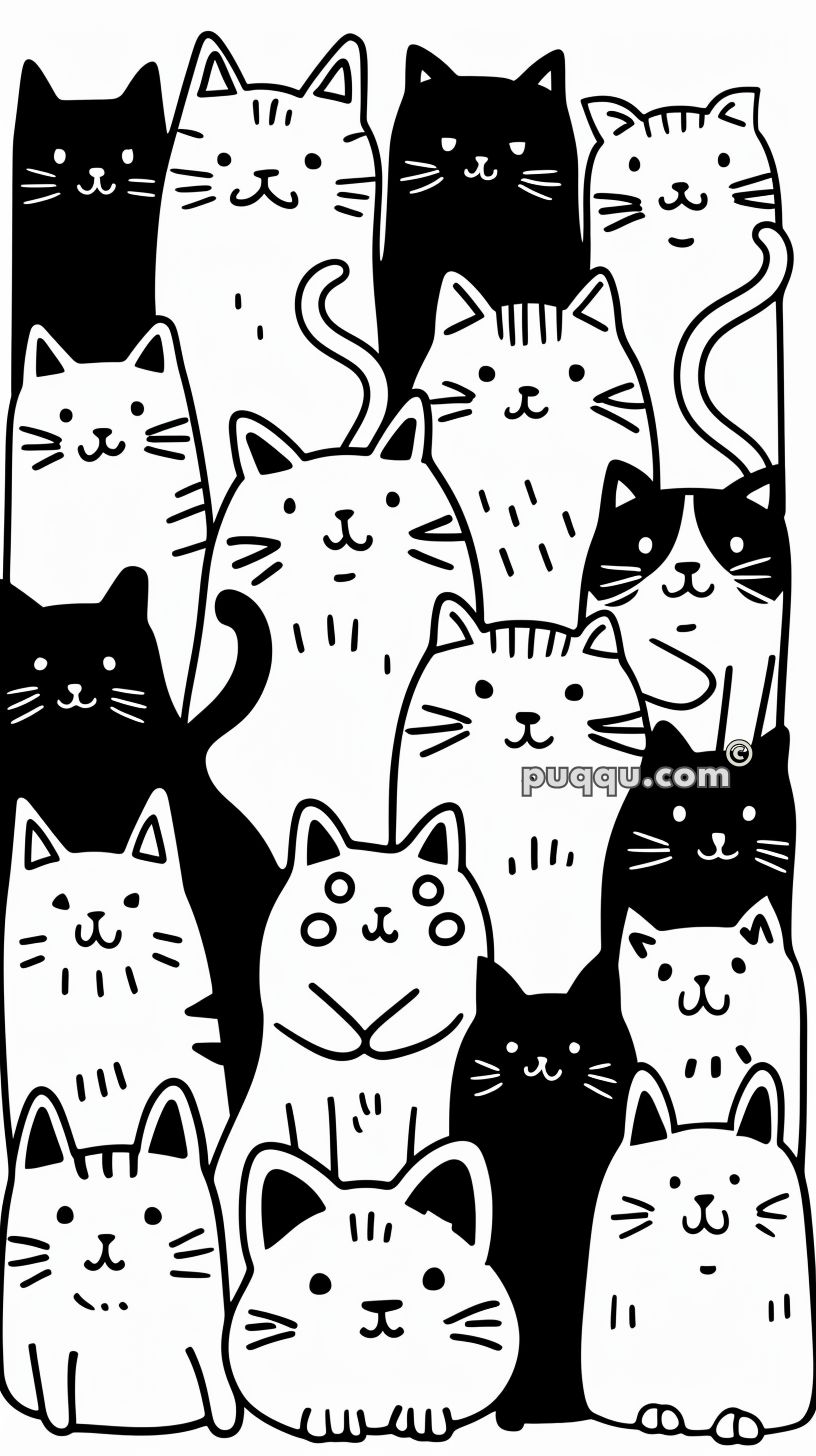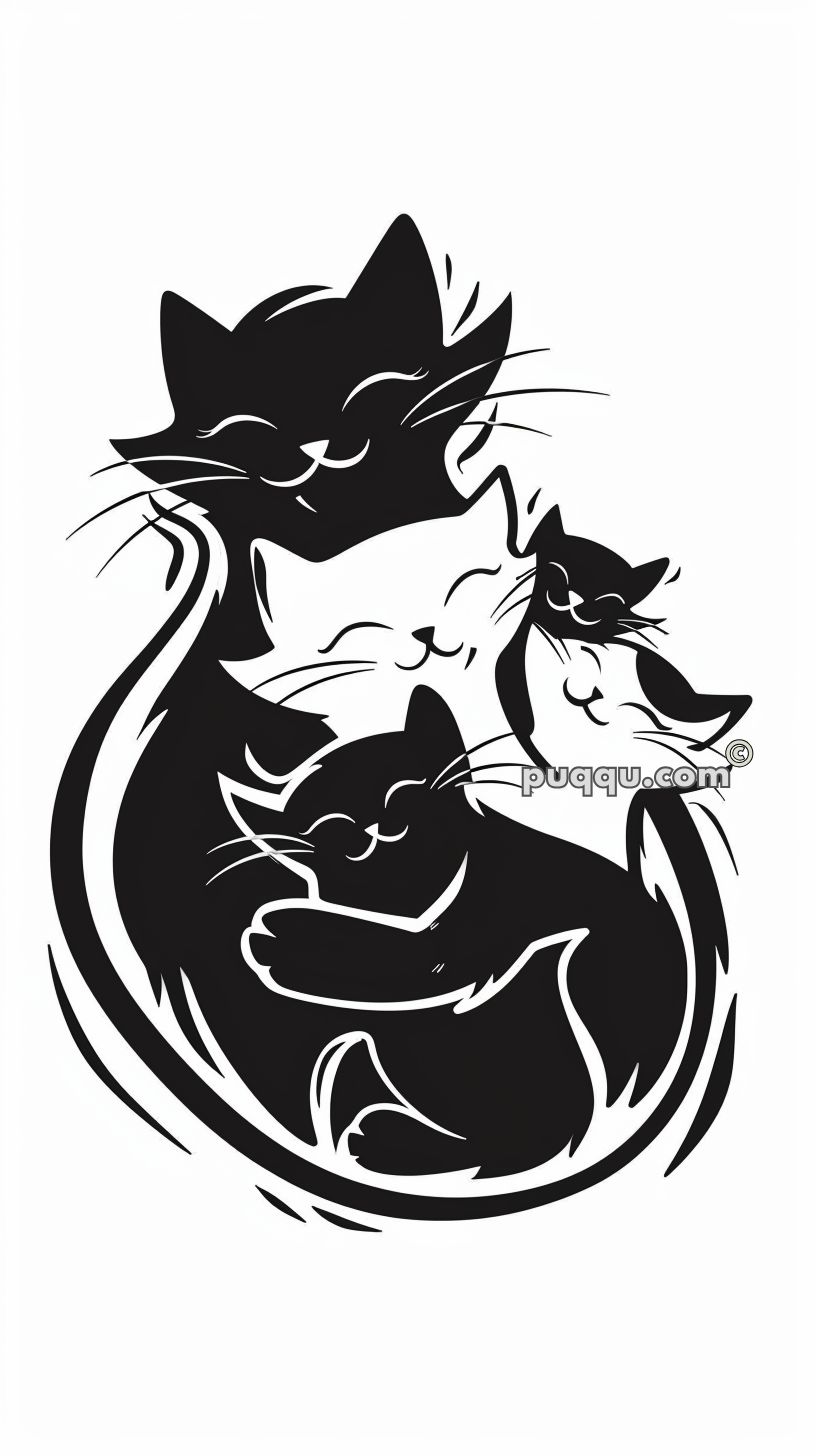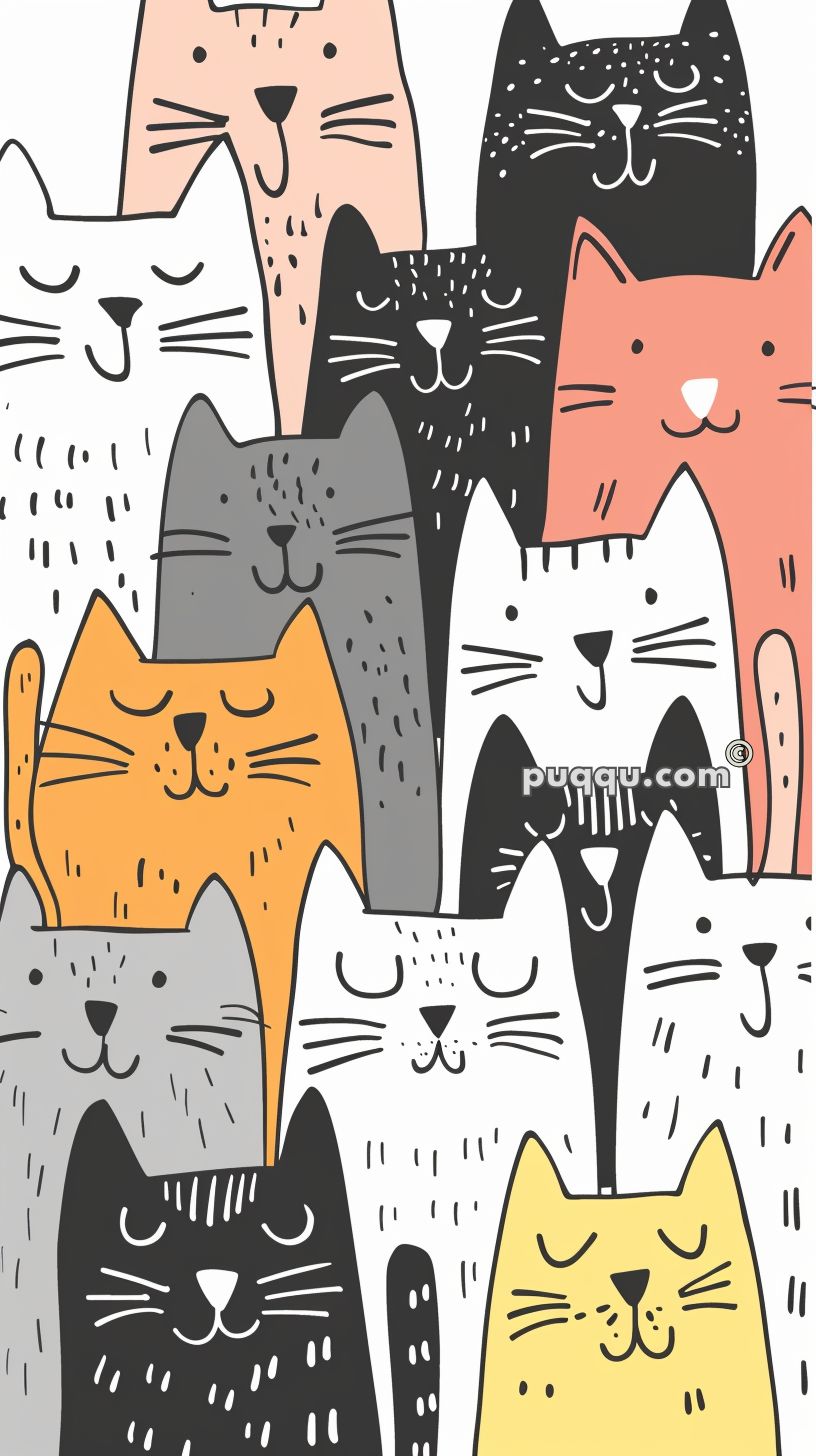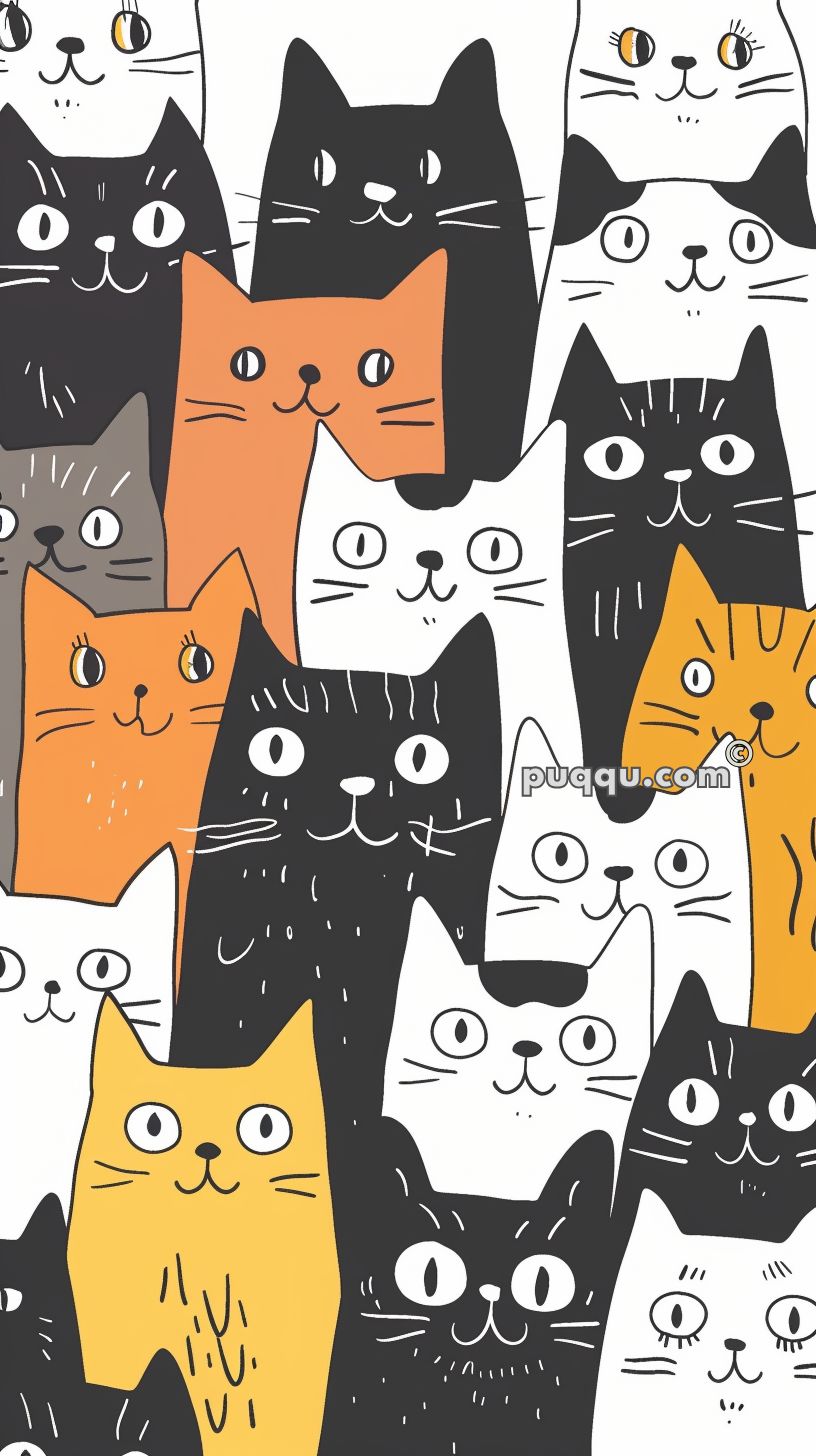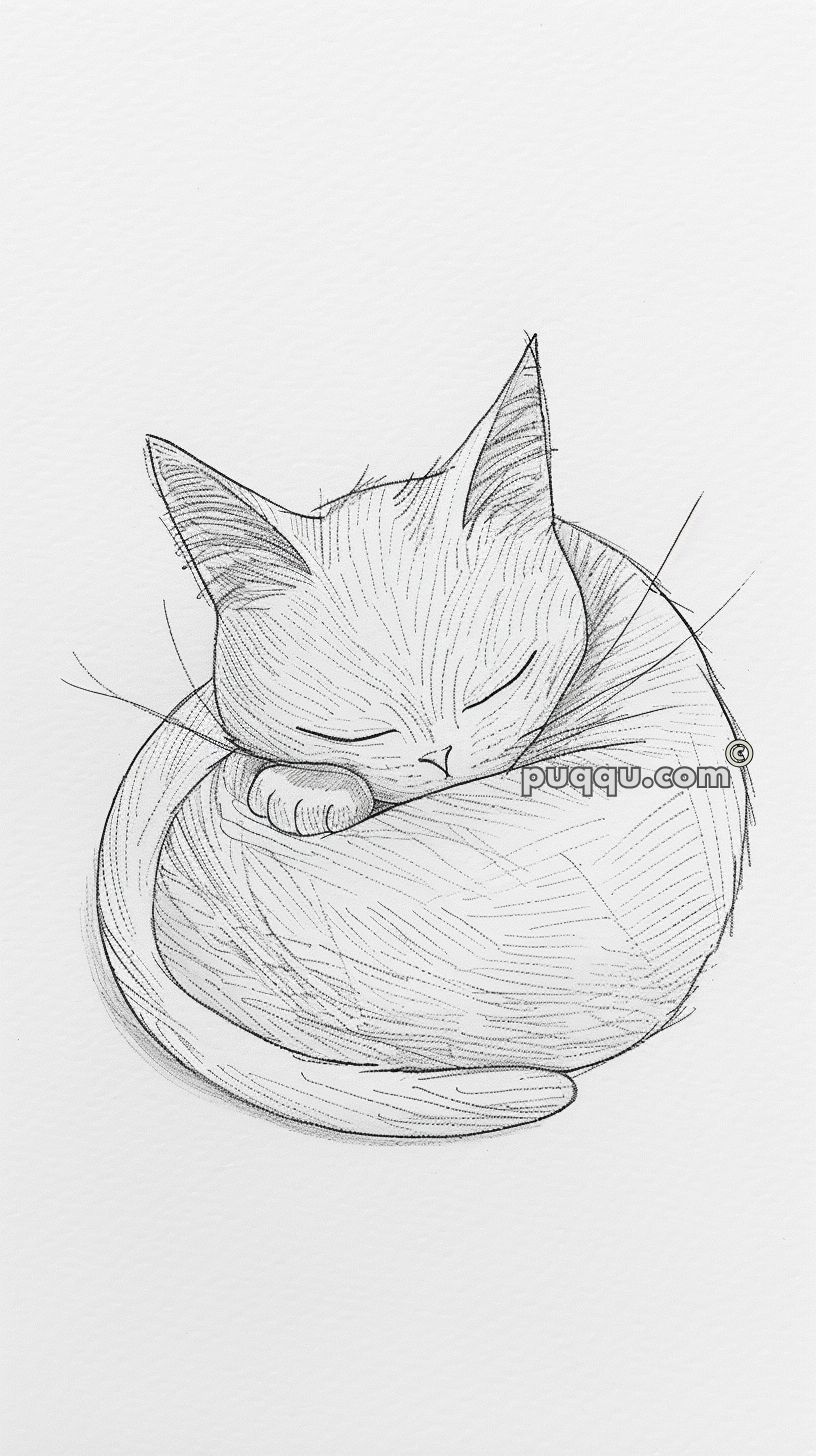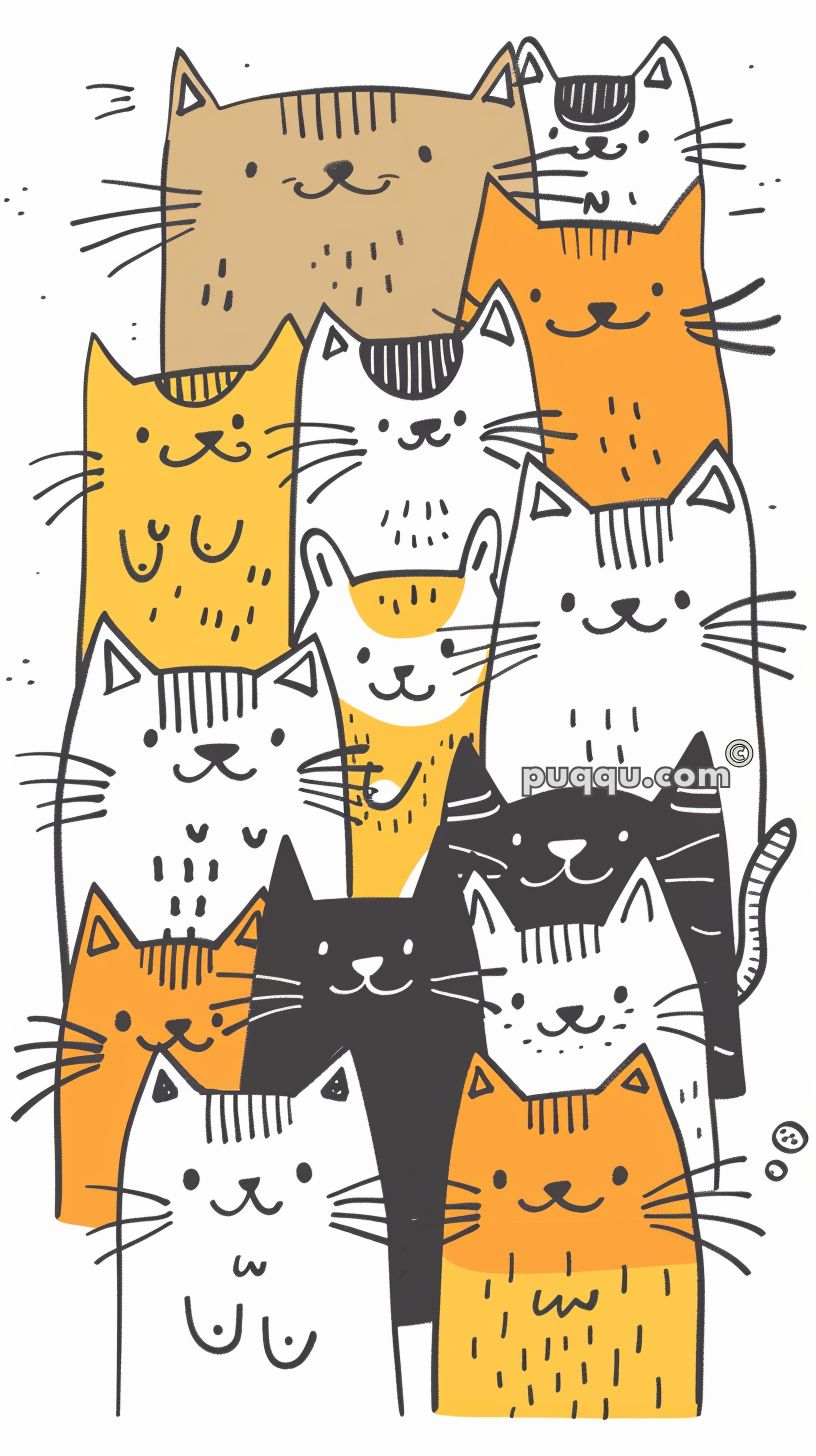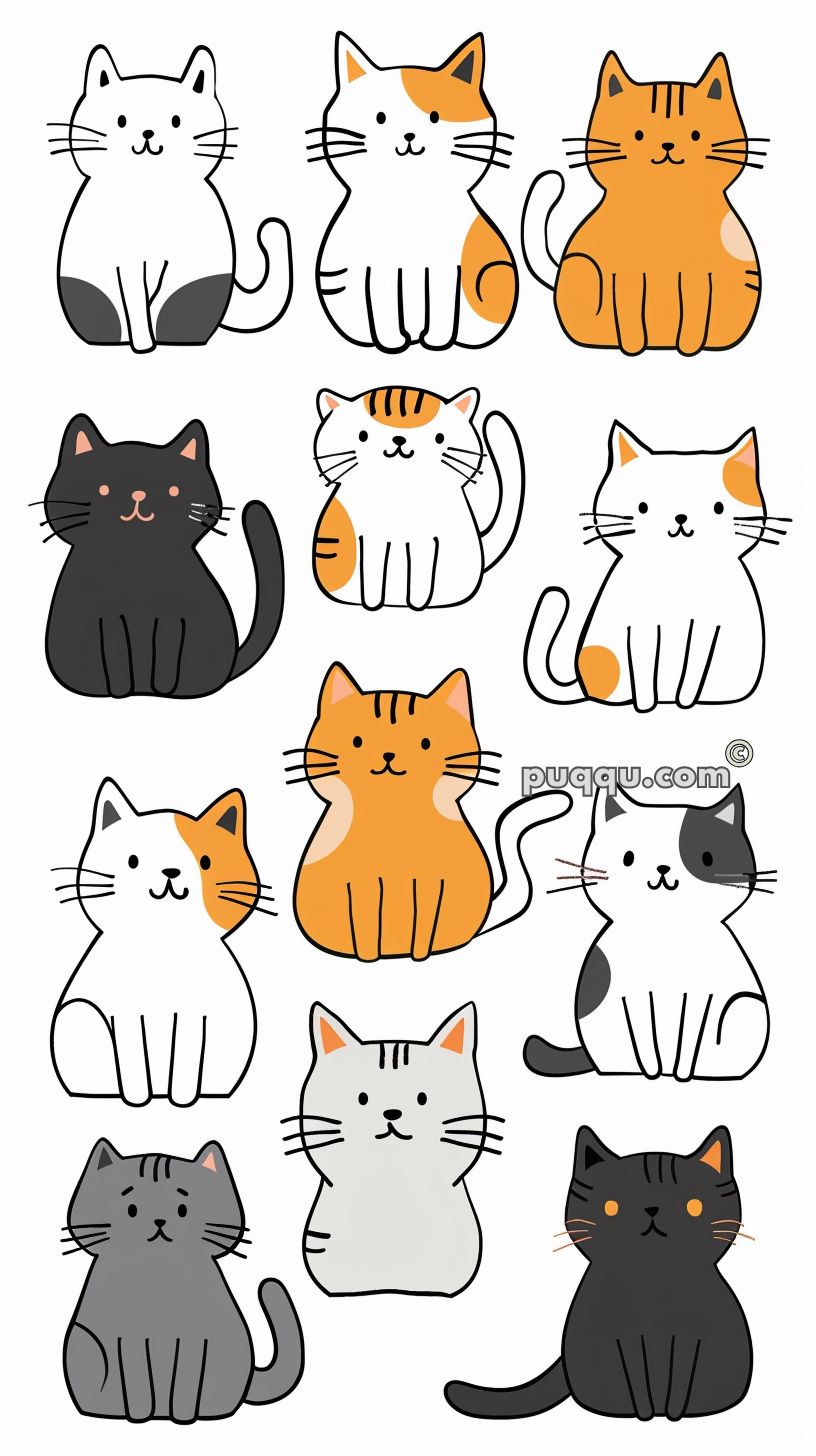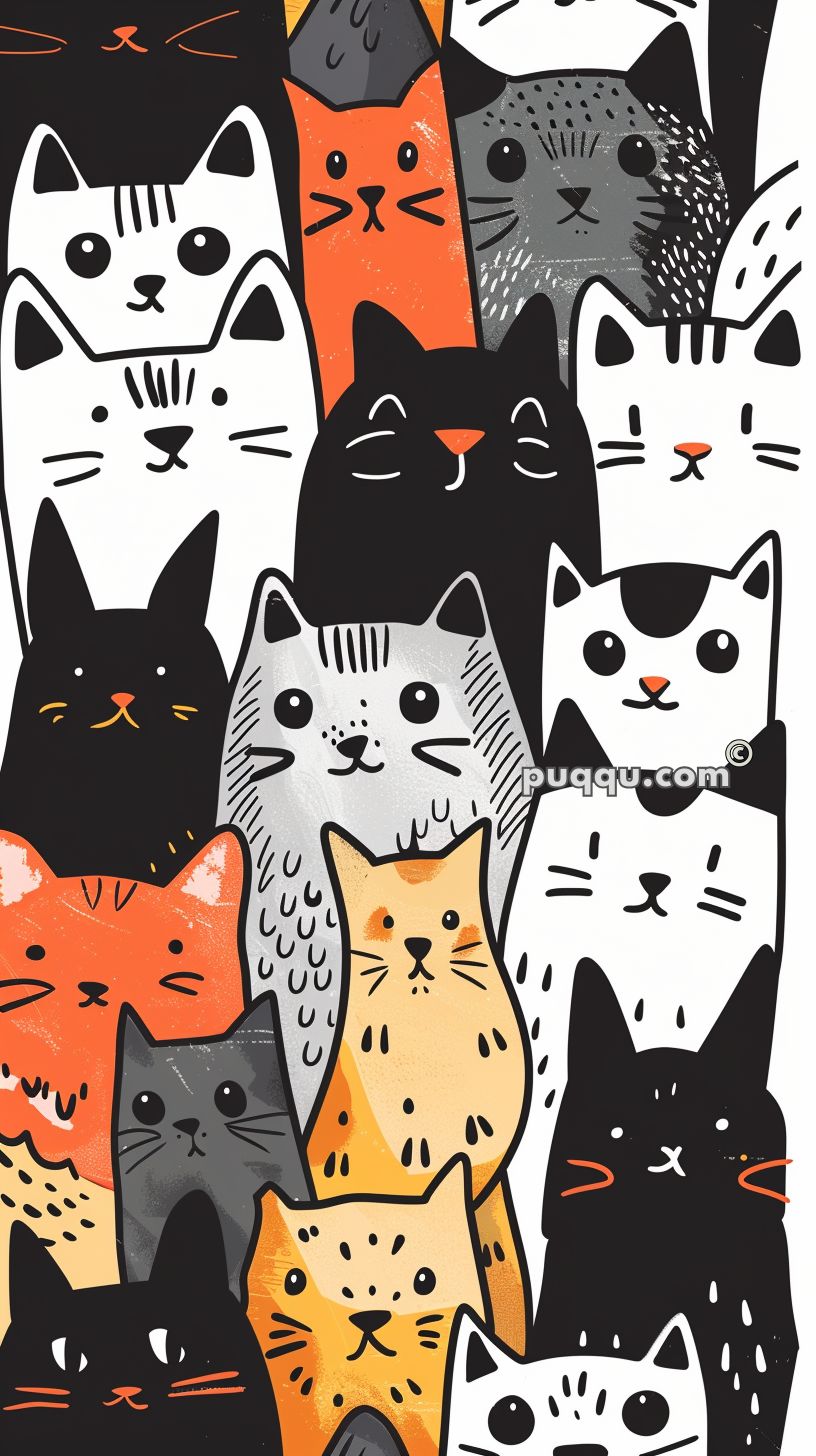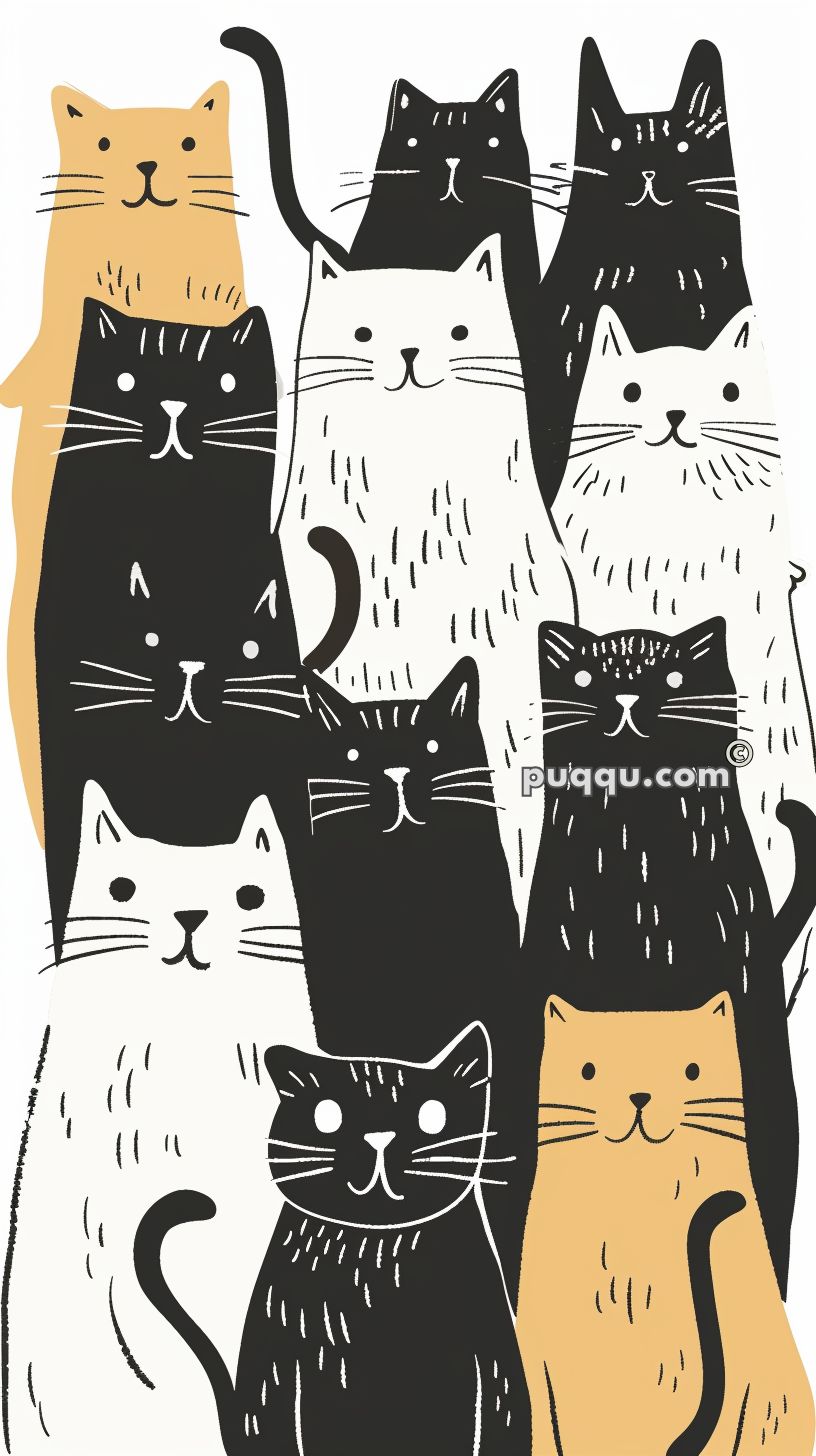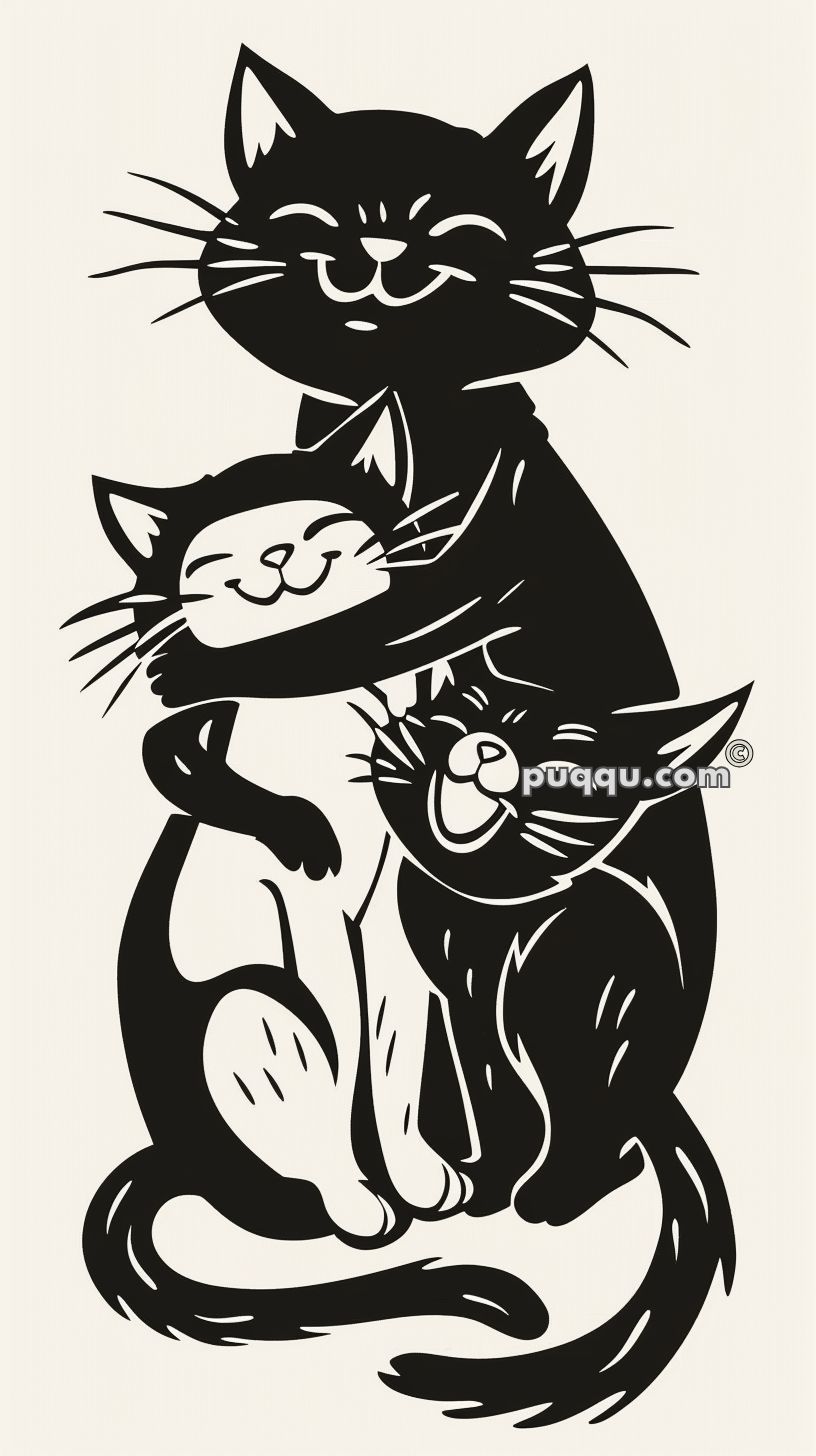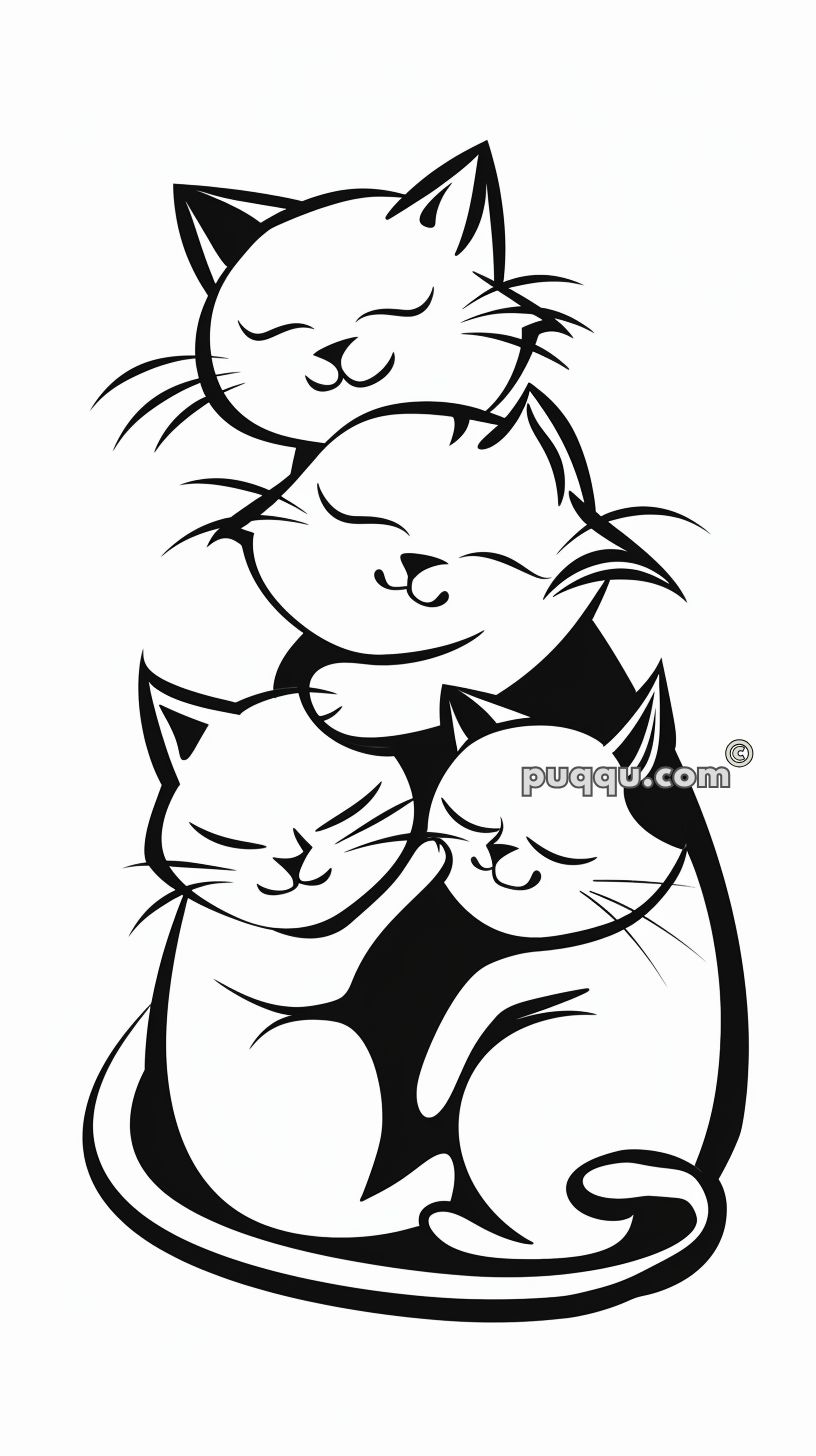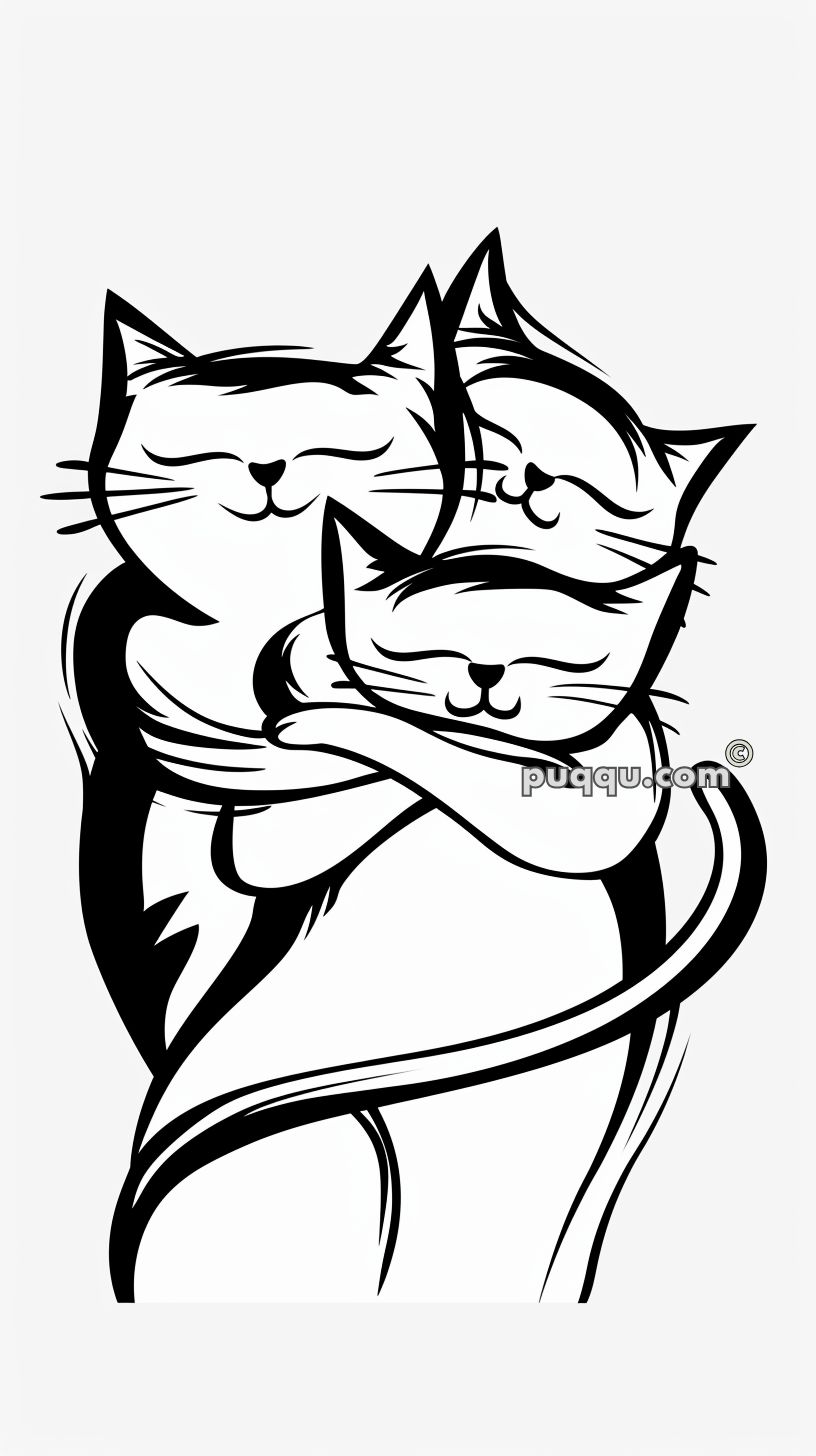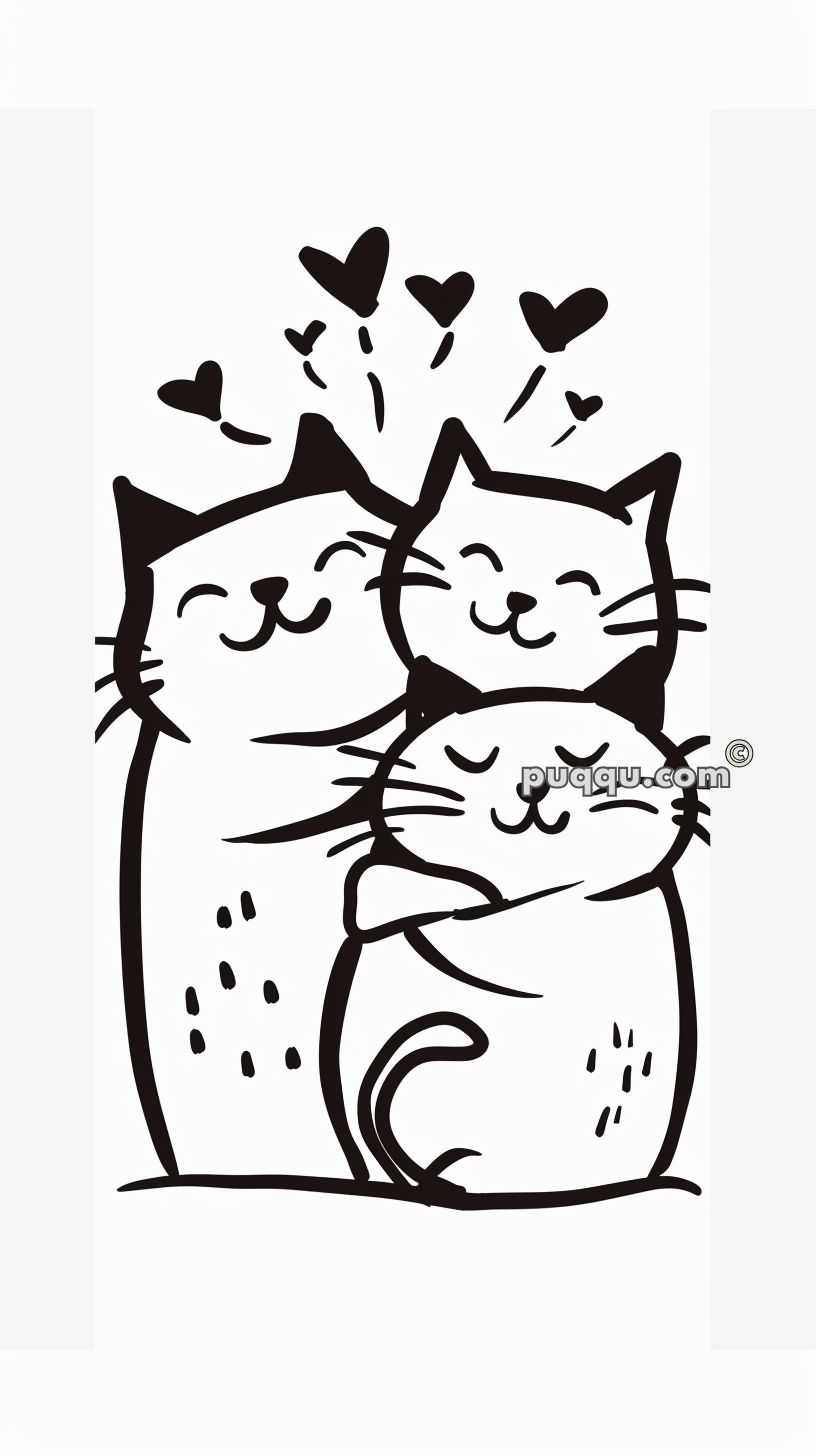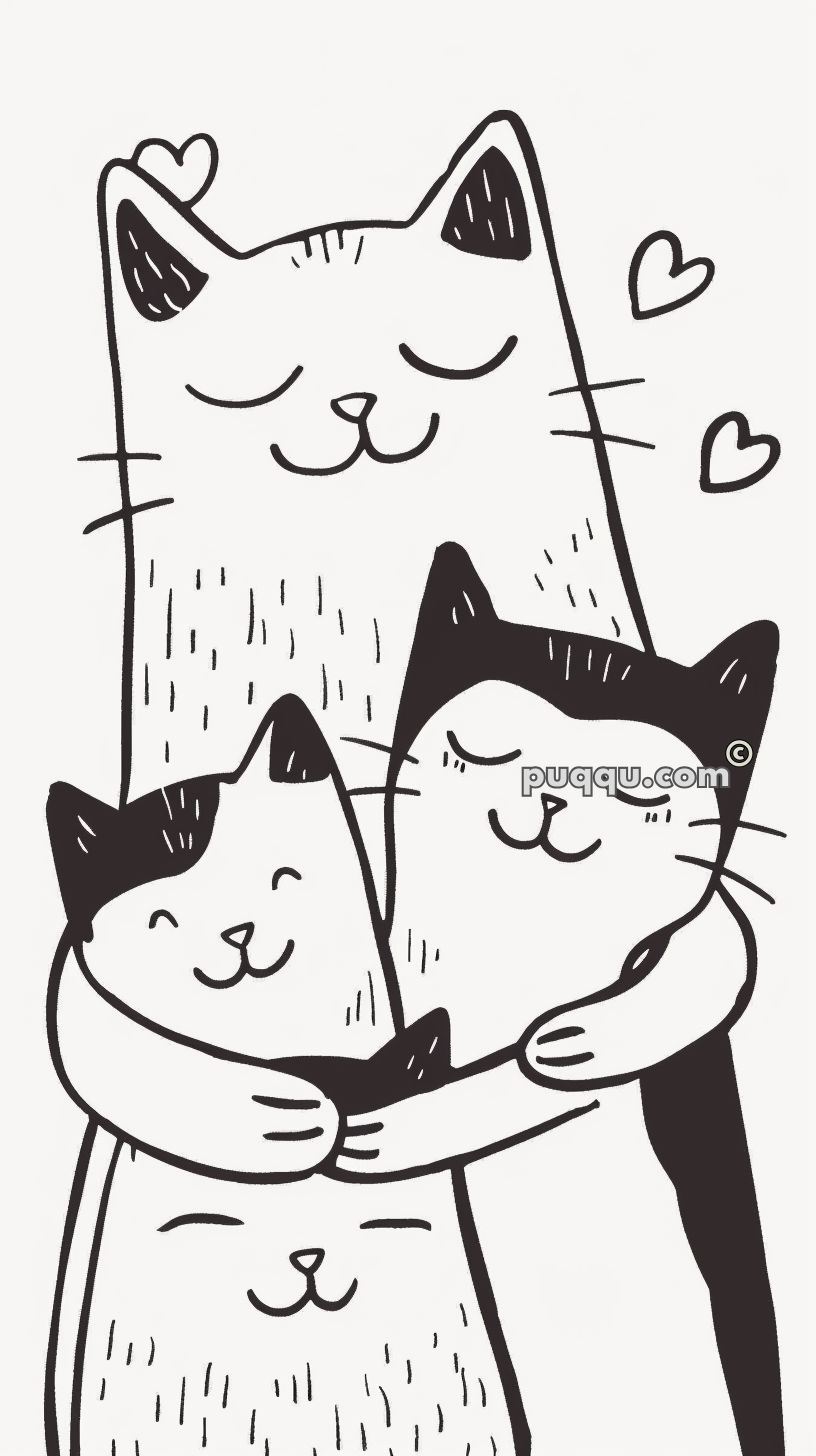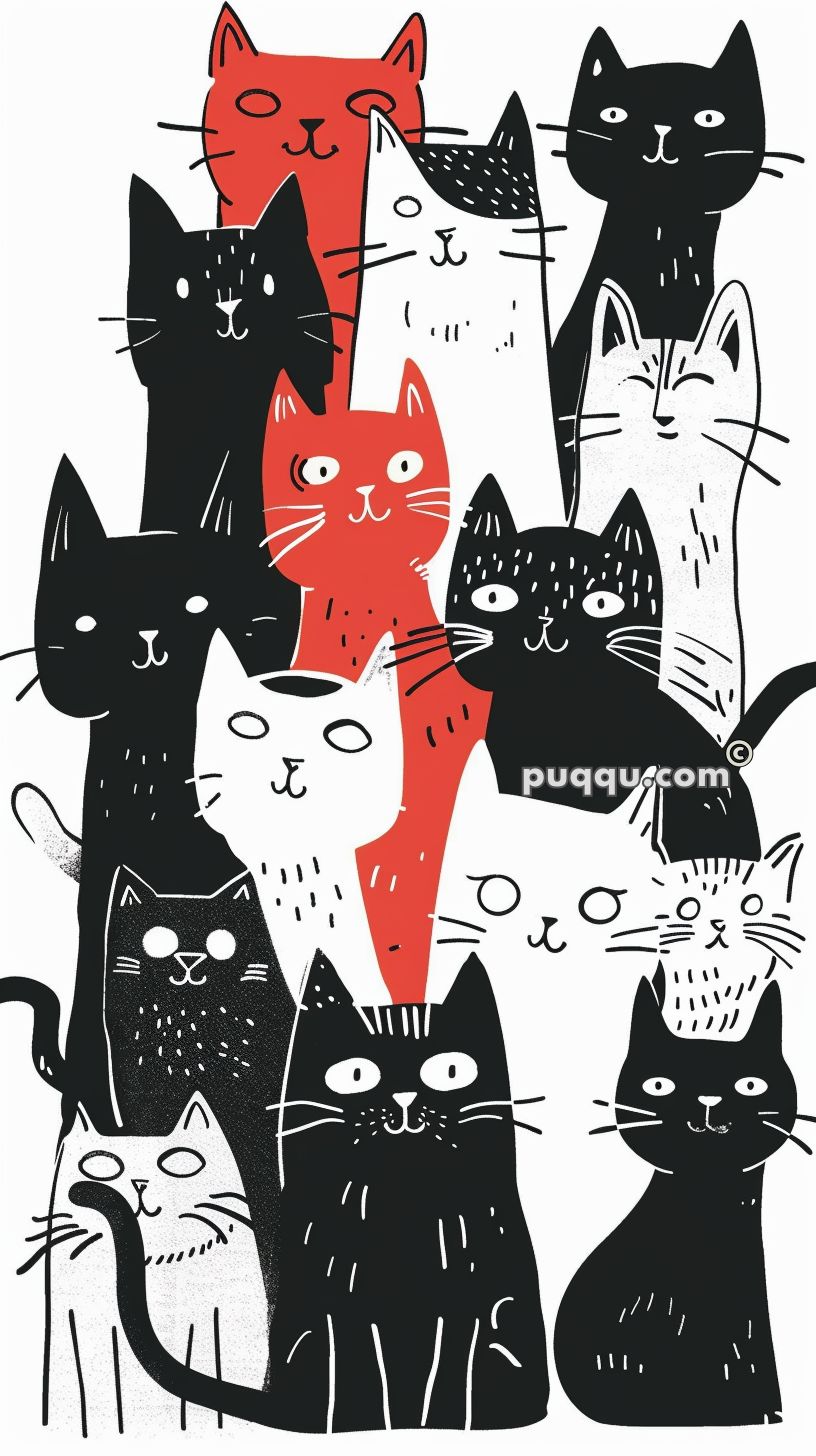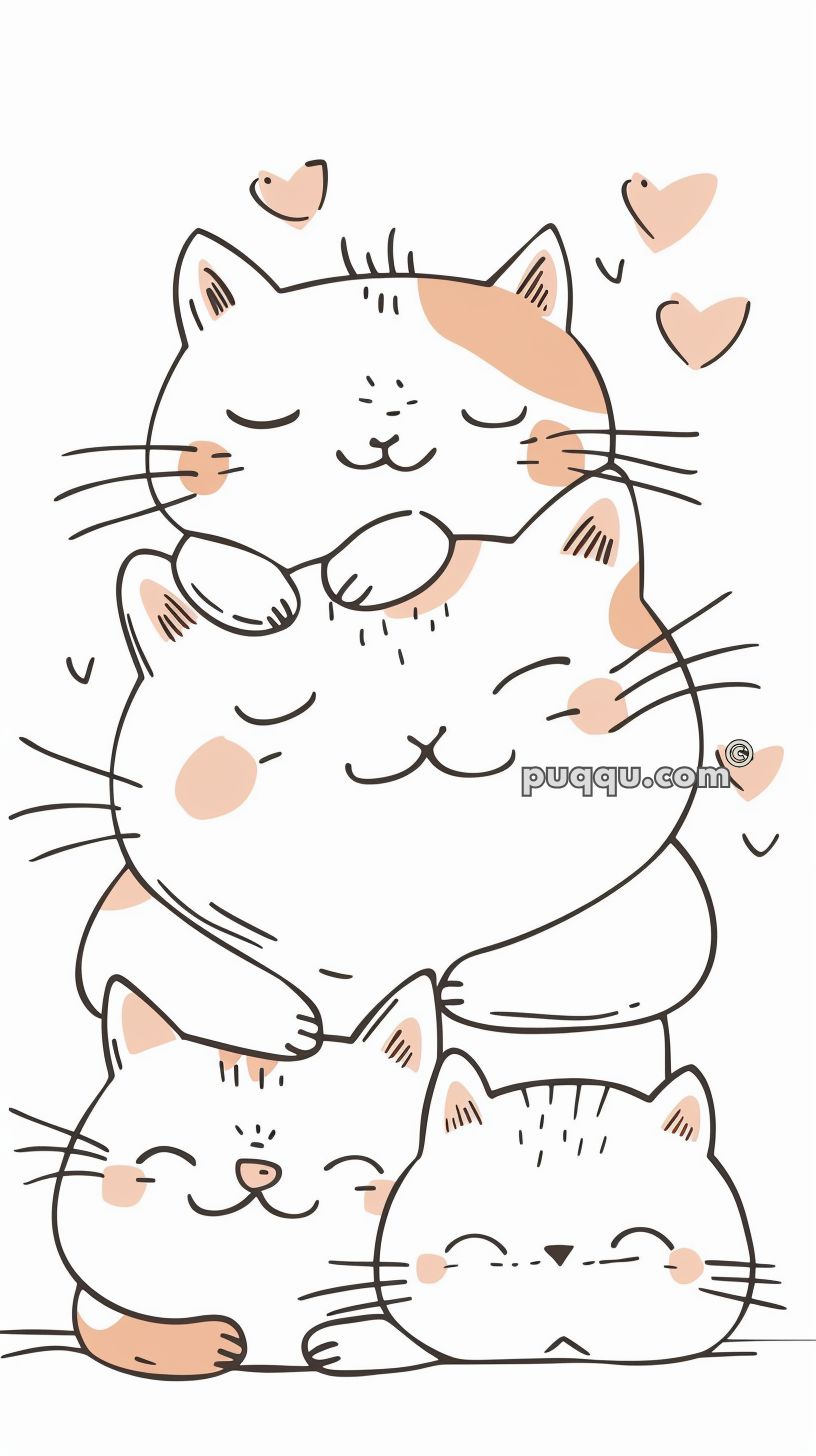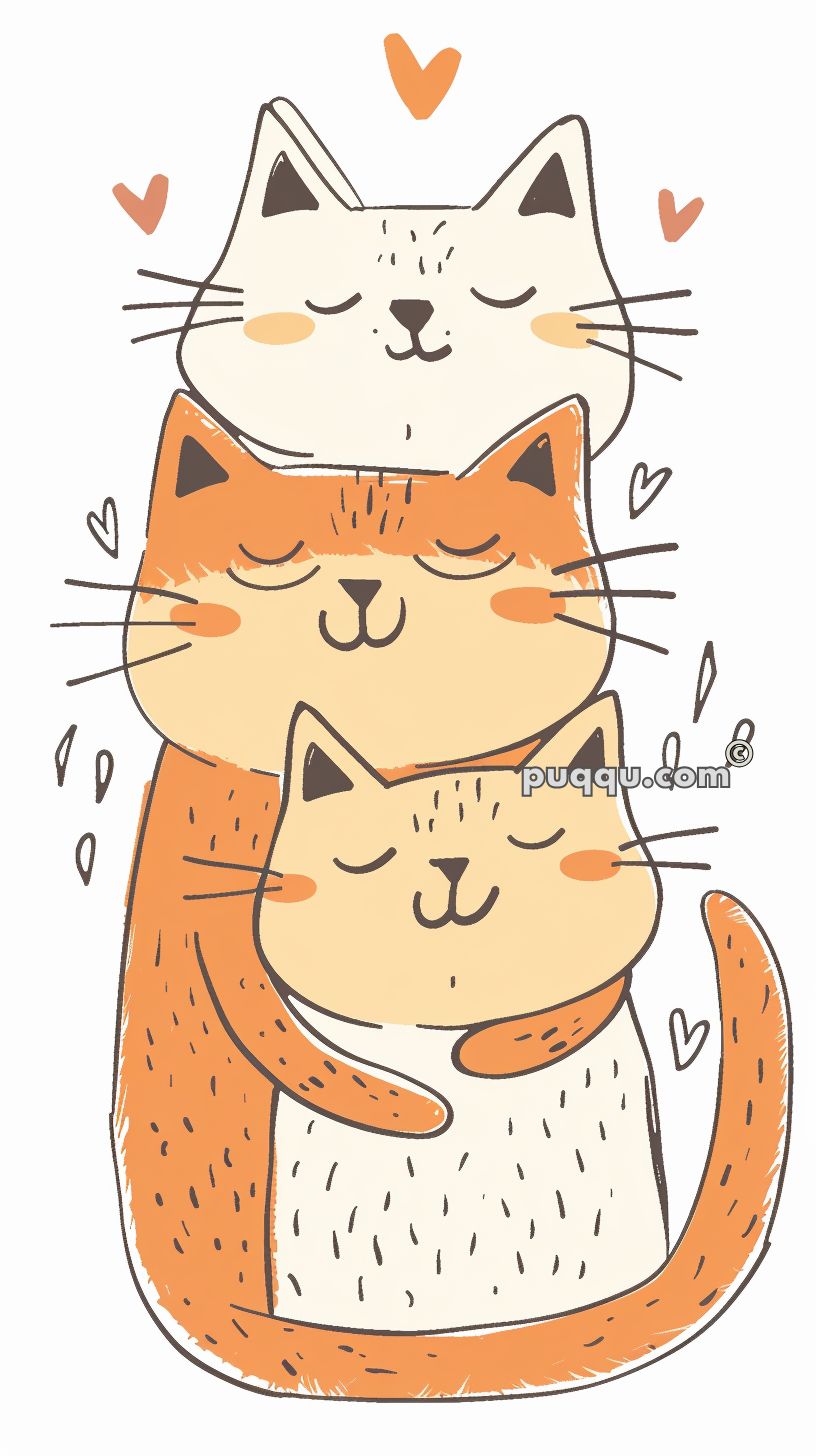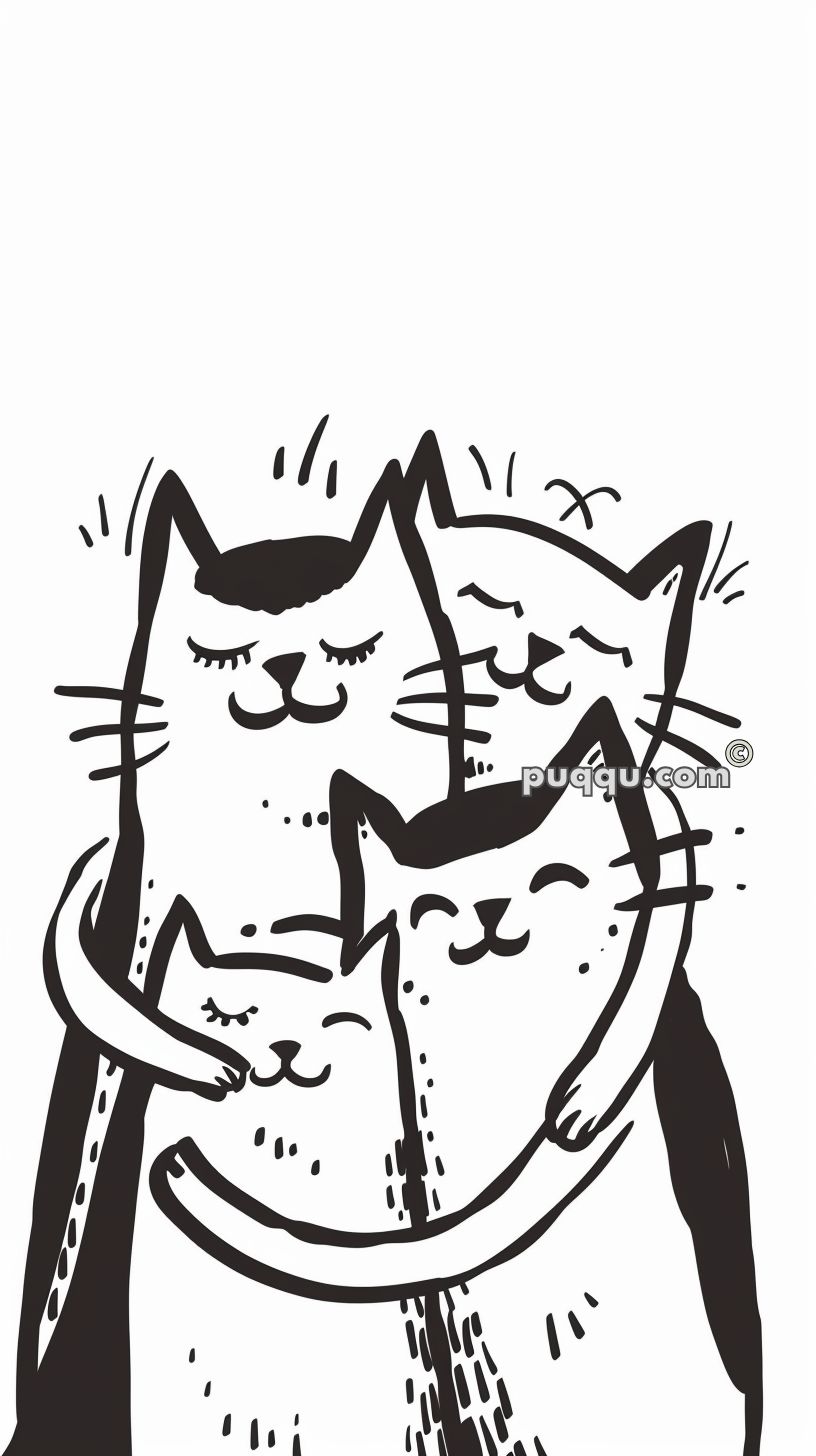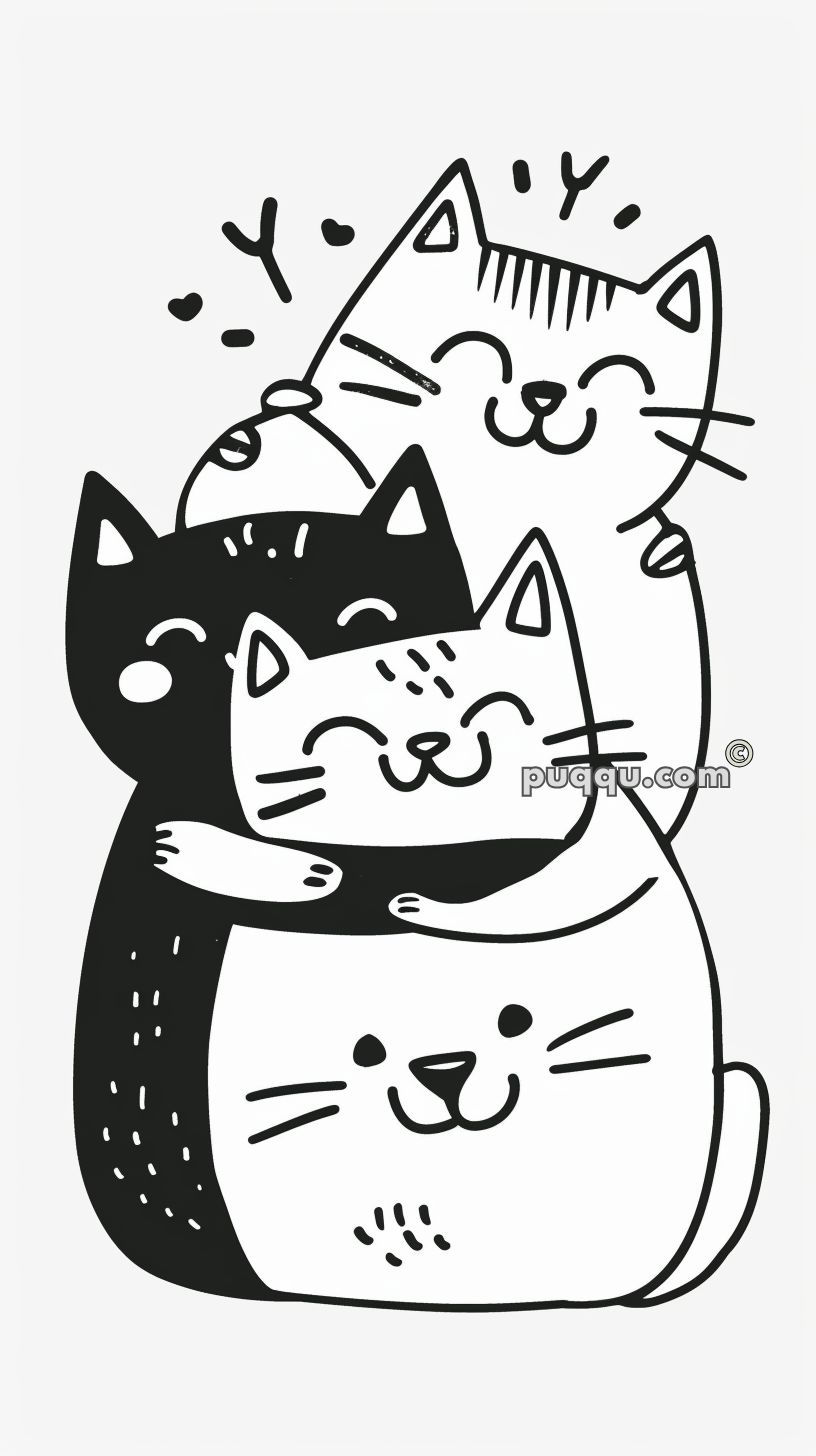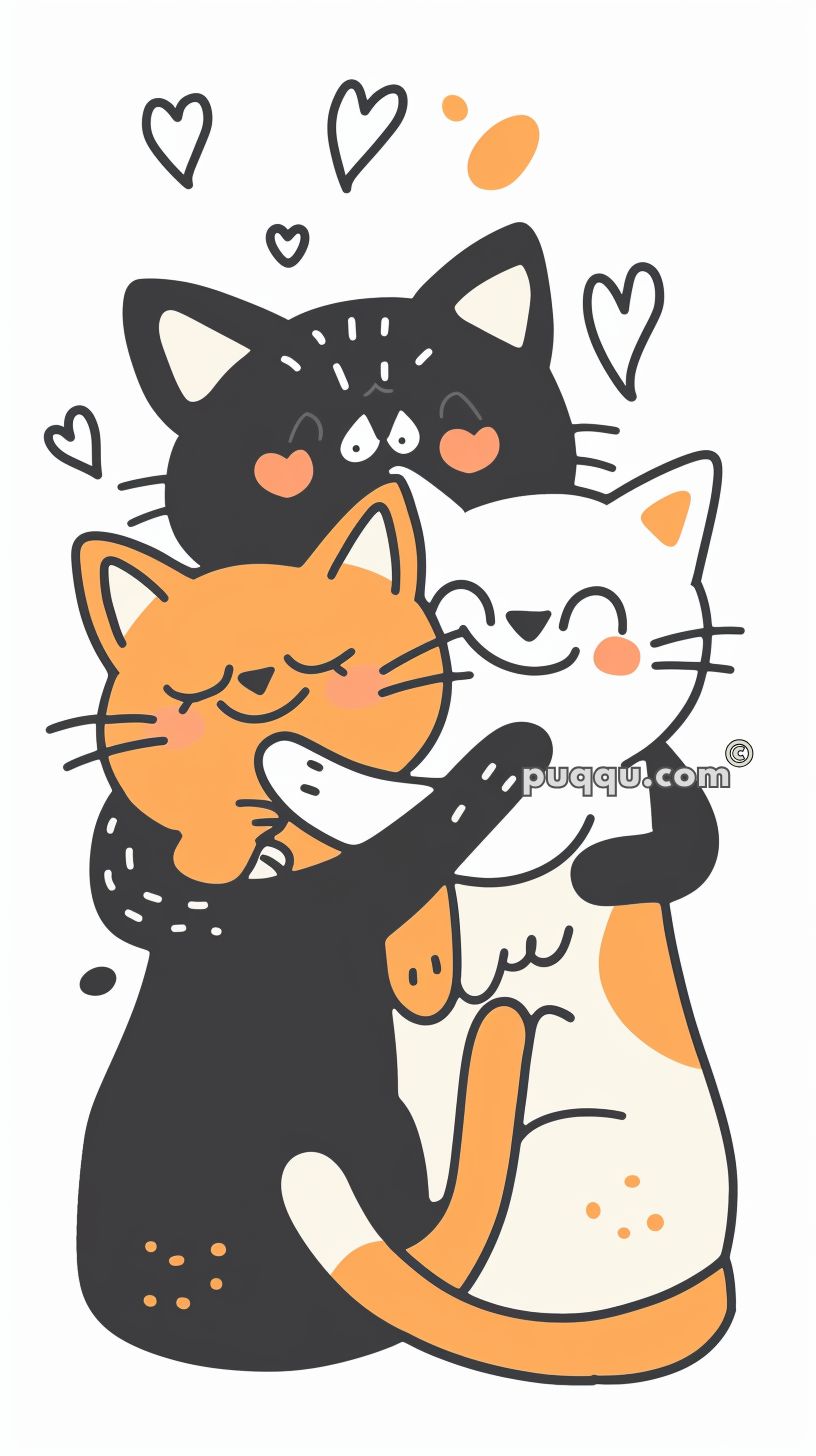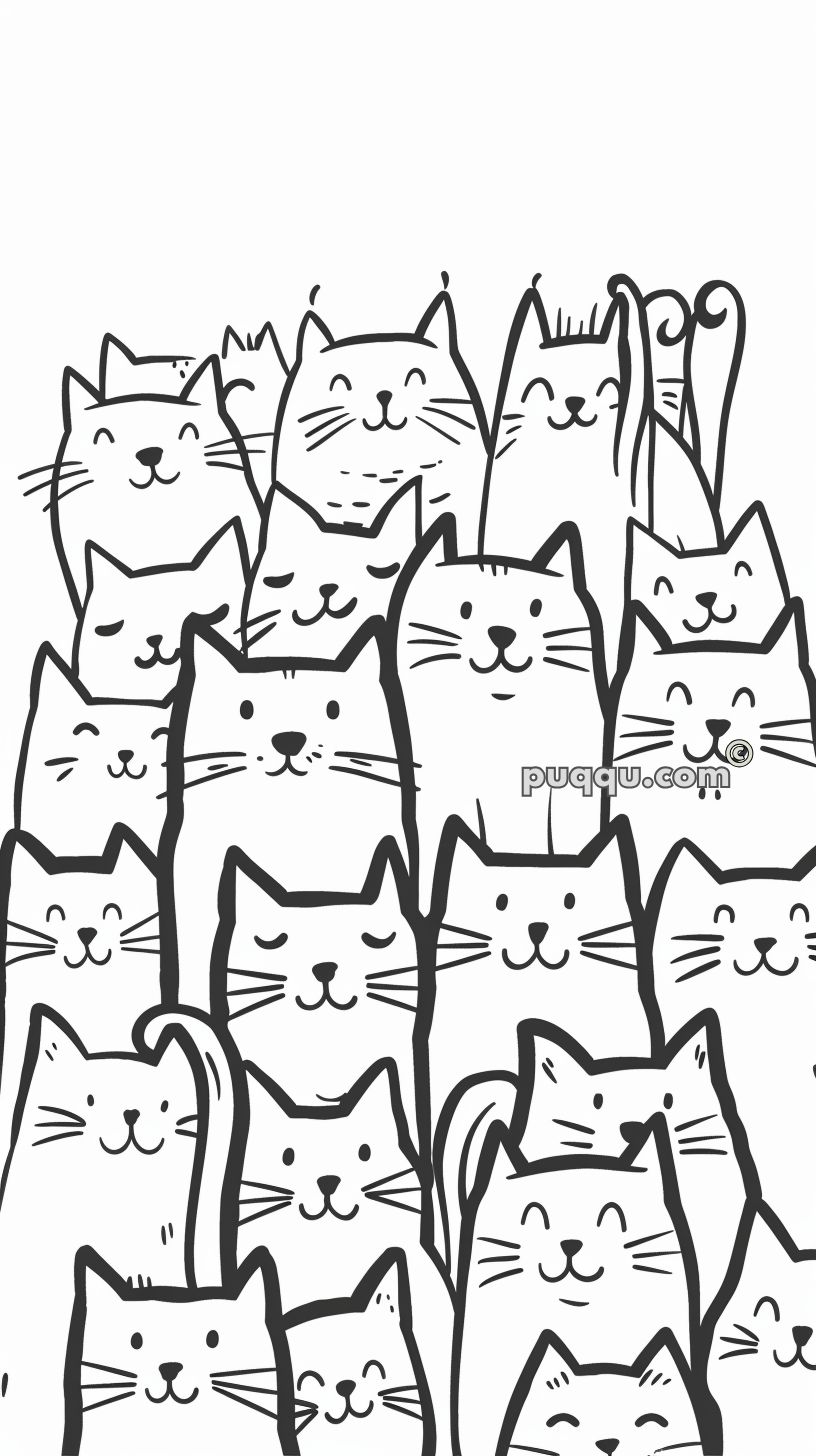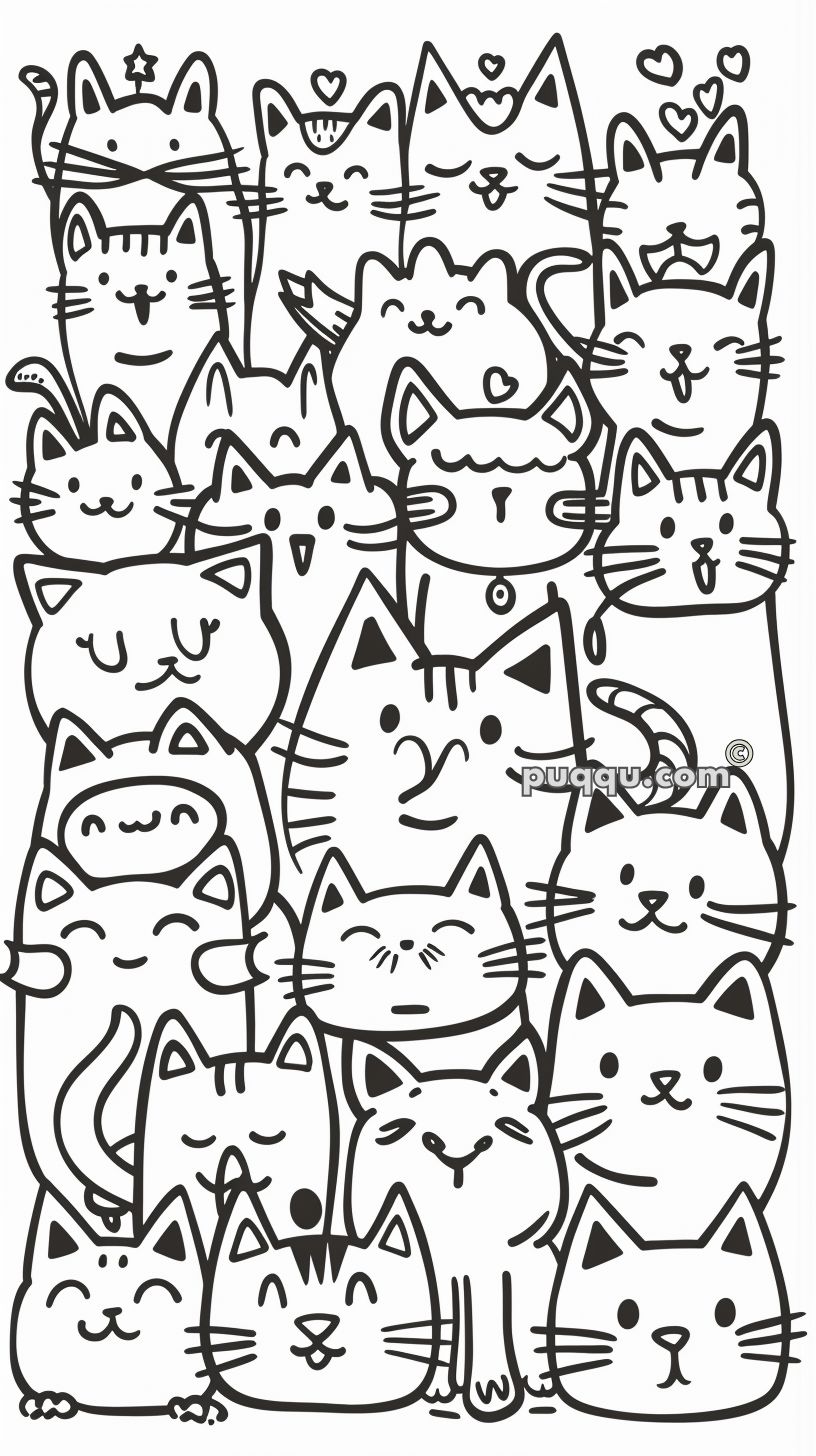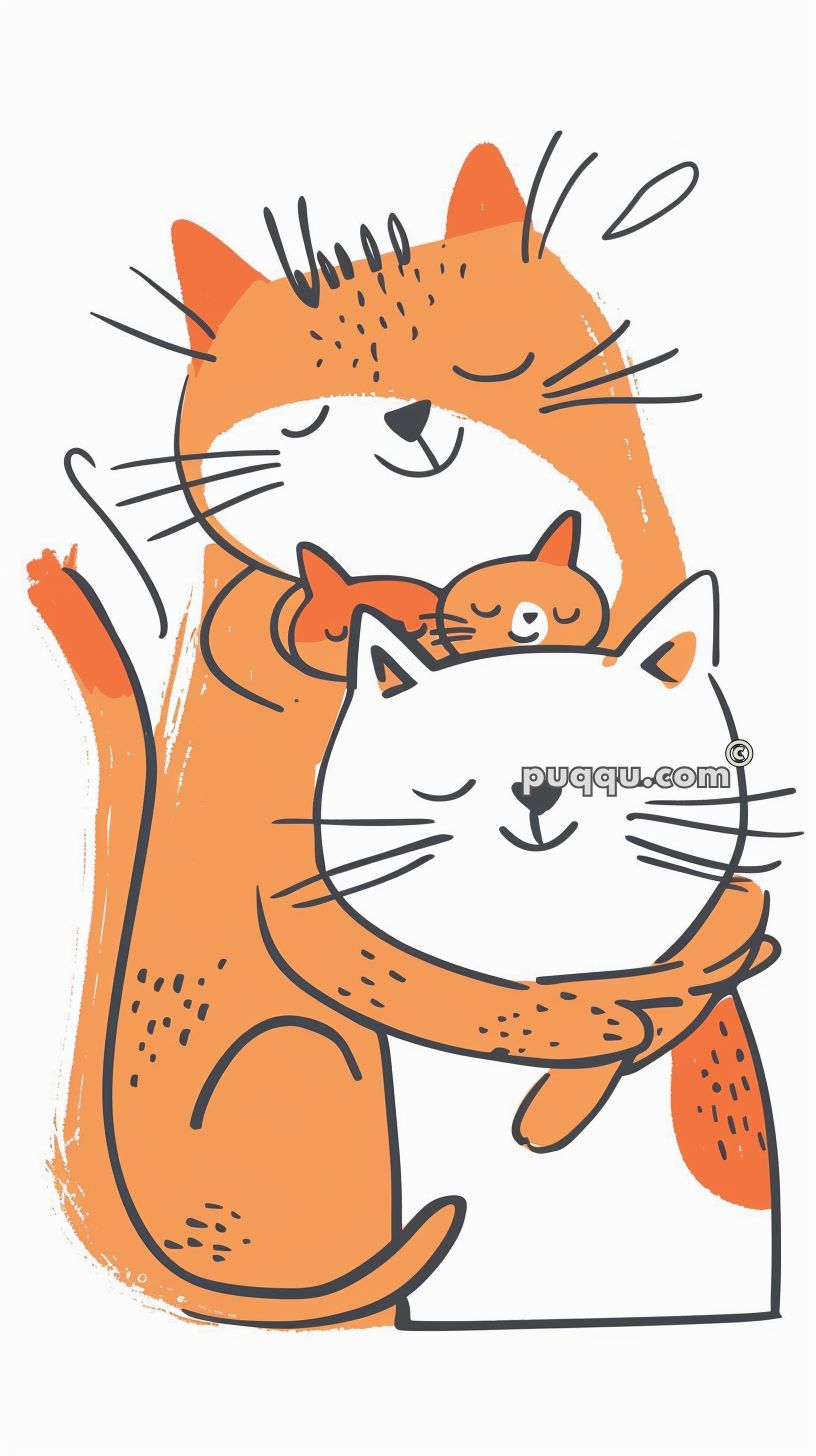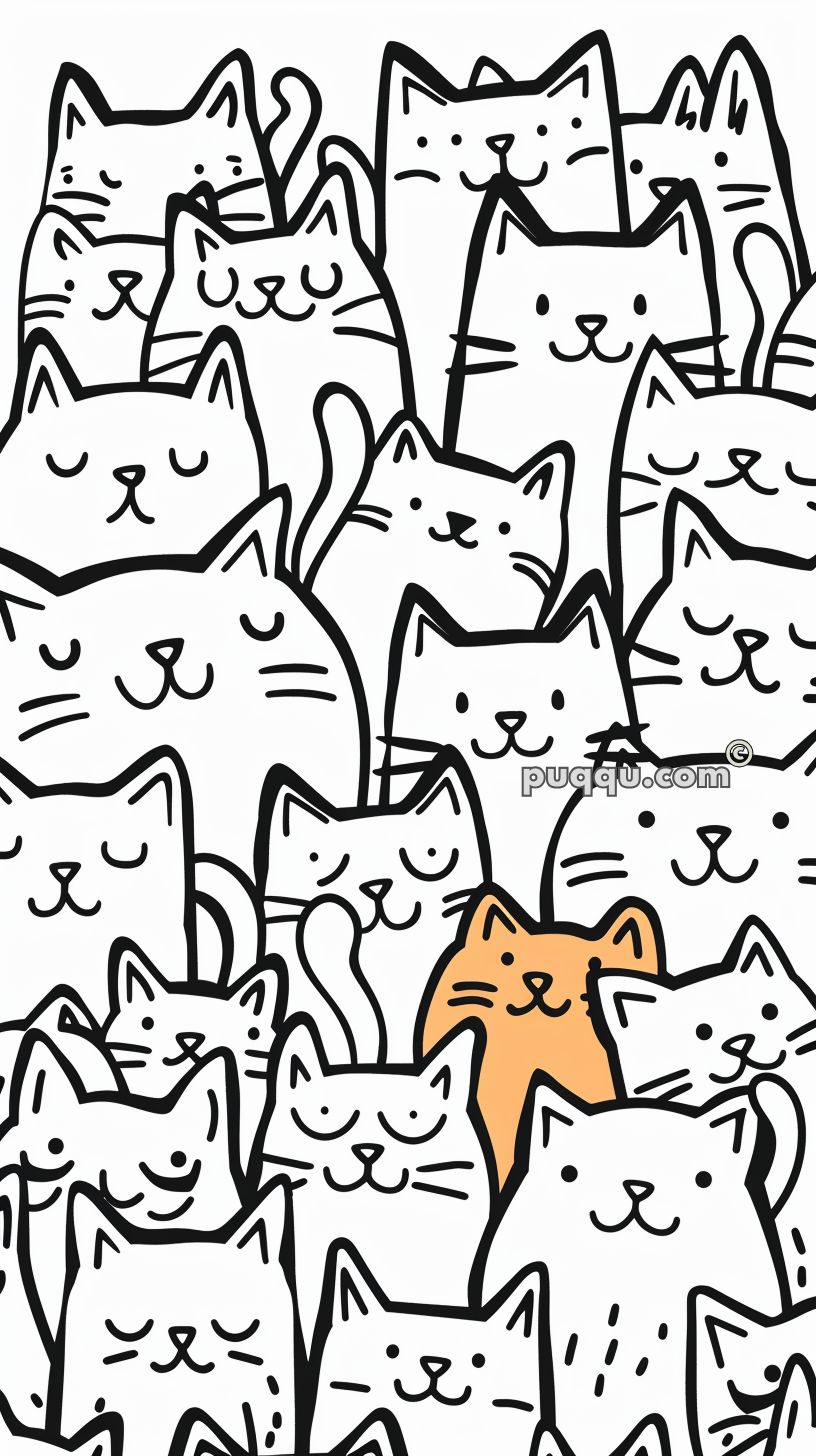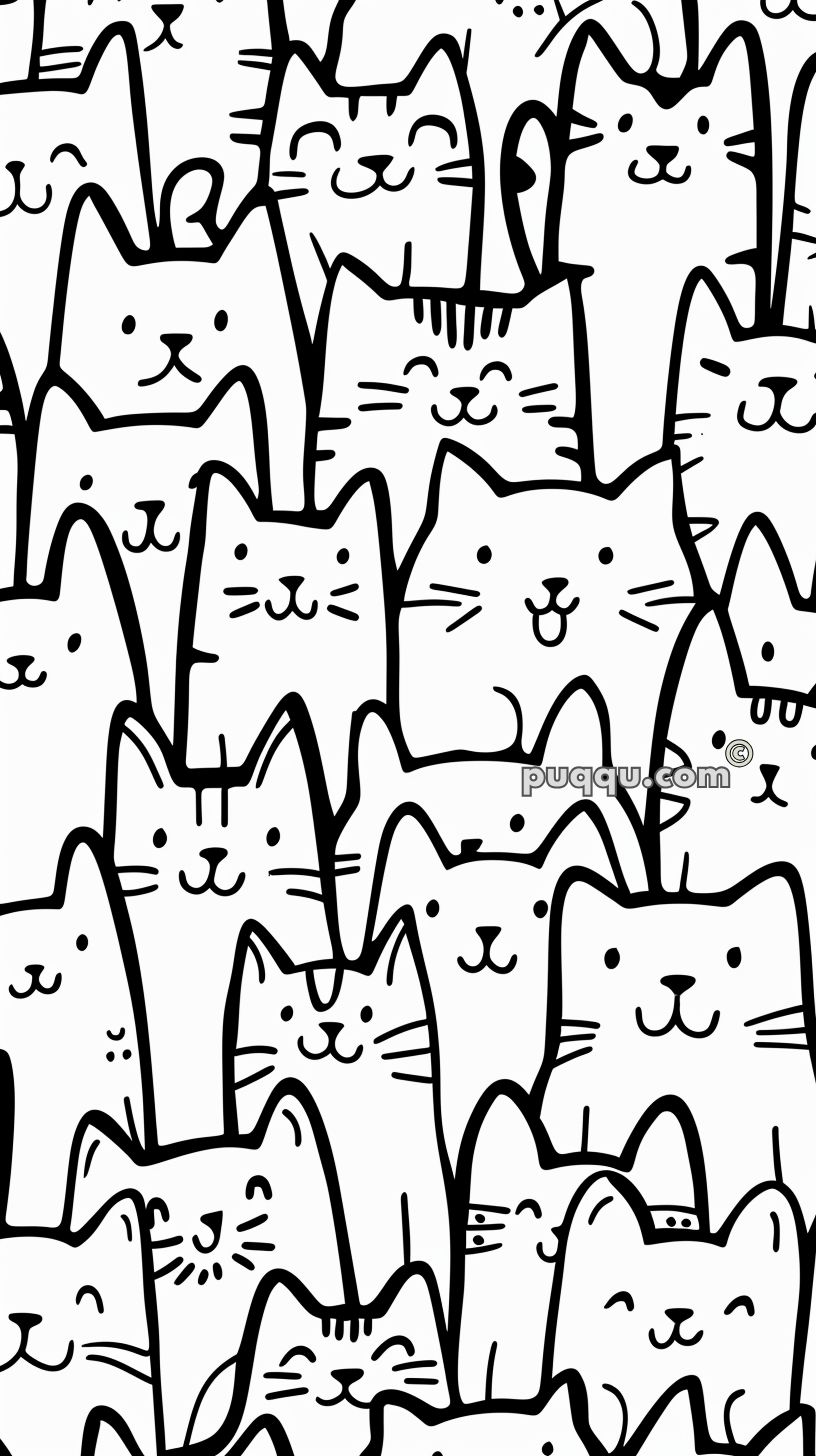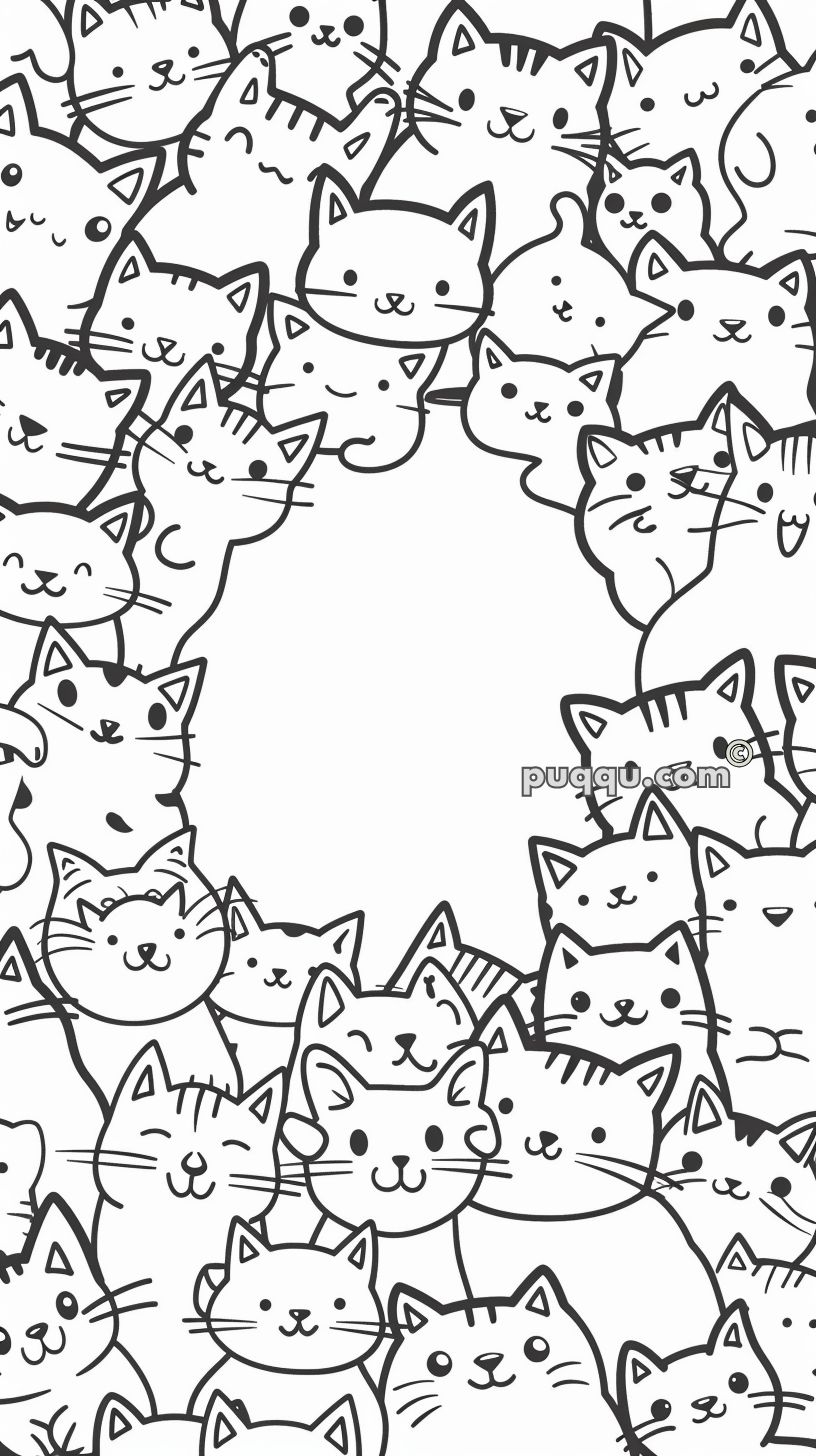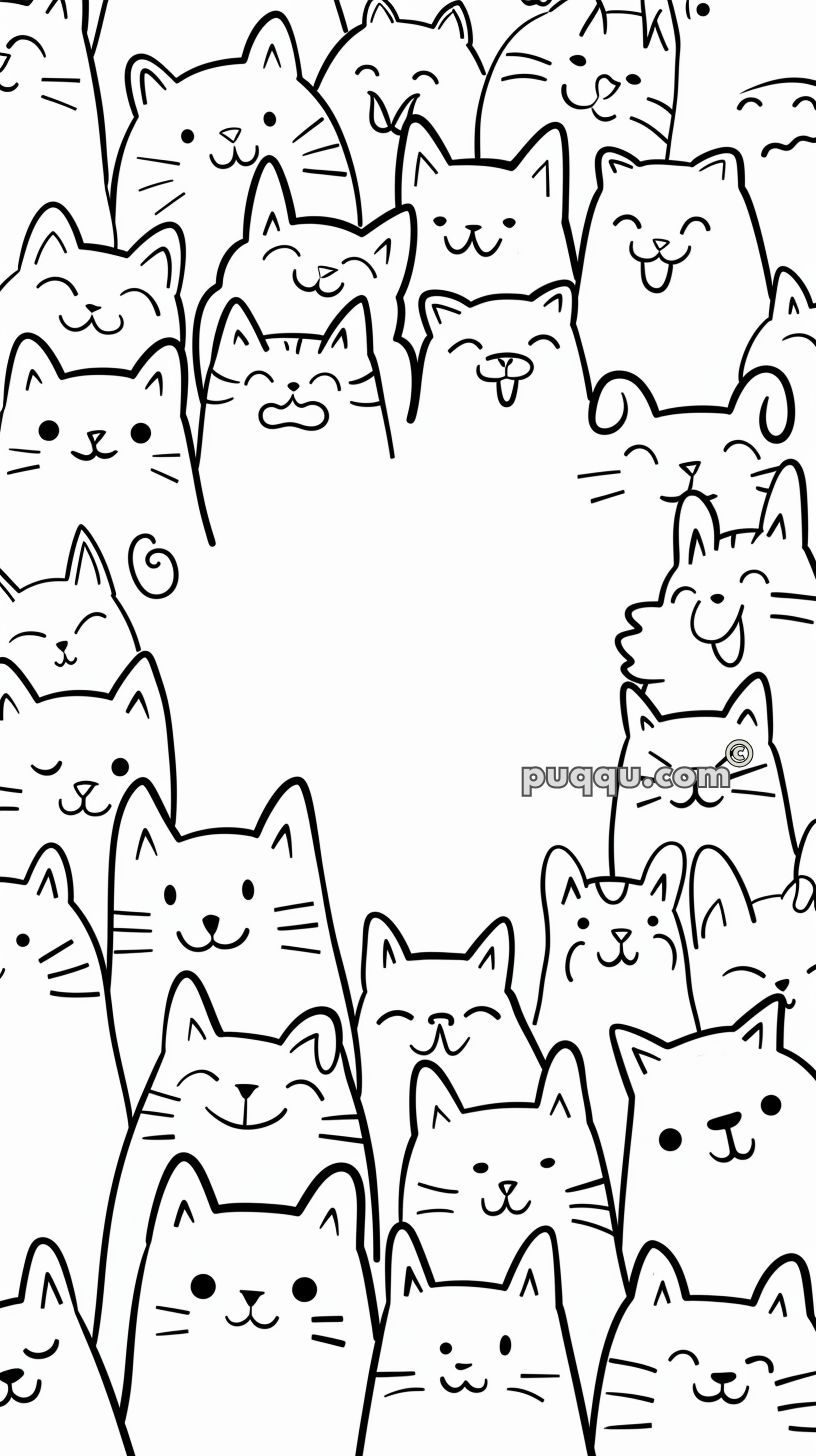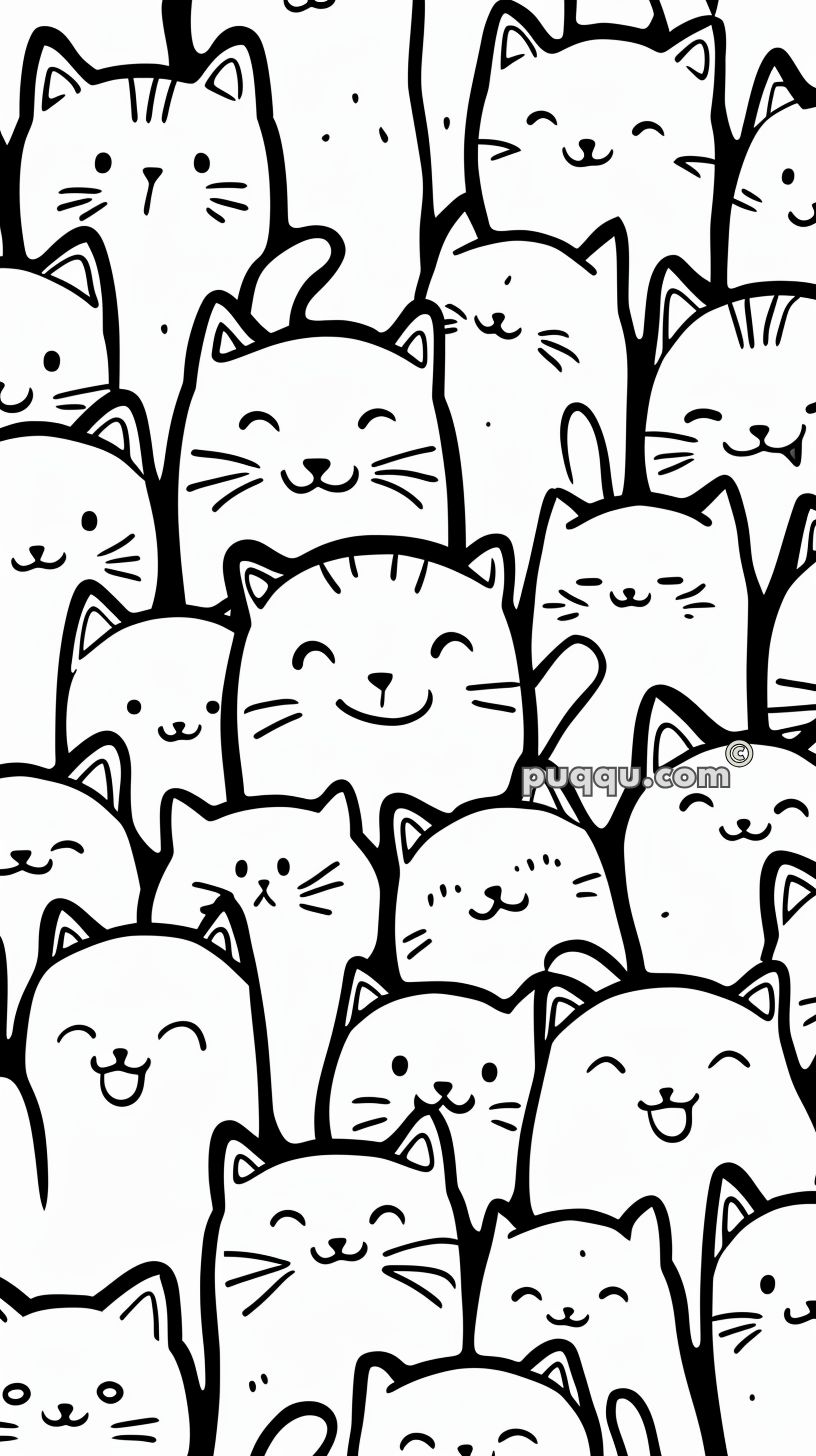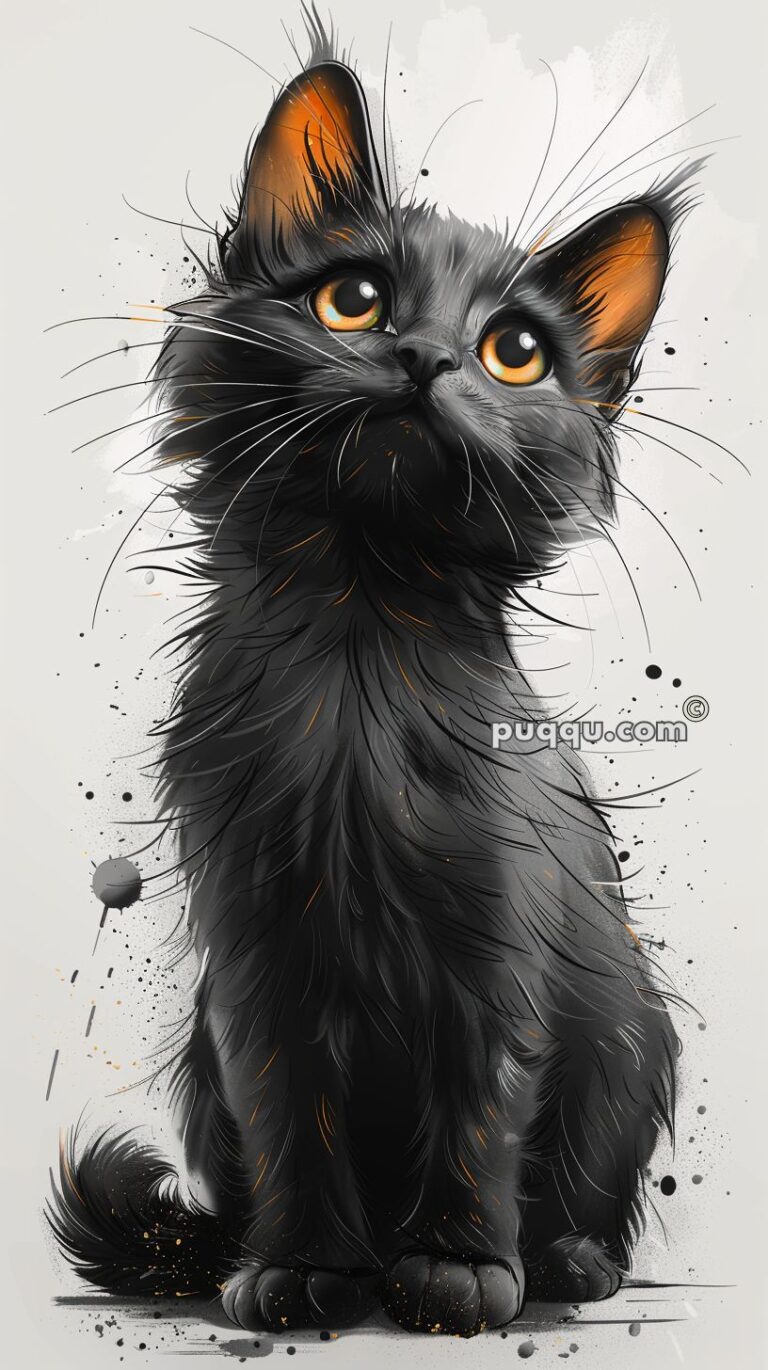Ready to unleash your creativity with cat drawings? We’ve gathered easy ideas for artists of all abilities. From simple sketches to detailed renditions, there’s something for everyone here.
This guide covers types of cat drawings. It includes basic sketches and more complex illustrations. You’ll find techniques to capture feline grace and step-by-step cat drawing guide for beginners.
Remember, practice is key to improving your art skills. As artists say, “We all get better a little at a time.” So grab your Pigma Micron Pens and let’s start drawing!
Key Takeaways
- Diverse cat drawing ideas suitable for all skill levels
- Different types of cat drawings to explore
- Step-by-step guides for beginners to advanced artists
- Tips on capturing feline expressions and poses
- Encouragement to practice and improve gradually
- Suggestions for experimenting with colors and accessories
- Emphasis on enjoying the creative process without perfectionism
Introduction to Easy Cat Drawing
Cat drawing tutorials offer a fun way to explore your artistic side. Cats are fantastic subjects for artists of all levels. Their expressive nature provides endless inspiration for cute cat art projects.
Why Cats are Great Drawing Subjects
Cats captivate artists with their unique features and personalities. Their eyes, whiskers, and fur textures challenge artists to capture intricate details. Cat doodle inspiration comes from various poses, from sleeping to playful stances.
Benefits of Practicing Cat Drawings
Regular cat drawing practice enhances observation skills and boosts creativity. It helps develop a unique artistic style. Cat drawing prompts can push artists to explore new techniques and perspectives.
Overview of Skill Levels
This guide caters to all skill levels, from beginners to advanced illustrators. Simple cat drawing for kids provides a great starting point.
Intermediate artists can focus on refining techniques. Advanced illustrators can explore complex compositions.
| Skill Level | Focus Areas | Recommended Tools |
|---|---|---|
| Beginner | Basic shapes, proportions | Pencil, eraser |
| Intermediate | Textures, expressions | Colored pencils, markers |
| Advanced | Complex poses, lighting | Various media, digital tools |
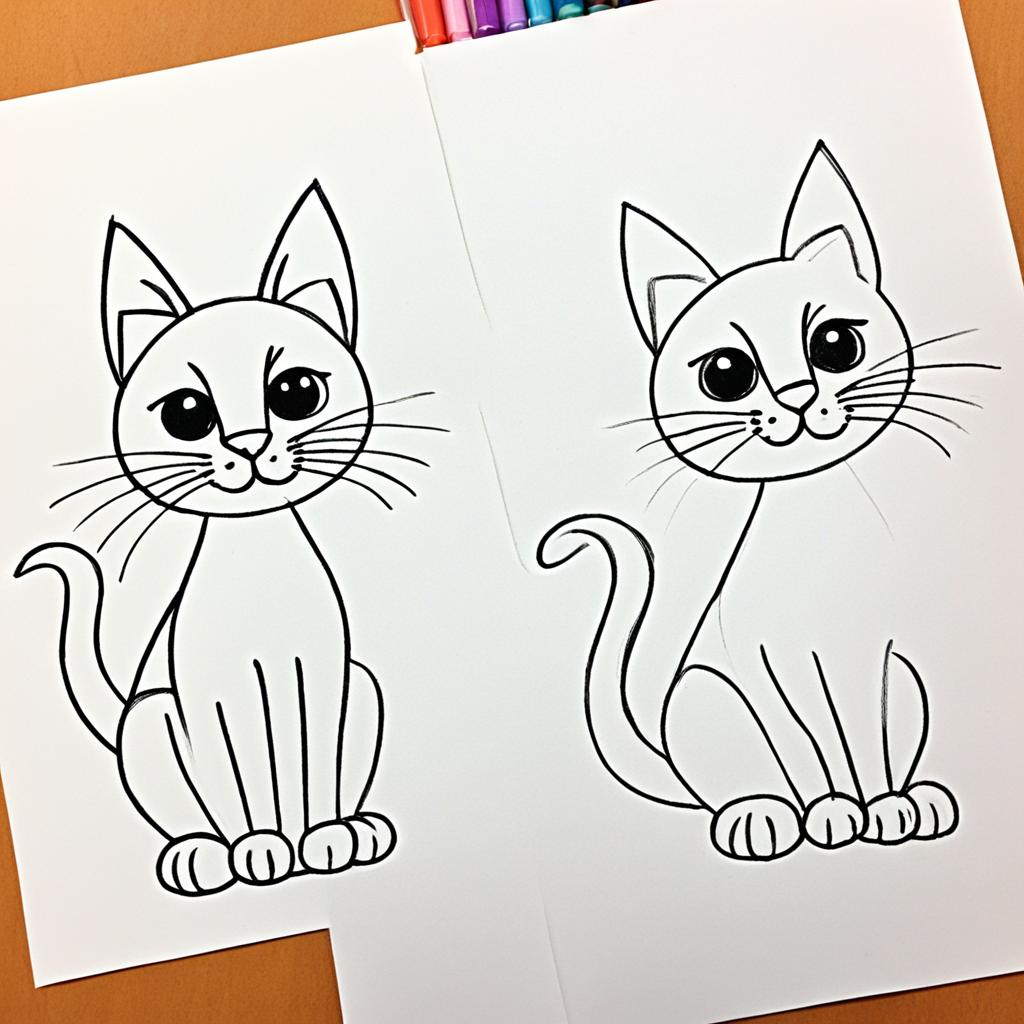
This guide will help you improve your skills in cat drawing. You’ll enjoy creating simple cat outlines or detailed portraits. Let’s start your artistic journey with feline friends.
Essential Tools and Materials for Cat Drawing
Ready to sketch felines? Let’s explore the must-have tools for beginner cat art. The right supplies can make your cat doodle guides more enjoyable.
These tools will help your cute cat drawing steps become easier. With proper equipment, you’ll create charming cat sketches in no time.
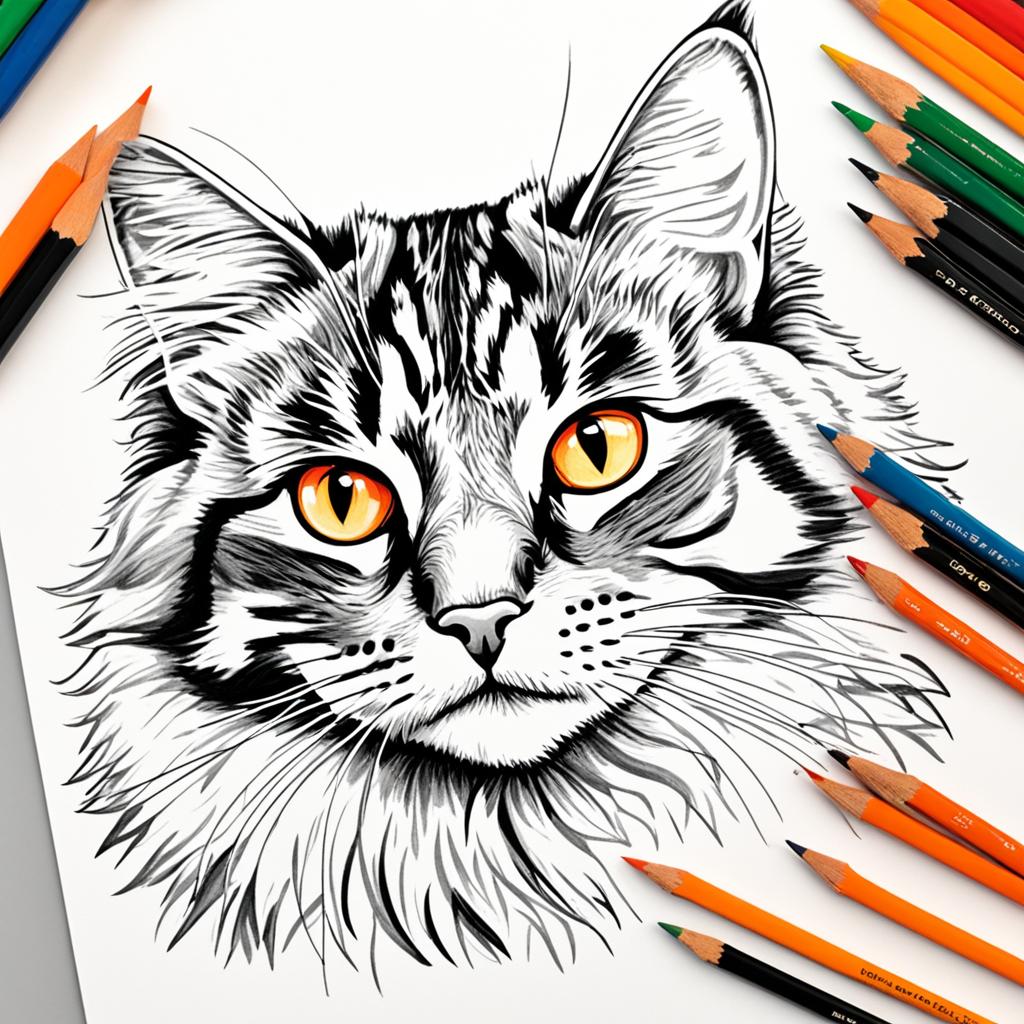
Pencils are crucial for cat drawing. A range of soft to hard graphite pencils helps create varying thicknesses and shades. For beginners, a 2B pencil is a great starting point.
Quality drawing paper is key. Choose heavier-weight paper to prevent pencil pokes and warping. Watercolor paper is best if you plan to use markers or paint.
- Soft eraser for corrections
- Sketchbook for practice
- Fine-tipped pens for detailing
- Comfortable workspace setup
The best tools are ones you enjoy using. Experiment to find what works for your cat drawing style. Gather reference images or observe real cats for accuracy.
“Anyone can draw a cat. It’s all about practice and the right tools.”
| Tool | Purpose | Recommended for |
|---|---|---|
| 2B Pencil | Basic sketching | Beginners |
| Kneaded Eraser | Precise corrections | All levels |
| Fine-tip Pen | Adding details | Intermediate |
| Drawing Tablet | Digital art | Advanced |
You’re now set to create adorable cat sketches. The key to improvement is consistent practice. Enjoy your drawing journey!
Basic Cat Anatomy for Artists
Cat anatomy knowledge is key for creating lifelike feline art. It’s essential for kitten drawing lessons and cat pencil drawing ideas. Let’s explore cat anatomy to boost your basic cat sketching techniques.
This knowledge will help you create more realistic and appealing cat drawings. It’s the foundation for all feline art, from simple sketches to detailed portraits.
Understanding Cat Proportions
Cats have unique proportions that set them apart. Their round skulls and short snouts are distinctive features. Front legs are shorter than hind legs, which are strong and muscular.
Tail length can vary among cats. However, it’s always an important balance tool for climbing and jumping.
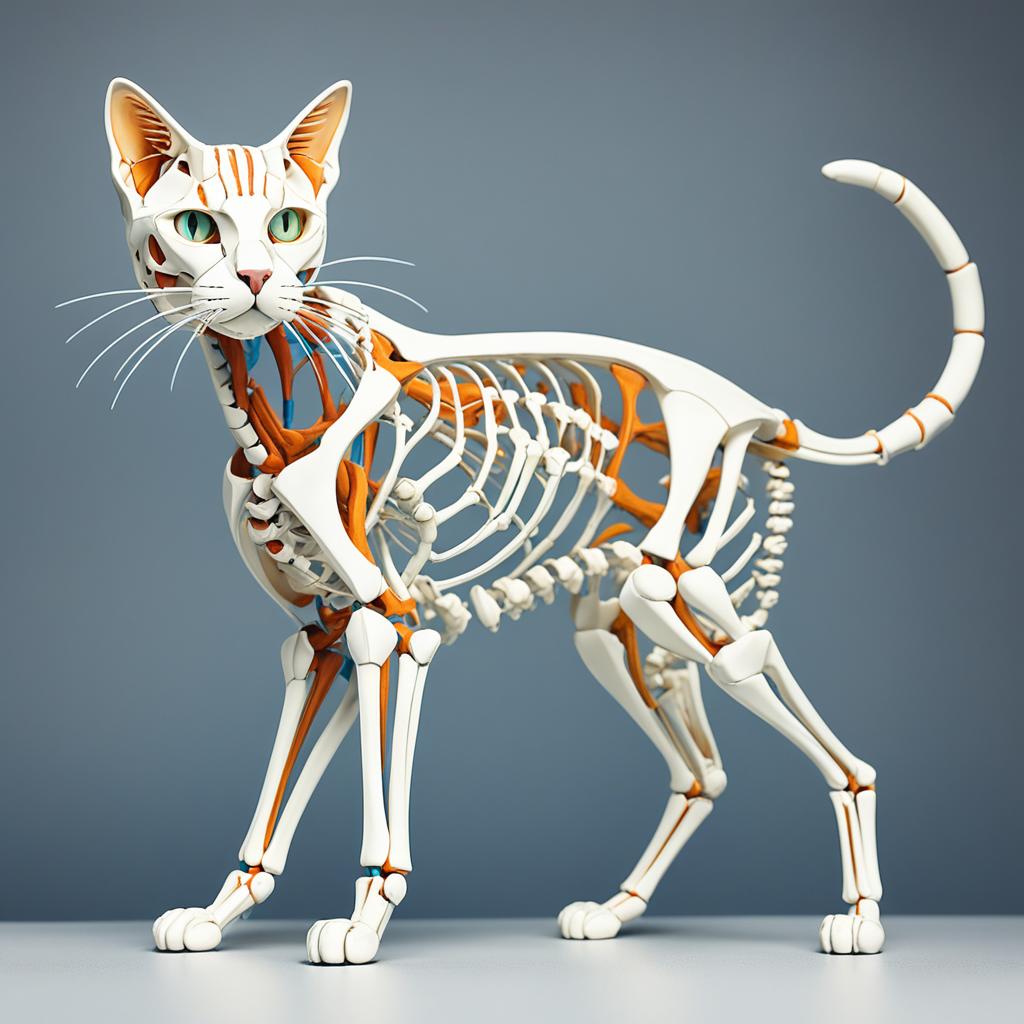
Key Features to Focus On
When doing simple cat sketches, focus on these crucial elements:
- Eyes: Almond-shaped and expressive
- Ears: Triangular and alert
- Whiskers: Long and sensitive
- Paws: Soft and retractable claws
Mastering these features will boost your beginner feline art tutorials. It will also improve your overall cat drawing skills.
Common Mistakes to Avoid
Even skilled artists can make errors when drawing cats. Here are some pitfalls to watch out for:
| Feature | Common Mistake | Correct Approach |
|---|---|---|
| Muzzle | Too long or dog-like | Keep it short and round |
| Hind legs | Incorrect proportions | Focus on proper tibia/femur placement |
| Eyes/Ears | Misplaced or misaligned | Study real cat references for accurate positioning |
To enhance your cat drawing skills, practice with real-life references. Tracing cat images helps understand structure. Drawing full skeletons improves your grasp of anatomical details.
Remember, over 1,900 drawing PDFs are available to help you learn. These resources can guide you in mastering cat anatomy and improving your art.
Easy Cat Drawing Ideas for Beginners
Cat pencil sketching can be fun and rewarding. With simple techniques, you’ll soon create cute kitty doodles. Let’s explore easy cat drawing ideas for all ages.
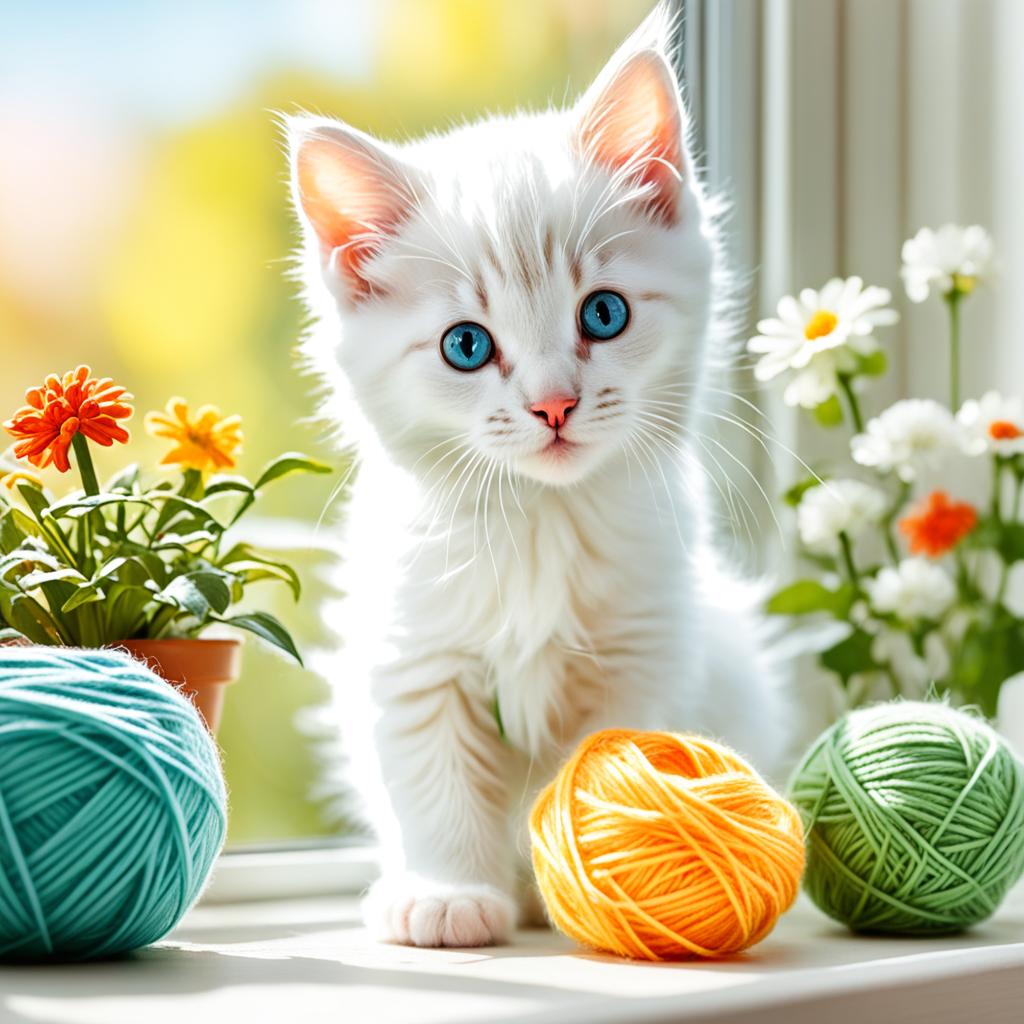
Start with basic shapes like ovals and triangles. These form the foundation of most cat drawings. Practice sketching these shapes to build confidence.
Combine simple shapes to create cat faces or sleeping cats. Focus on key features like pointed ears, almond-shaped eyes, and whiskers.
As you improve, add details like fur texture and paw pads. These elements make your drawing instantly recognizable as a cat.
- Draw a cat curled up in a sunny spot
- Sketch a playful kitten batting at a toy
- Create a curious cat peeking out from behind an object
Step-by-step cat drawing guides can be very helpful. They break down the process into manageable parts. Many online resources offer these guides for beginners.
“Drawing cats is a wonderful way to improve your artistic skills while creating something adorable.”
Practice regularly to improve your cat drawing skills. Set aside time each day for sketching. Don’t be afraid to try different poses and expressions.
Experiment with your drawings to develop your unique style. Keep exploring easy cat drawing techniques for kids and adults.
Intermediate Cat Drawing Techniques
Ready to level up your cat drawing skills? Let’s explore some techniques that will bring your feline sketches to life. These methods will help you create more realistic and engaging cat portraits.
Adding Details and Textures
Focus on fur textures and shading to elevate your cat portraits. Use short, quick strokes to create soft fur. Vary your pencil pressure for depth and dimension in the cat’s coat.
Exploring Different Cat Poses
Expand your skills by drawing cats in various positions. Try sketching cats stretching, prowling, or playing. This variety will make your drawings more dynamic and interesting.
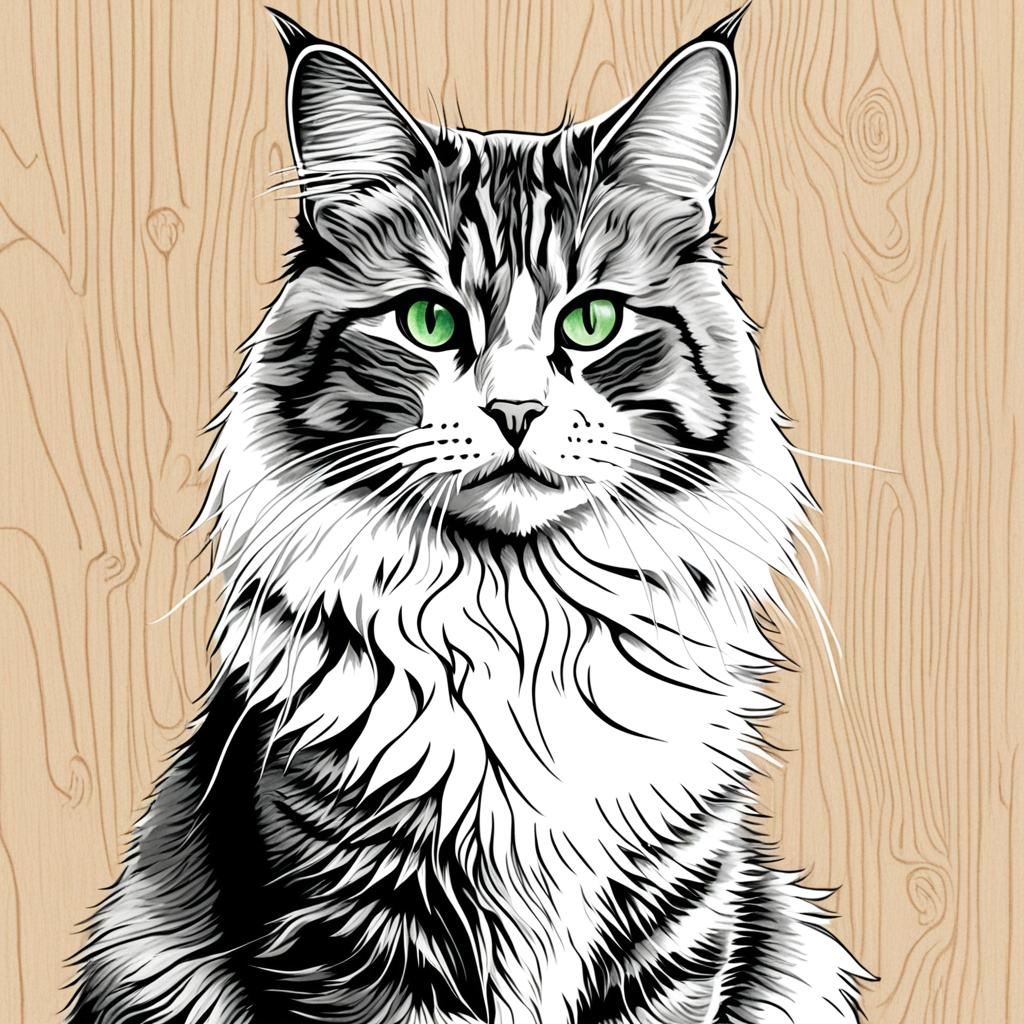
Capturing Cat Expressions
Eyes and mouth are key to creating expressive cat doodles. Experiment with different eye shapes to show emotions like curiosity or playfulness. A slight mouth curve can change your cat from sleepy to mischievous.
| Expression | Eye Shape | Mouth Position |
|---|---|---|
| Curious | Wide, round | Slightly open |
| Sleepy | Narrow, half-closed | Relaxed, closed |
| Playful | Large, dilated pupils | Open, showing teeth |
Keep practicing to improve your cat drawing skills. Refine your techniques to create captivating cat illustrations. These intermediate skills will enhance your ability to draw both detailed portraits and quick doodles.
Advanced Cat Illustration Concepts
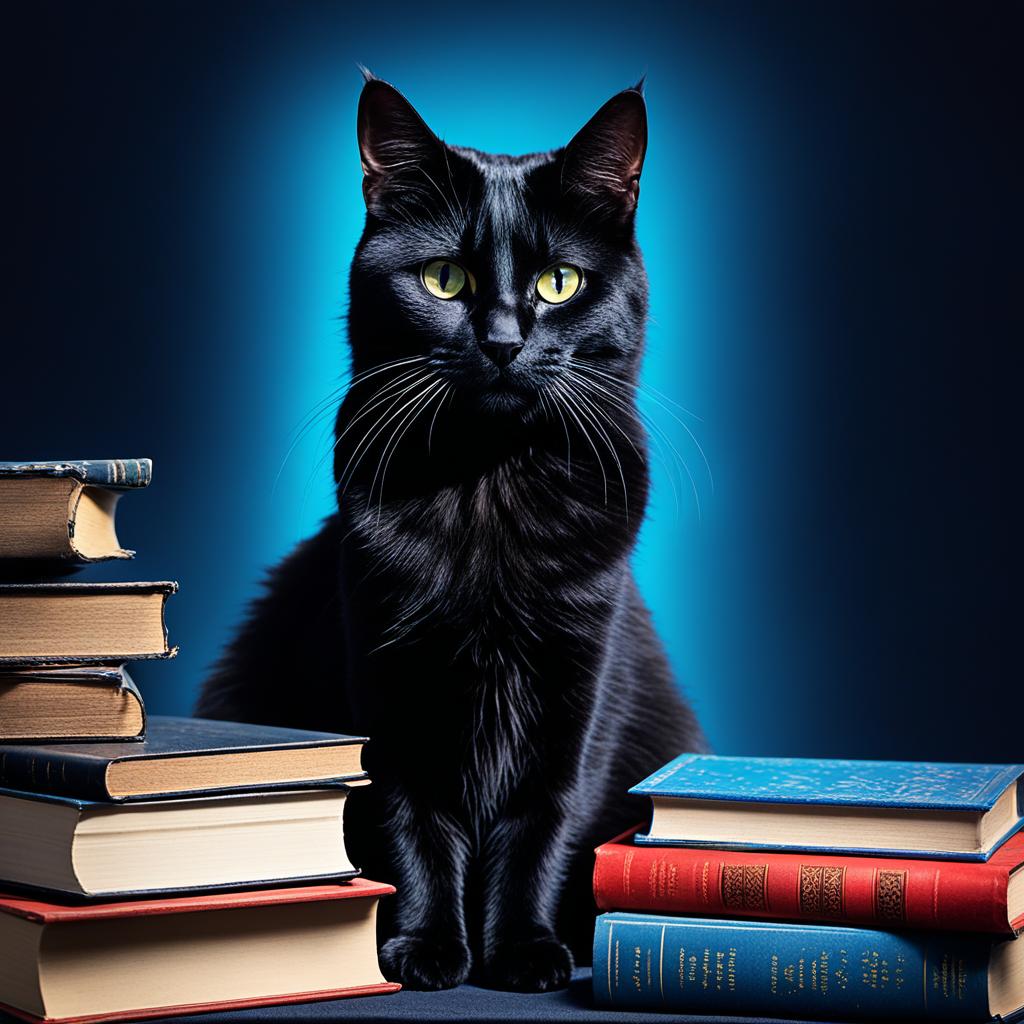
Ready to elevate your feline sketching? Let’s explore advanced cat illustration concepts for amazing artwork. These techniques will help you create stunning cartoon and kawaii cat illustrations.
Start by mastering realistic cat portraits. Focus on fur textures and lifelike eyes. Practice drawing different breeds to understand their unique features.
Next, dive into stylized cat art. Try cute styles like cartoon or kawaii. Exaggerate certain features for added charm!
| Style | Key Features | Difficulty Level |
|---|---|---|
| Realistic | Detailed fur, lifelike eyes | High |
| Cartoon | Exaggerated features, simple shapes | Medium |
| Kawaii | Large eyes, small body, cute expressions | Low |
Challenge yourself by creating complex scenes with multiple cats. Add cats interacting with their environment. This will push your skills and add depth to your artwork.
Try digital art techniques for vibrant, colorful cat illustrations. These will make your artwork pop off the screen.
Keep practicing to refine your techniques. Soon, you’ll create cat masterpieces that will amaze everyone!
Fun and Creative Cat Drawing Projects
Want to boost your cat drawing skills? Let’s dive into exciting projects that blend step-by-step drawing with creative themes. These ideas suit artists of all levels, from beginners to experienced illustrators.
Themed Cat Drawings
Get creative with themed cat drawings. Try sketching cats in holiday outfits or fantasy settings. Draw a Halloween cat with a witch’s hat or a space cat among stars.
These projects help you practice cat drawing techniques. They also add a fun twist to your artwork.
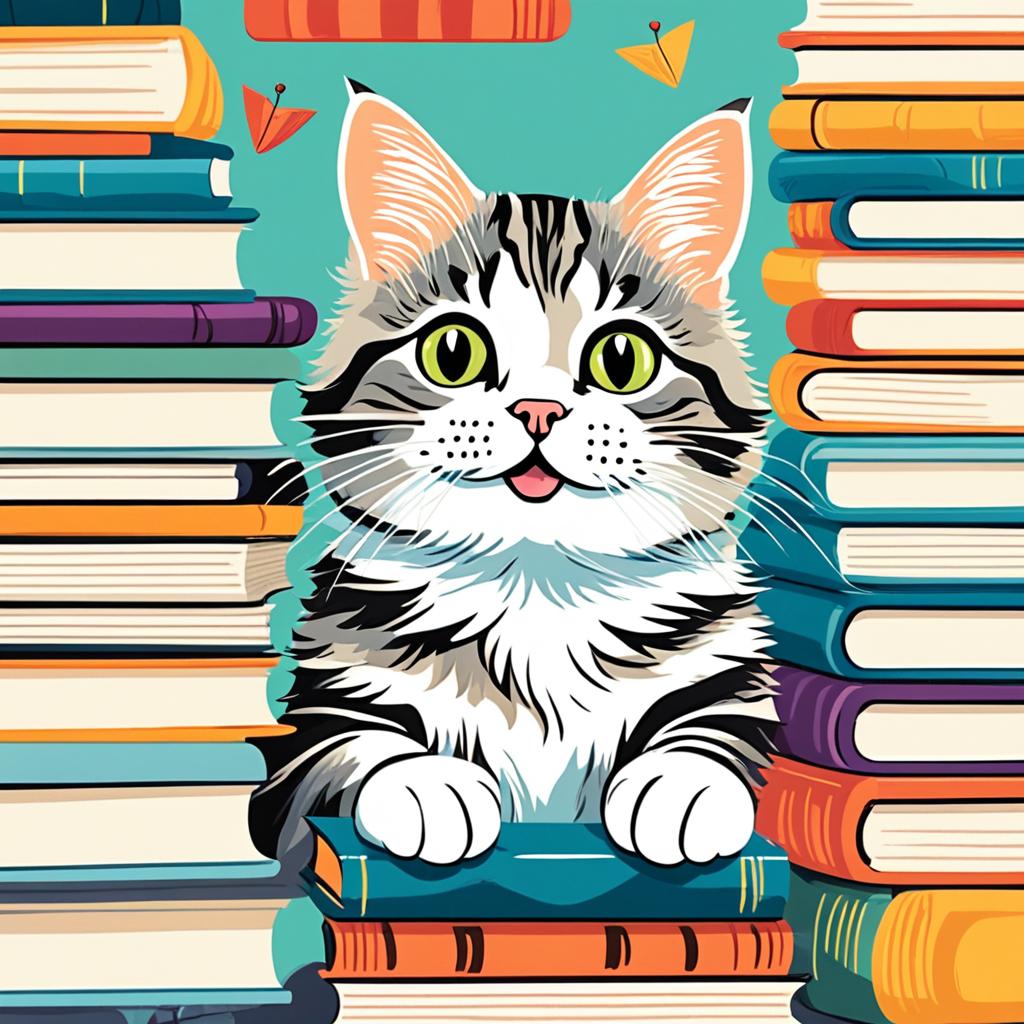
Cats in Larger Scenes
Incorporate cats into bigger pictures. Draw a cityscape with cats on windowsills or a forest with felines hiding in trees. This approach improves your skills in proportions and perspective.
It also helps you create engaging, story-like compositions. You’ll learn to balance cats within larger environments.
Mixed Media Cat Art
Try different materials to create unique cat art. Blend pencil sketches with watercolors, or use digital tools for a modern touch. You could even make a collage using magazine cutouts to form a cat shape.
This method lets you explore various textures and styles. It adds depth and interest to your cat drawings.
“Art is not what you see, but what you make others see.” – Edgar Degas
The key to improving your cat drawing skills is practice. Don’t fear trying new ideas and techniques. Enjoy the process as you create your cat artwork.
Let your creativity shine through each drawing. With time, you’ll develop your unique style of cat illustrations.
Tips for Improving Your Cat Drawing Skills
Cat sketching requires practice and patience. Start with simple techniques and observe real cats or photos. This helps capture the essence of your furry subjects in beginner doodles.
Begin with quick sketches to loosen up. These brief exercises are great for practicing kitten drawing steps. As you progress, explore detailed studies of different poses and expressions.
Try various art supplies to find your preference. Different pencil hardnesses create diverse textures in cat drawings. Use 2H, 2B, and 4B pencils for best results.
“Understanding feline anatomy can help in getting proportions and angles right in drawings.”
Share your work in online art communities for feedback. This can inspire new ideas for your cat art. Remember, perfection isn’t the goal.
Enjoy creating unique cat artwork. Embrace the learning process as you develop your skills.
| Drawing Technique | Purpose | Benefit |
|---|---|---|
| Gesture Drawing | Capture movement | Improves speed and fluidity |
| Contour Drawing | Define shapes | Enhances observation skills |
| Negative Space | Outline forms | Develops spatial awareness |
Use these tips to improve your cat sketching skills. Every artist’s journey is unique. Find what works for you and keep drawing!
Conclusion
Cat drawing is fun for artists of all skill levels. You can create simple sketches or detailed portraits of felines. There are many ways to bring cats to life on paper.
Getting better at cat sketches takes time and practice. One artist spent three years improving their cartoon skills. This shows how dedication can pay off.
Try different styles as you grow your skills. You might enjoy making minimalist cat line art or vintage cat drawings. Each stroke helps you get better at capturing these beloved pets.
Don’t be afraid to get creative with your cat art. You could draw funny cat poses like yoga cats. Keep practicing, and soon you’ll make adorable cat sketches.
Your cat drawings might even spark a business idea. Just look at the “I WANT TO DRAW A CAT FOR YOU” project. It caught Mark Cuban’s attention on Shark Tank!
FAQ
What are the essential tools and materials needed for cat drawing?
For cat drawing, you’ll need pencils, erasers, sketchpads, and markers like Pigma Micron Pens. Digital artists can use drawing tablets and software such as Procreate.
Try different tools to find what suits your cat drawing style best. Experimenting will help you discover your preferred medium.
What are some common mistakes to avoid when drawing cats?
Watch out for incorrect body proportions and unrealistic facial expressions when drawing cats. To improve, practice sketching various cat poses.
This will help you better understand feline anatomy and create more accurate drawings.
What are some easy cat drawing ideas for beginners?
Begin with simple cat doodles using basic shapes like ovals and triangles. Try drawing sleeping cats, cat faces, or sitting cats.
Explore different facial expressions to add character to your drawings. You can also add simple accessories like bows or collars.
How can I improve my cat drawing skills?
Practice regularly with quick sketches and detailed studies. Use real cats or reference photos to improve accuracy.
Try different art supplies and techniques to expand your skills. Join online art communities for feedback and inspiration.
Remember, perfection isn’t the goal. Enjoy the learning process and create unique cat artwork.
What are some fun and creative cat drawing project ideas?
Draw cats for holidays or seasons. Include cats in larger scenes like cityscapes or nature settings.
Mix traditional and digital art methods for interesting results. Try fun ideas like cat-themed planets or magical cats.
